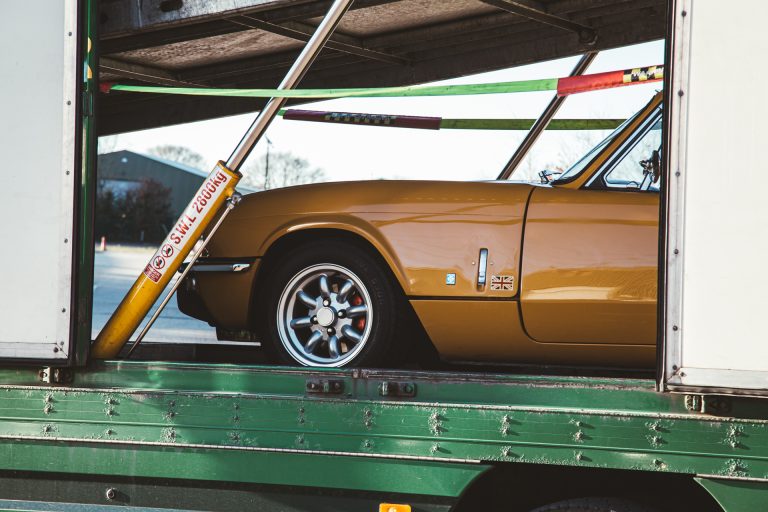
Safe & Sound – New Vehicles Arrive at our HQ for Storage
Over the last week, we’ve welcomed two loads of cars to our Suffolk HQ to be safely put into storage with ourselves. The first batch

Marketing Executive/Photographer

Over the last week, we’ve welcomed two loads of cars to our Suffolk HQ to be safely put into storage with ourselves. The first batch
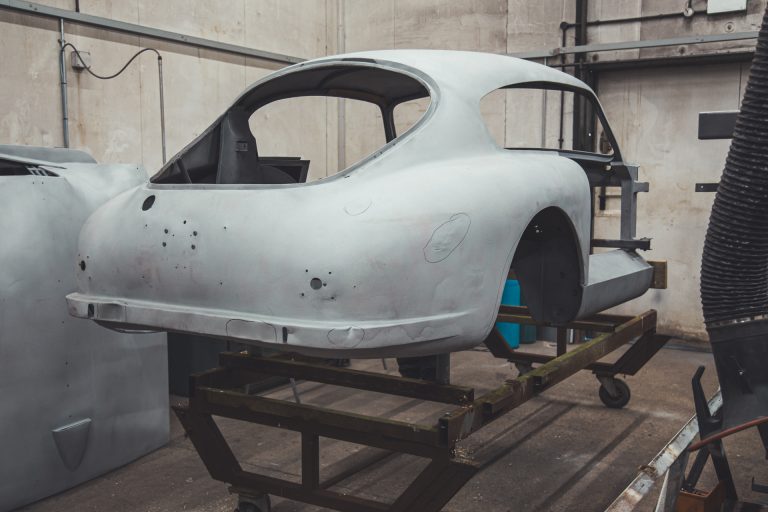
Our 1953 Aston Martin DB2/4 has arrived back at our Suffolk HQ following its appointment with the media blasters. The body was carefully removed from

Along with the beautiful 1960’s Fiat, we’ve also welcomed this 1977 Triumph 2500TC to our Pettistree workshops for the team to take a look at
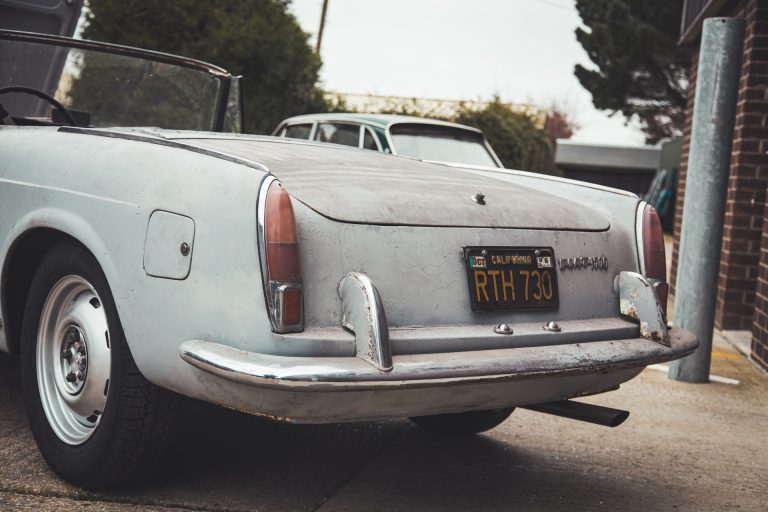
Part of our new arrivals at our Suffolk HQ is this beautiful 1960 Fiat 1500! This car has arrived to us from Europe for our
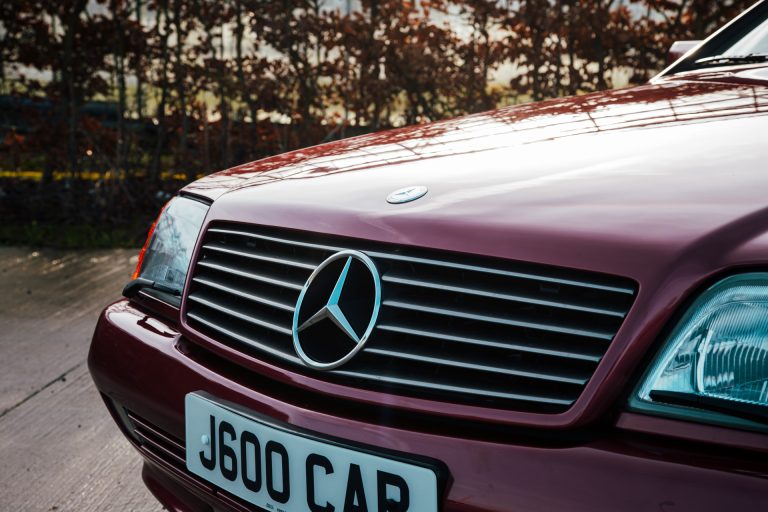
The letters SL have served as moniker for fast, stylish and sophisticated Mercedes Benz 2-door sports cars for nearly 70 years. From its earliest days
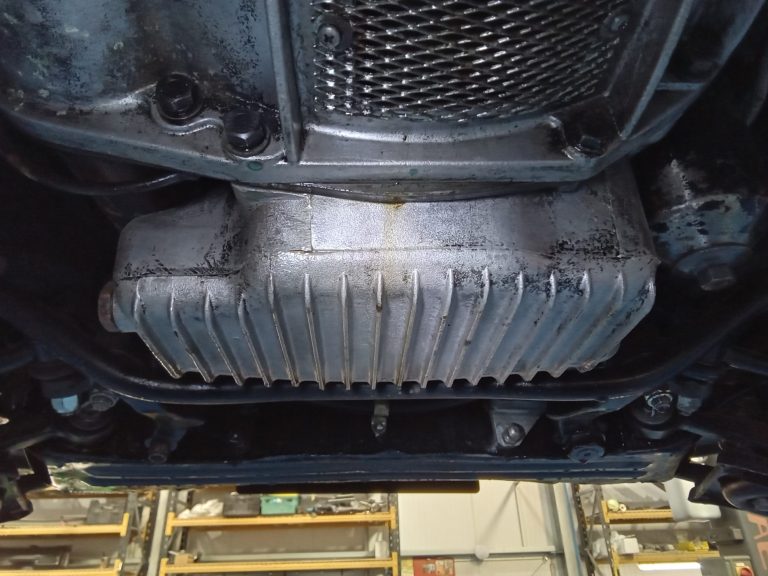
We have recently welcomed back the 1964 Daimler 250 V8. After under going restoration/recommissioning by ourselves last year, the car was given back to its
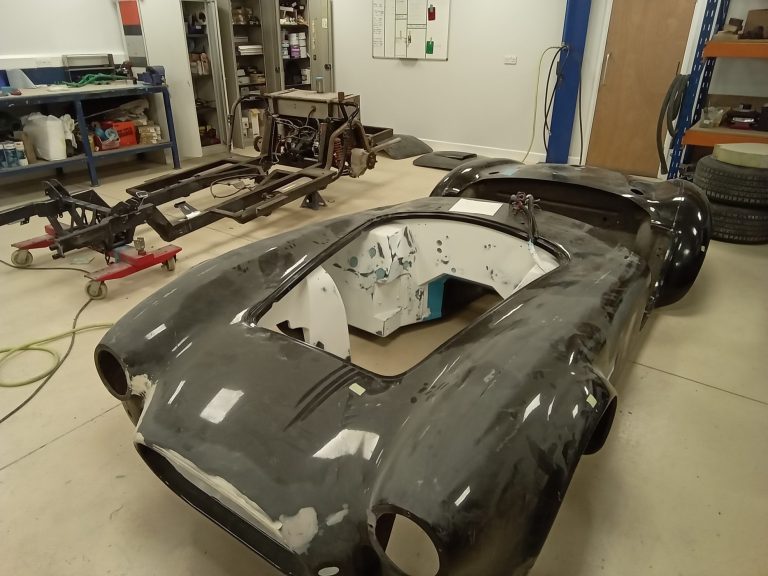
The paint and body team at our Suffolk HQ have been methodically working on separating the body from the frame of our 1975 AC Cobra

There’s been some incredible progress on our 1905 Riley 9hp in recent weeks. Recently, the team here at the Bridge Classic Cars HQ have been
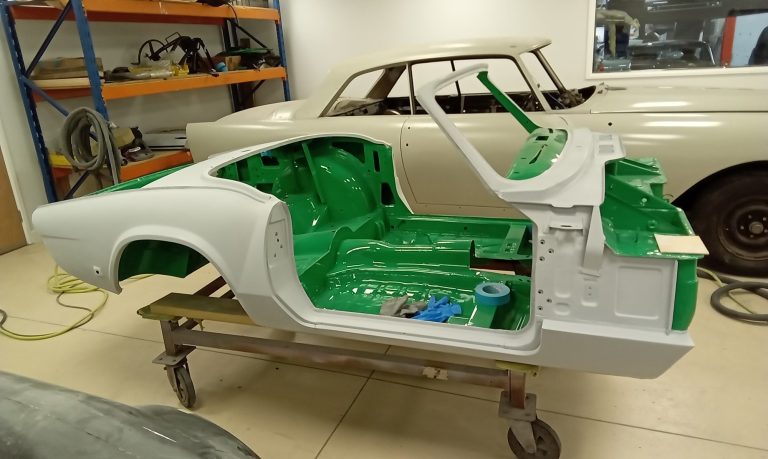
The paint team here at Bridge Classic Cars have been preparing the body of our 1976 Triumph Spitfire for the next phase of its restoration
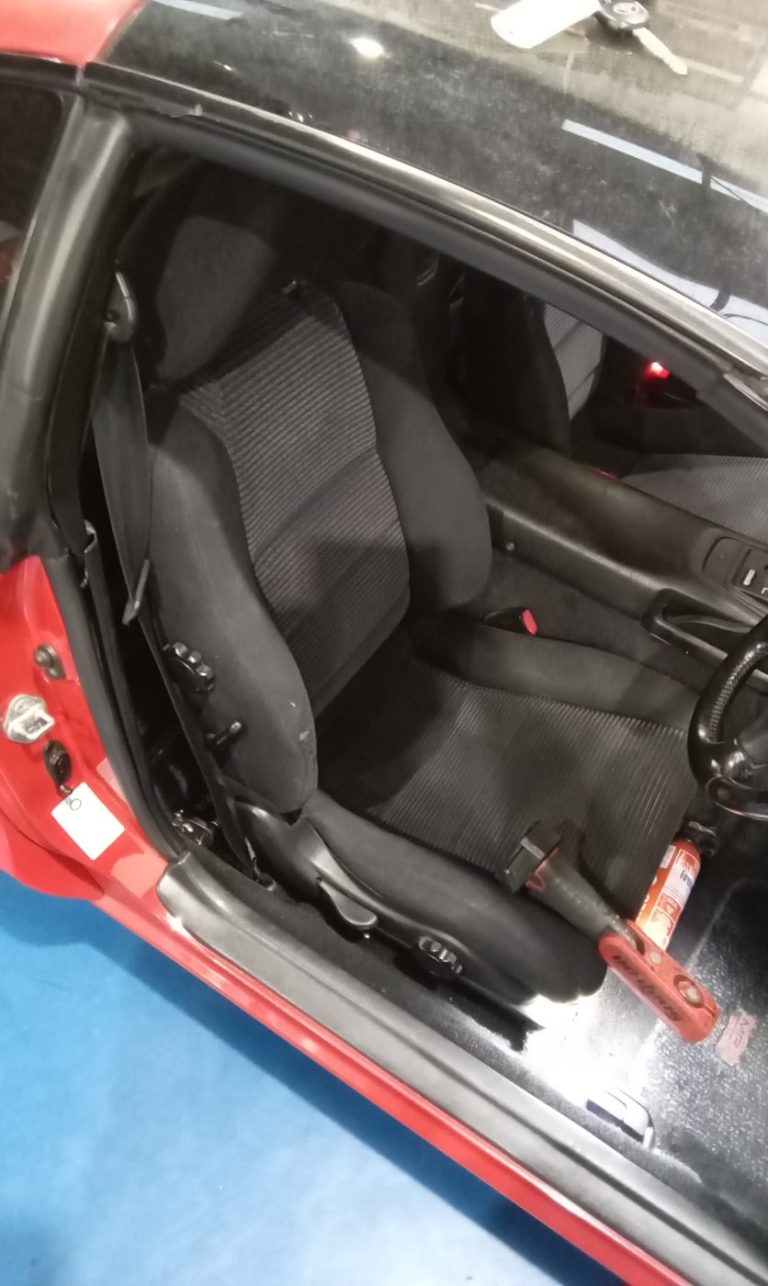
The trim team have been working on repairing the drivers seat to the 1992 Toyota MR2 which is currently in our Pettistree workshops. Lydia worked
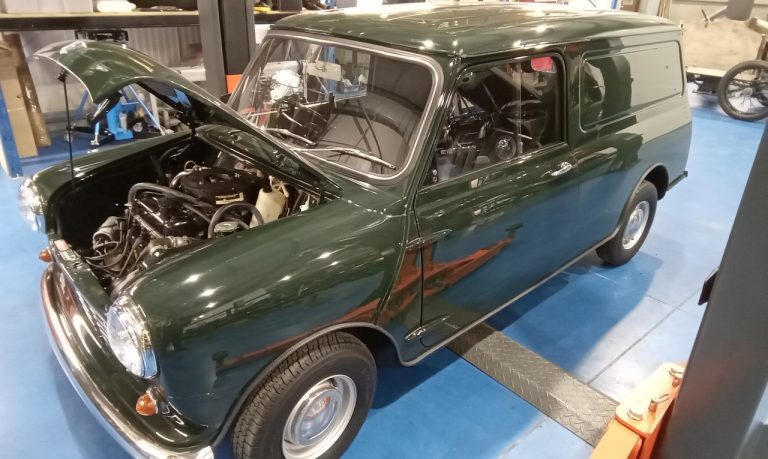
Jon has been carrying out the inspection of our 1974 Mini 850 Van. He began by topping up engine oil and screenwash in washer bottle,

It played an important role in many young petrolheads lives. Whether it be watching the roads pass by from the comfort of the bench back

The pursuit of power in the automotive world is not a modern phenomenon. Some say it happened the day after someone bought the second car

Our 1976 Mini Clubman 1100 is on its way back to our Suffolk HQ! Last year, Oscar won our classic Mini but recently offered for
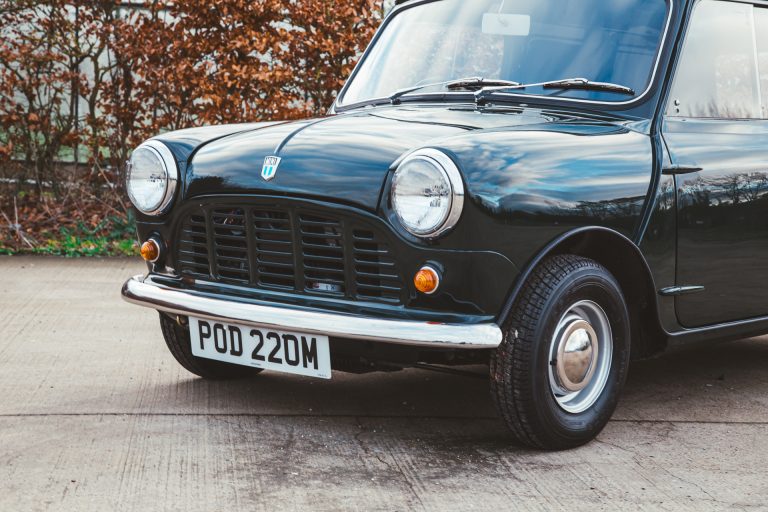
The panel van has been a welcomed workhorse for generations. With its utilitarian practicality, the panel van has done everything from moving house to making
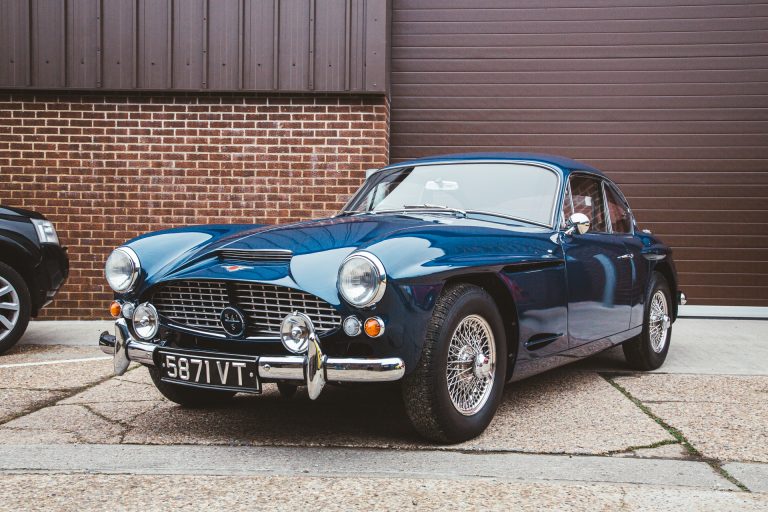
As many know, we have become somewhat of a Jensen 541 specialist. But today, was a special day at our Suffolk HQ as our very
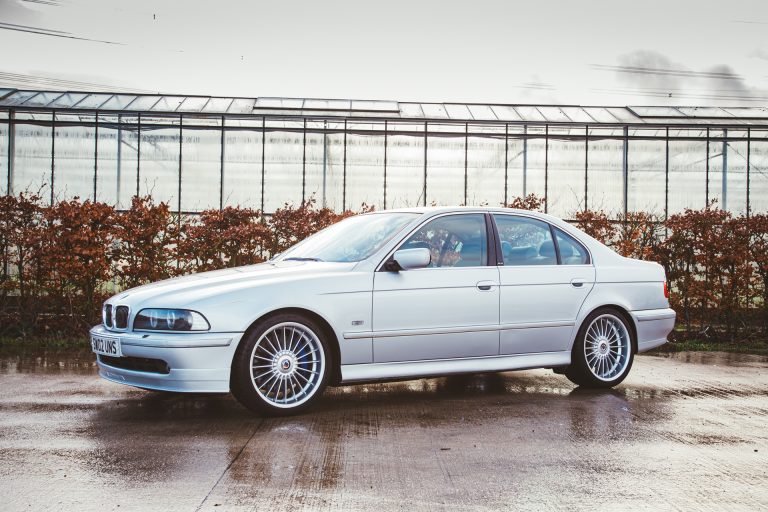
Some marques offer rarity, luxury, or performance but very few offer all of these in one single form. One of those, is Alpina. Combining comfort,

As our 1974 Volkswagen Beetle nears the end of its restoration, with only a few small bits to do, we though we would take it

This morning, along with a few other new deliveries, we welcomed this gorgeous 1974 Mini 850 Van! As we mentioned with our 1982 Bedford HA,

Here at Bridge Classic Cars, we love a panel van. A solid, dependable and utilitarian workhorse for generations, the humble van at some point has
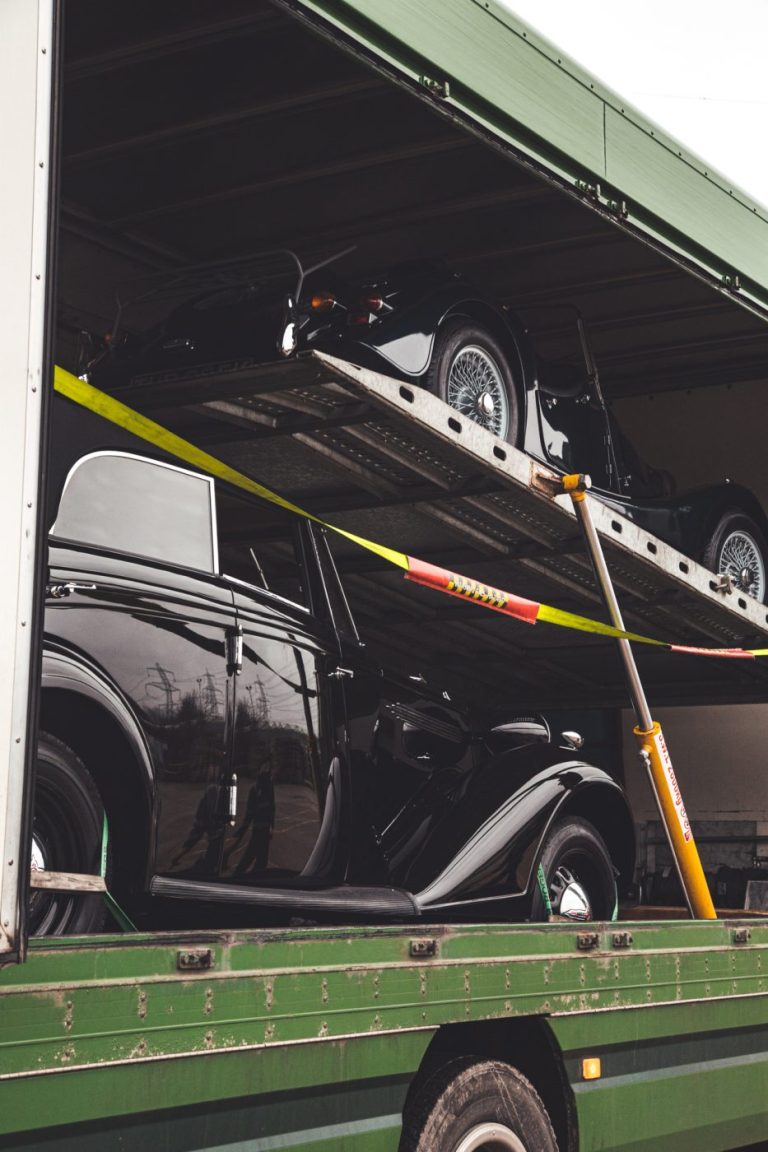
This morning we took delivery of a collection of new cars destined to be won by lucky winners for our competitions as well as our
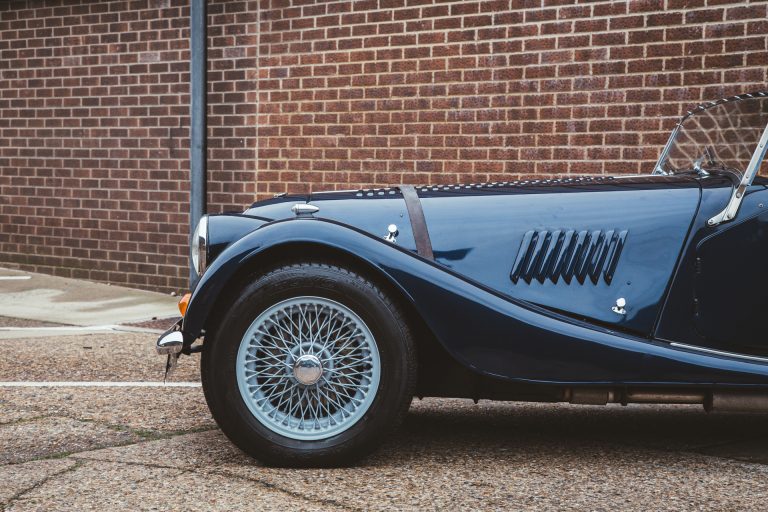
Today, we welcomed a few newcomers to our Suffolk HQ including this beautiful 1972 Morgan Plus 4. Shortly, it will be assessed and worked on
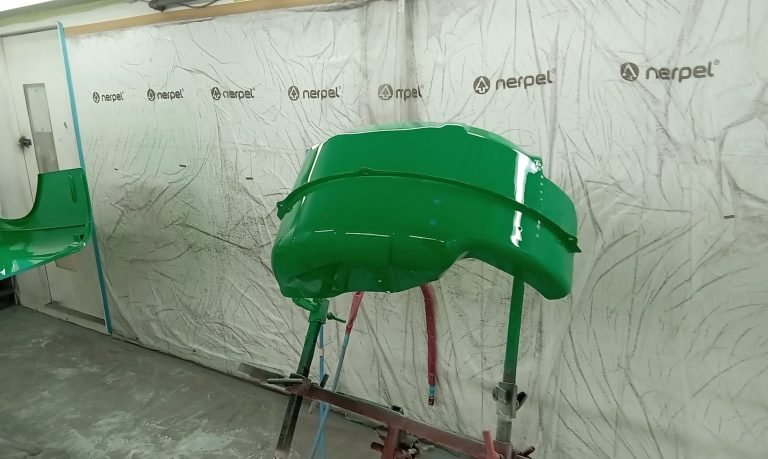
Alan has been busy in the Bridge Classic Cars paint shop getting some of the pieces ready for the next stage of the restoration of

Brian has been hard at work in the Bridge Classic Cars in-house trim shop working on getting the various interior trim pieces and panelwork done

The symbol of the prancing horse is an icon of power, elegance, and poise throughout the sporting world. The perfect representation of perfection from the

Chris has been working on stripping down the our 1969 MGC GT in the main workshop. He has been working his way around and in
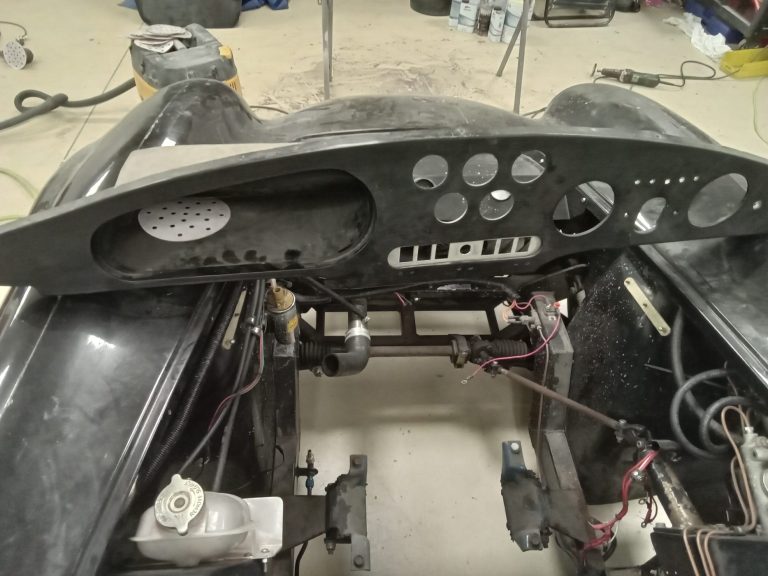
The Bridge Classic Cars team have begun working on stripping down the internals and wiring of our 1975 Cobra Project. This has been headed up
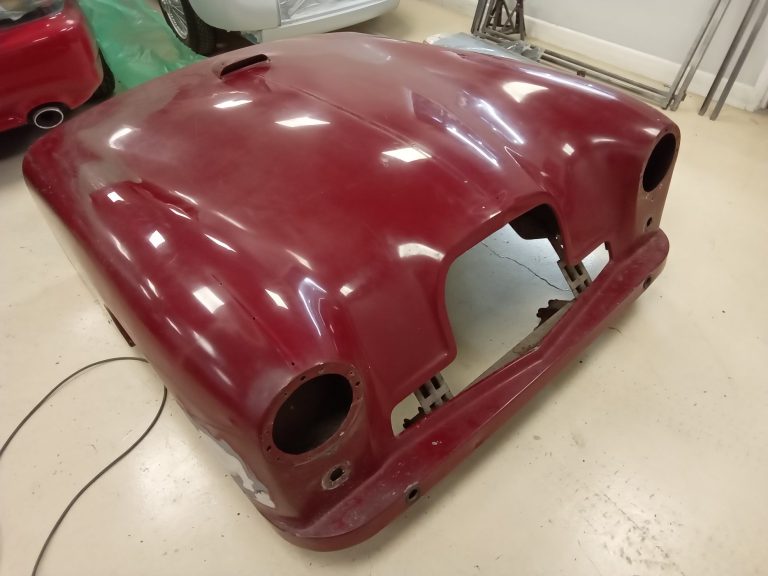
Our paint team have been working on stripping back the bonnet of our 1953 Aston Martin DB2/4. As the car begins its restoration journey at

It has charm, character, and nostalgia. It’s been a workhorse, a celebrated classic and a family friend – The Morris Minor. In any configuration, from
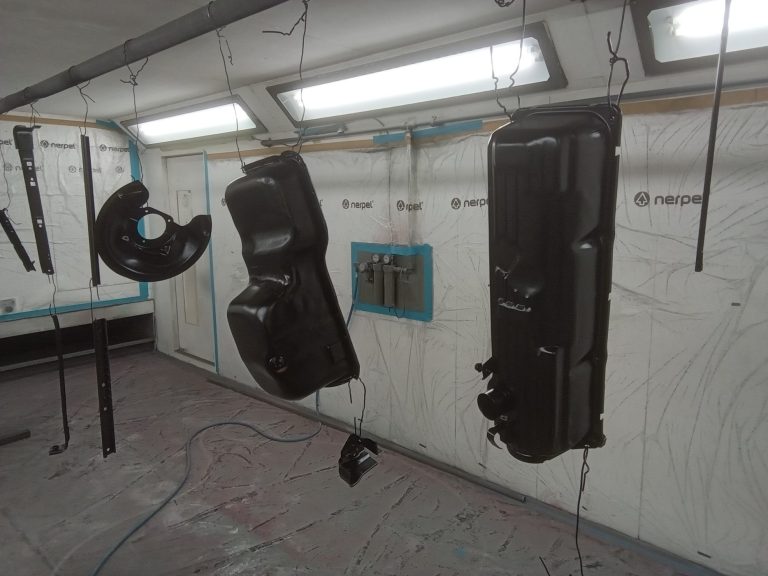
Several parts of the Mk2 Ford Transit Tipper have been in the spray booth here at Bridge Classic Cars. Our painter Chris has been hanging
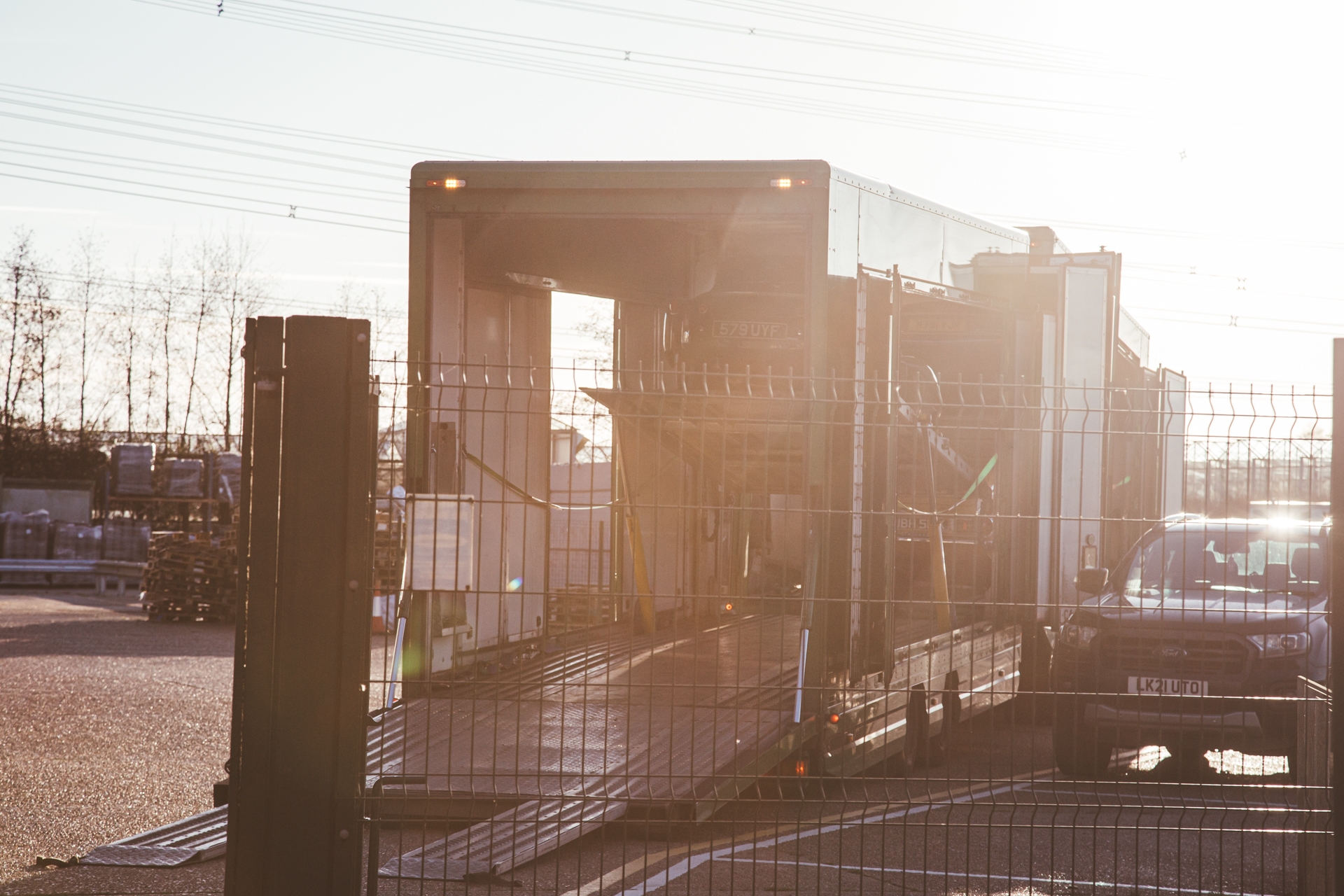
Over the last week, we’ve welcomed two loads of cars to our Suffolk HQ to be safely put into storage with ourselves.
The first batch belong to longtime friend of Bridge Classic Cars, Karl. His classic sports cars, classic Jaguar and Land Rover were unloaded after being transported by EM Rogers to our workshops to await transit to our secure storage facility.



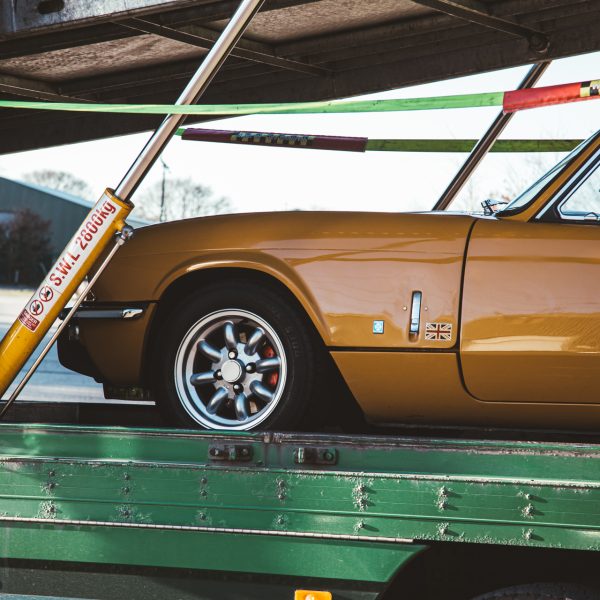
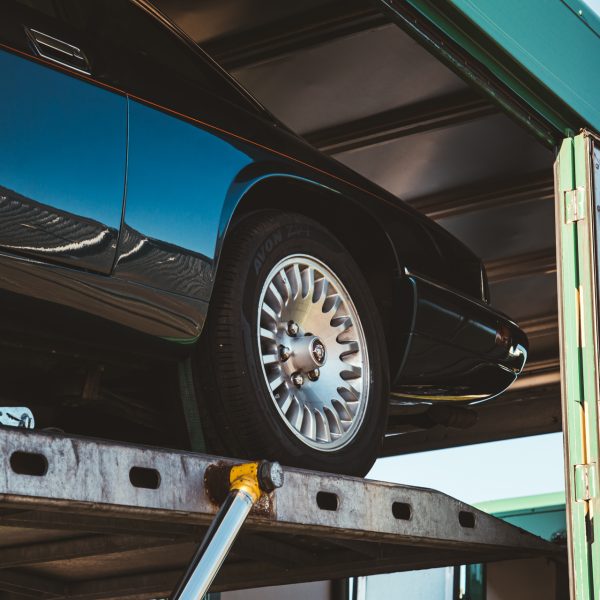
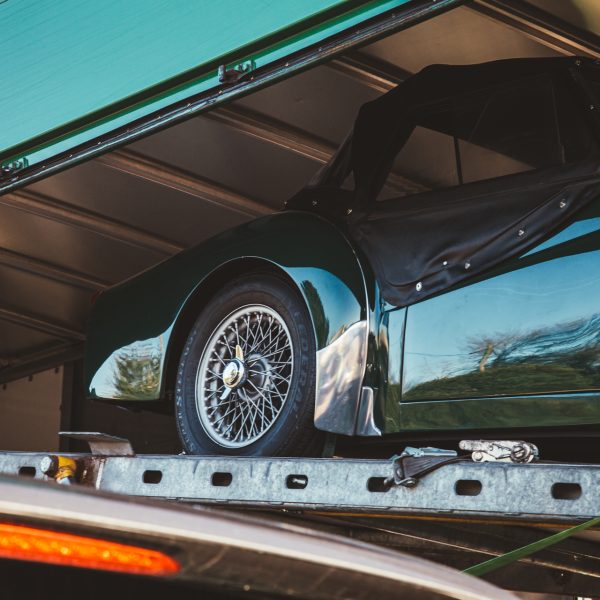
After being carefully unloaded, the cars were inspected and prepared for the next step in their storage journey.
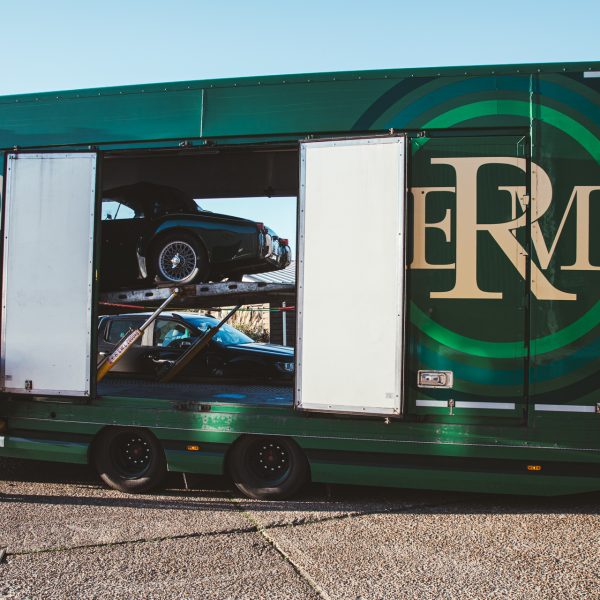
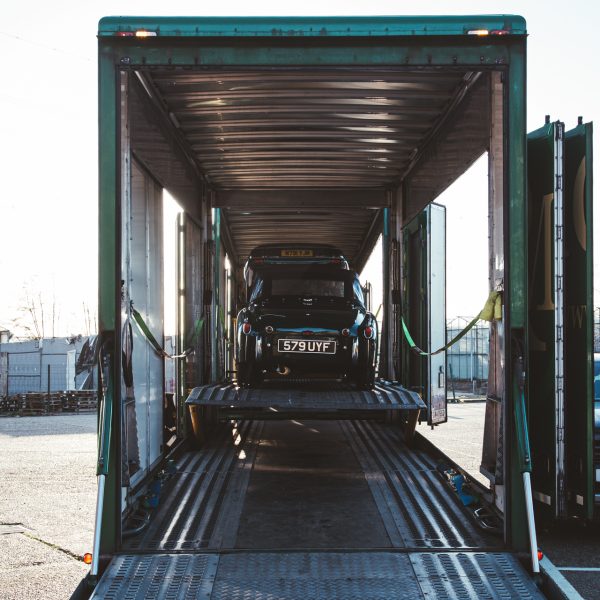


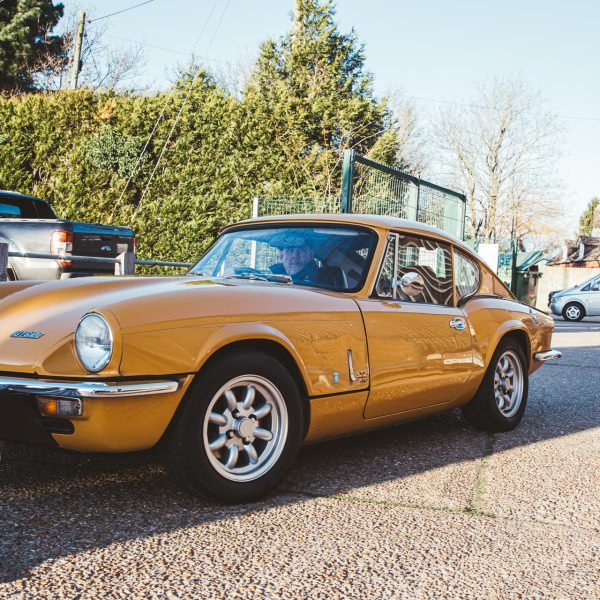
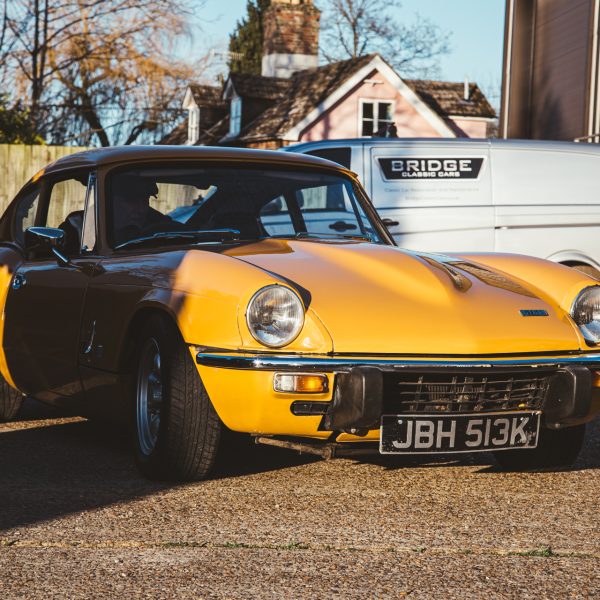

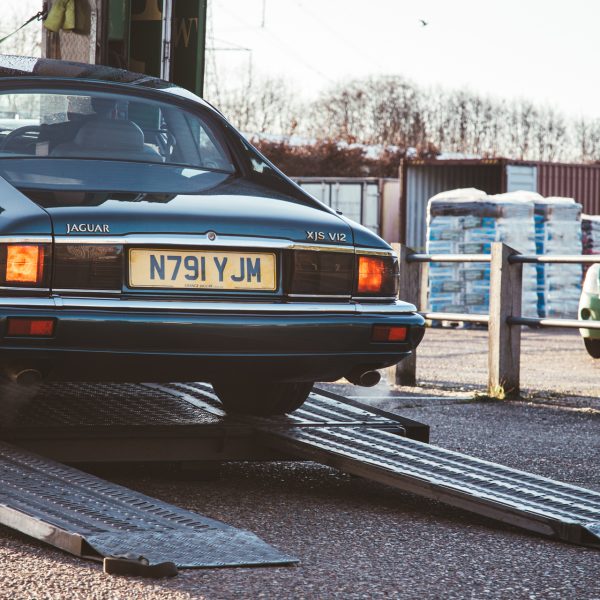
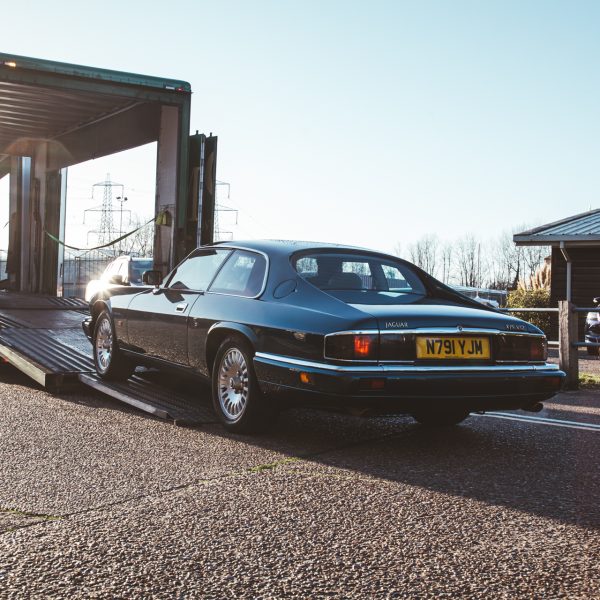
Then a few days later, we welcomed a pair of classic cars which had made their way over to us from Europe for a customer. Again, the team at EM Rogers Transport handled the long-distance move before the cars were checked and then loaded up by the Bridge Classic Cars team for their journey to our storage facility.
The classic Triumph 2500TC as well as the beautiful patina’d Fiat 1500 will join the ranks of the other stunning and cared for classics in our storage space.

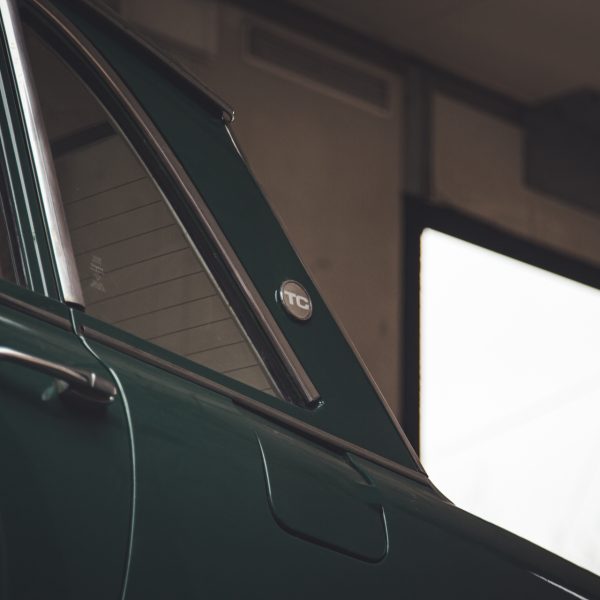
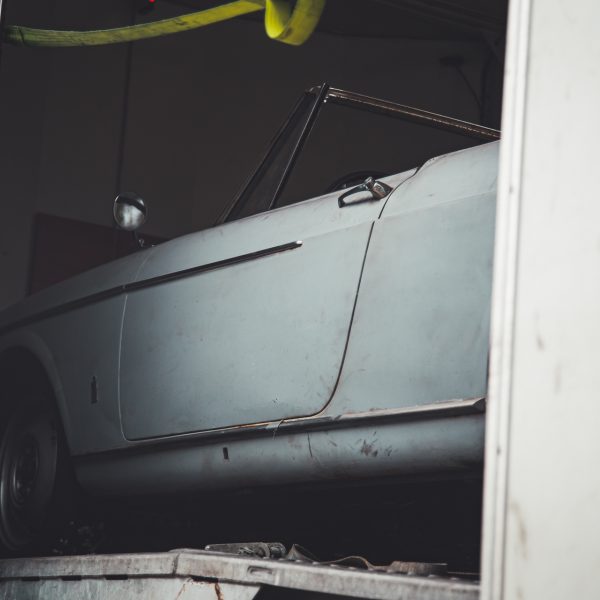
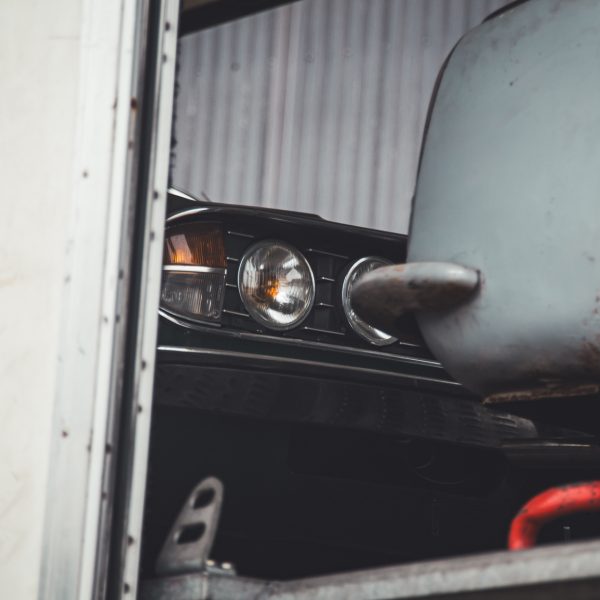
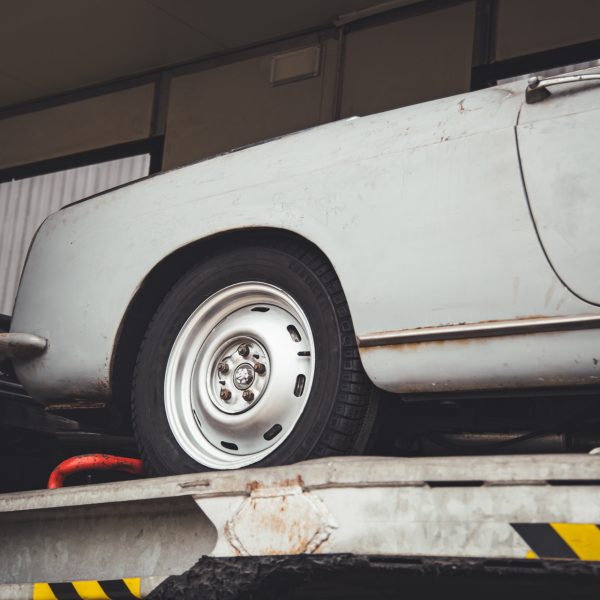
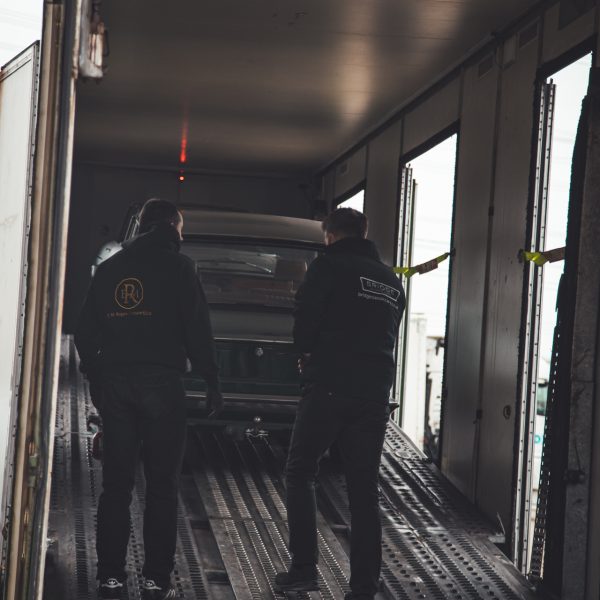
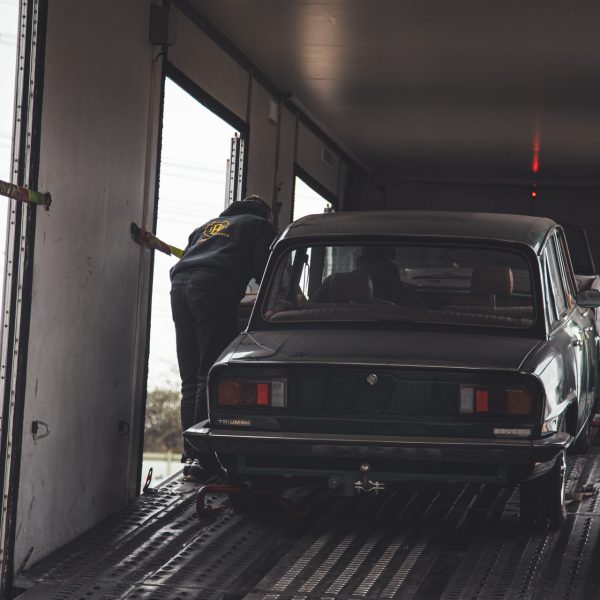
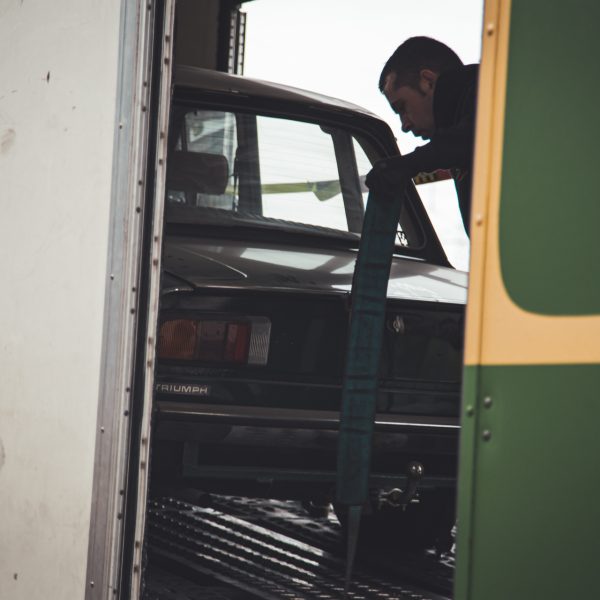
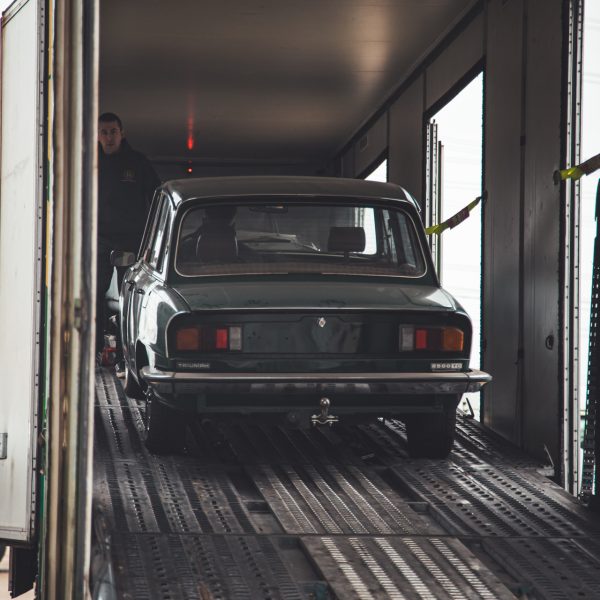
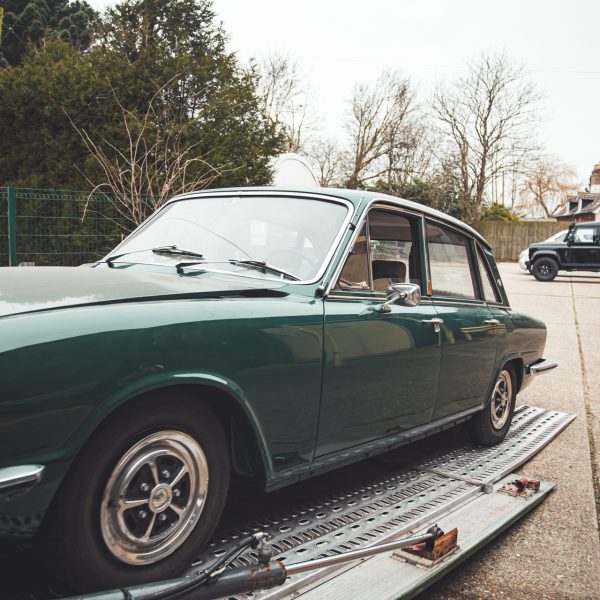
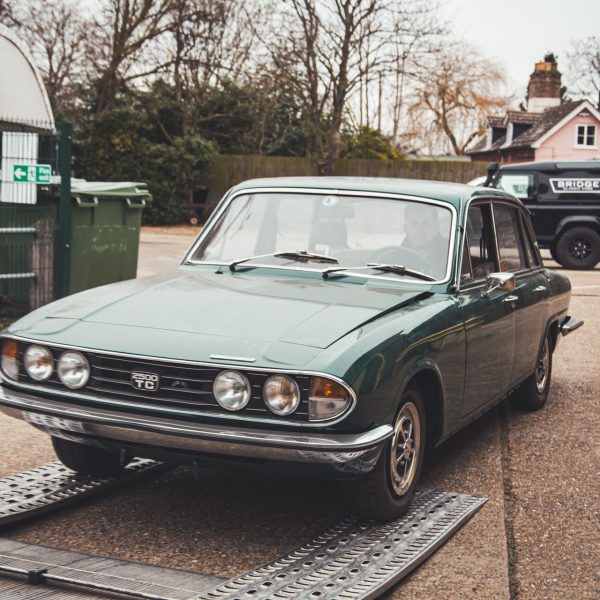
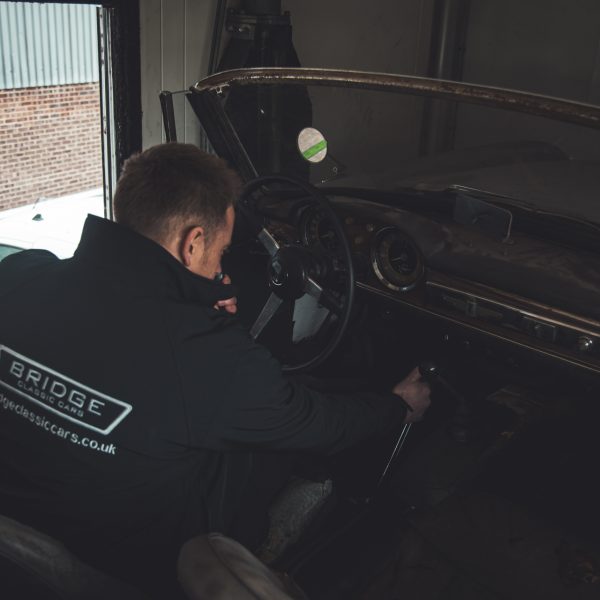


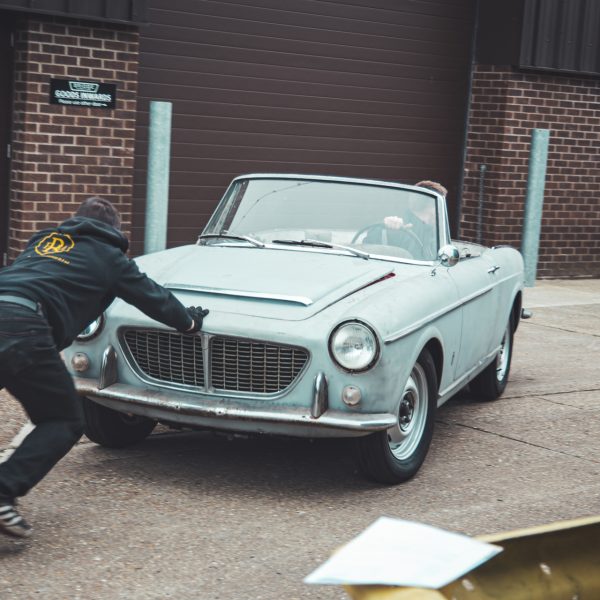
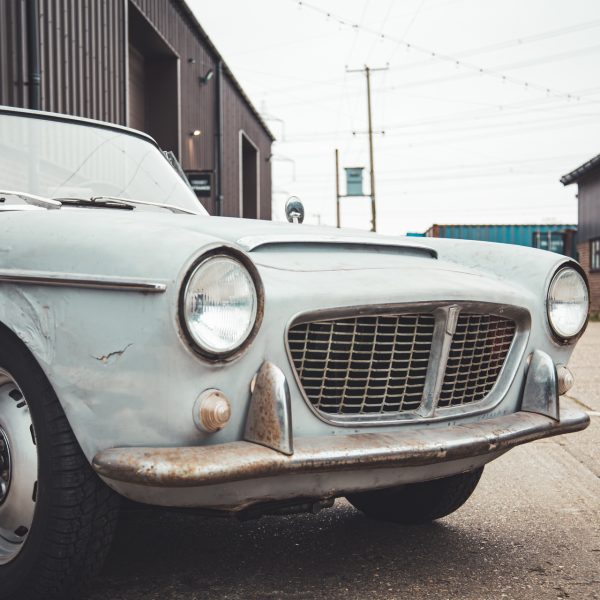
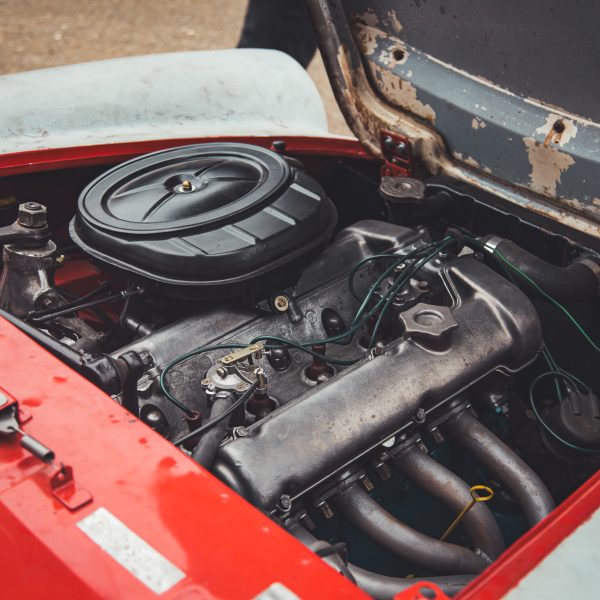
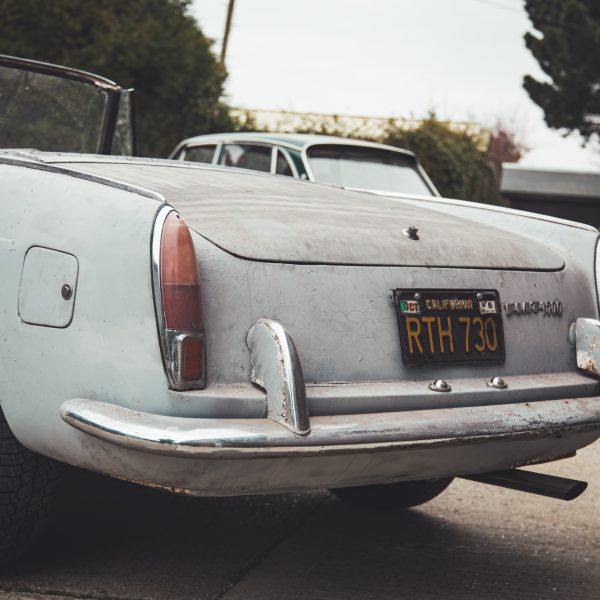
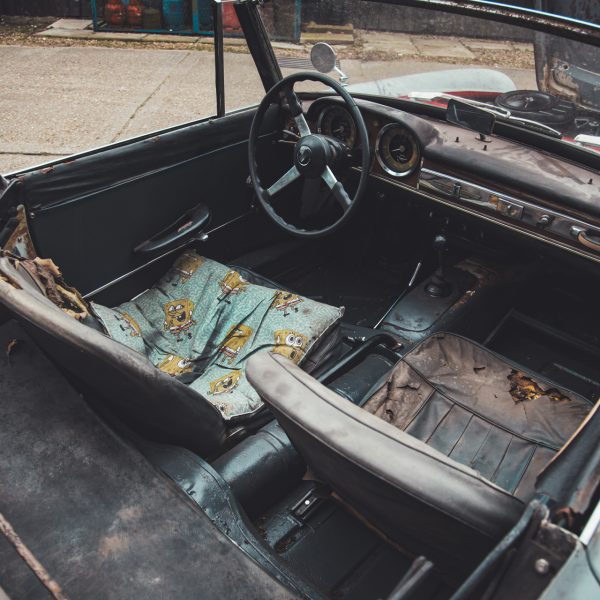

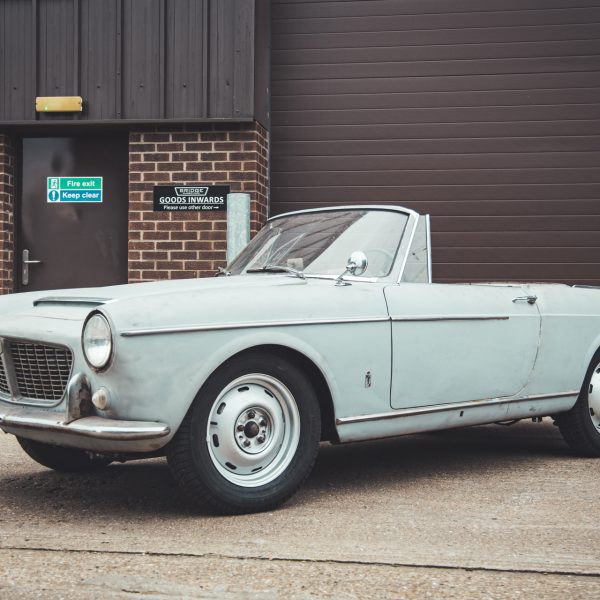
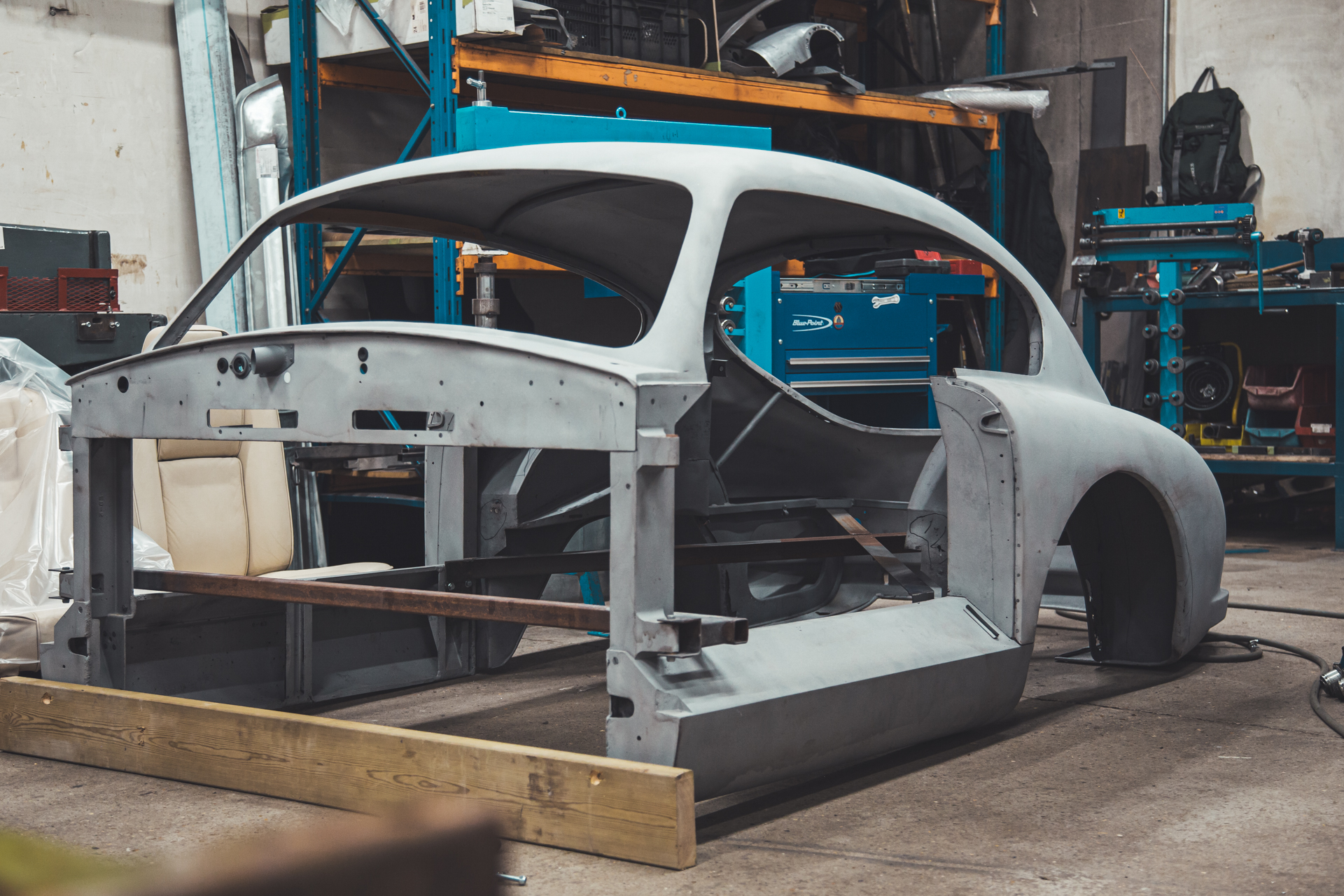
Our 1953 Aston Martin DB2/4 has arrived back at our Suffolk HQ following its appointment with the media blasters.
The body was carefully removed from the chassis of the 1950’s GT previously by our workshop technicians and carefully transported to a local blasting company to carefully remove the Claret paint as well as exposing any areas which will need attention by the team here at the Bridge Classic Cars restoration workshops.
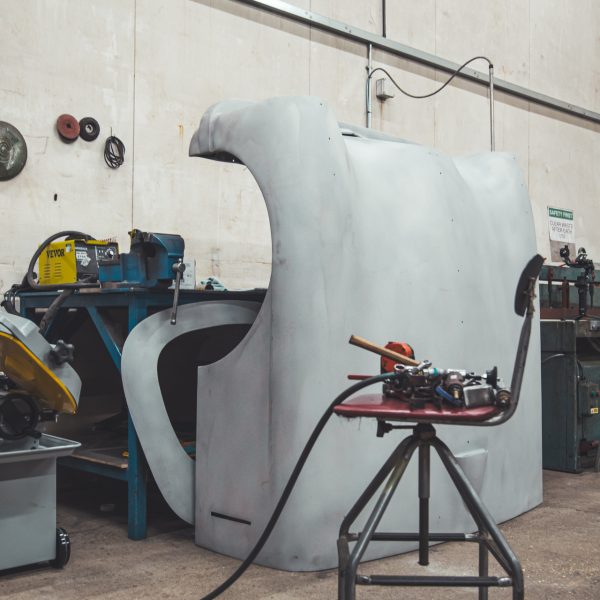
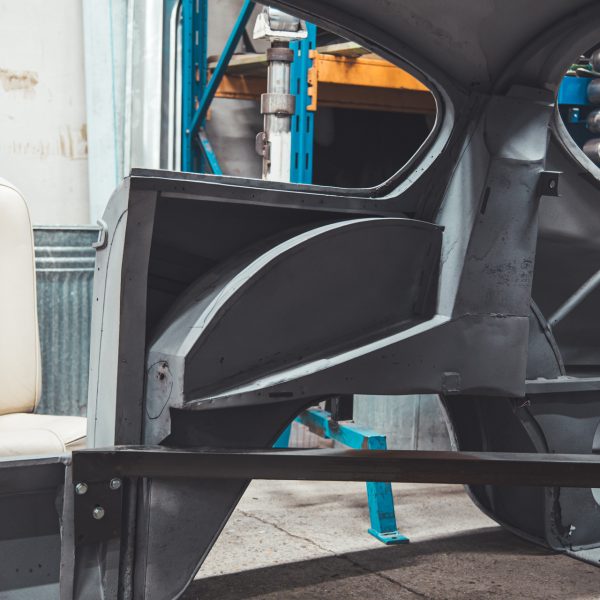

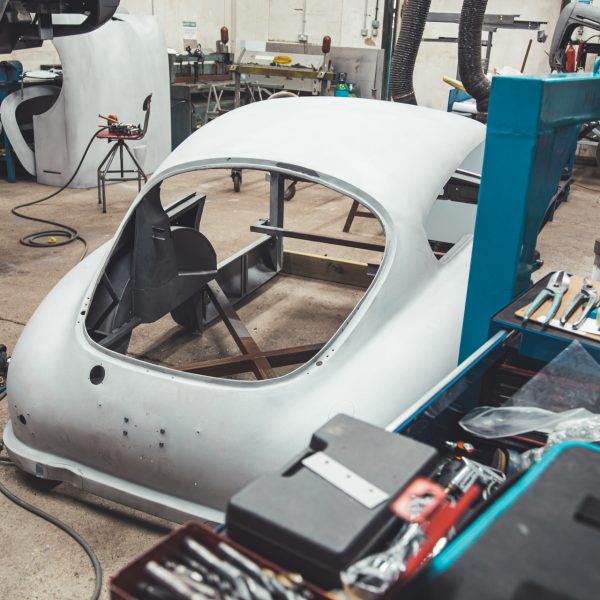
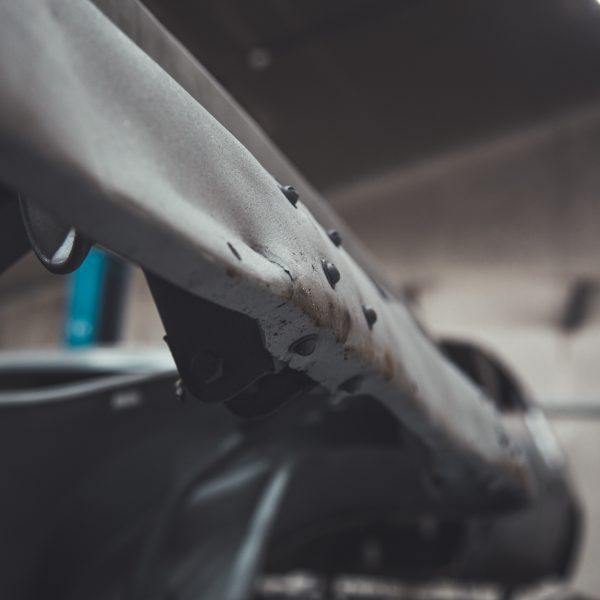
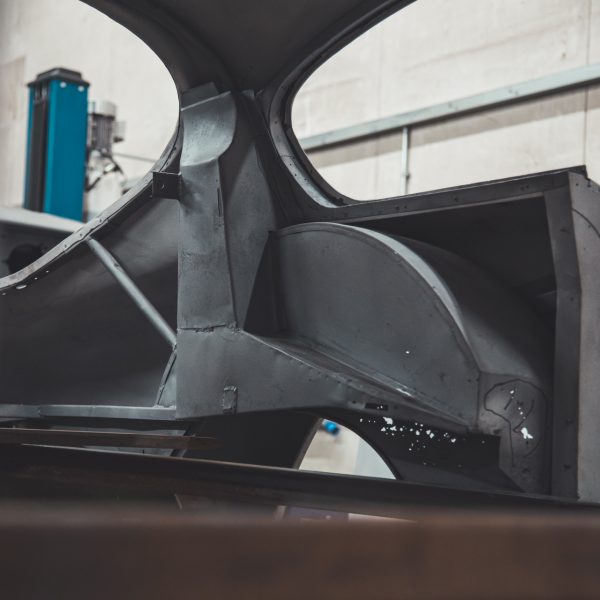
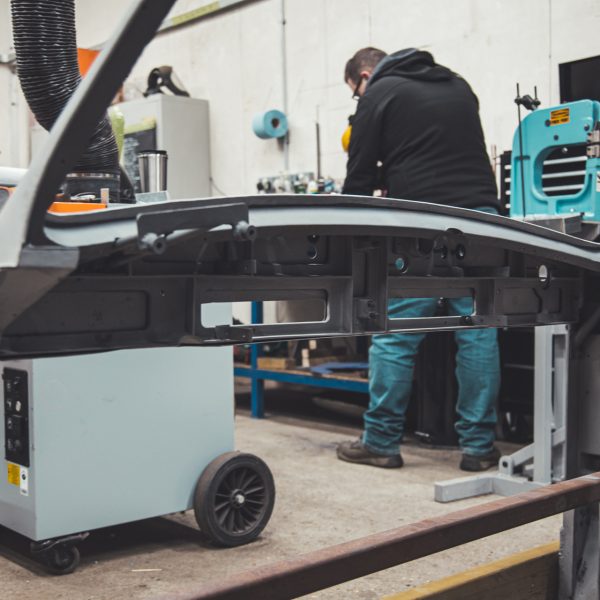
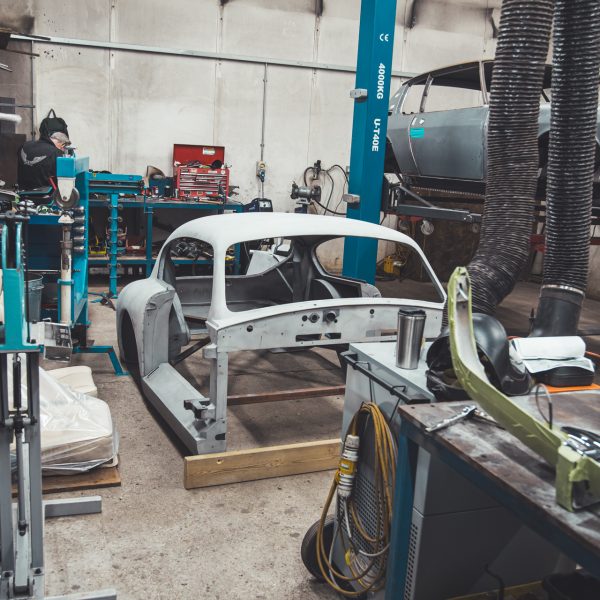

The body arrived back at our workshops earlier this week and was taken straight into our in-house fabrication shop for our expert team of fabricators to work on getting this rare and unique GT car back into better than new shape.
The team have begun to get the body onto the framing jig to get it ready for the delicate and highly-skilled work of repairing the areas affected by 71 years of being used and stored.
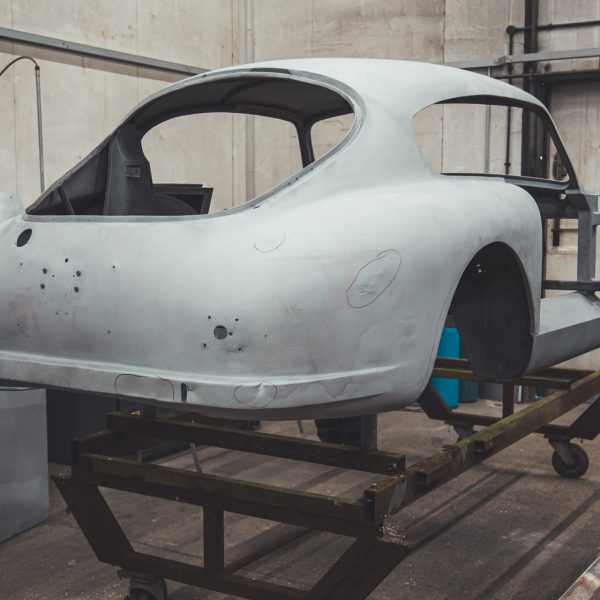
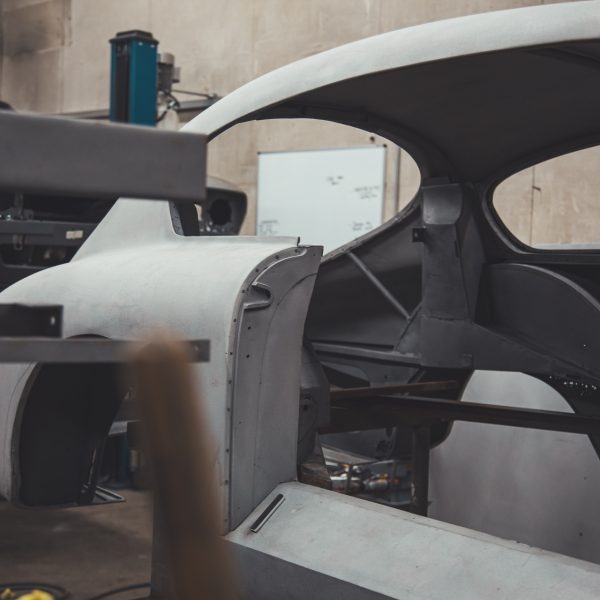
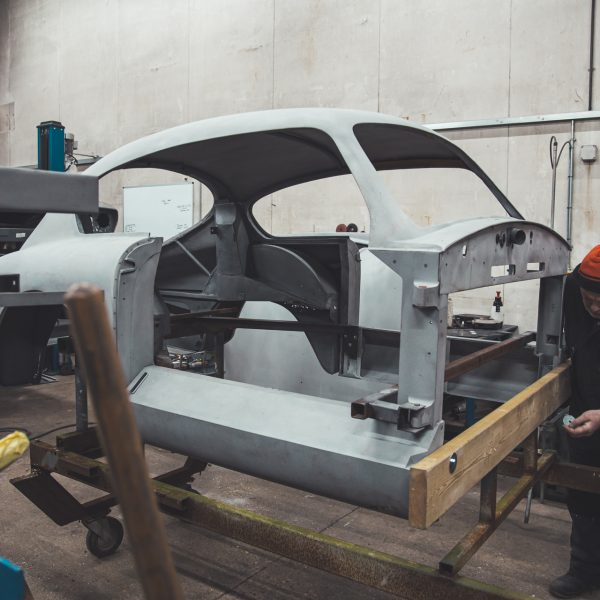
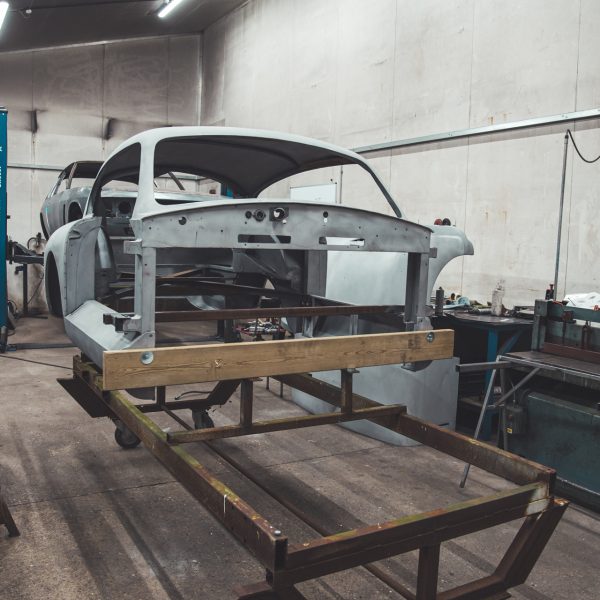

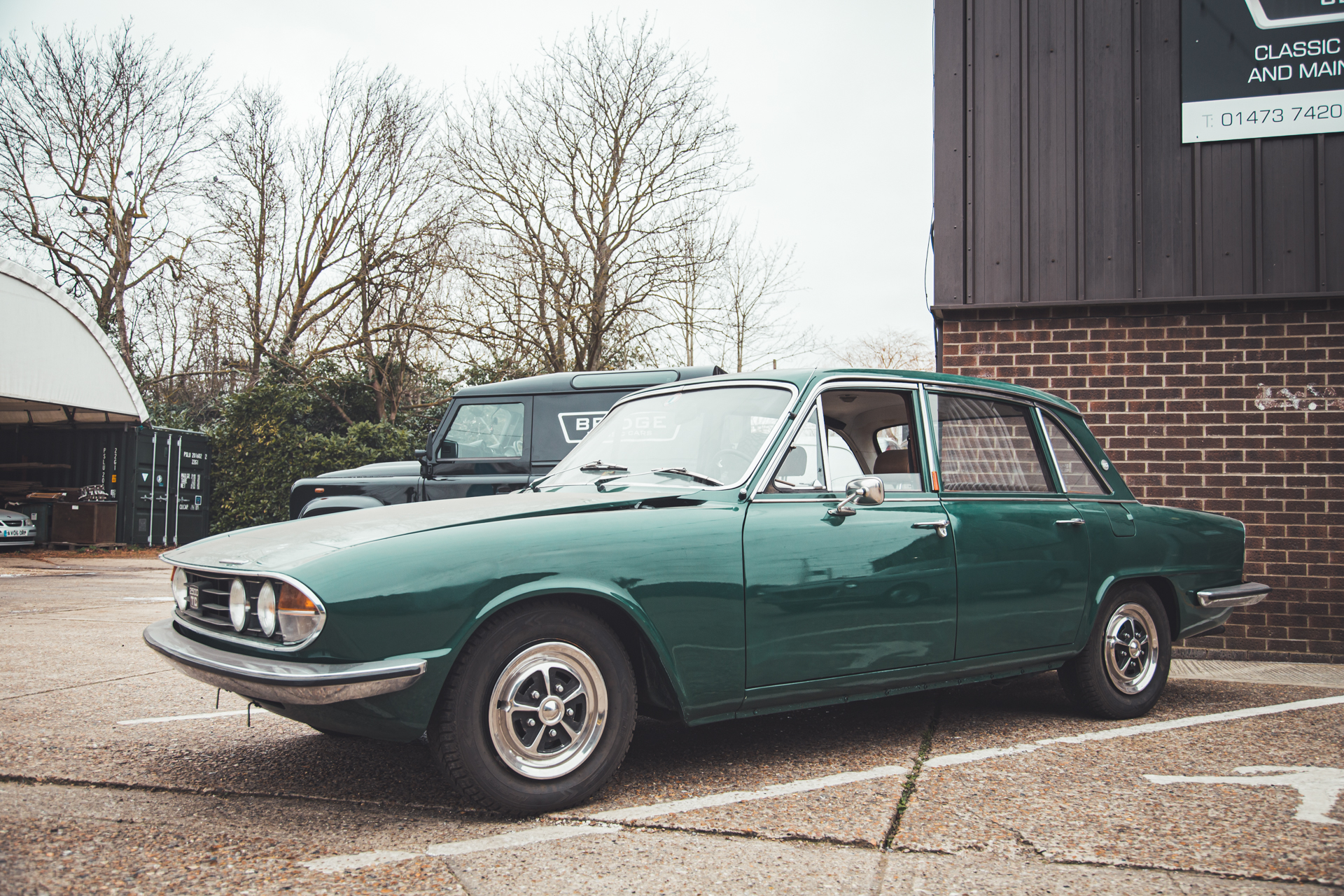
Along with the beautiful 1960’s Fiat, we’ve also welcomed this 1977 Triumph 2500TC to our Pettistree workshops for the team to take a look at for the same owner!
Like the Fiat, this will be assessed by the restoration teams shortly.










Part of our new arrivals at our Suffolk HQ is this beautiful 1960 Fiat 1500!
This car has arrived to us from Europe for our team to have a look and assess very soon – keep an eye out on the Bridge Classic Cars news page.











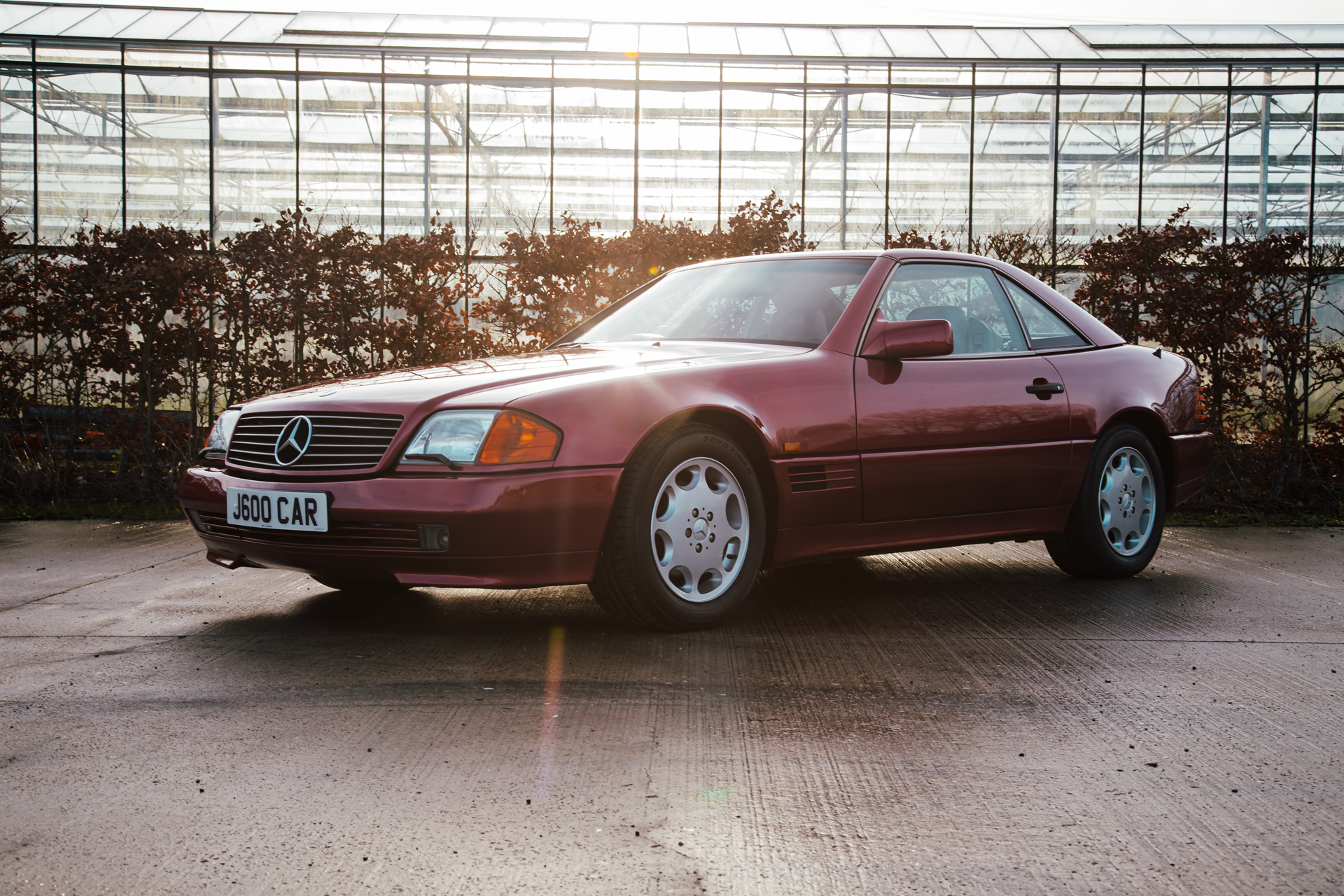
The letters SL have served as moniker for fast, stylish and sophisticated Mercedes Benz 2-door sports cars for nearly 70 years. From its earliest days connected to the legendary 300SL ‘Gullwing’ of the mid-1950s all the way up until the latest generation.
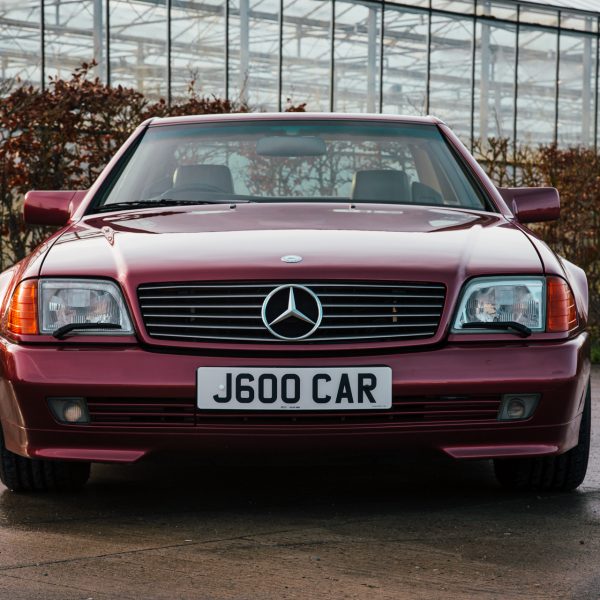
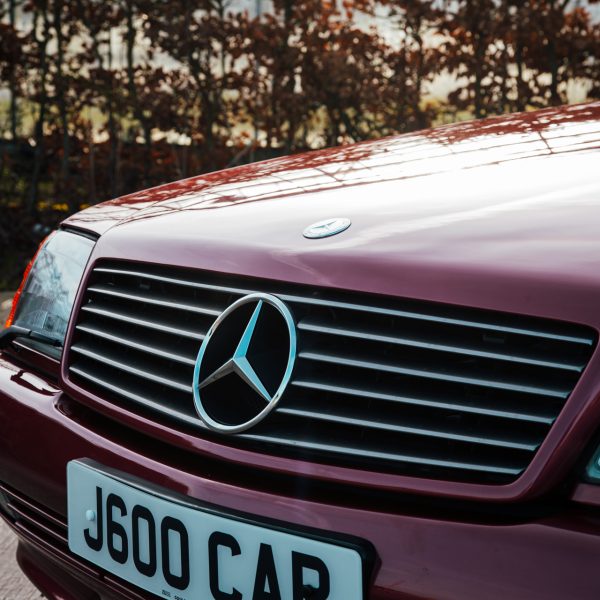
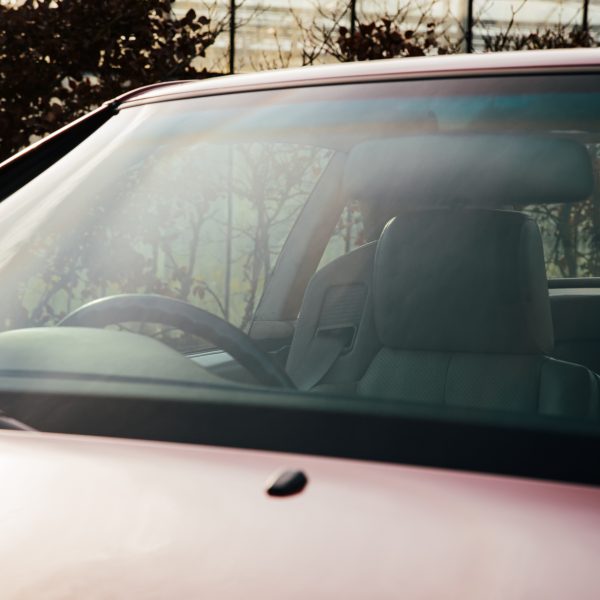
The 4th generation of the long-legged ‘bahn-stormer’ was the R129. A car which became a posterchild for the decade of luxury and decadence – Just like this one, our 1992 Mercedes 300SL.

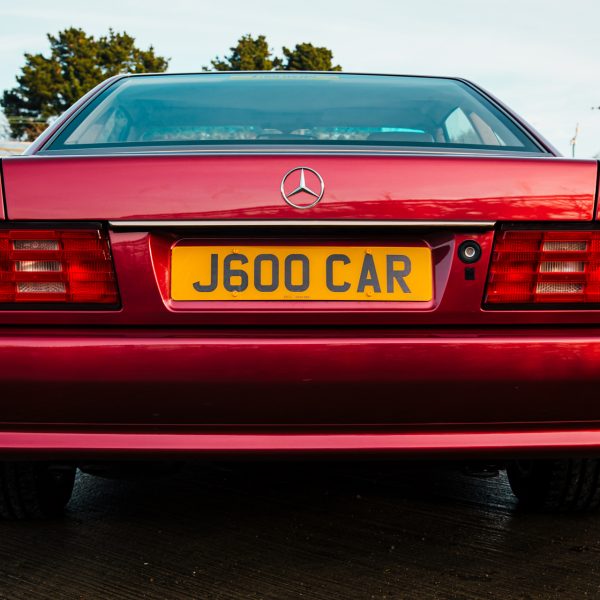

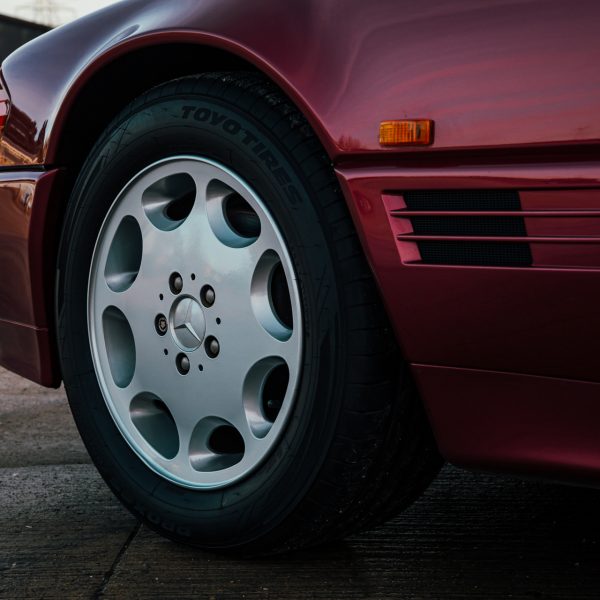
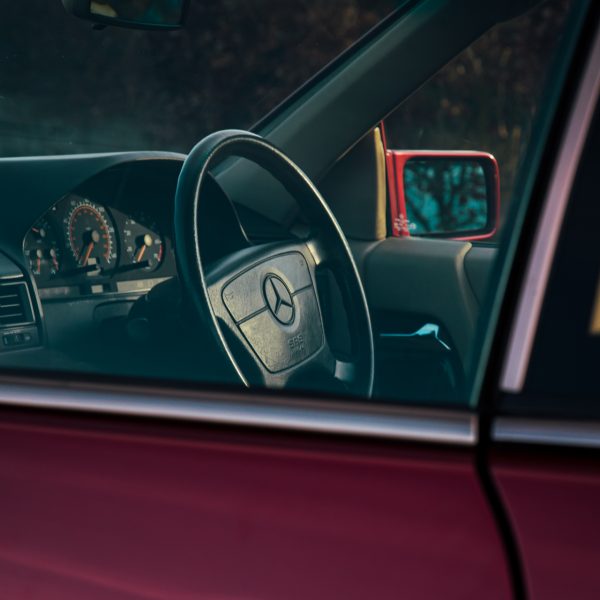
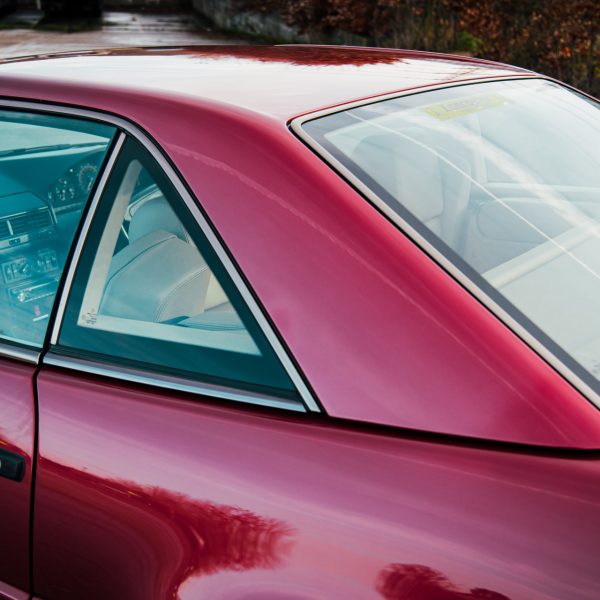
In a beautiful combination of maroon over a beige leather cabin, and removable hardtop, our R129 would bring in a new era of stylish at Mercedes with its angular and sleek modern look.
With its elegant looks, our 1992 300SL is fitted with the classic 3-litre Mercedes straight-six engine working alongside its smooth automatic gearbox to get this 2-door roadster up to an effortless pace.


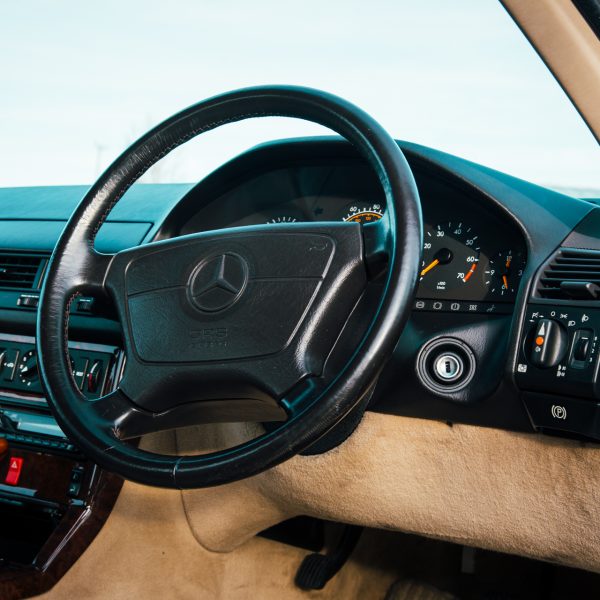

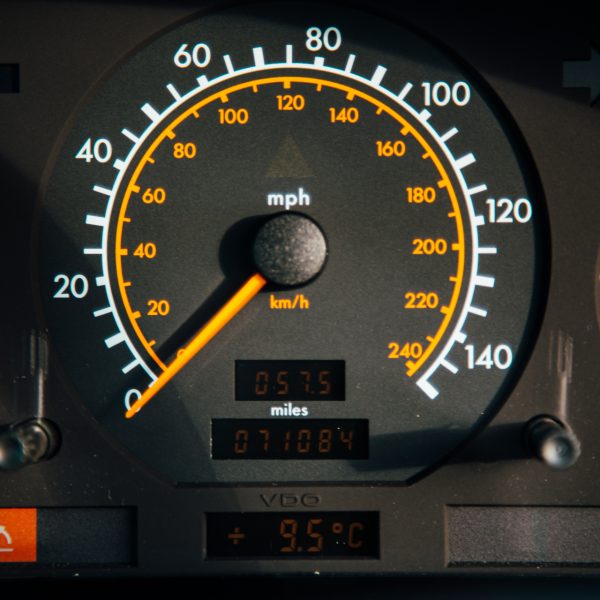
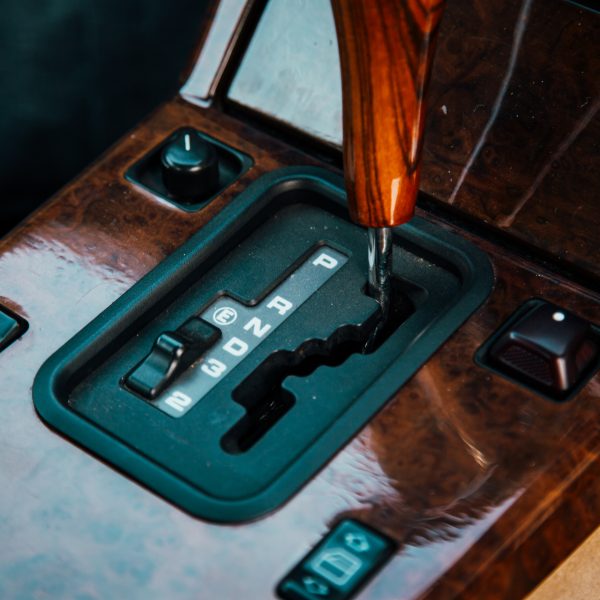
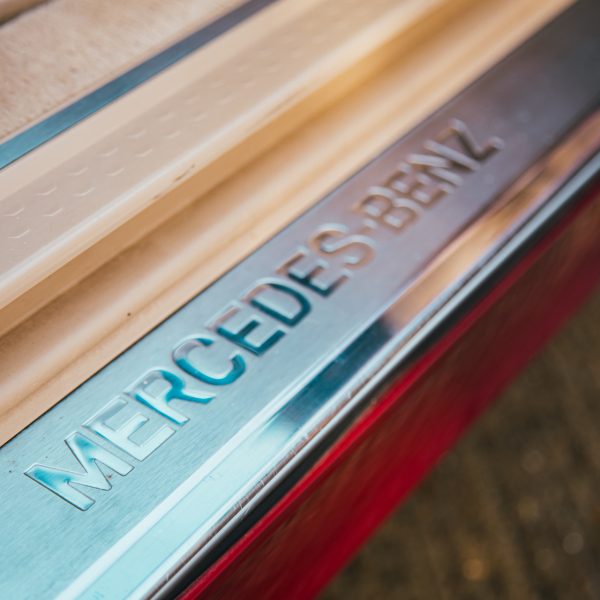
Included in the cars history folder are several recent invoices to do with the upkeep and maintenance of this beautiful 1990s GT car.
Bridge Classic Cars Competitions wants to put you in the driver’s seat as the open road stretches out in front of you by winning our 1992 Mercedes 300SL.

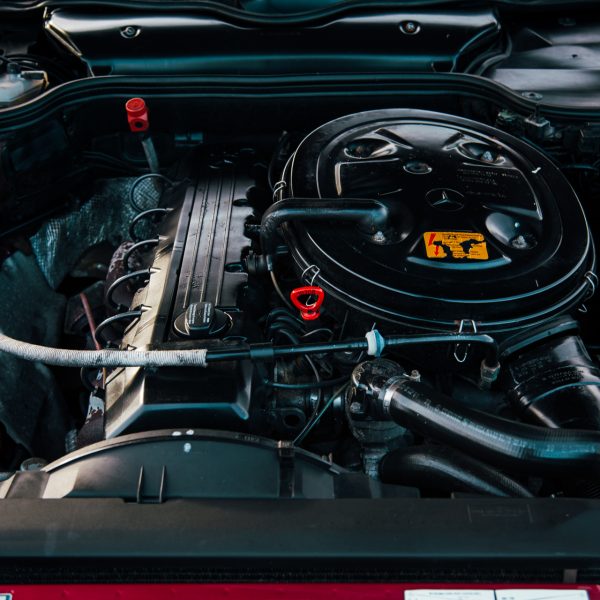


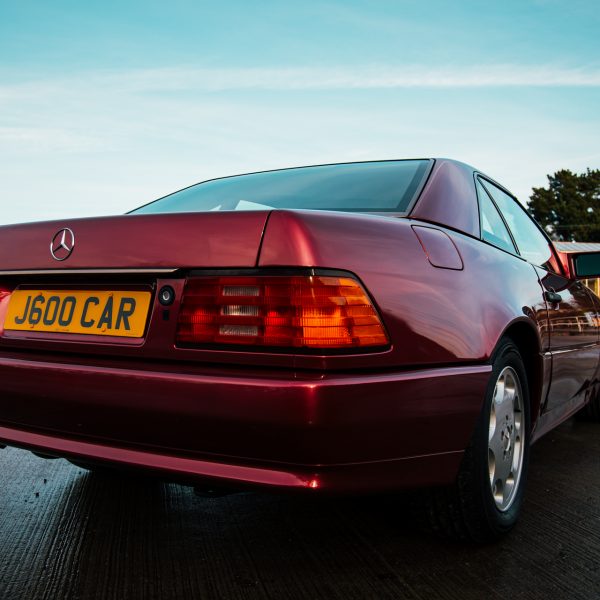

We have recently welcomed back the 1964 Daimler 250 V8. After under going restoration/recommissioning by ourselves last year, the car was given back to its owner to be enjoyed and used – the car was then brought back to ourselves to be put into winter storage, something many of our customers ask us to do.

With that, we were tasked with looking into a slight leak from underneath the 1960s V8 saloon car.
Our technician James was tasked with tracking down the cause of the leak and at the same time, nut and bolt checking the underside of the car to make sure everything was all ok. During the inspection, James found several fluid leaks on the car, mainly from the power steering pump. To confirm this, the team have cleaned down the area surrounding the connections to power steering pump to allow for a clean environment to look closer and find out specifically where the leak is coming from.

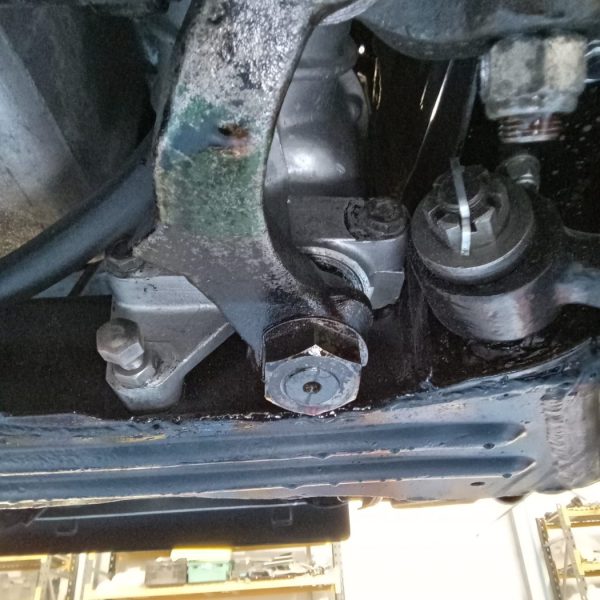
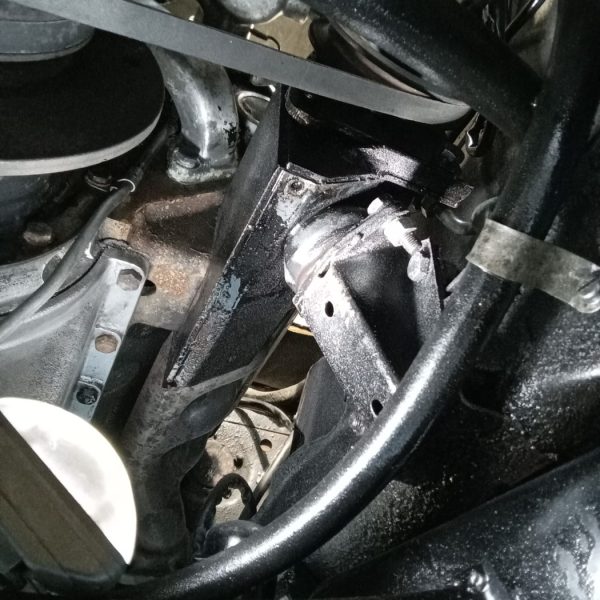

Along with that, they did notice a very small weep from the back of the engine sump and have also thoroughly cleaned that down to investigate into this area further and pinpoint the area which needs attention.


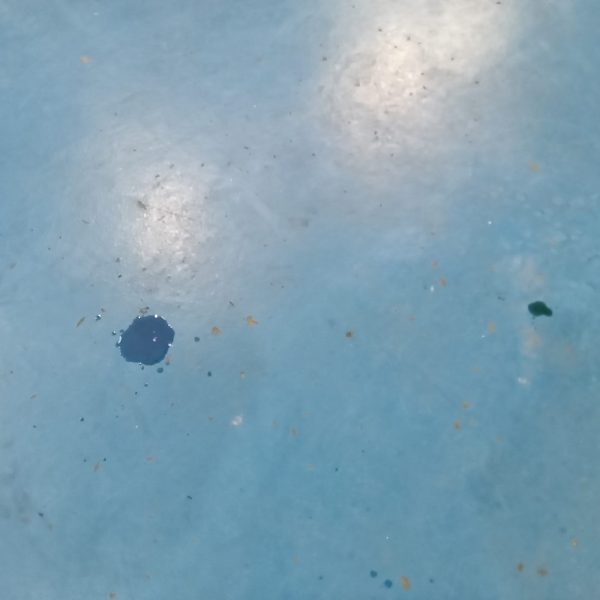
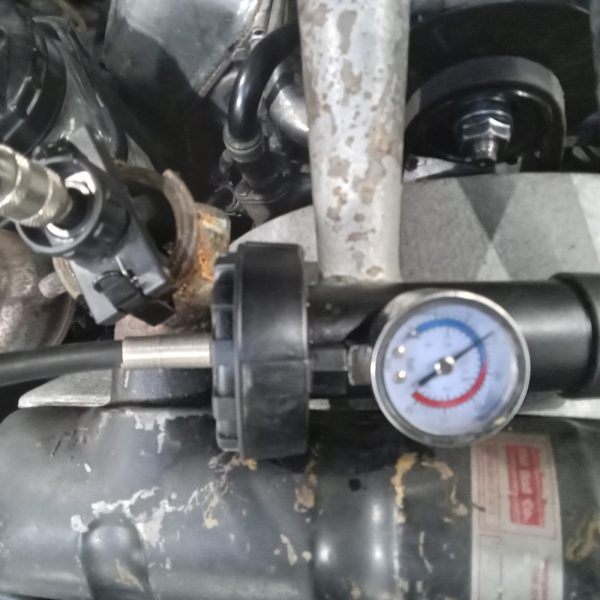
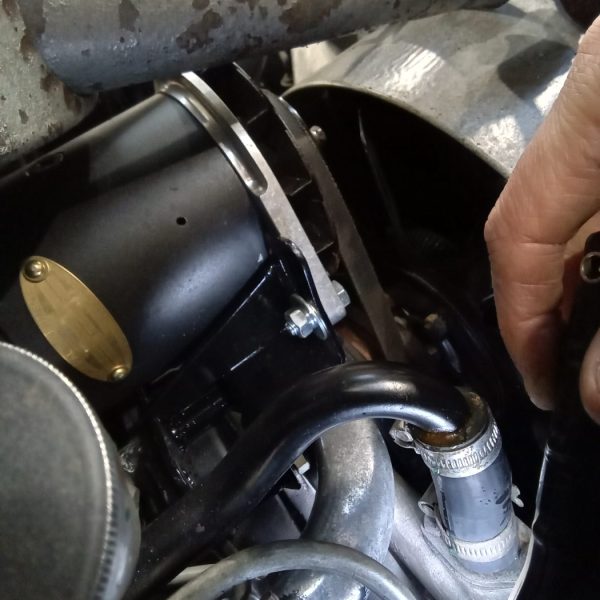
The paint and body team at our Suffolk HQ have been methodically working on separating the body from the frame of our 1975 AC Cobra Replica.
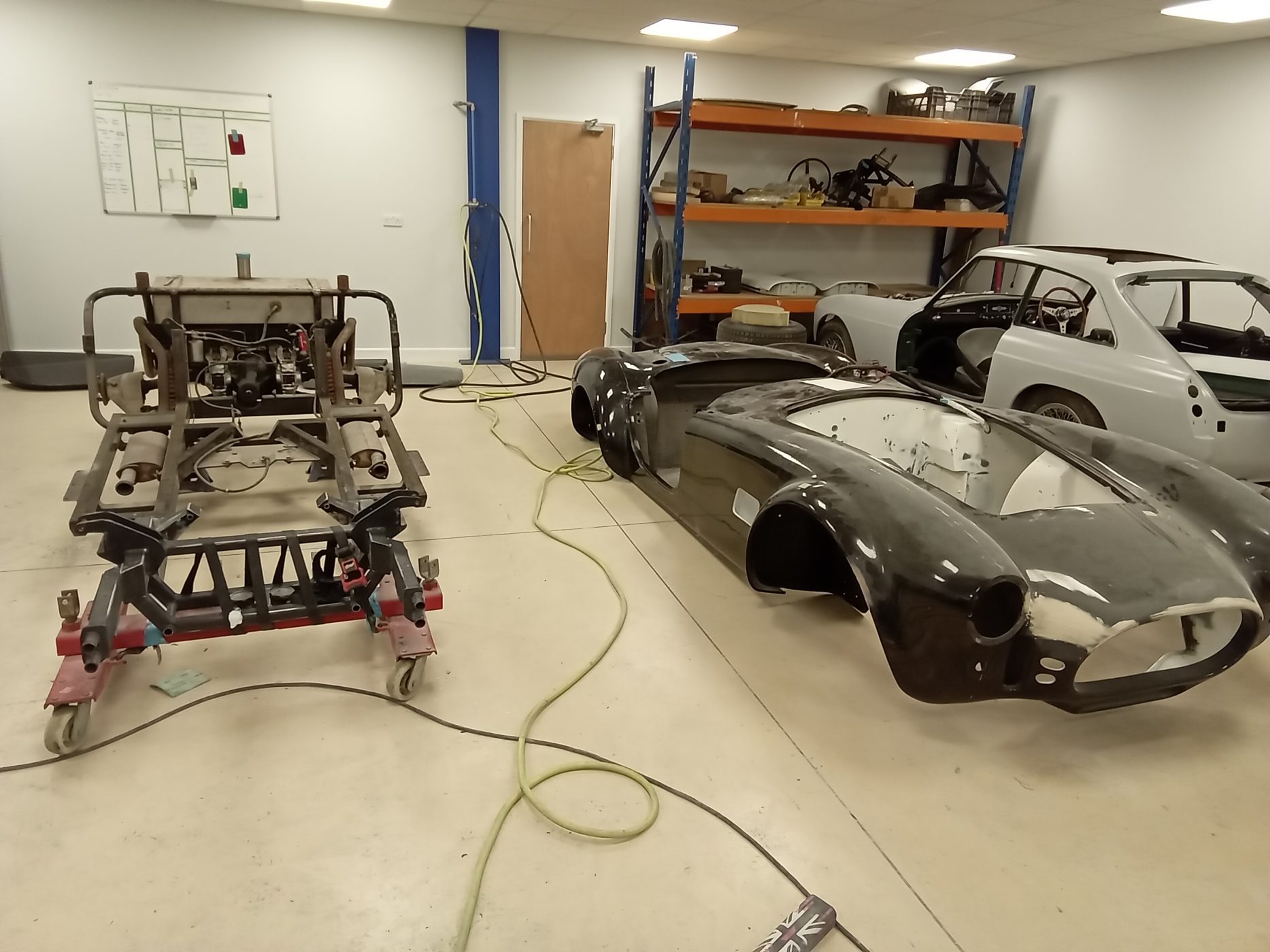
The team have to be incredibly careful with this process on any car, but cars with fibreglass bodies take extra attention due to the nature of the material snapping/shattering if bound up on any fixings. With this in mind, our technician Mauro went through every inch of the car to make sure that nothing was still connected before a team of technicians separated the body from the frame of the famous replica roadster.
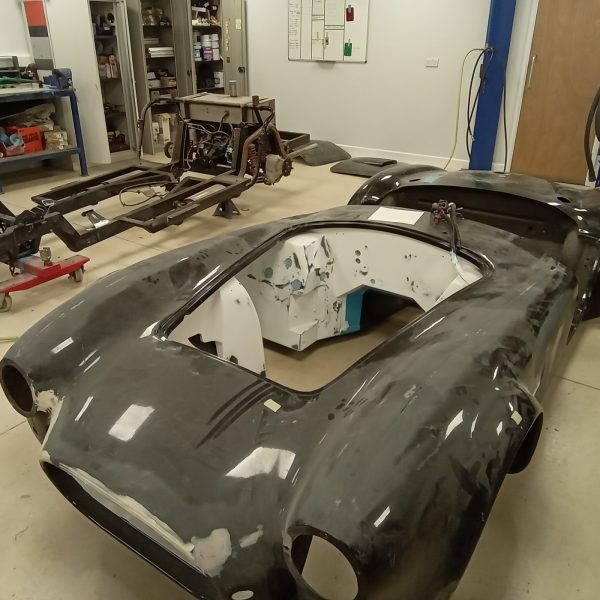

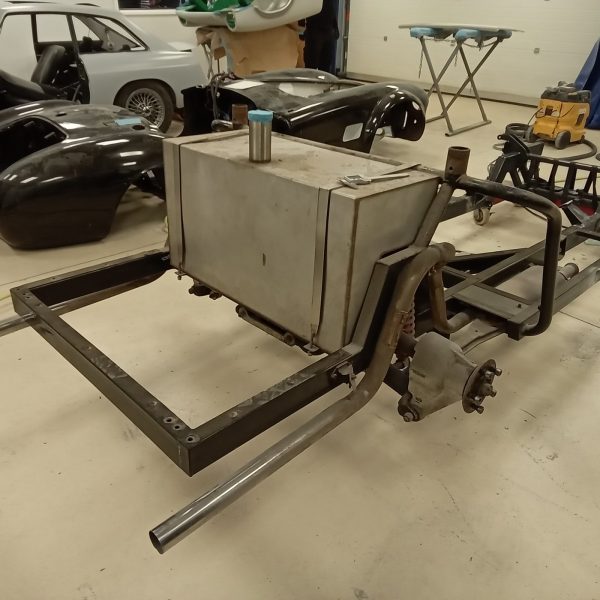
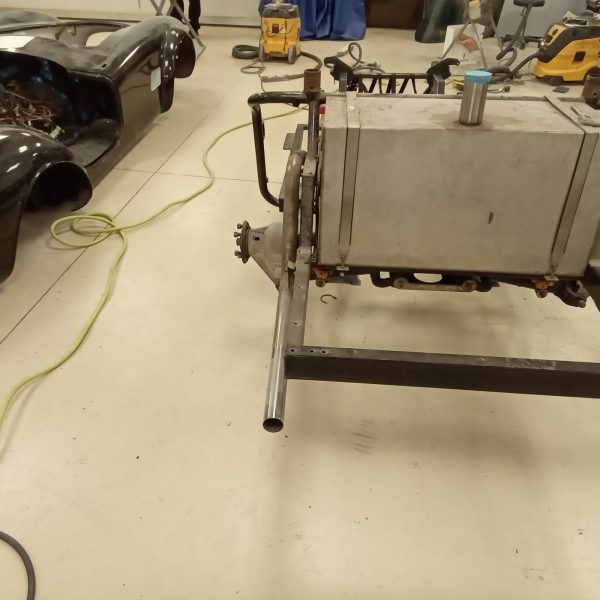
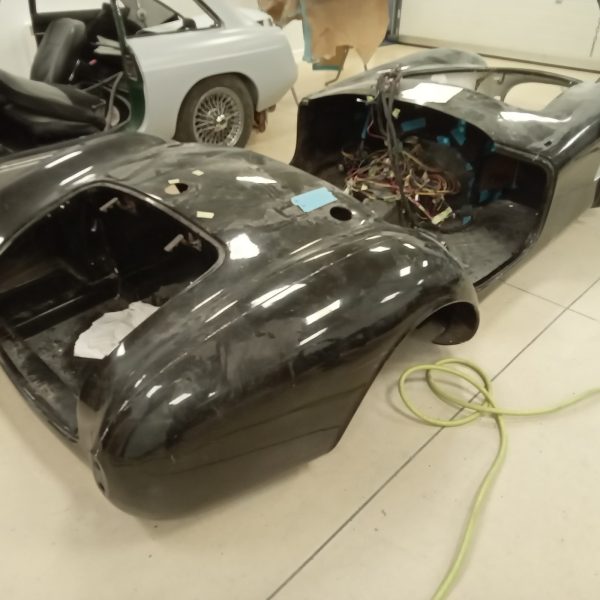


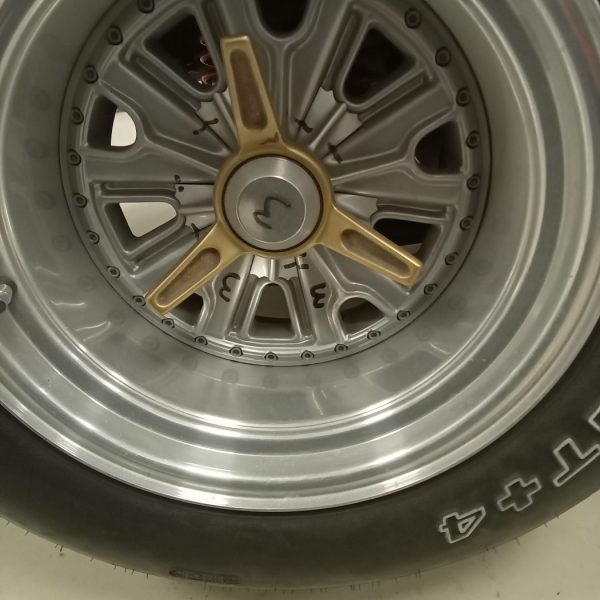
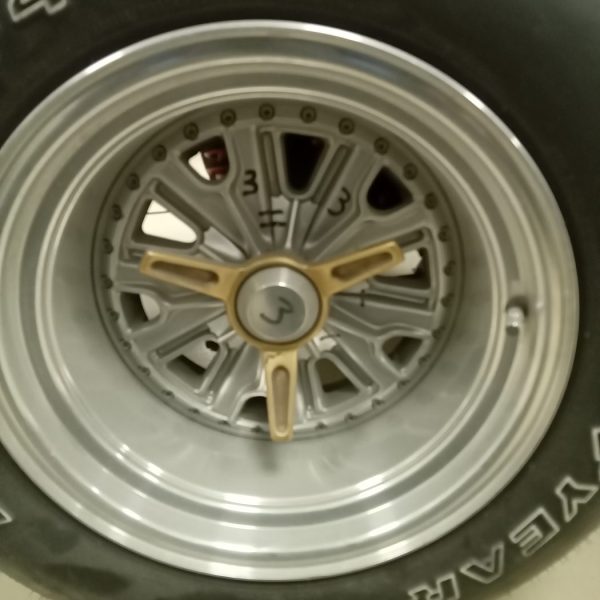
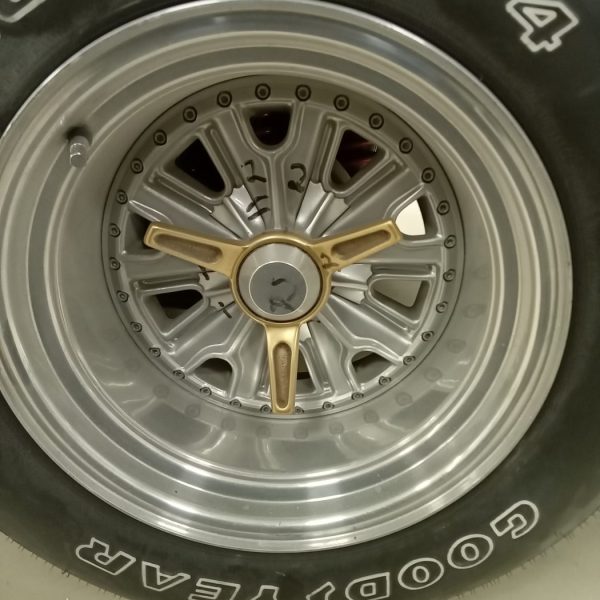
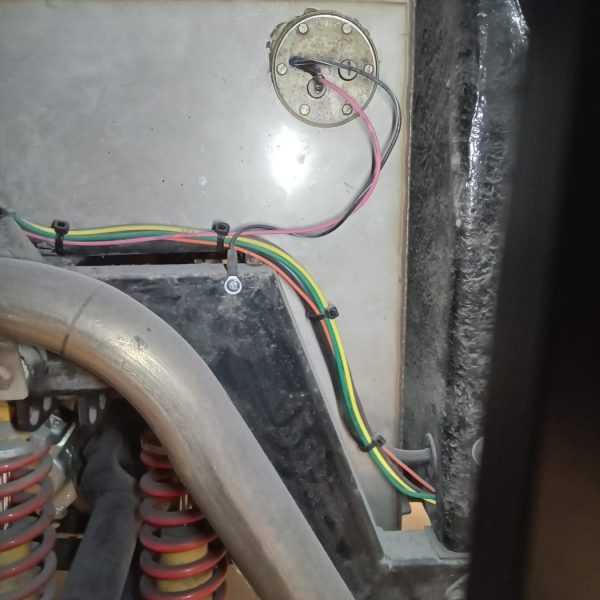
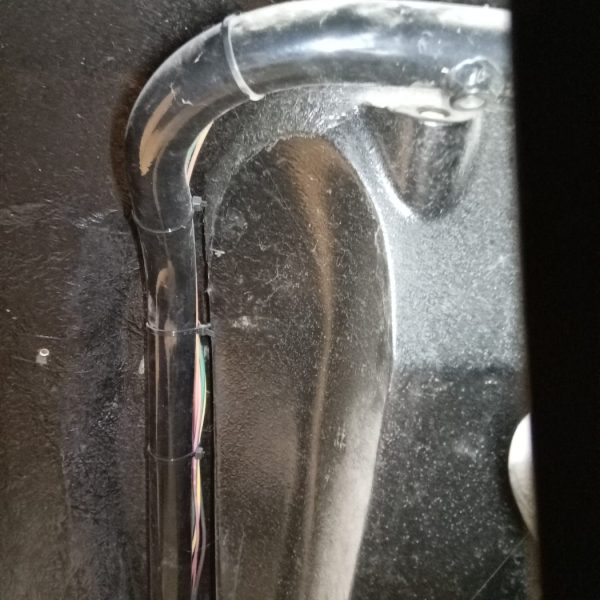

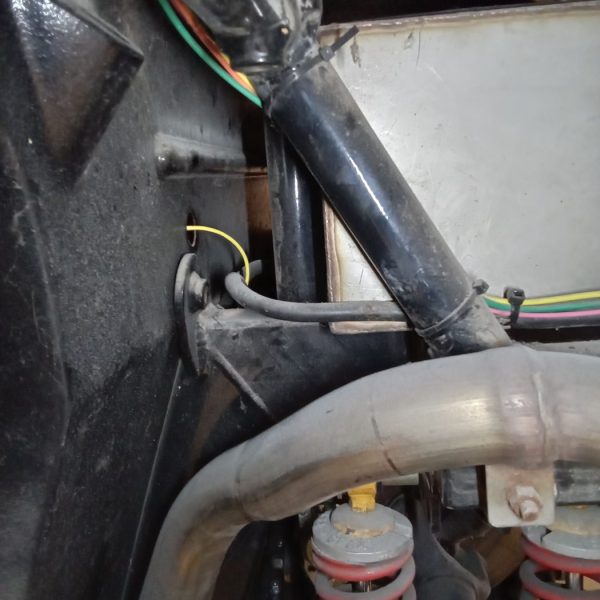
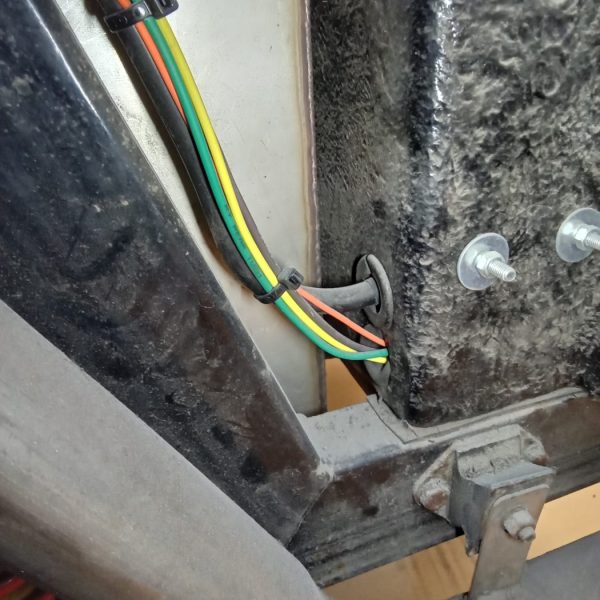
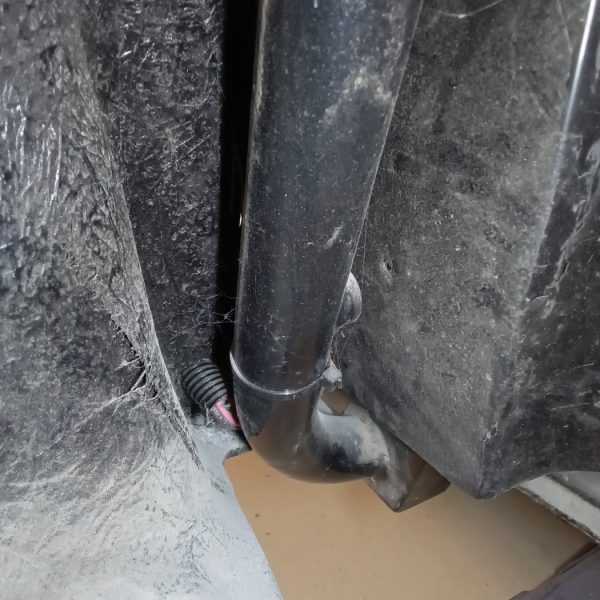

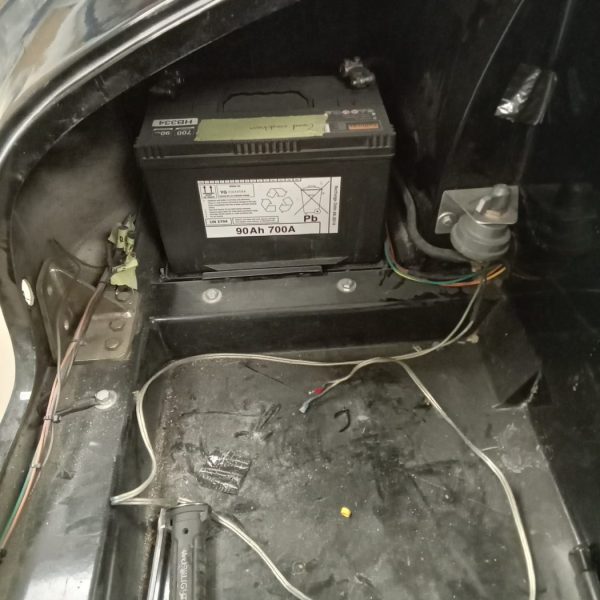
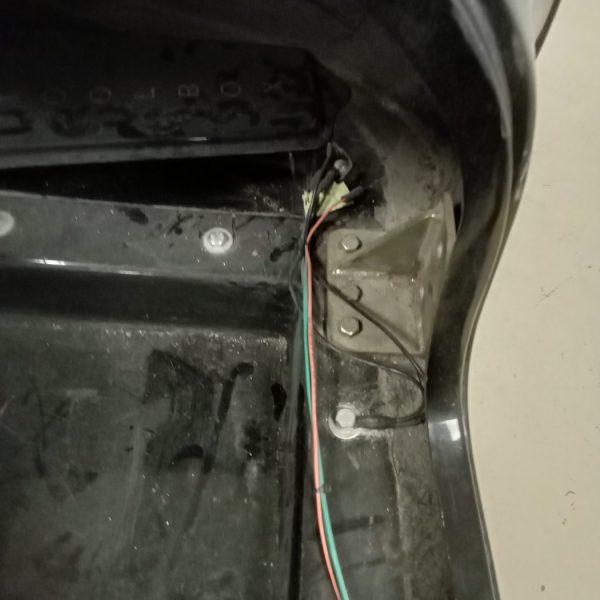

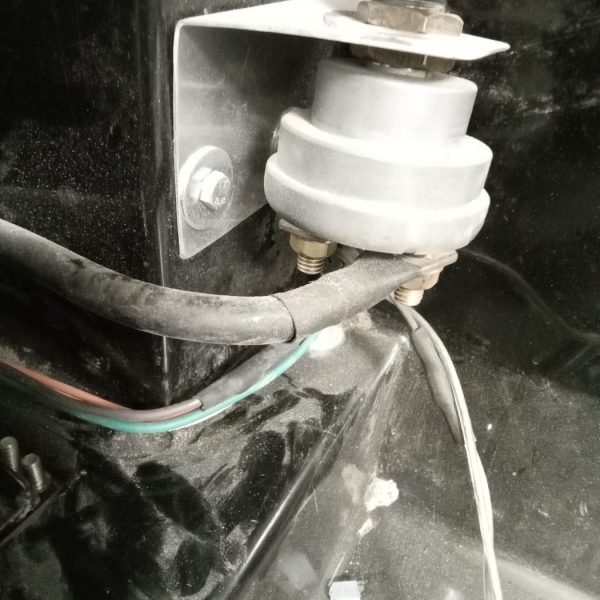

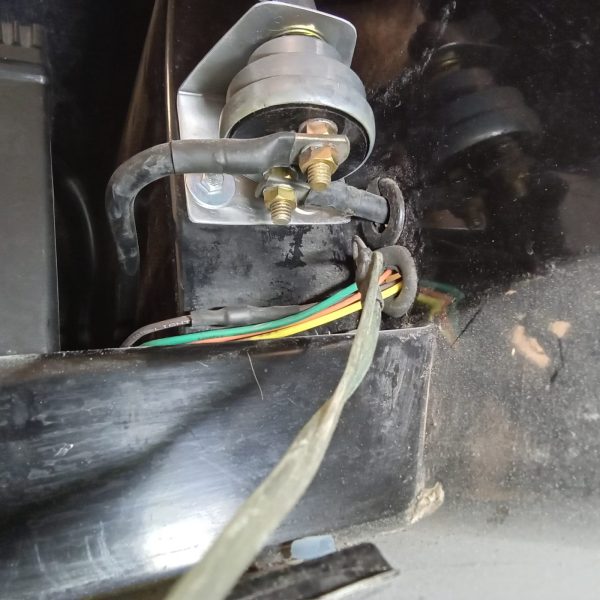
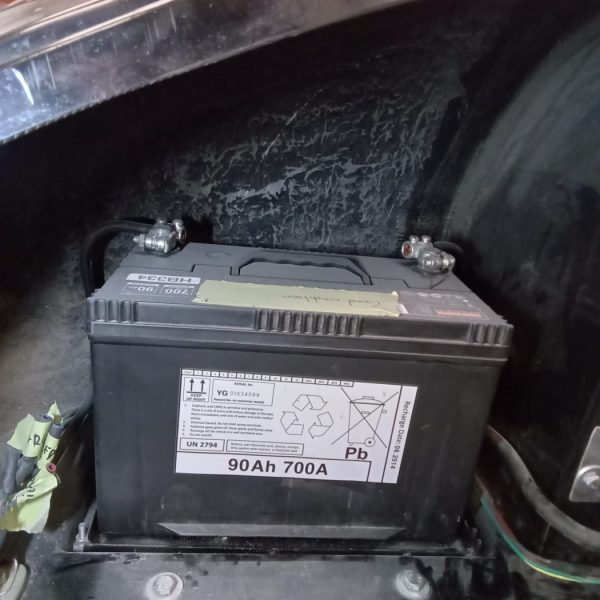
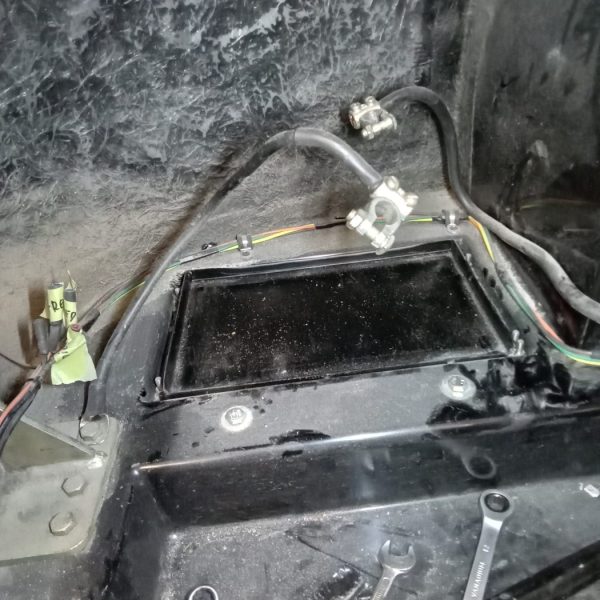
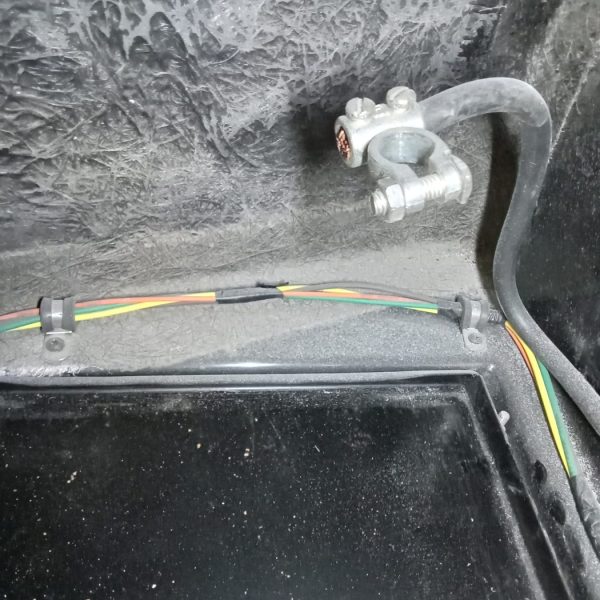
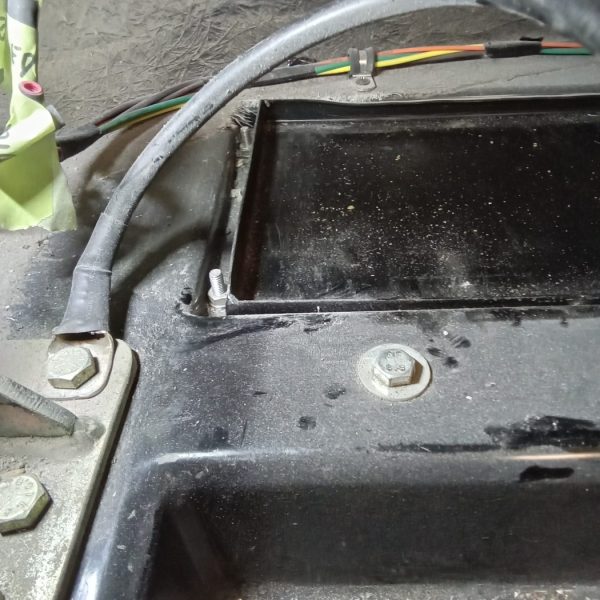
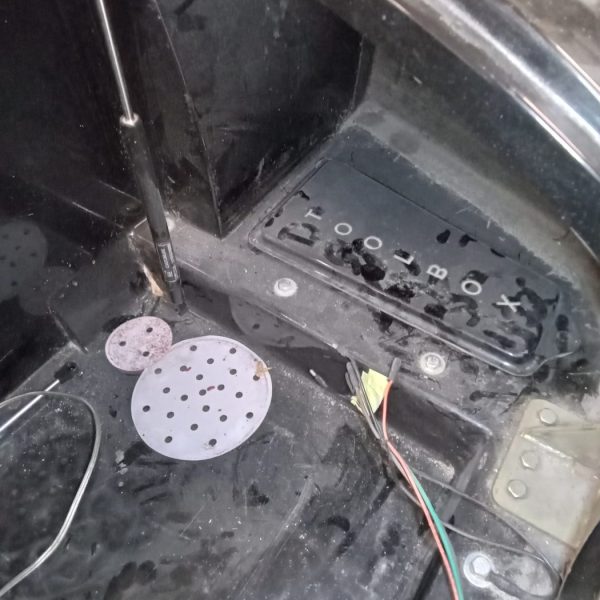

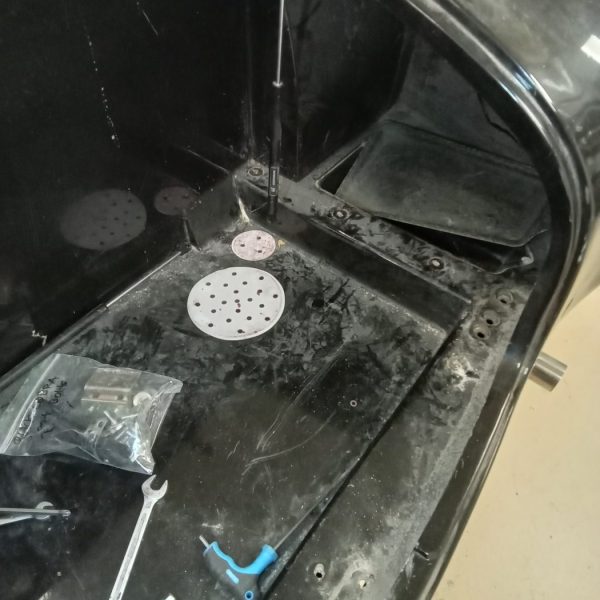
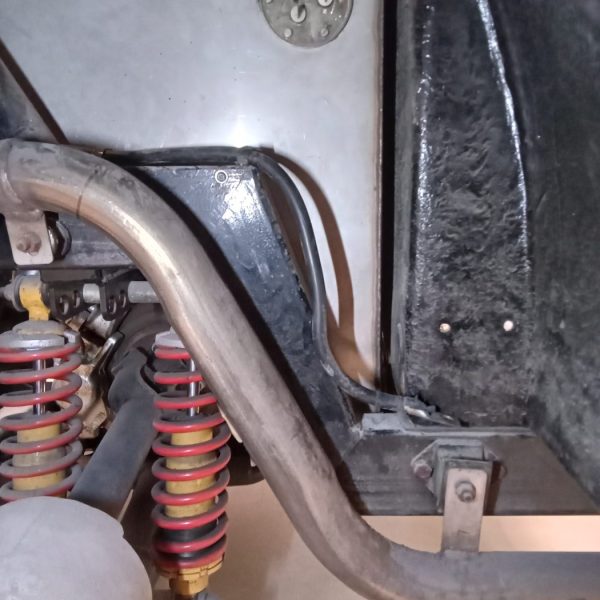
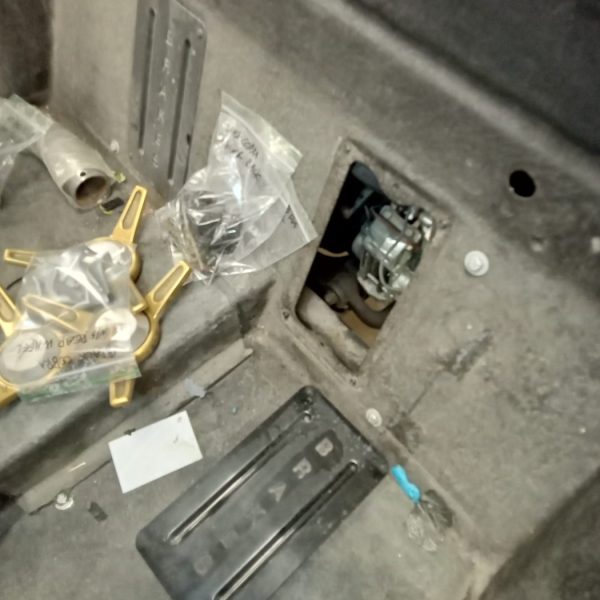

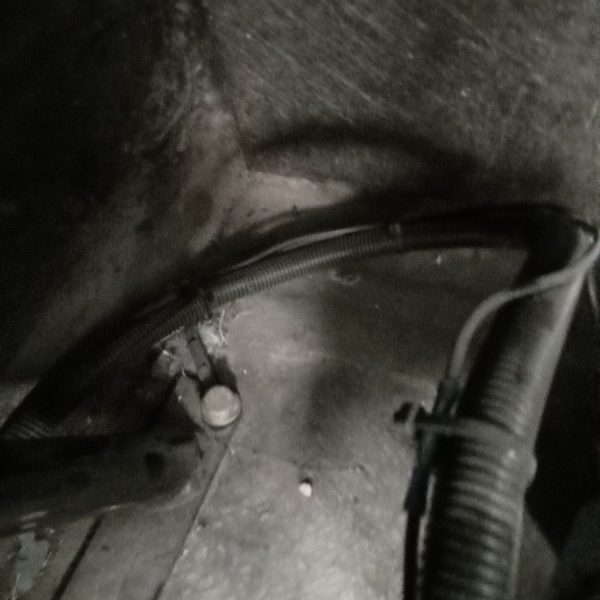

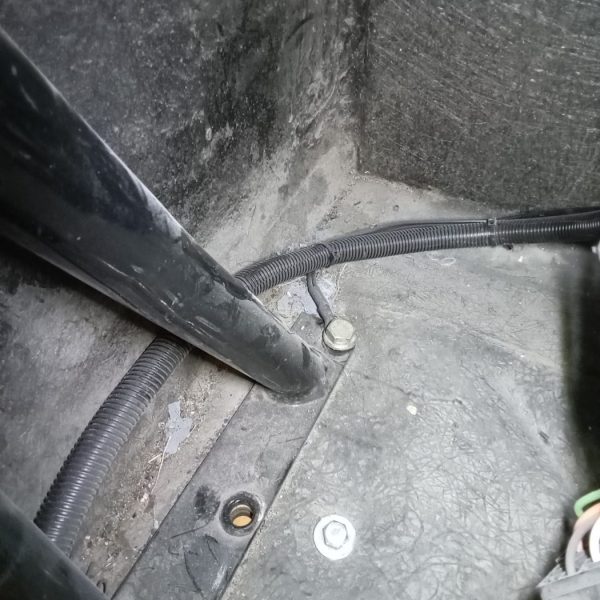
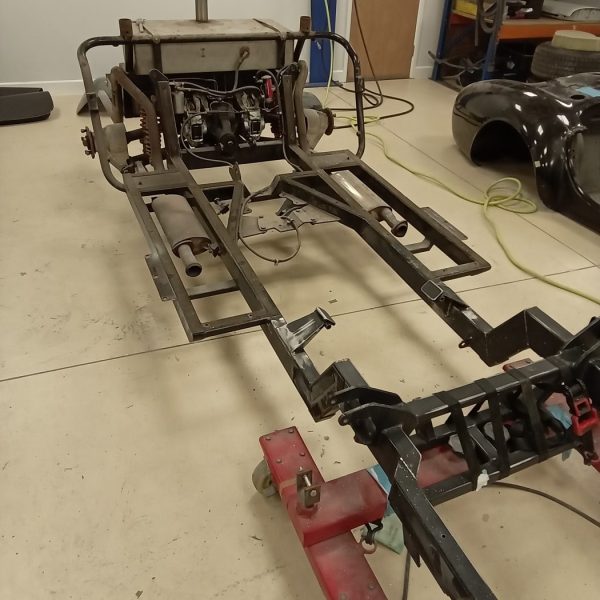

There’s been some incredible progress on our 1905 Riley 9hp in recent weeks.
Recently, the team here at the Bridge Classic Cars HQ have been working full-steam ahead on the 1-of-1 antique car.
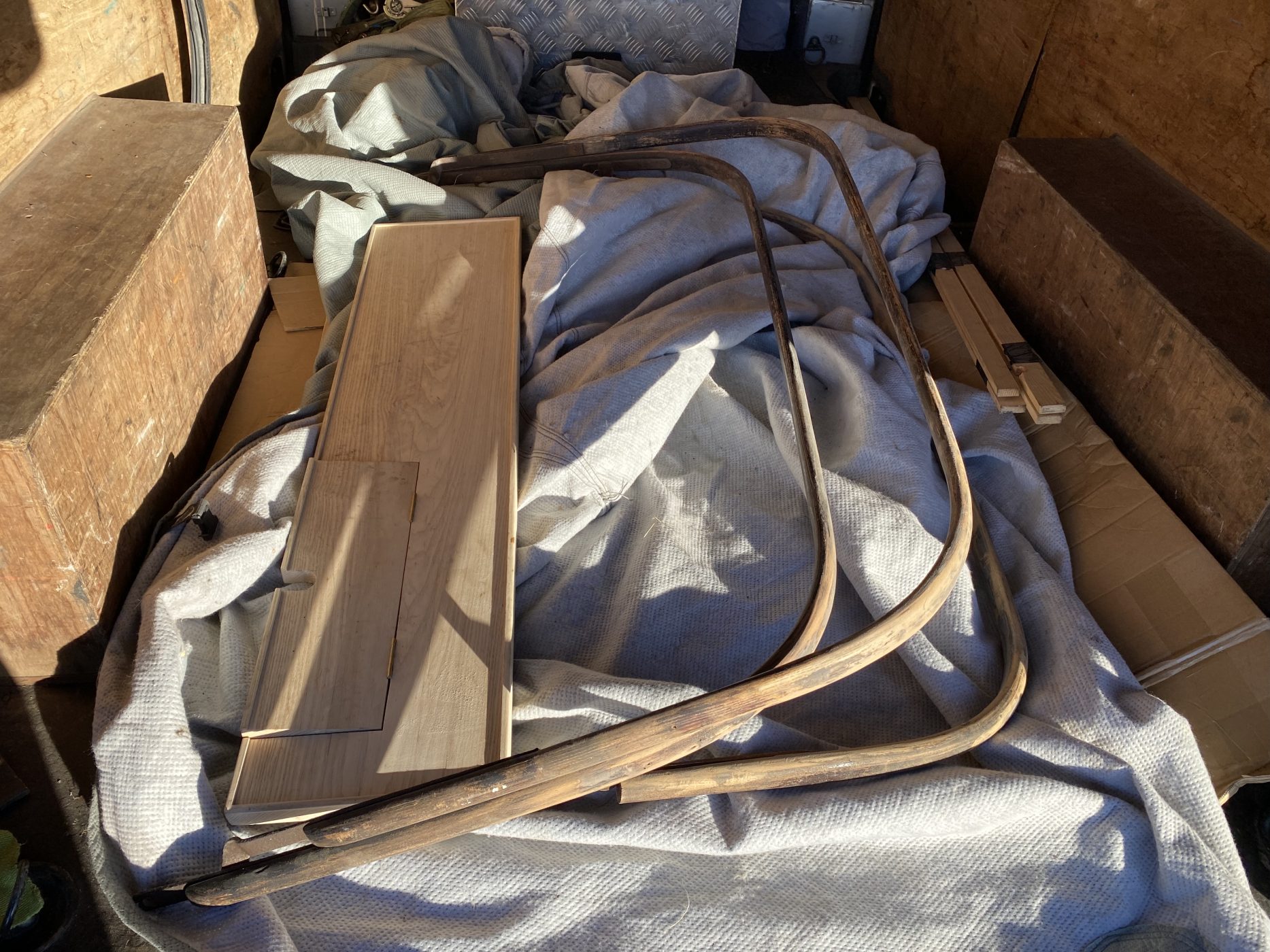
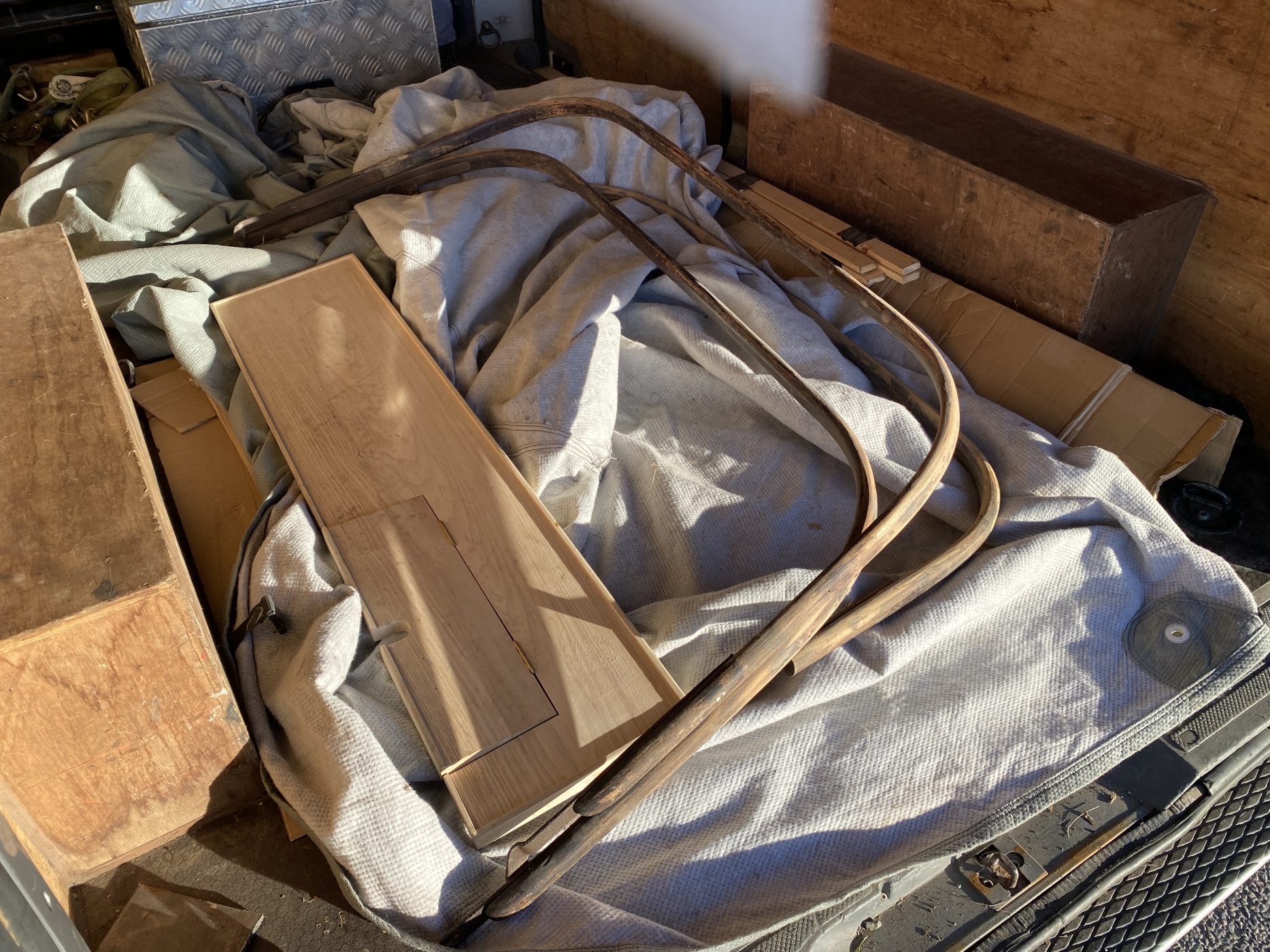
The wooden frame has returned from the team at Ashbocking Joinery ready for the trim team to continue their careful and precise work in bringing the wooden structure back to life with its handmade covering.
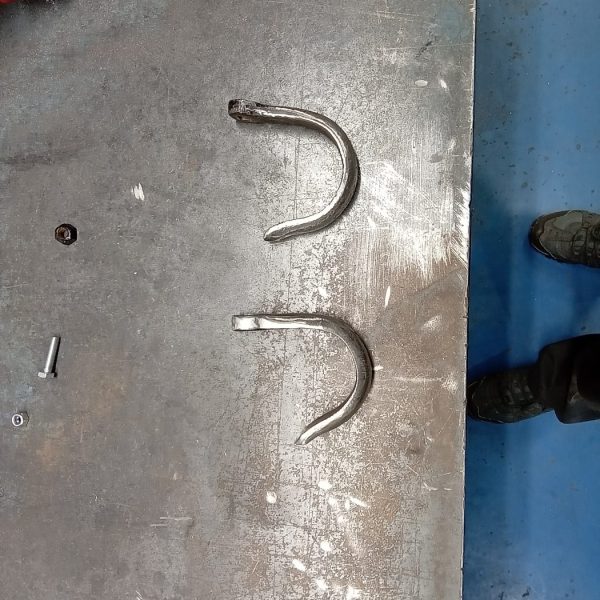

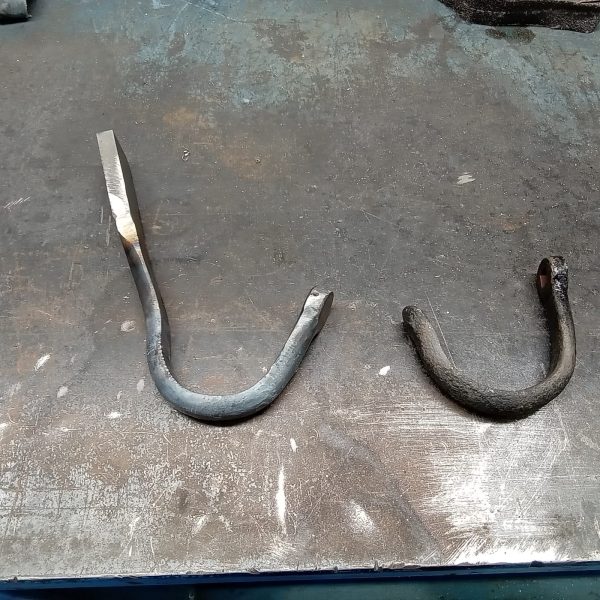
Meanwhile, the fabrication team have been working on recreating several pieces which needed to be re-manufactured for the hood to be fitted up properly for testing. These small hooks are part of the hood support system which needed to be made and shaped by hand to perfectly fit the 119-year-old car.

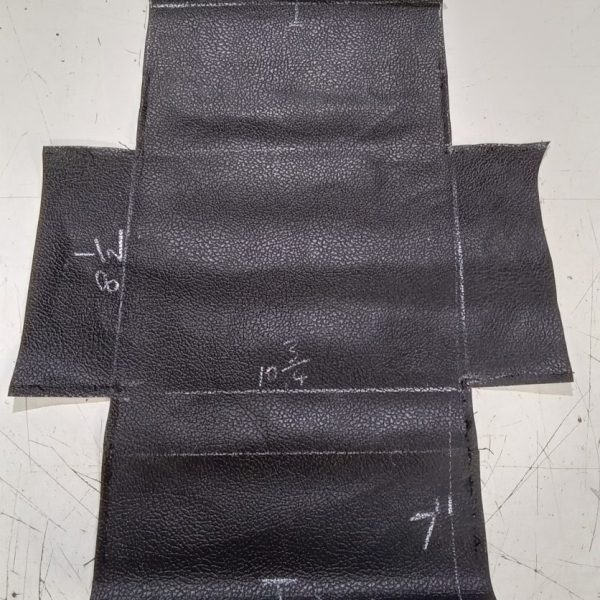
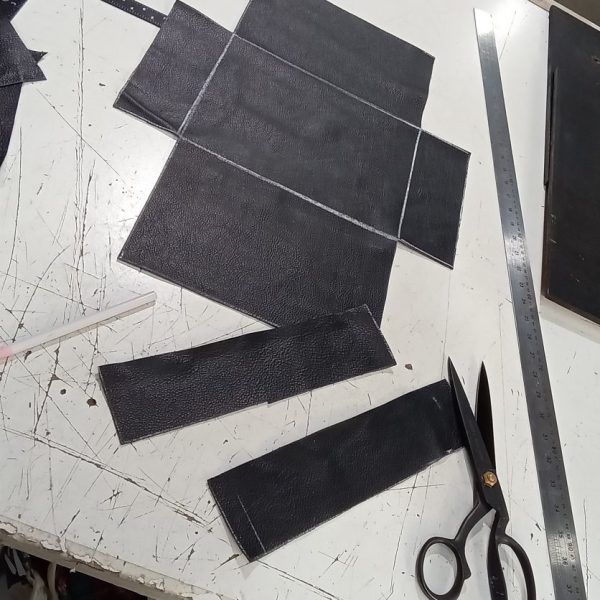
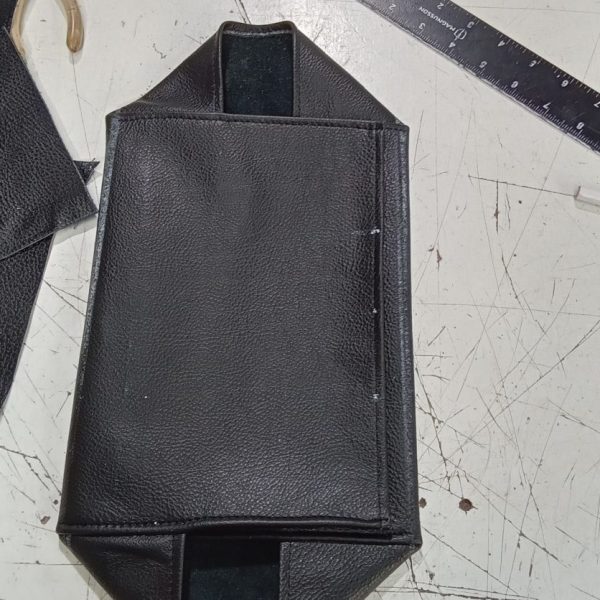

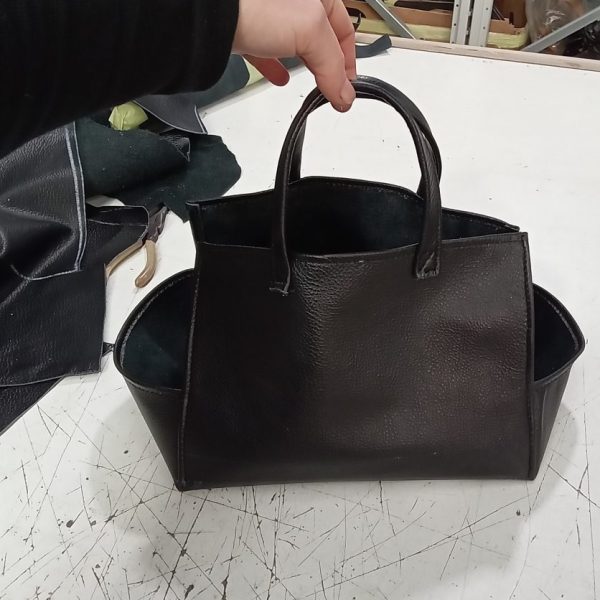
At the same time, our trimmer Lydia has been working on making a battery bag for the battery. Although its truly a safety item, she has made stylish and perfectly sized for the car. The whole purpose is to make it easier to remove the battery from the wooden box it is fitted into, but the thickness of the leather and the material itself allows for some dampening and deadening to protect the battery and prolong its life.
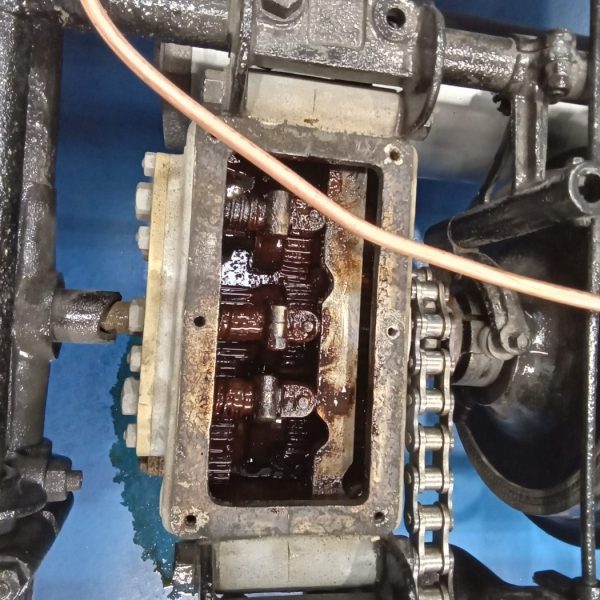

On the chassis itself, in the main mechanical workshop, Steve has been working on the gearbox. Before the car moves under its own power, Steve has completely flushed and cleaned up the gearbox internals due to the car being sat for long periods of time – and with this much hard work, devotion and passion poured into this very special project it made sense to do it at this time before the body is placed onto the frame for the final time.
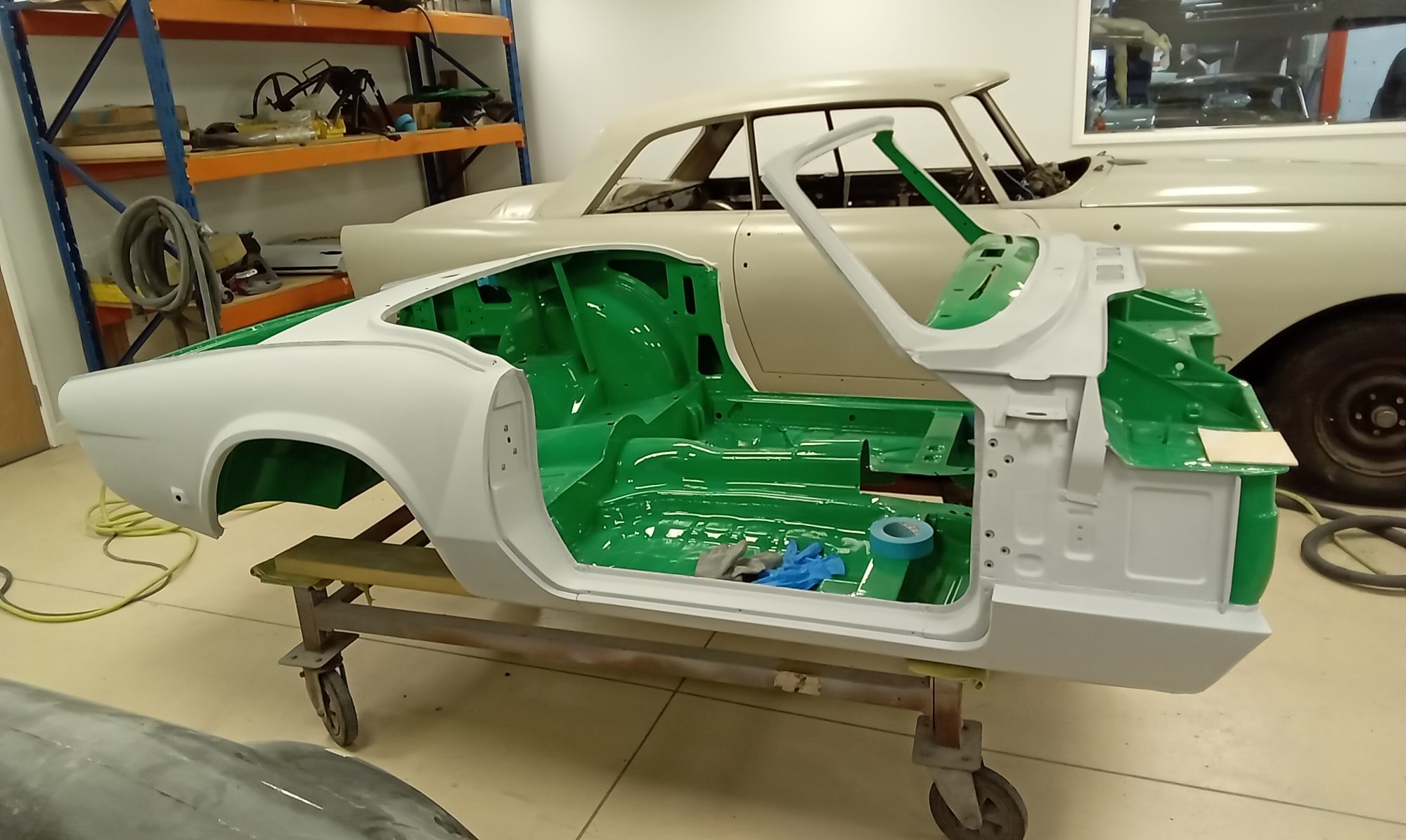
The paint team here at Bridge Classic Cars have been preparing the body of our 1976 Triumph Spitfire for the next phase of its restoration journey.
Al has been working on getting the body ready to be finished in its bright vibrant Green colour – with the whole body having every inch poured over so it has perfect surfaces ready to have its paint laid down.

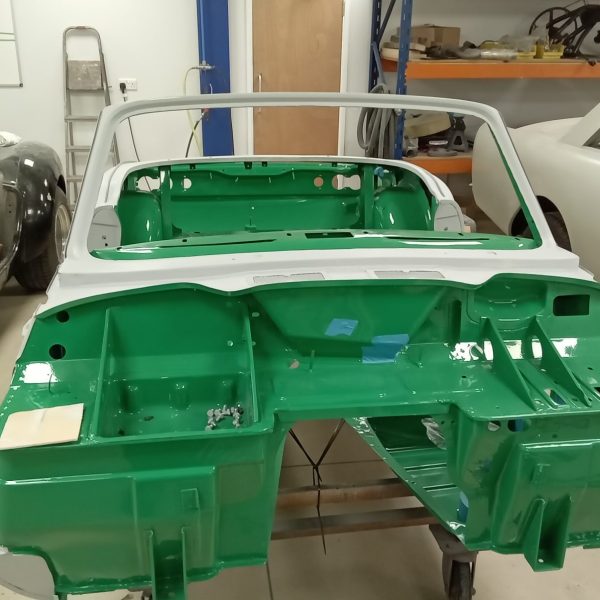
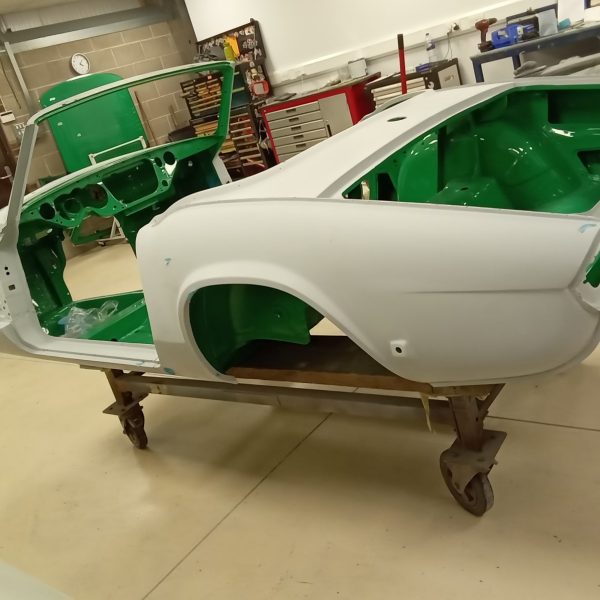
The trim team have been working on repairing the drivers seat to the 1992 Toyota MR2 which is currently in our Pettistree workshops.
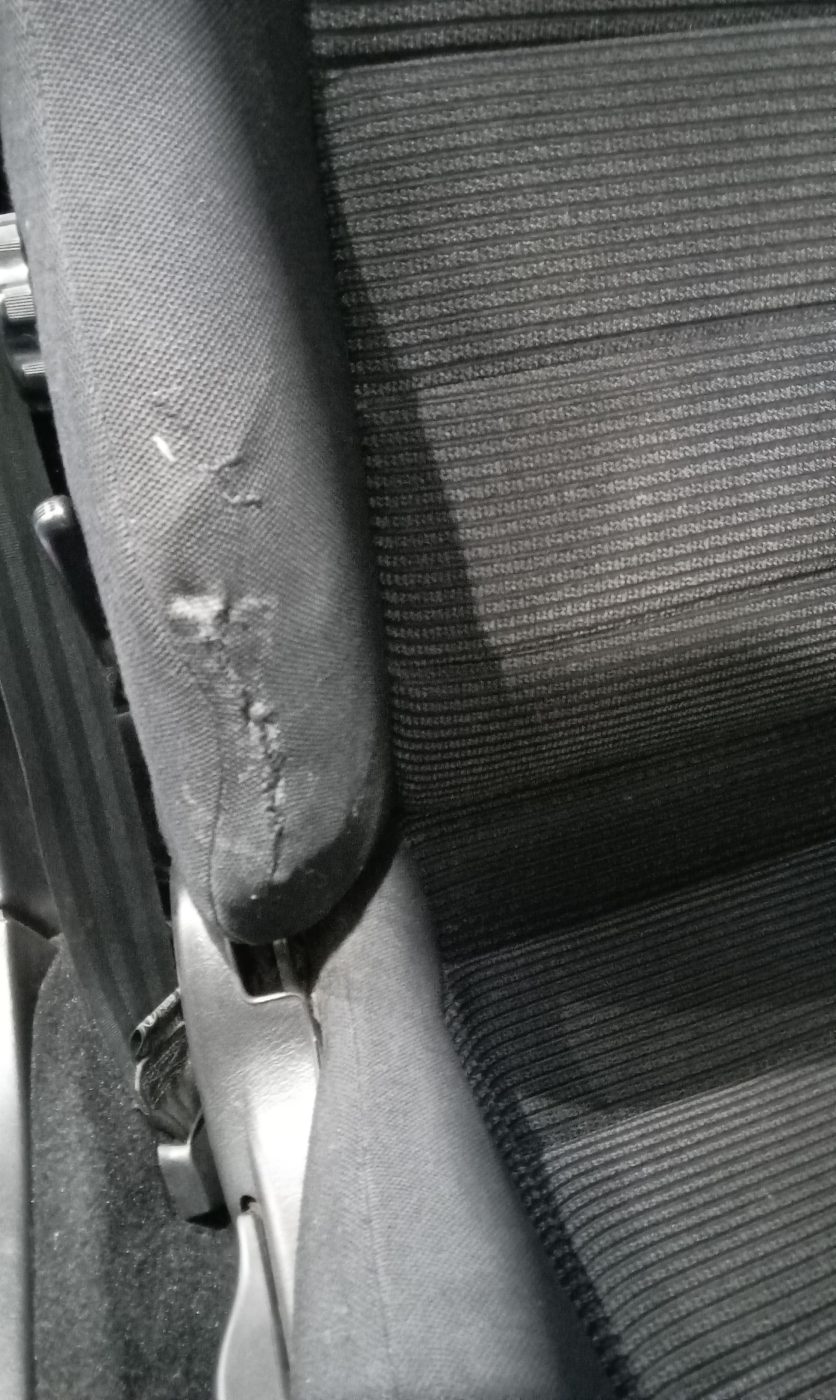
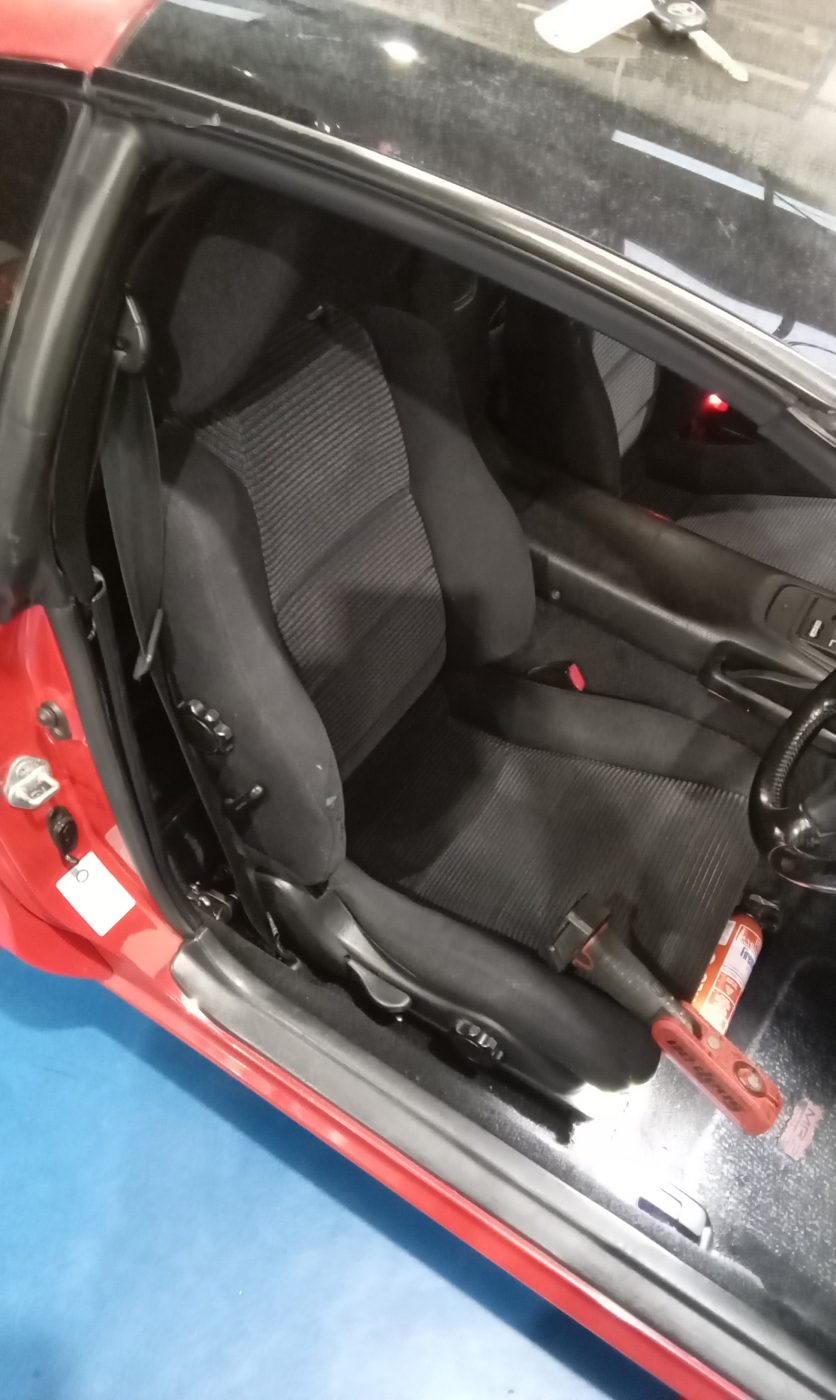
Lydia worked her skill on the drivers side bolster of the Japanese sports car before handing the unit back over to Jon to refit back into the car.
Jon has been carrying out the inspection of our 1974 Mini 850 Van.
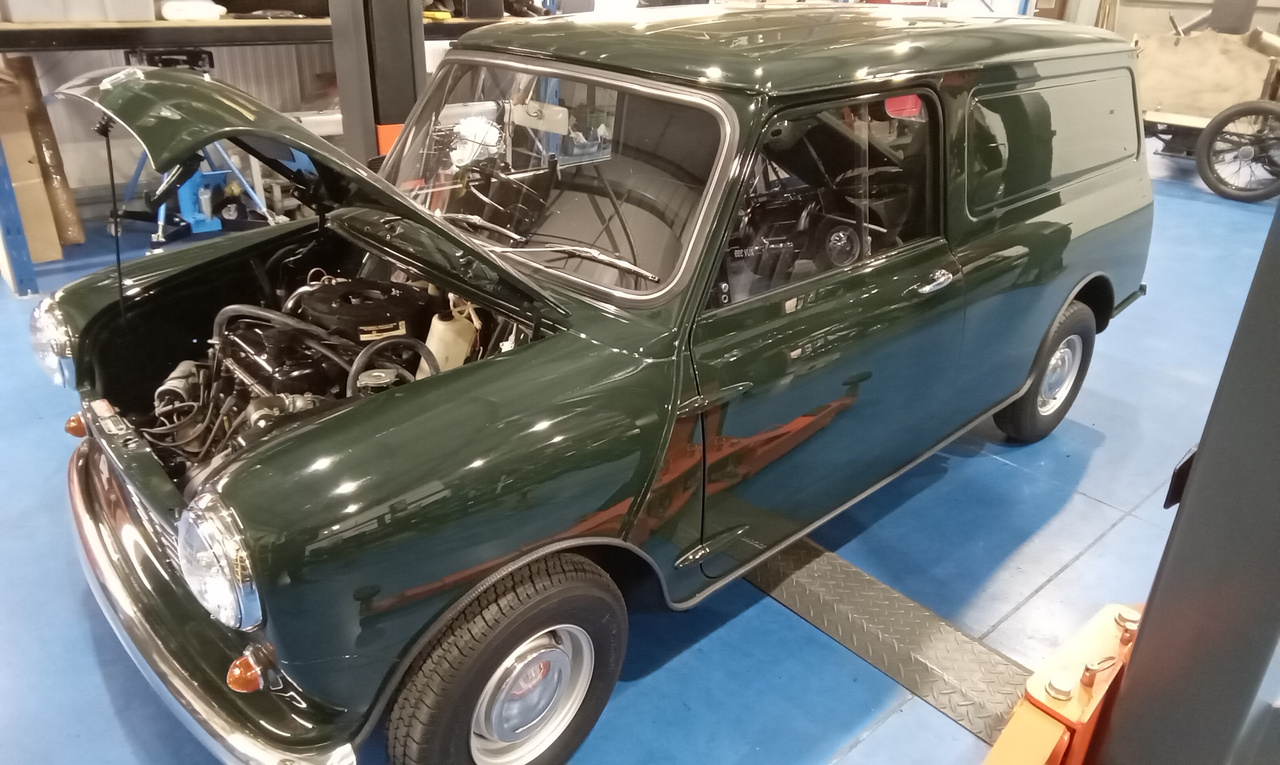
He began by topping up engine oil and screenwash in washer bottle, aling with checking all other necessary fluids. Next step was a full strip, clean and inspection of all brakes and then refitting the drums and adjusting till just right. Following that, he fefit all wheels and torque to 60nm before inflating all tyres to 26psi. One of the final stages of maintenance was to put 5 liters petrol in and attempt to start. The Mini started ok, but the petrol gauge showed no moment. After manually wiring the fuel sender the gauge began to work. Jon drained the fuel and remove the sender unit from the tank. He found sender seized and rusted so proceeded to strip and clean/free off.
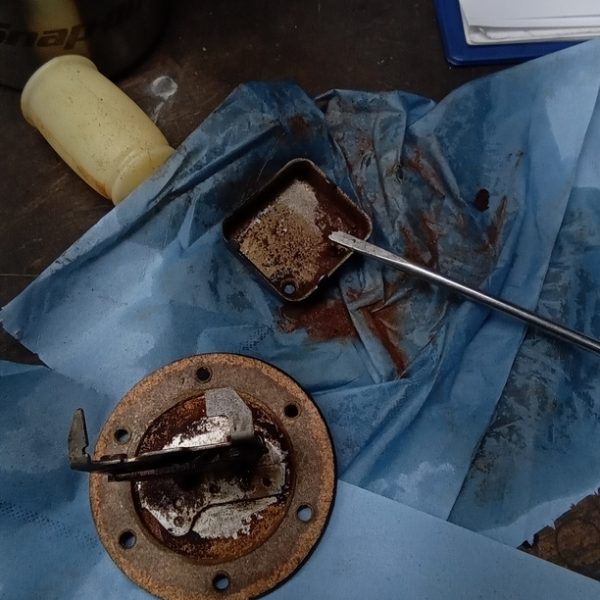
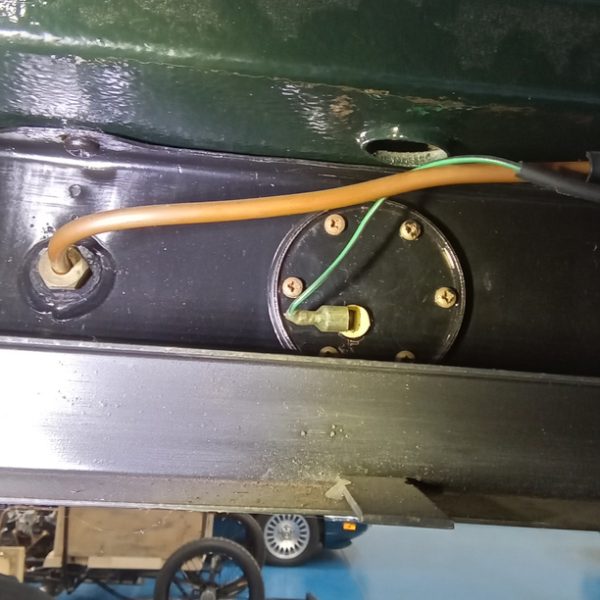
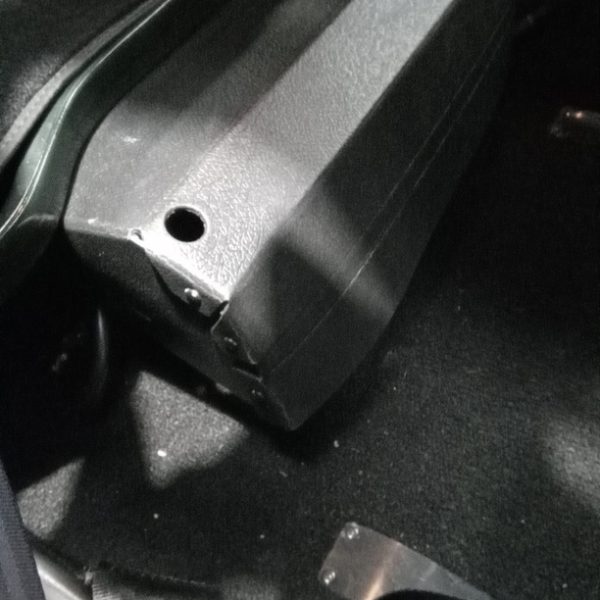



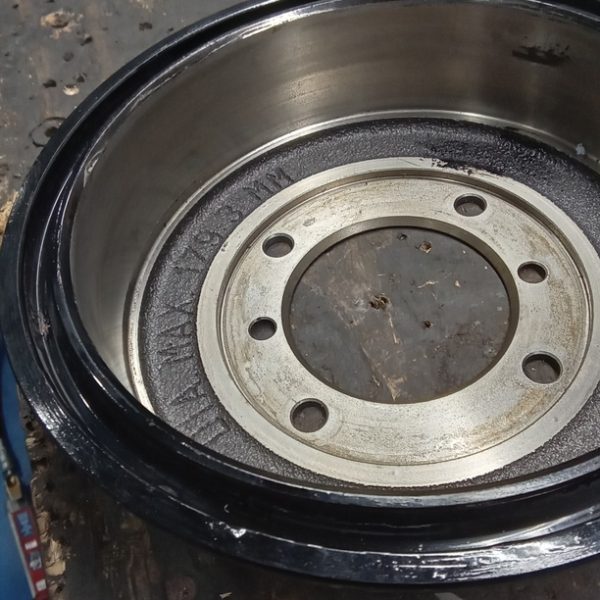
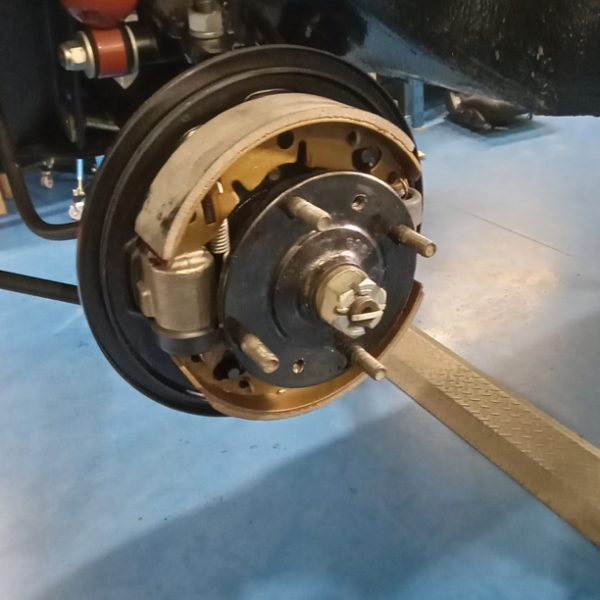

Jon cleaned the contacts and re-assembled before fitting back into the car and test through range – He reported back it is working fine now, refitting the unit back to the tank and put the fuel back in. After checking the guage, it now reads half a tank.

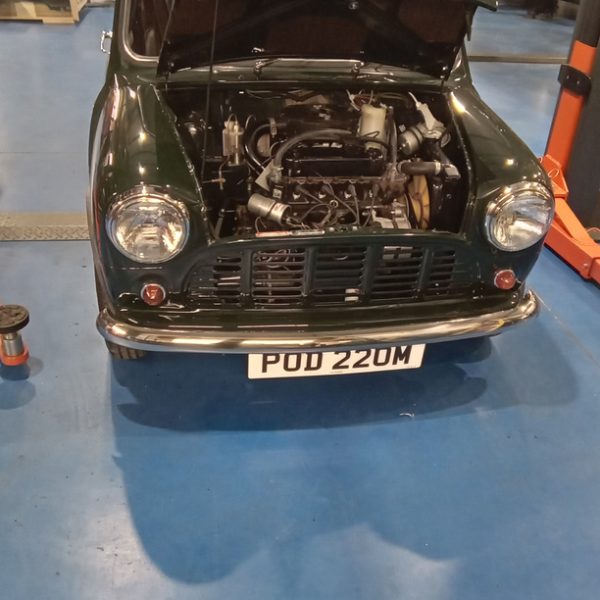
Finally he secured the battery, lubricated the sliding windows and then carried out road test.
After the road test and finishing the inspection, Jon carried out road test before returning to the workshop. On returning, he adjusted the passengers door lock, adjusted the idle speed and then road tested again with our trimmer Lydia in the back on the classic Mini van to pin point rattles which was traced to the rear door lock. Returning to the workshop, Jon removed the lock mechanism from rear door to strip and inspect. Using double sided tape with backing left on to remove any play from the mechanism rods. After opening up the mechanism, he found not a single ounce of grease inside mechanism – So thoroughly lubricate with grease and reassemble. Refit to door and test. No rattles now.
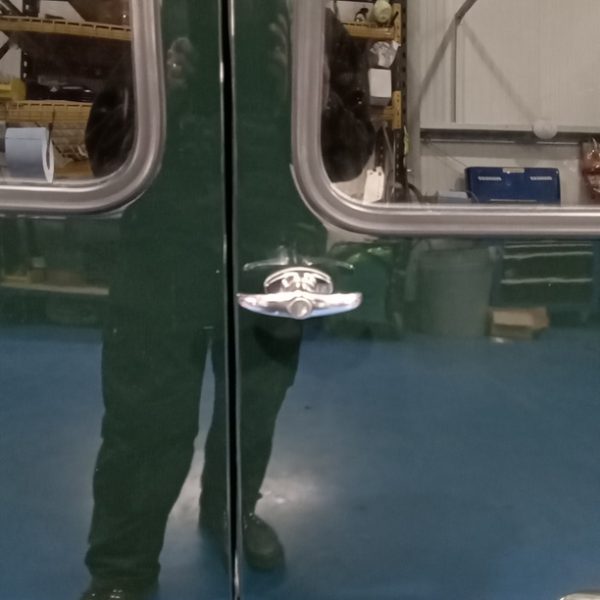
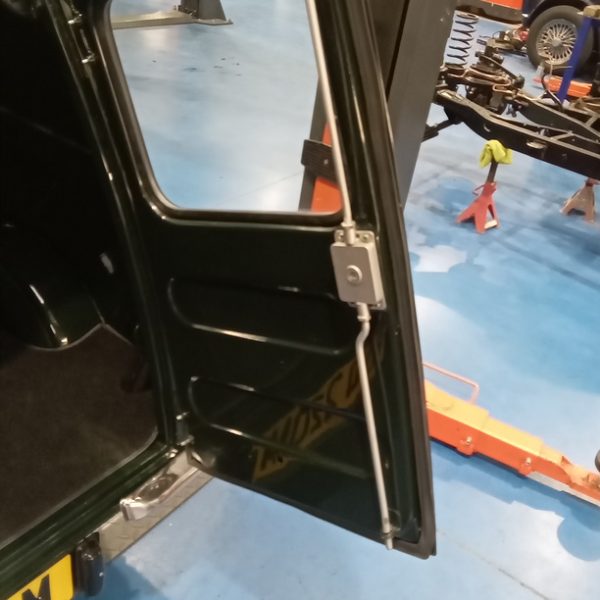
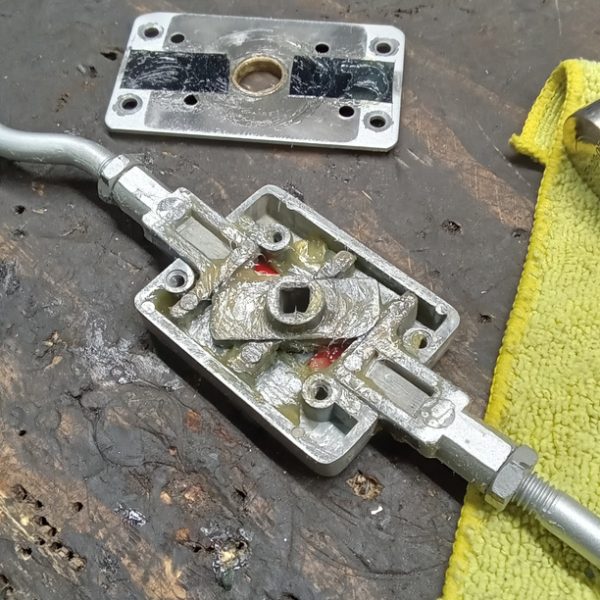
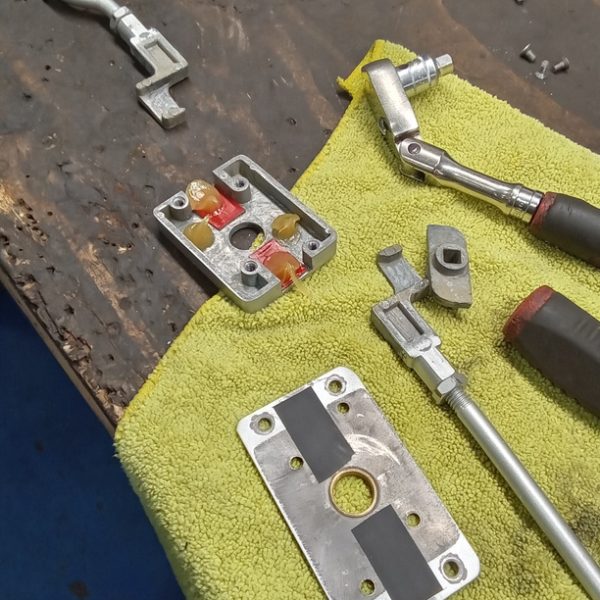

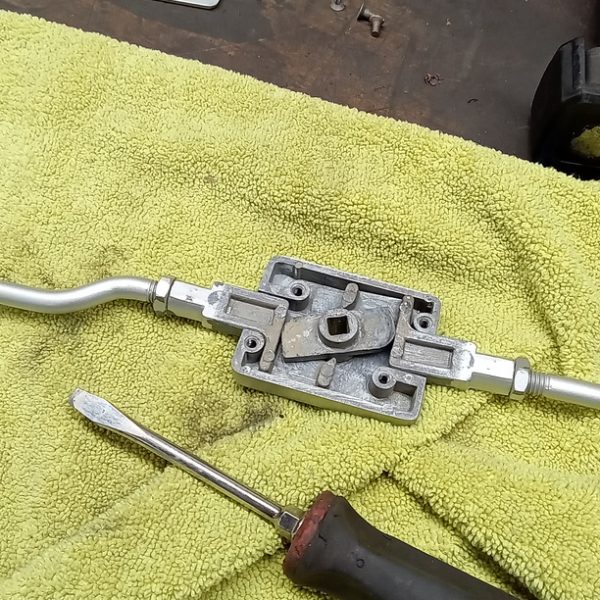
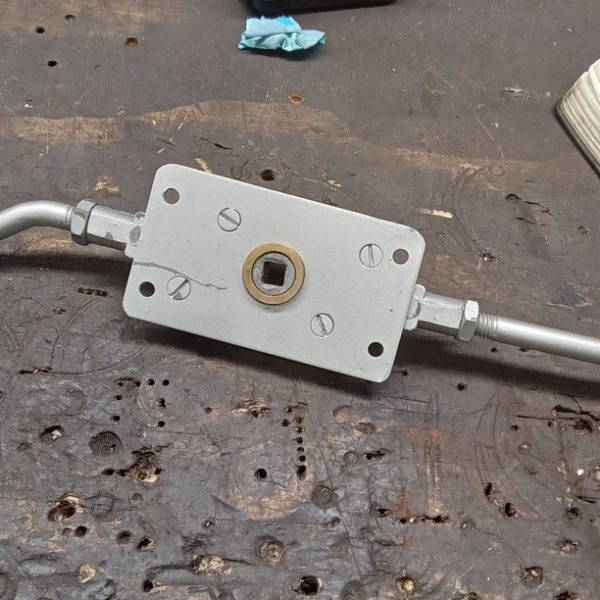

It played an important role in many young petrolheads lives. Whether it be watching the roads pass by from the comfort of the bench back seat, or from behind the wheel with your first taste of automotive freedom, this classic perfectly captures a moment in time for so many of us.

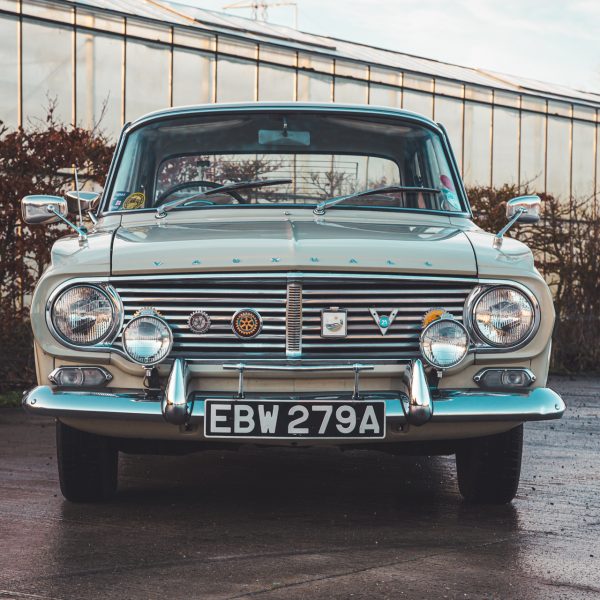
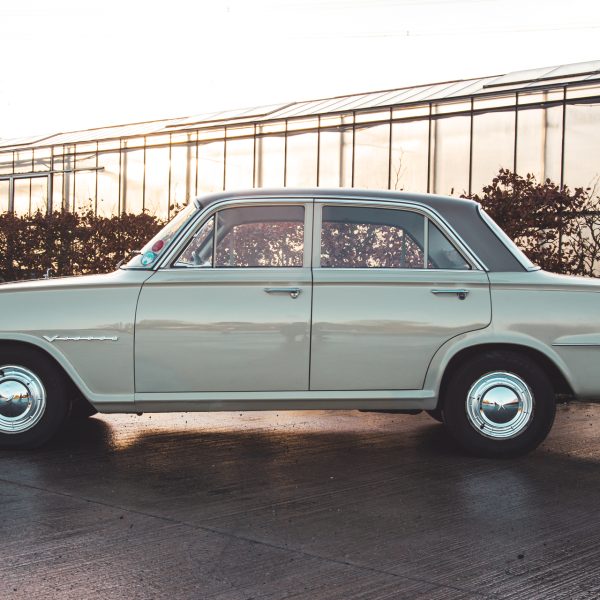


It’s our 1963 Vauxhall Victor FB and it could be yours for just a few pounds…


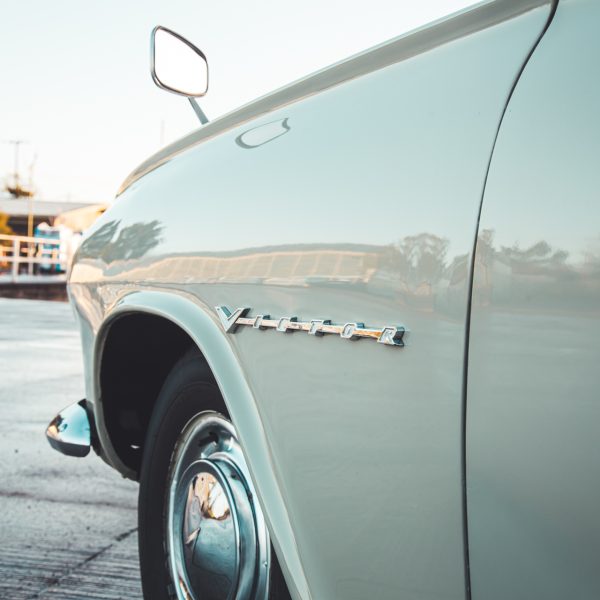
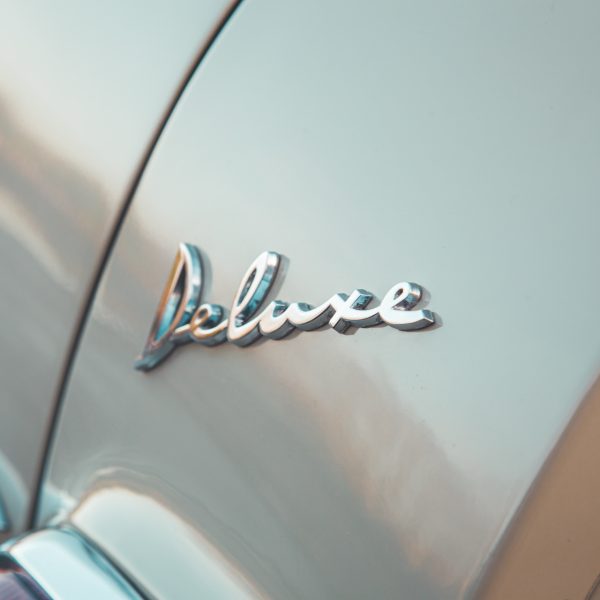

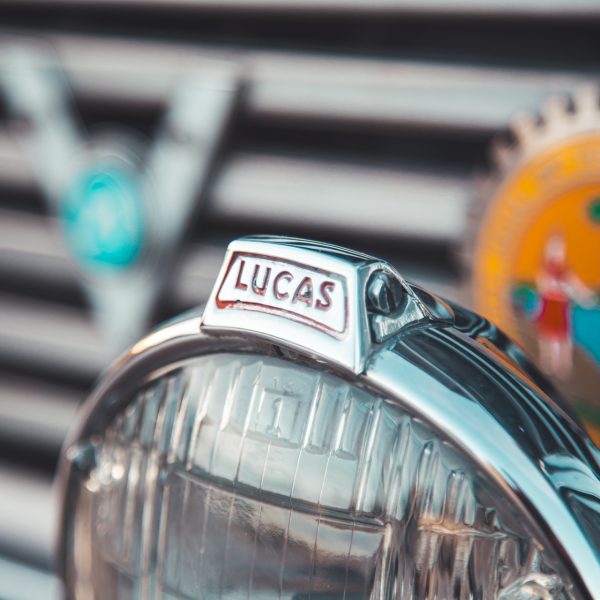
Finished in period correct Limestone White with a matching, characterful patina’d interior our Victor FB has been kept as a time capsule to preserve its originality.
Fitted with the classic Vauxhall 1.5-litre 4-cylinder and 4-speed manual gearbox, this time capsule is the perfect way to go back in time and relive days gone by.


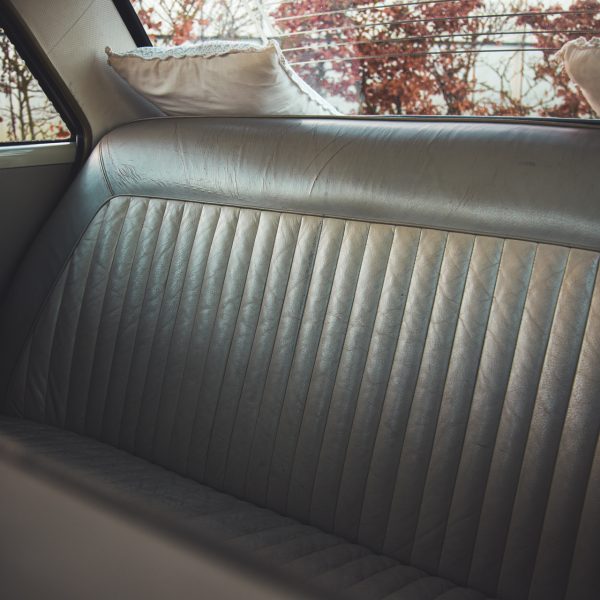


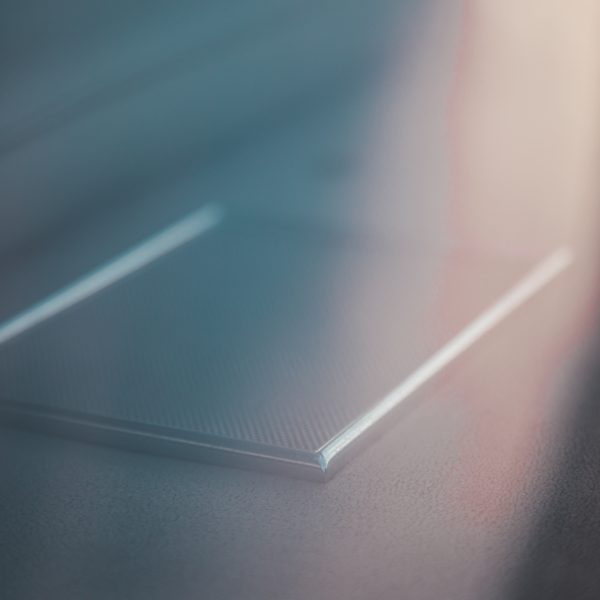
Included in the cars history folder are invoices and receipts dating back to the mid-1980s.
Why not go back in time with our Vauxhall Victor FB? Enter now for your chance to win.

Take a look at the full gallery and video here:
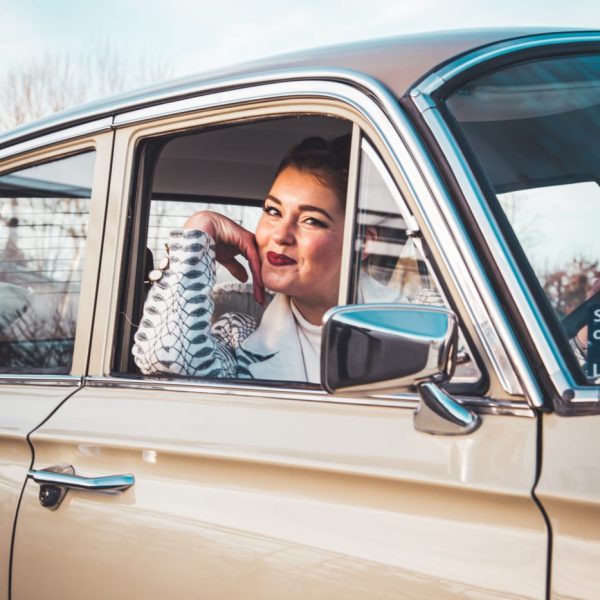
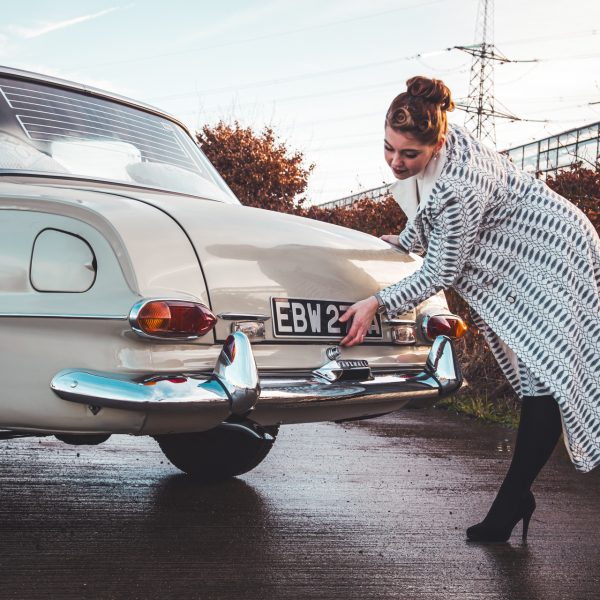






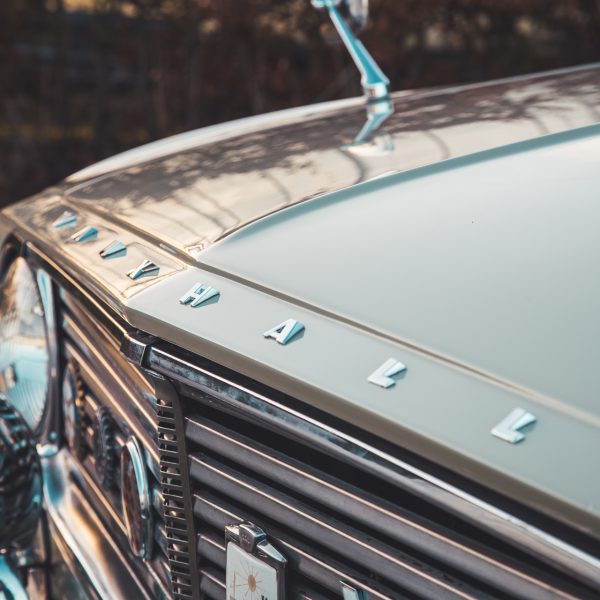
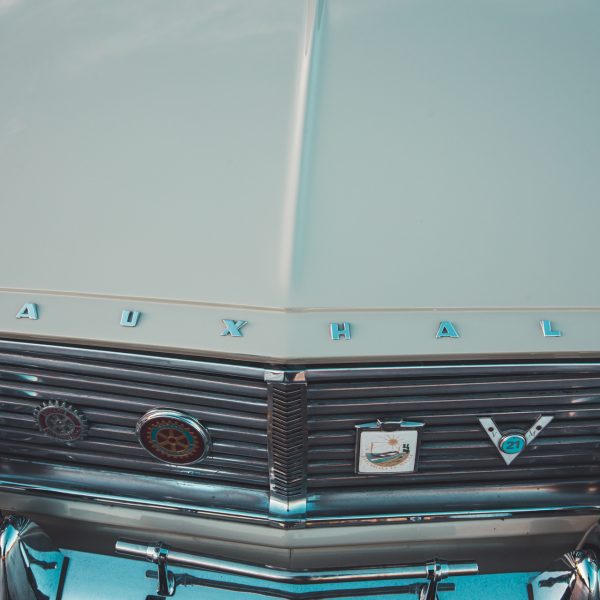
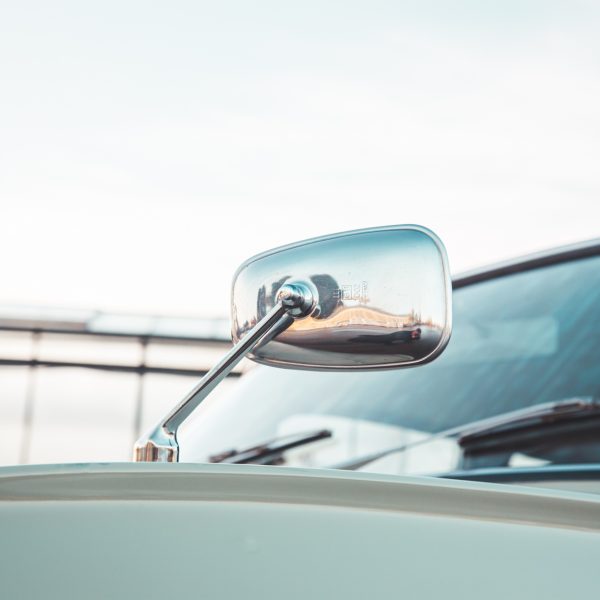

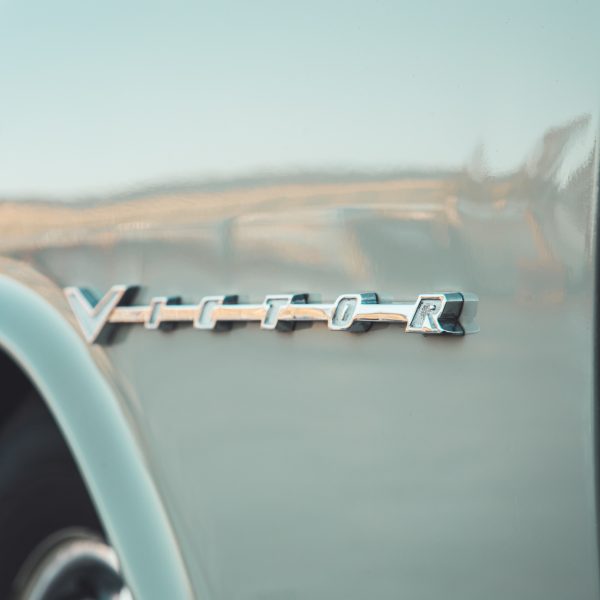
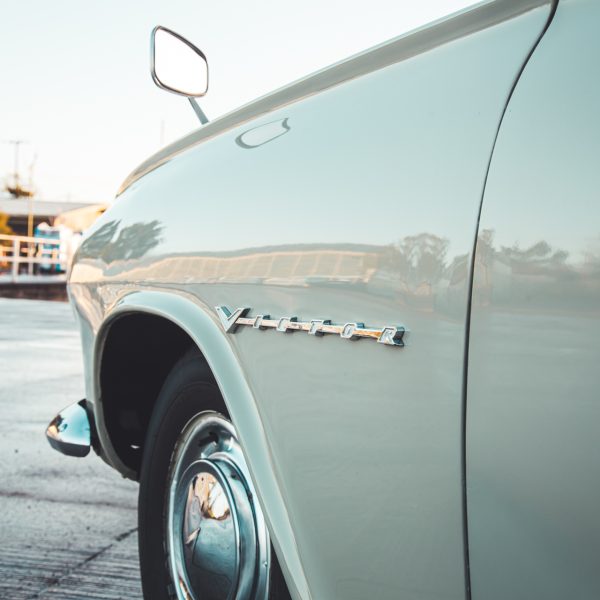

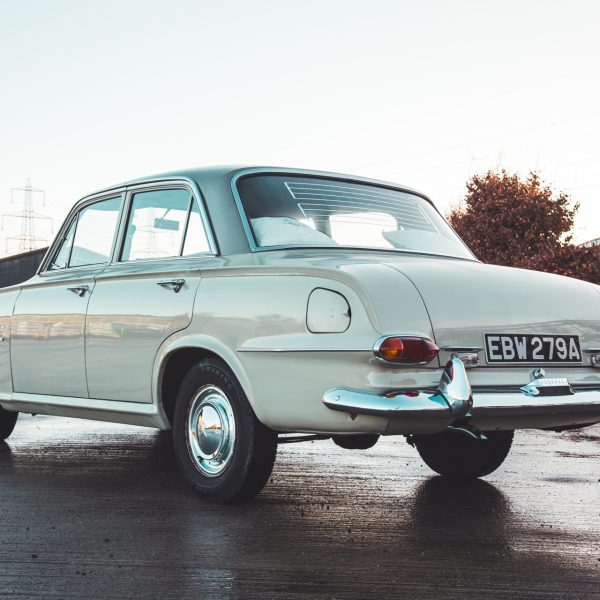

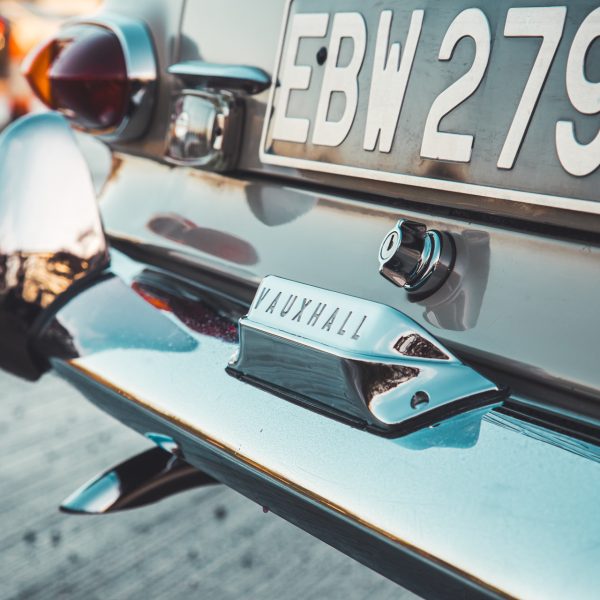
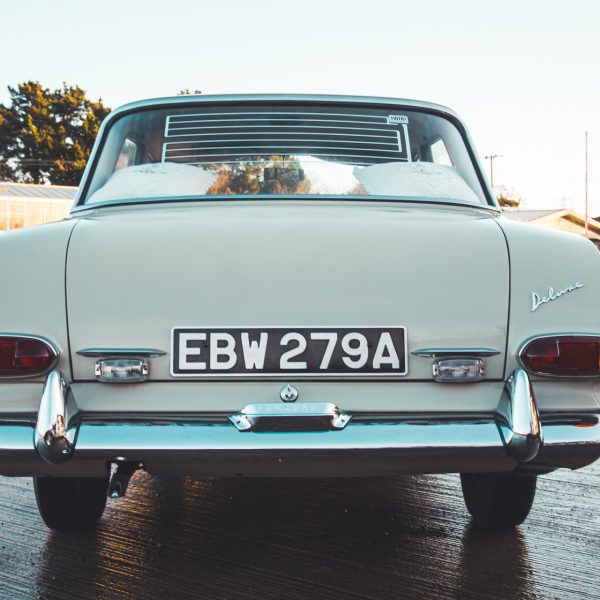
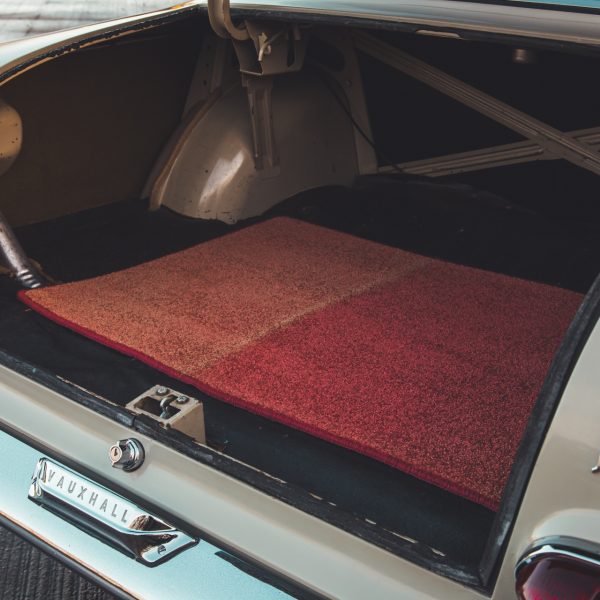
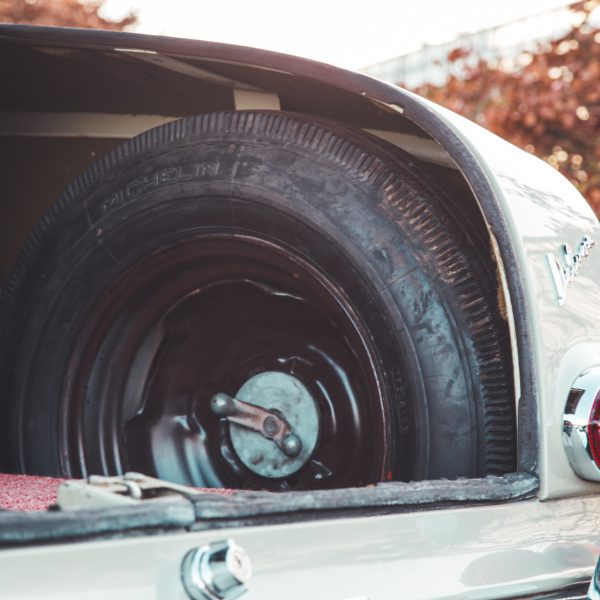


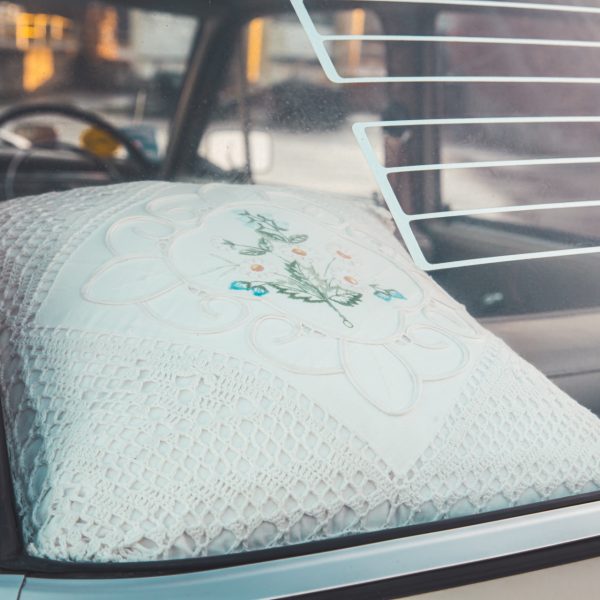
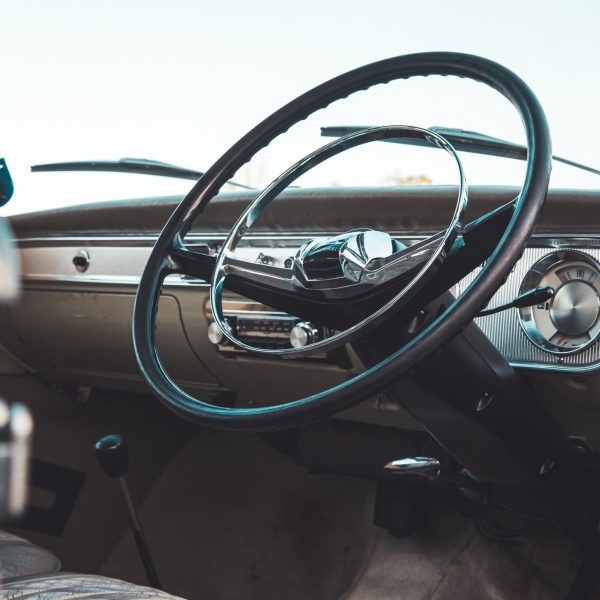
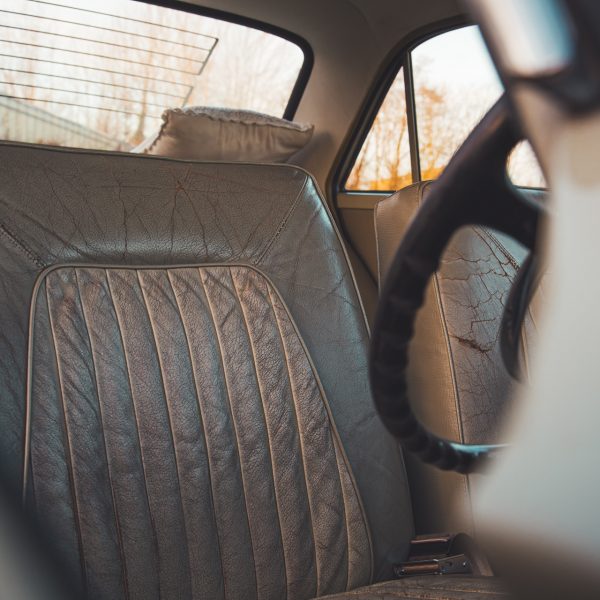
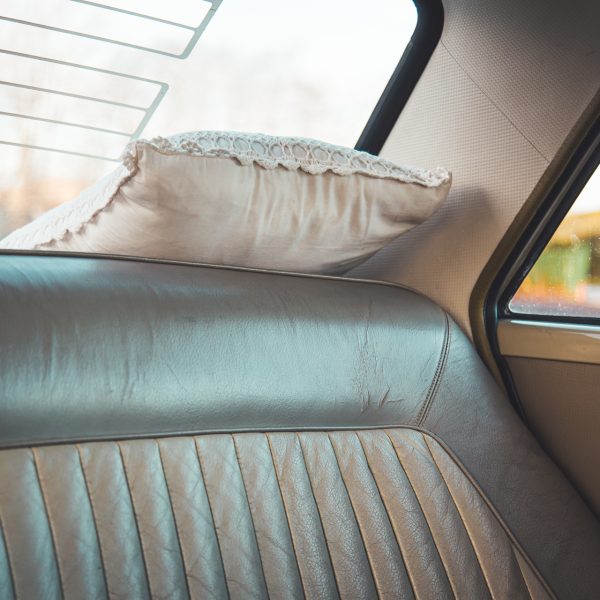
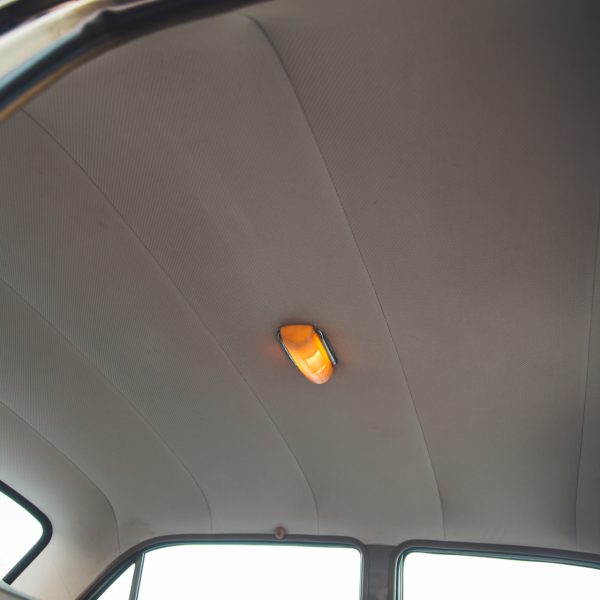
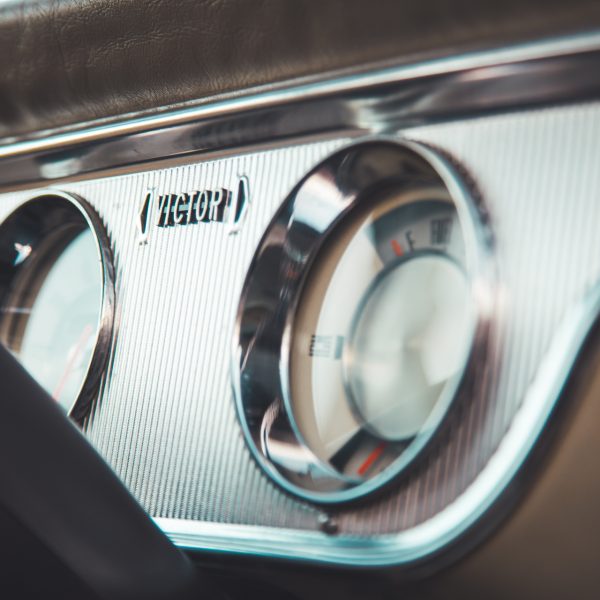


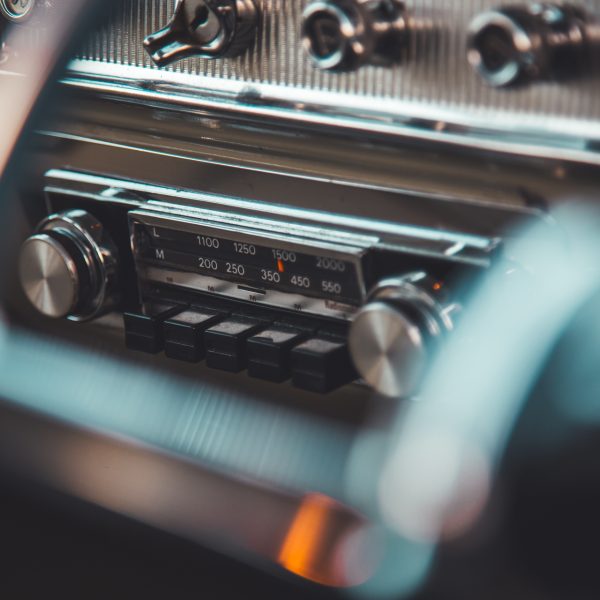

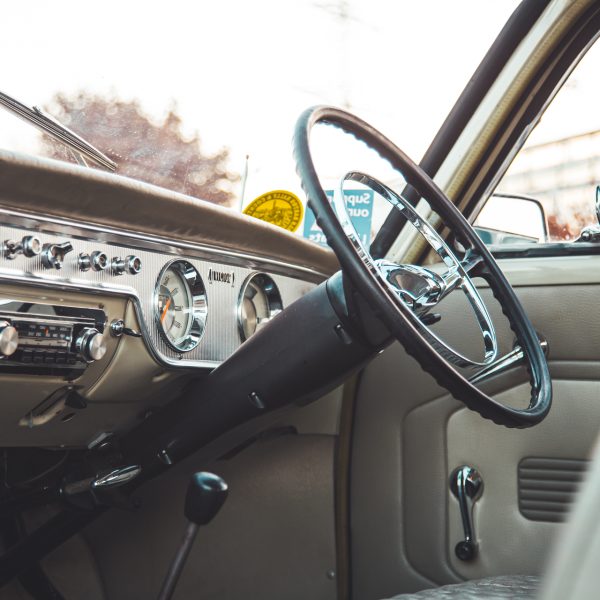
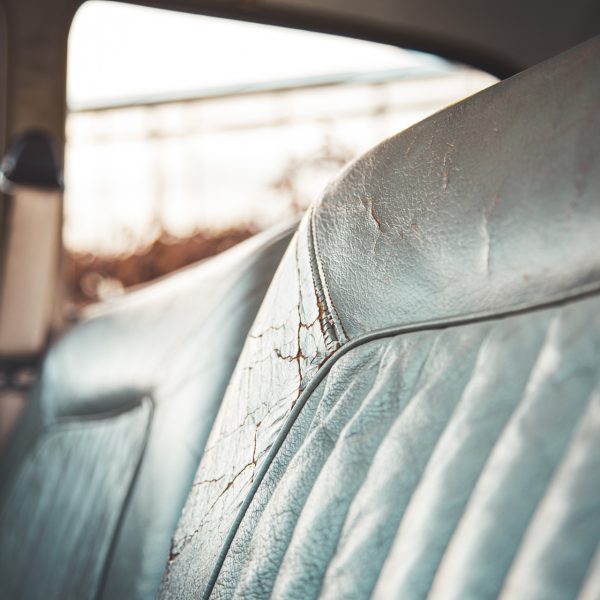
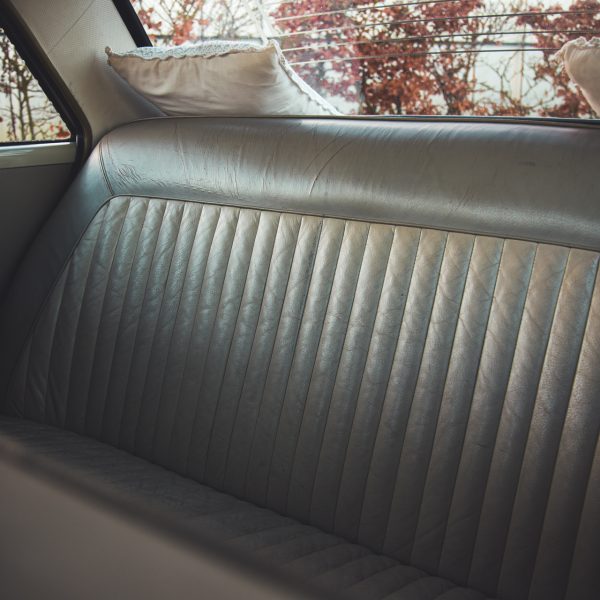

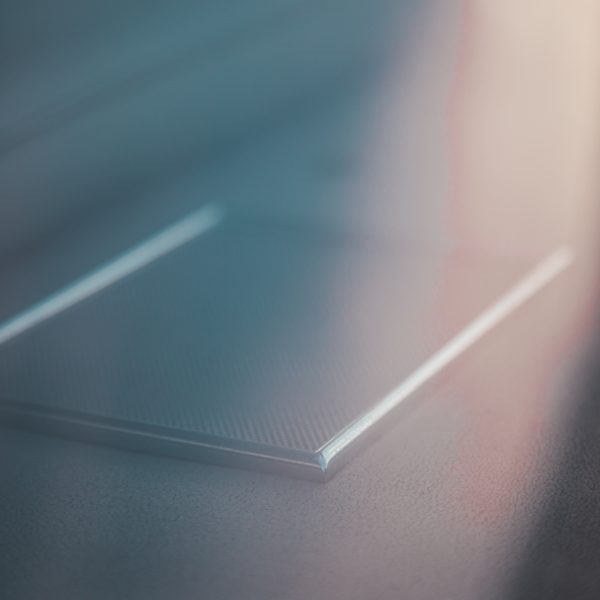

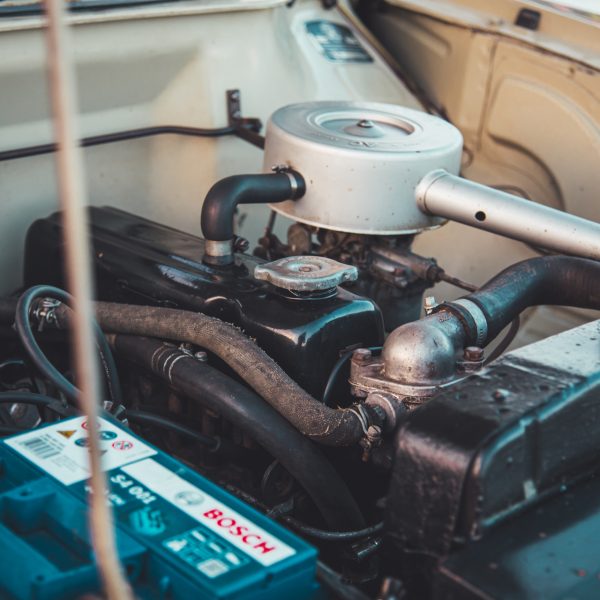


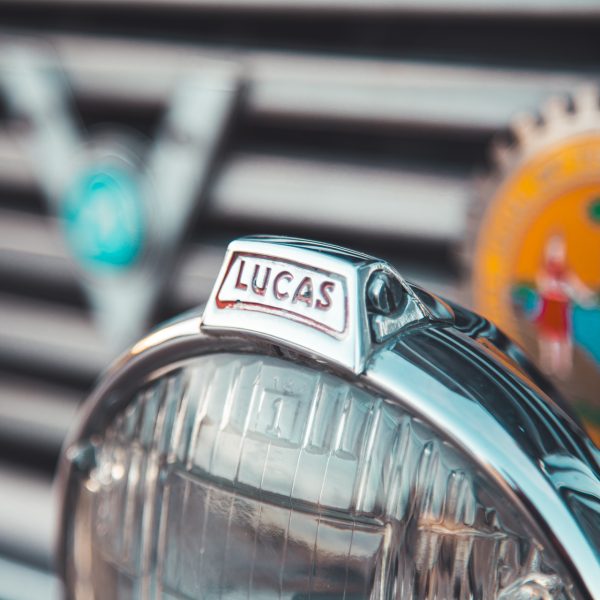
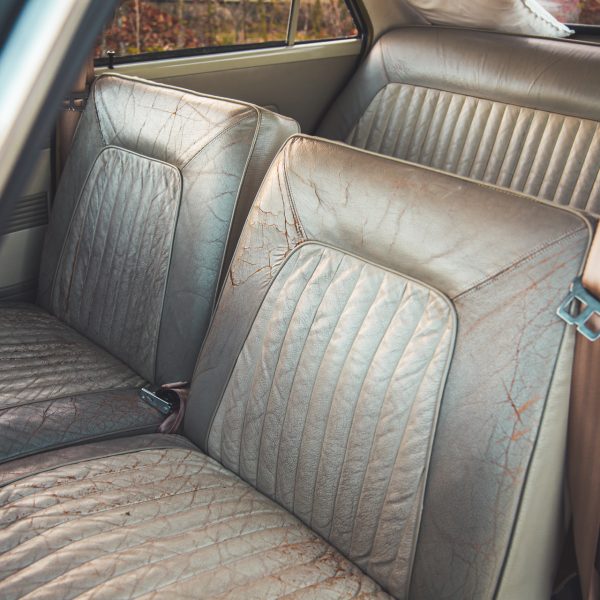
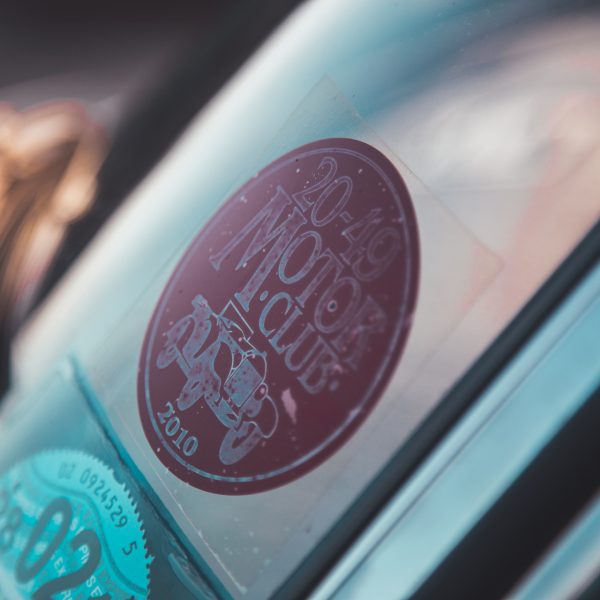

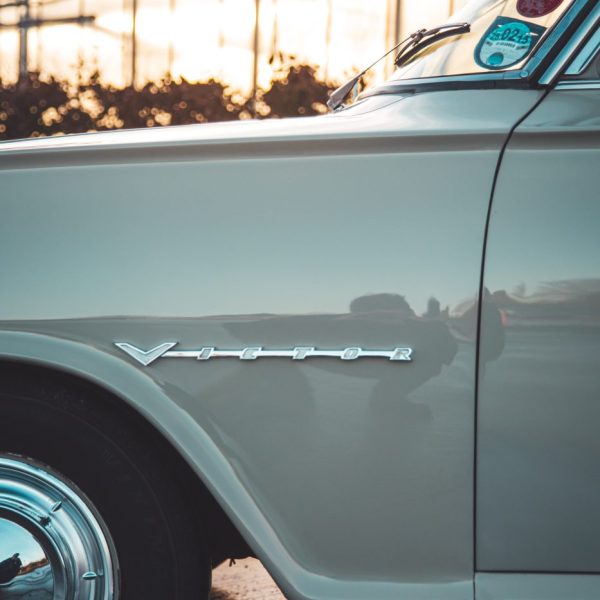


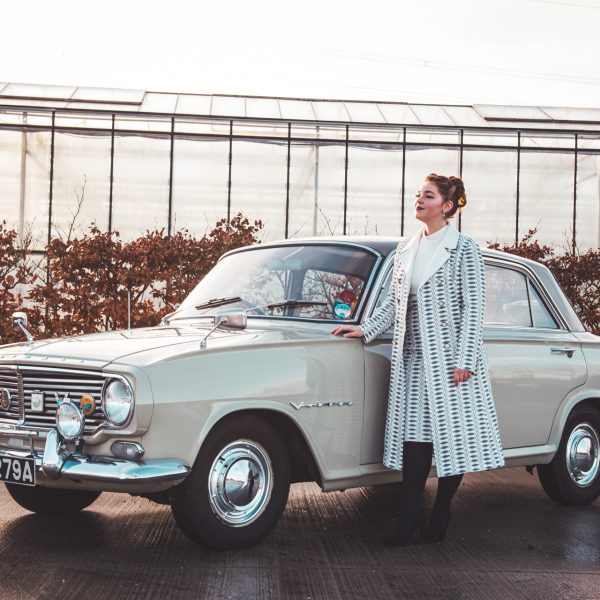



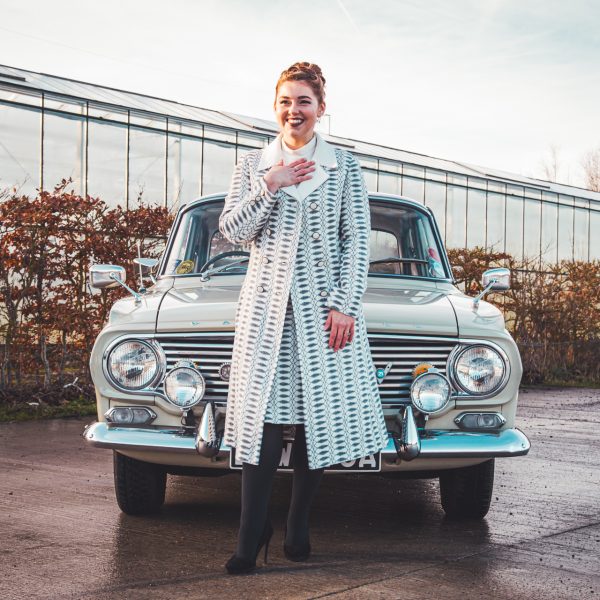




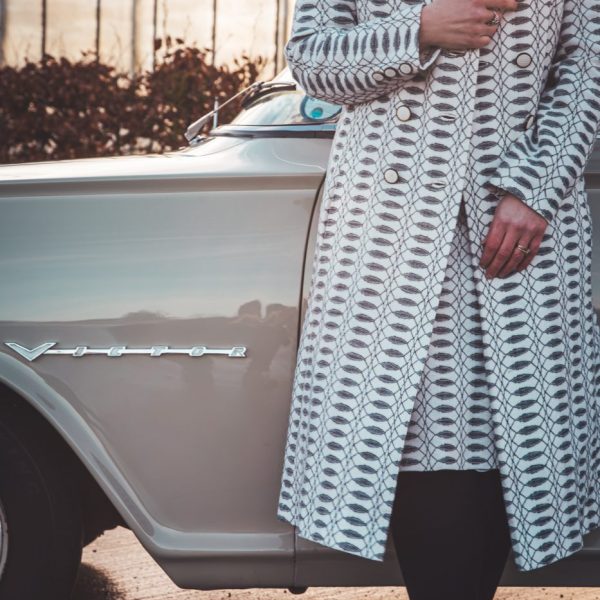
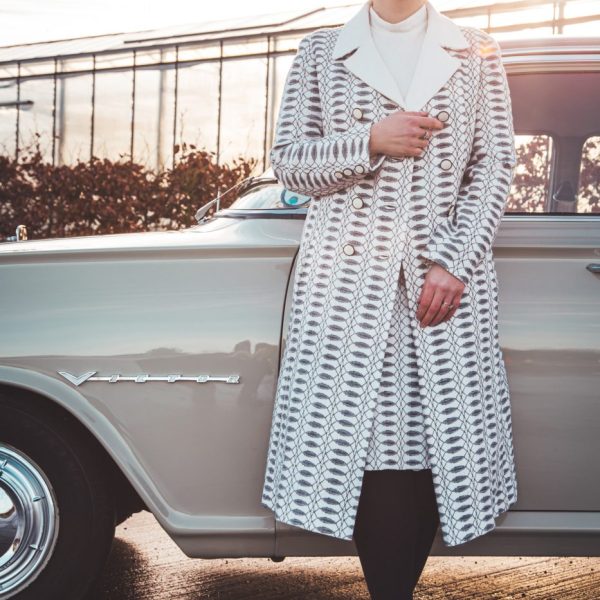




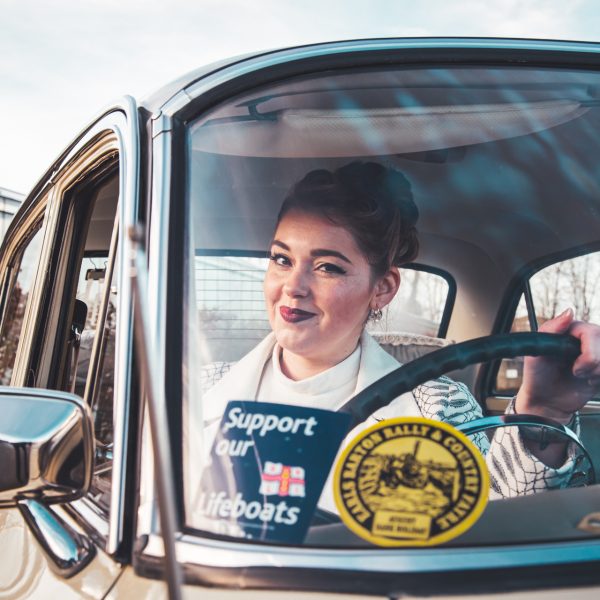
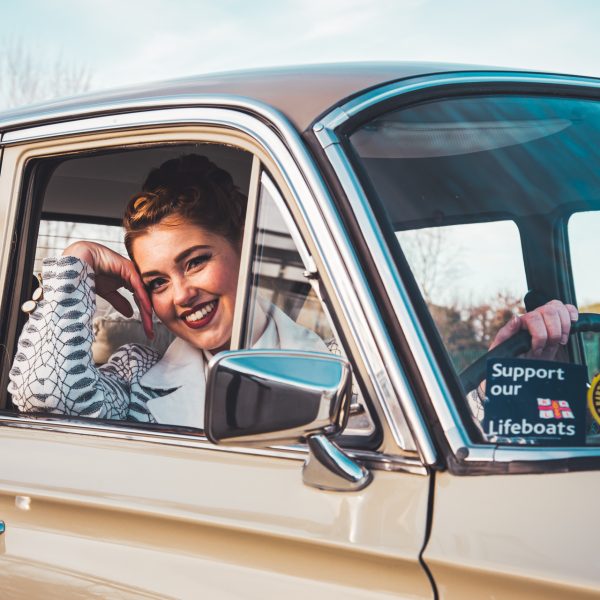
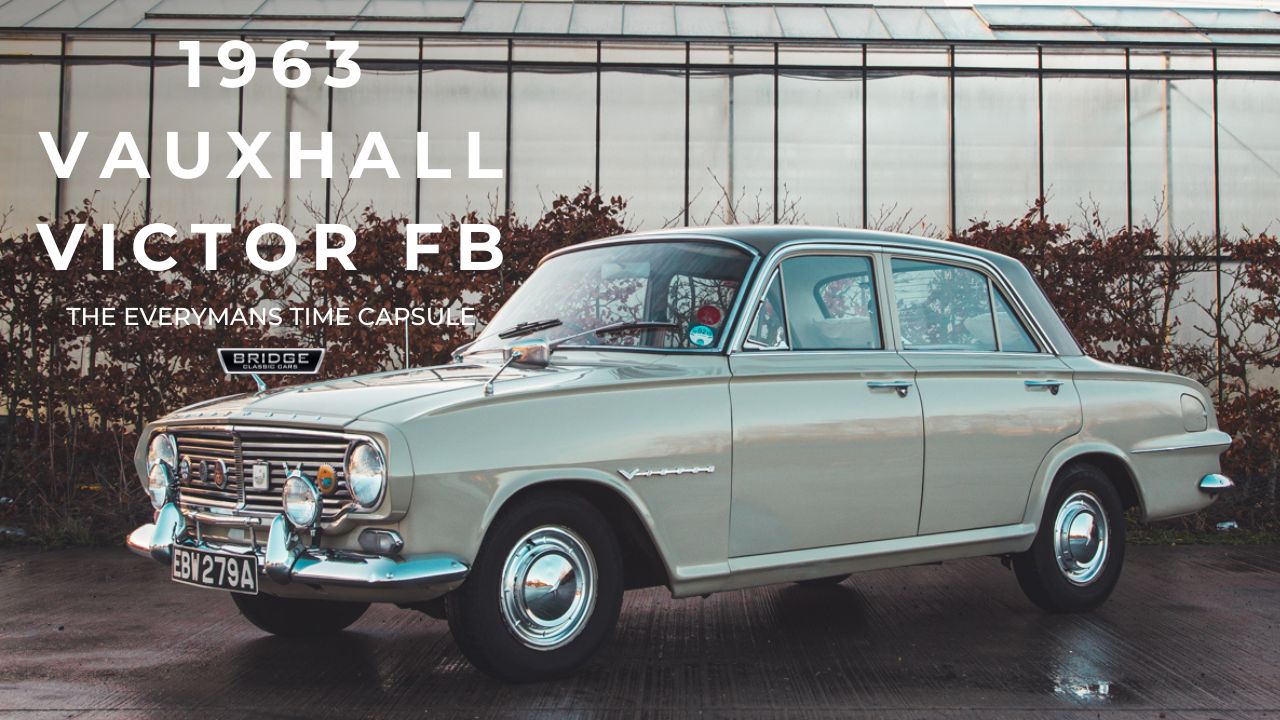
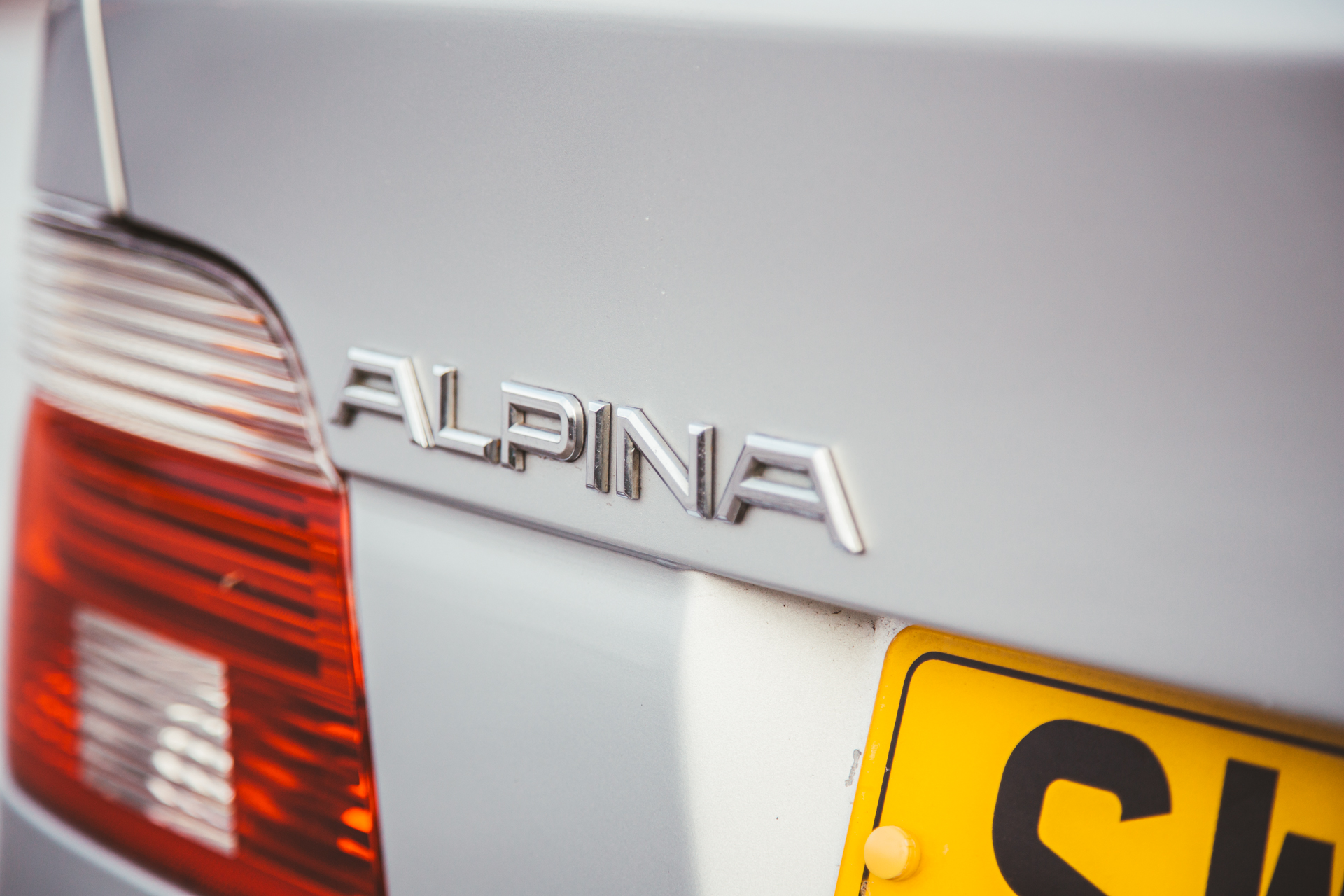
The pursuit of power in the automotive world is not a modern phenomenon. Some say it happened the day after someone bought the second car ever built, and the owner of the first car found out it was faster.
For generations, petrolheads around the globe have been working on furthering the ever expanding horizon of performance. Whether that be horsepower, handling, lightness etc. it is a constant and headcharging crusade against the laws of physics, metallurgy and sometimes common sense.
Certain names become established at being particularly talented for getting the most ‘potential’ out of a certain brand or model. For instance, Burton Performance in the Ford world or the legendary name of Coombs within the classic Jaguar-sphere.
In Europe, the tidal wave of fast, comfortable and relatively agile performance cars would begin in the 1960’s. In Germany especially, the reconstruction and reconnecting of road networks after the devastation of the second World War would pave the way for the legendary ‘bahn-stormers’ that would follow in the next 40 years.
The likes of brand-external companies such as AMG, Brabus, RUF, Kremer, AC Schnitzer, Hartge and Alpina would flourish in this environment and combine outrageous performance with careful, purposeful and immaculately executed engineering.
Each one of these companies would be connected to a certain brand. In the BMW world, the most legendary of these names is arguably Alpina – the infamous tuners that we are going to talk about today.
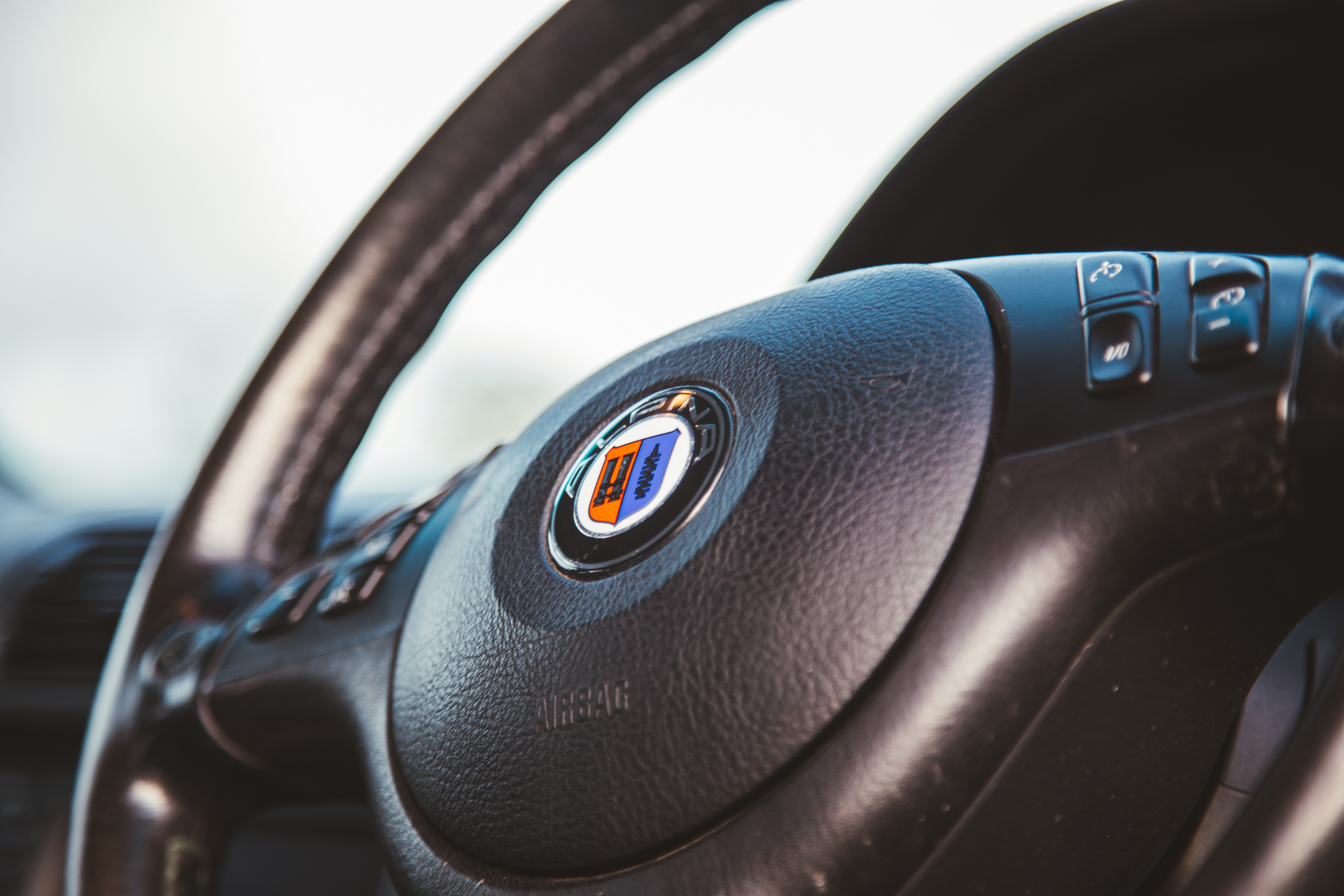
Burkard Bovensiepen began his connection to BMW in the early 1960s – initially developing a way of running a larger set of Weber carburetors on the then very popular BMW 1500 giving it more power for those who wanted it. This carburetor package would become sought-after in the BMW world, with both the press and BMW themselves commenting on how well thought out the package was but the real performance advantages that it offered.
After having various cars run this 1500 carburetor package for several years (including one allegedly being fitted to BWM sales director Paul G. Hahnemann’s personal car) the Bavarian manufacturer actually certified the set-up for use on their cars, meaning if your BMW had the new Alpina/Weber carburetor combination it was fully ok’d by the manufacturer.
Going back, where did Alpina come from?
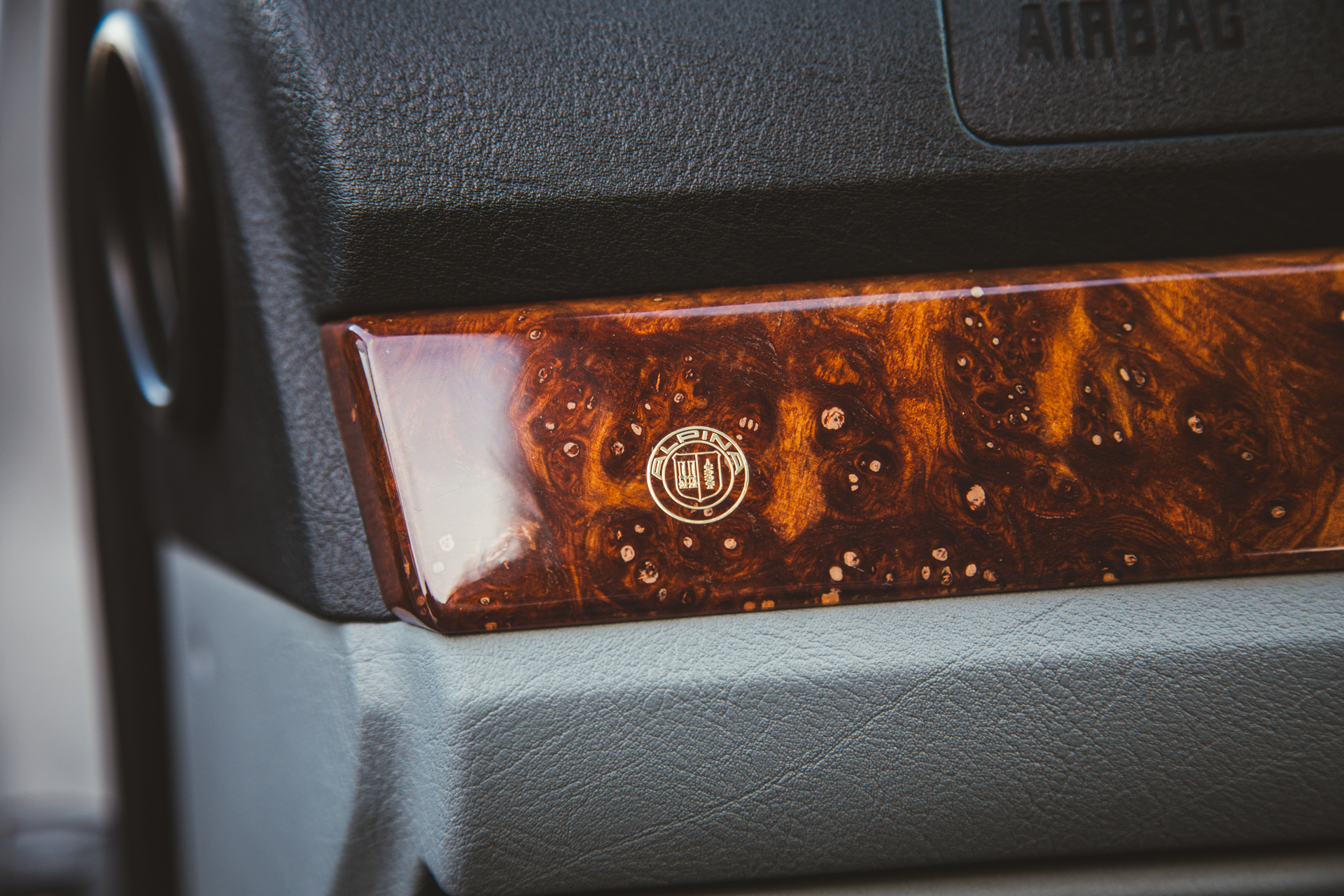
Well, let’s go back. Originally, the company had been founded to produce typewriters but then it decided to move into the textiles business before in 1965 officially being registered as a BMW tuning company with 8 official employees. The company, as a BMW tuner, was established by Burkard Bovensiepen whose family were part of a industrial dynasty in Germany. The family, although originally dutch, had been involved in manufacturing and commerce for generations. Burkard’s father had been involved in manufacturing typewriters and other office equipment which the BMW tuning company of his son would take of the factory from.
Once they had established themselves as a trust worthy and certified supplier of speed and performance to the BMW community with their carburetor packages, the company would expand into developing and reworking BMW production cylinder heads, camshafts, crankshafts, piston sets etc. to gain the most out of the production line pieces. These core beginnings, would actually go on to influence the crest which sits at the heart of the Alpina badge, one half of which is made up of a set of velocity stacks from the early Weber carburetors and the other an early Alpina crankshaft. In just a few short years, the firm would need to expand the workspace thanks to their reputation and demand. By 1970, the company had relocated to Kaufbeuren to their long term home at Buchloe.
One thing which will push innovation and performance harder than any other, whilst also driving sales, is motorsport. From it’s earliest days, cars which performed the best – sold the best. In Europe at the time, as was the case in the UK, motorsport gripped the public. Herculean efforts of strength, endurance and tenacity would make gladiators of mere mortals in a weekend only for them to fall foul of their adoring crowds the next week.
Alpina realised the potential of motorsport early on. Not just as marketing tool, but as moving and dynamic test bed for their parts.

Beginning in 1968, Alpina would enter the pantheon of racing. Not just in one particular discipline, they wanted to prove that their parts and their know-how could perform in any situation. Between 1968 and 1977, Alpina would win multiple championships in saloon/touring cars, rallying, club racing, hillclimb racing as well as proving their incredible durability with endurance racing. The best year for Alpina’s motorsport division was 1970, when the team would rack up championship wins in European touring cars, the German Hillclimb championship, the Germany rally championship and then to top it all of would win the legendary 24hrs of Spa in Belgium to win the European Touring Car Championship with their own Alpina-prepared BMW 2800CS. The team would attract some of the best drivers of the day such as Günther Huber, Helmut Koinigg, Jackie Ickx, Hans Stuck, Niki Lauda, Derek Bell, James Hunt and a host more.
At this time, Alpina were an aftermarket provider and tuner for BMW products – creating various parts and performance packages for the likes of the 2002Tii, 2800CS, E9 3.0CSL, 1500 and a host of others.
In 1983, Alpina became recognised as a stand-alone manufacturer by the German Federal Ministry of Transport. Meaning no longer would it be a BMW tuned by Alpina. It was now an Alpina however was bought through the BMW dealer network and could be serviced and warrantied by BMW beginning with the E21 based C and B models. In 1988, Alpina would leave motorsport and focus on the production of their high-performance road cars.
Since the beginning, the process of building an Alpina has been personal. The team would handbuild the engines for their production cars to the various performance packages available, which would then be delivered to the BMW factory. There, the BMW technicians would fit the engine into the bodyshell of the car.
Then once the painted bodyshells with the engines installed were ready, they would transported back to Buchloe for the small, and talented team at Alpina to go through the process of making the car truly an Alpina. The interiors for the car are bespoke as well as the fitting of the Alpina specific parts are all installed at this point in the cars journey. Each step of the cars transformation, both on and under the skin, is entirely handbuilt – this means that each model of Alpina is purely a limited edition and exclusive.

It’s not just the engines though which are reworked and optimised, Alpina actually has its own division of performance gearbox specialists which pair the upgraded transmissions to the designated engines for maximum strength, performance and reliability.
There are certain traits on the exterior and interior of Alpinas which are unique and all trace back to the brands heritage in one way or another. For example, the ‘Switch-tronic’ buttons on the steering wheel. The reason for these? Well, Alpina were the first to mount the shift buttons on the steering so it has become somewhat of a tradition. Along with that there is a very specific set of wheels which have simply become known as ‘Alpinas’. These are the carefully made and engineered hollow 20 spoke wheels. If you look, you’ll see no tyre valve on the wheel itself – instead it is hidden inside the hub cab and connected to a hollow spoke within the wheel. These along with Alpina only exterior and interior colour options and design features make these cars truly one of a kind and to petrolheads, instantly identifiable as something special – each car is also stamped with its build number to certify its exclusivity.
As some of you know, we currently have a 2002 Alpina B10 V8S available on our Bridge Classic Cars Competitions. One of just 145 E39 based V8S’s to be built in 2002, with in that there were just 42 right-hand drive cars produced. Out of the very limited number of V8S’s built, this is number 76 out of the production run.
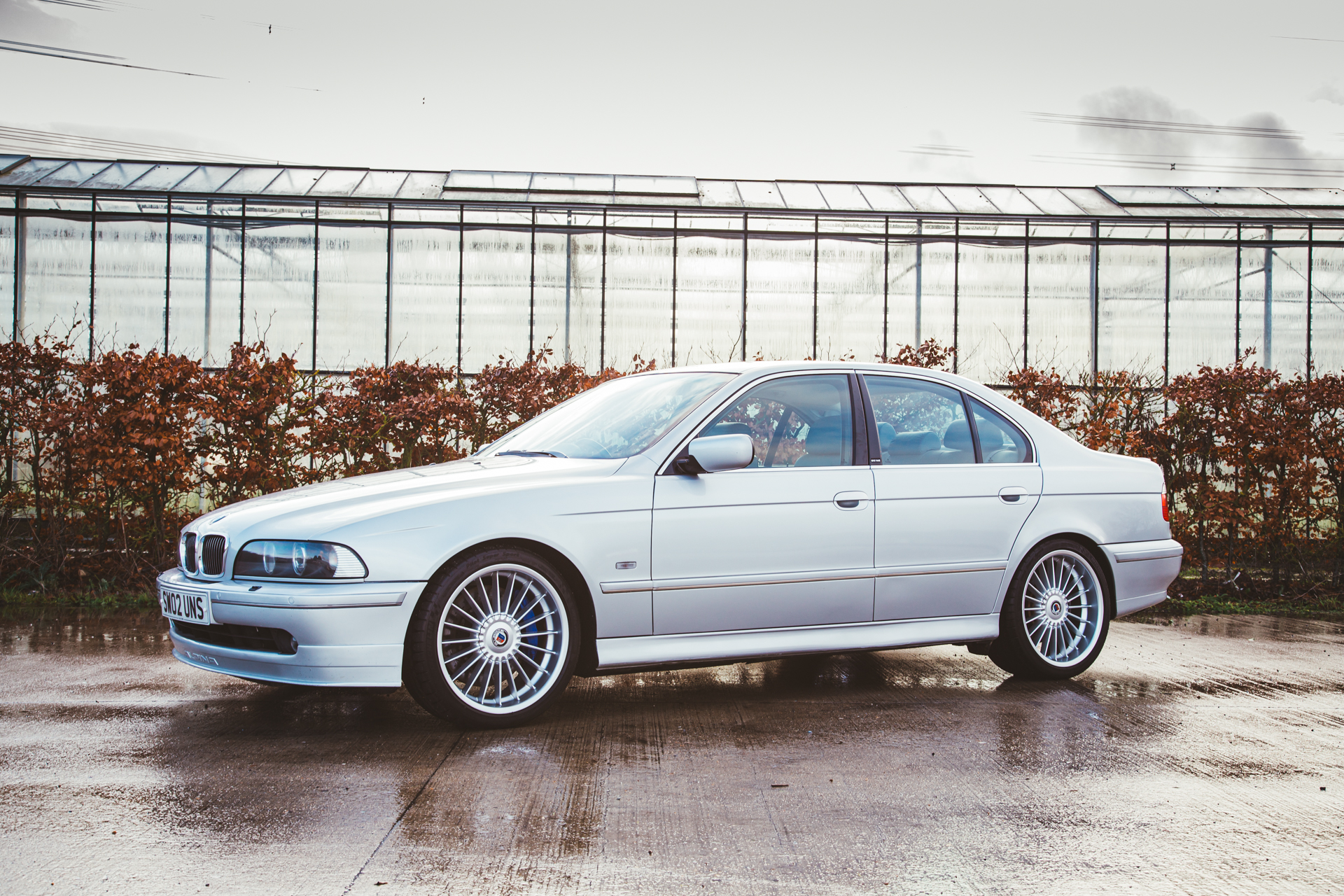
The car’s creation would be like its other siblings, handbuilt and personalised. The changes though to a ‘regular’ V8 would set it apart.
The V8S’s engine would be specially built for the cars by the Alpina team. Taking the standard B10 engine as its basis, the engines bore would remain the same but thanks to a long through on the crankshaft, the V8S would produce more torque than its E39 M5 rival, developing 375BHP and an impressive 510Nm of Torque. This increase would also give the V8S a displacement of 4.8-litres over the 4.6-litres of the ‘standard’ B10 V8. This engine proved to be quite the powerhouse and would later be used in the Alpina variant of the BMW Z8, before being taken on by BMW as the production engine for the range topping 4.8is engine in the BMW X5.

Along with the increase in power, the Alpina team would turn their attention underneath the car its brakes and suspension.
The B10 V8S would received upgraded and stiffer suspension than the standard B10 V8, this was to work with those hollow 20 spoke wheels, now measuring in at 19” in diameter. To give the car a more planted feel, the Alpina team would make these wheels 8.5” wide in the front and 9.5” in the rear. These wheels would also go to perfectly show off the brake package selected for V8S. Beautiful 4-piston aluminium calipers made specifically for Alpina by brake specialist Brembo along with a set of larger drilled discs to better dissipate heat.
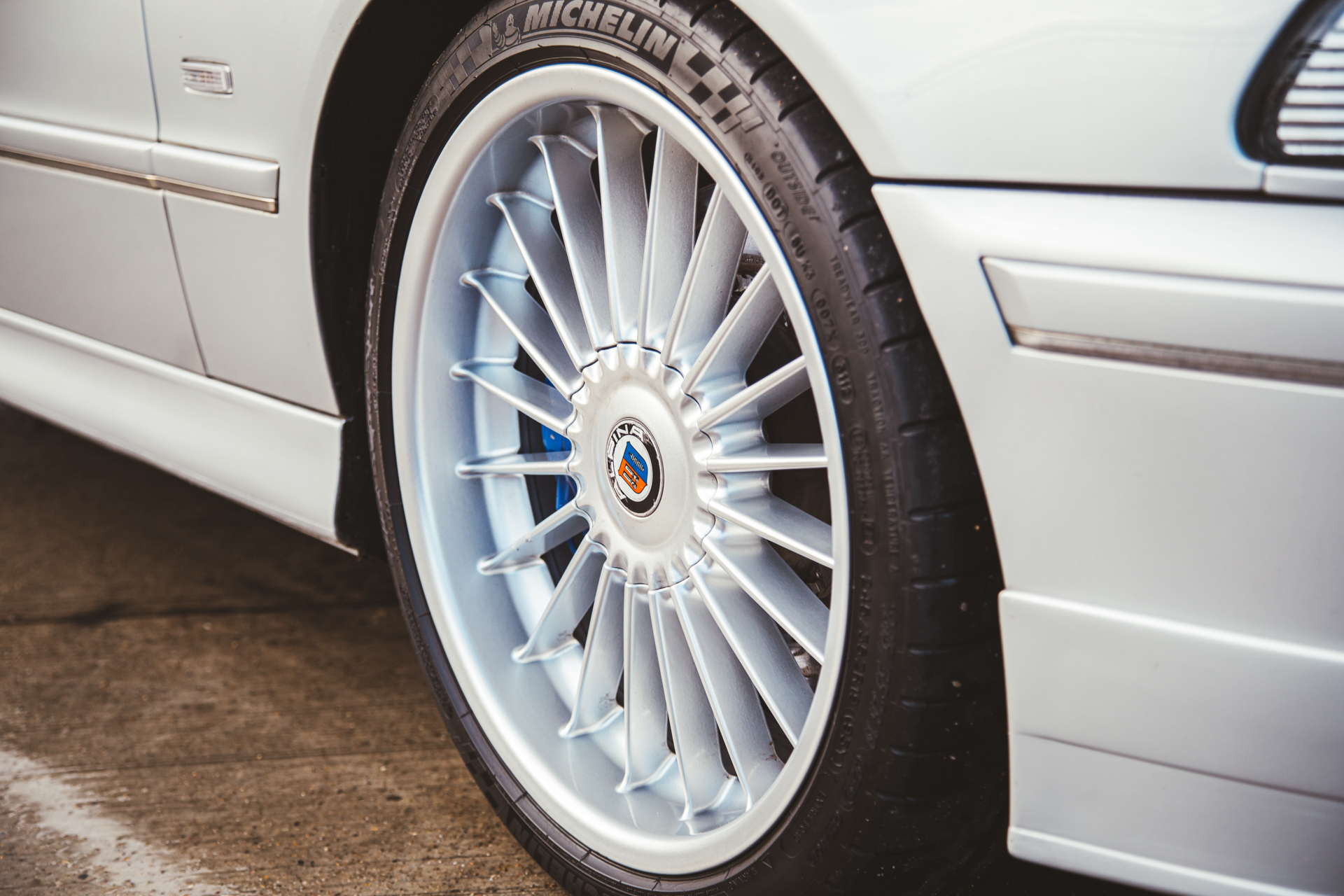
With its performance upgrades and unique package, the E39 based B10 V8S would top out at over 175MPH and achieve that all important 0-62mph dash in just 5.4 seconds (in a luxury 4-door saloon…).
And you could win one of these incredible machines for just a few pounds by clicking here!



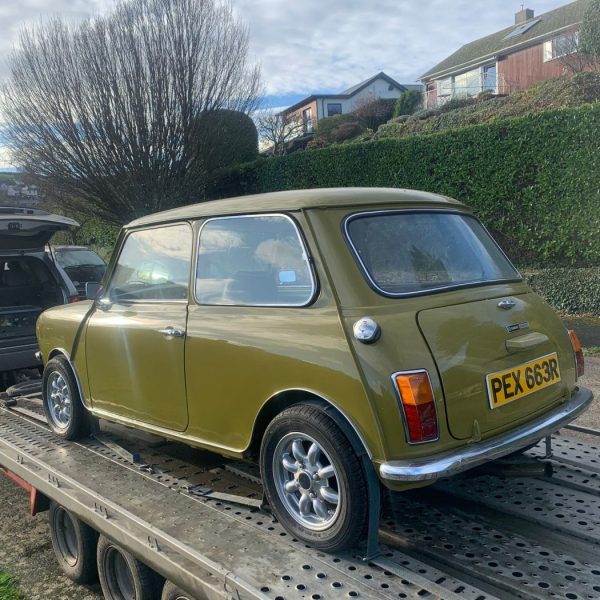
Our 1976 Mini Clubman 1100 is on its way back to our Suffolk HQ!
Last year, Oscar won our classic Mini but recently offered for us to have the car back due to it not being used as much and wanting it to go to a good home with someone who will love this bite sized classic and use it more.
So, you’ll very soon be seeing this Antique Gold Clubman on the competitions website and have your chance for it to be on your driveway for just a few pounds!
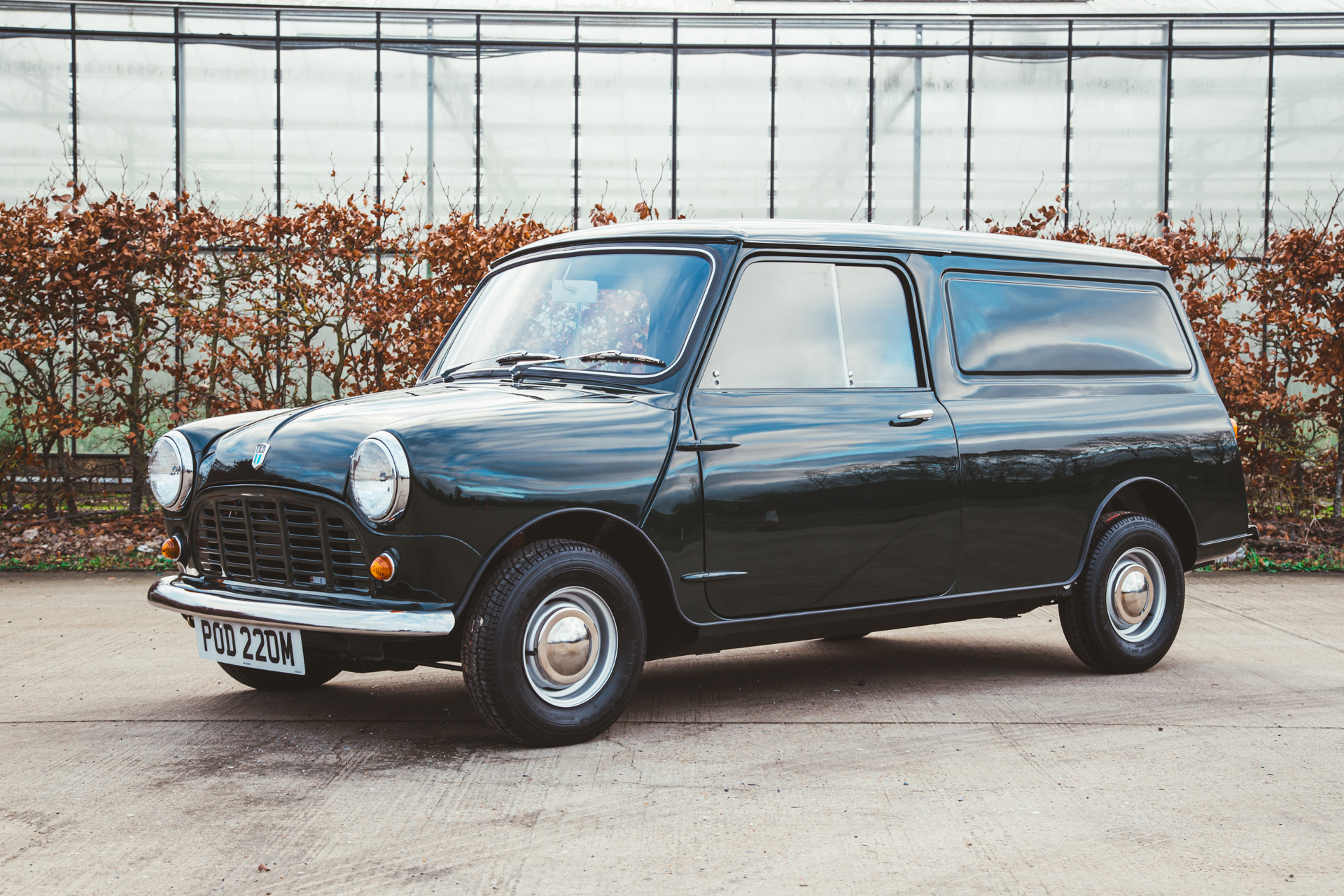
The panel van has been a welcomed workhorse for generations. With its utilitarian practicality, the panel van has done everything from moving house to making memories.
Now Bridge Classic Cars wants you to relive and relove those memories with our gorgeous 1974 Mini 850 Van.
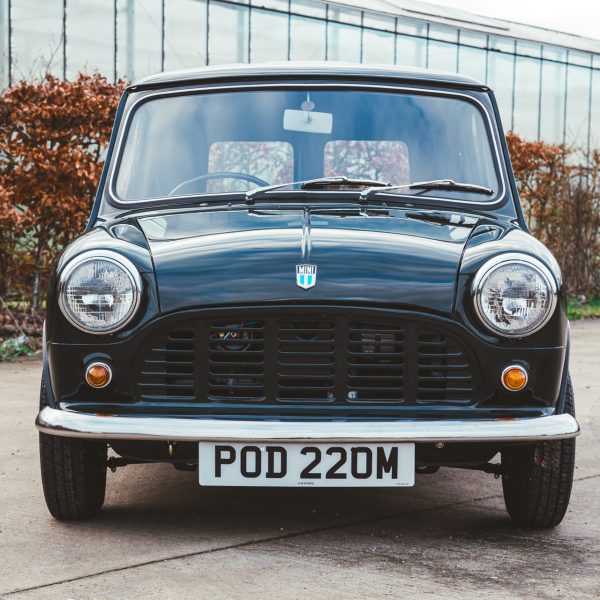
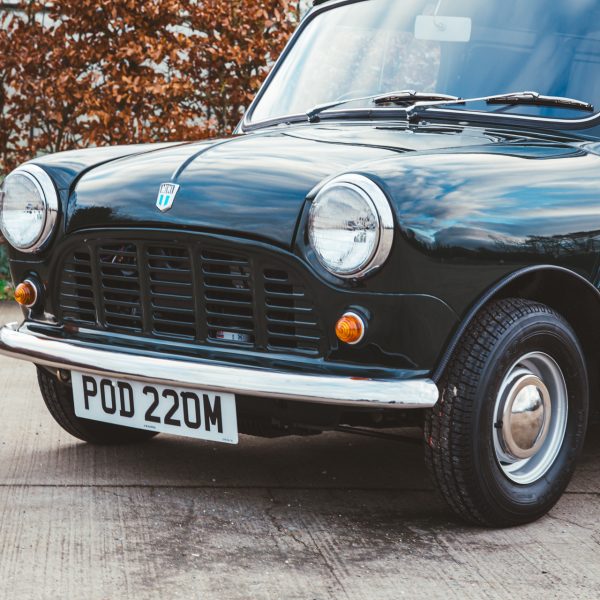

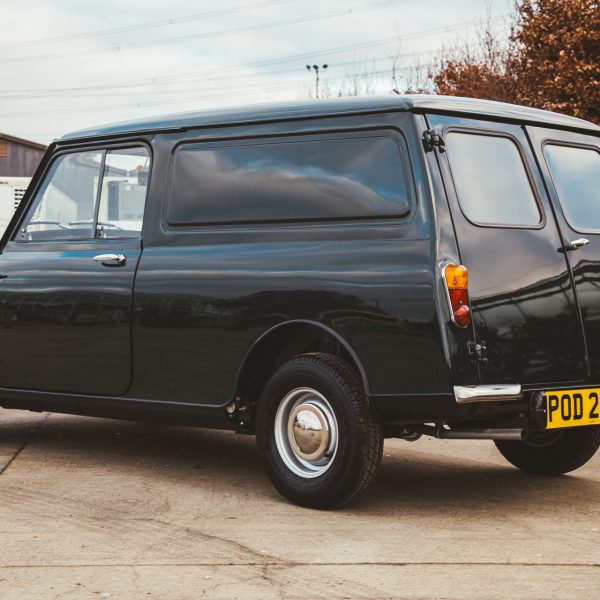
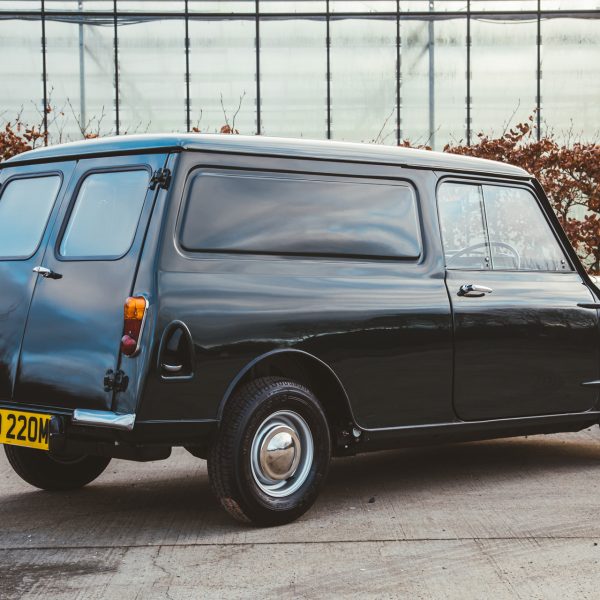


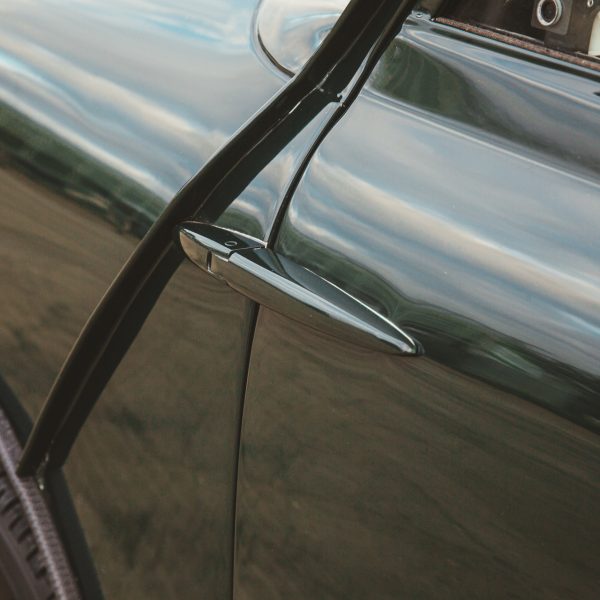
With its beautiful dark green paintwork, over a simple but elegant black interior, our Mini panel van was subjected to a full nut and bolt restoration between 2000 and 2013 commissioned by an adoring previous owner. Included in the cars history file are invoices which relate to the cars restoration where no stone was left unturned in bringing this classic Mini back to life.
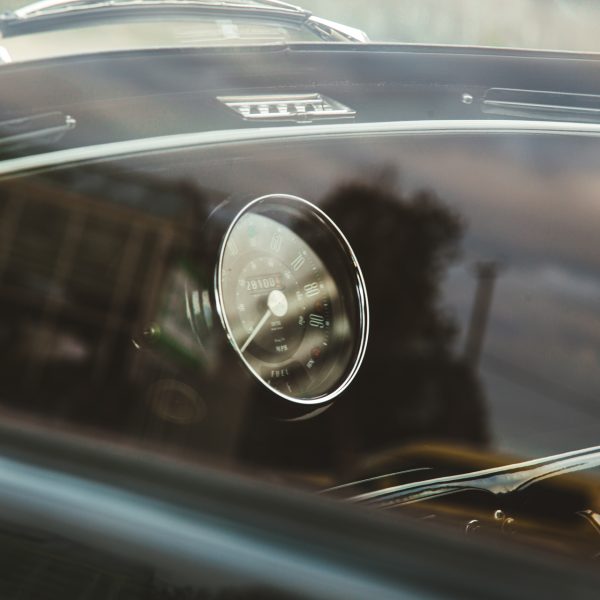


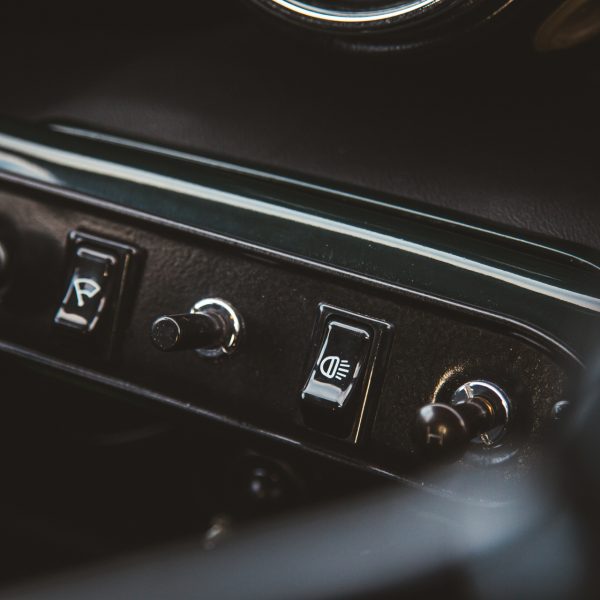



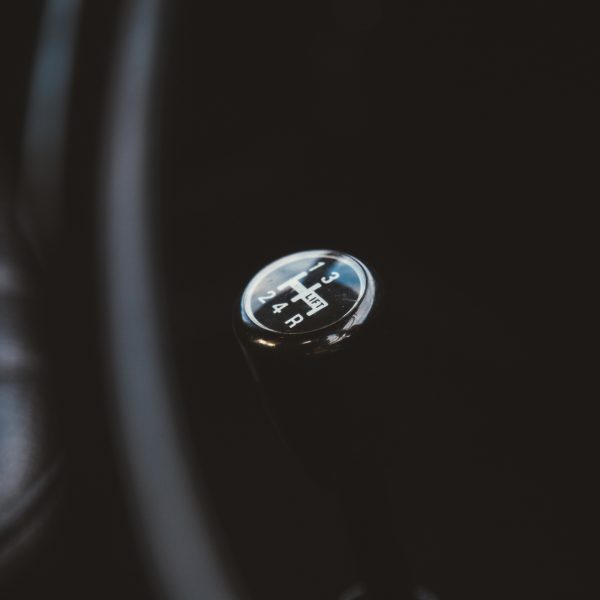
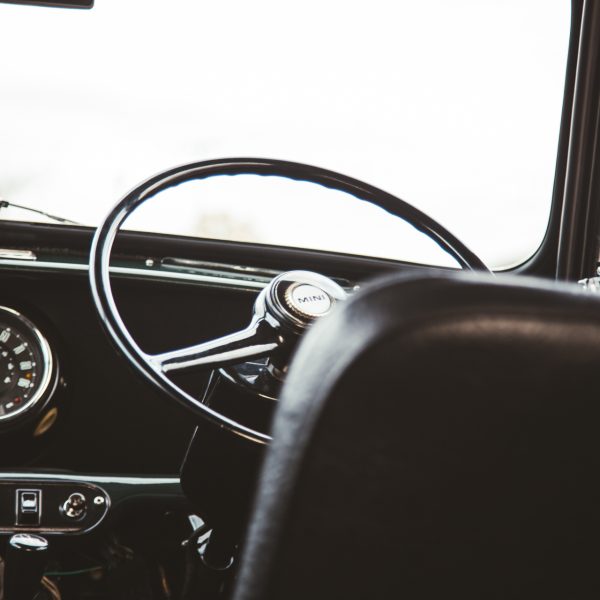
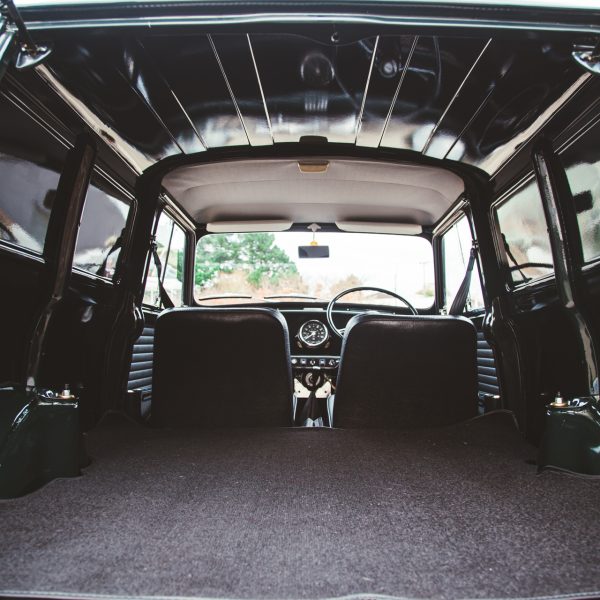
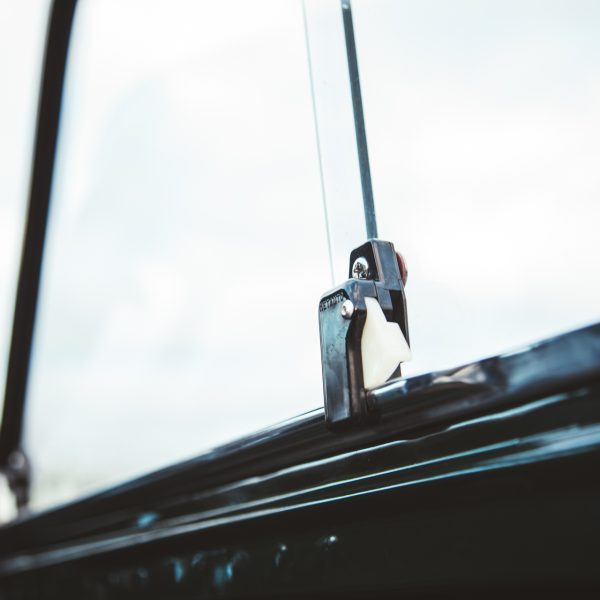
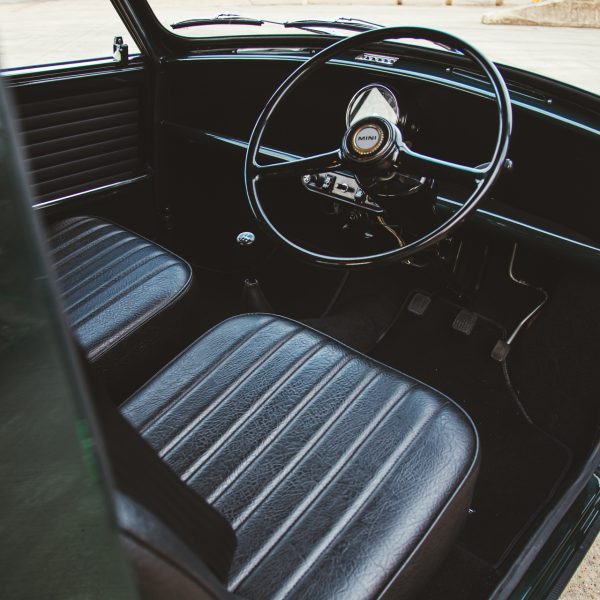

Powered by a small and simple 848cc 4-cylinder engine and 4 speed manual gearbox, this little Mini has a practical and easy-going charm.
Originally classed as a commercial vehicle, many of these panel van sadly do not exist today due to being in constant heavy use in their younger years, but this one has been cherished since its early days it would seem with the odometer showing just a shade over 28,000 miles, which is believed to be original, since it was first registered in Devon on the 1st of June 1974.
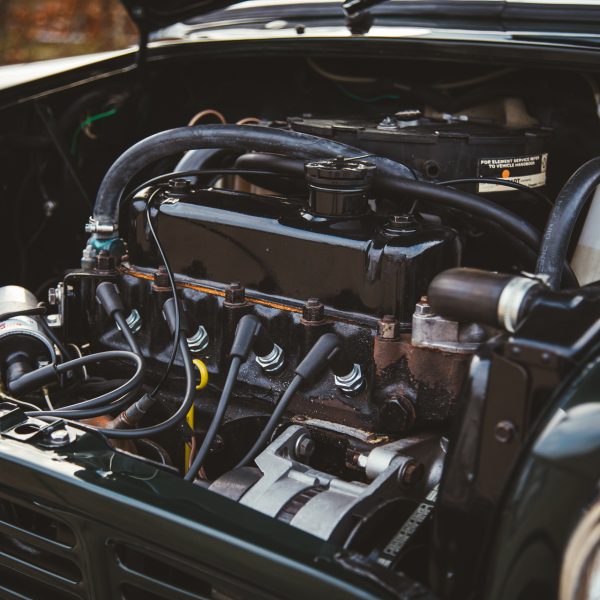



This is your chance to win this sensational bite-sized panel van for just a few pounds!
Full Gallery & Video:


























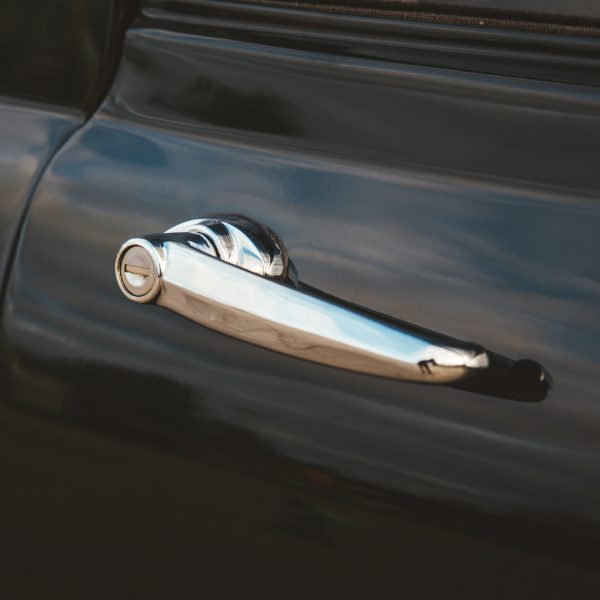
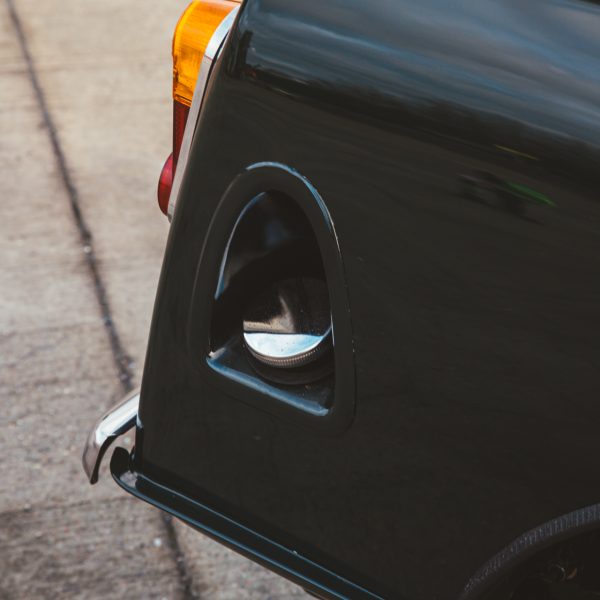
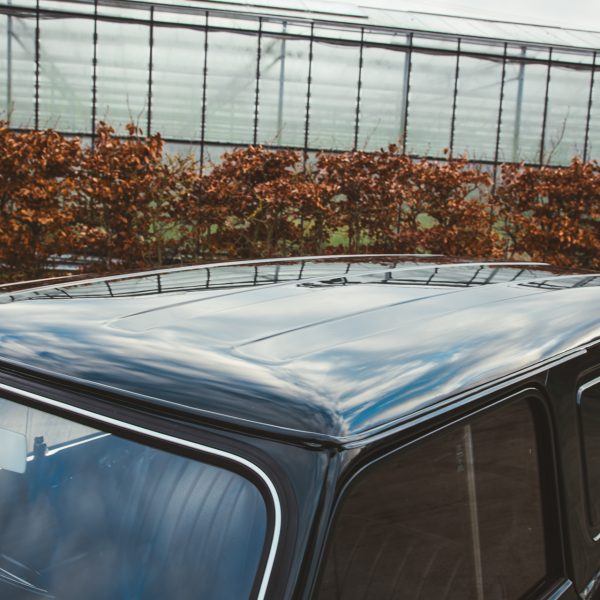
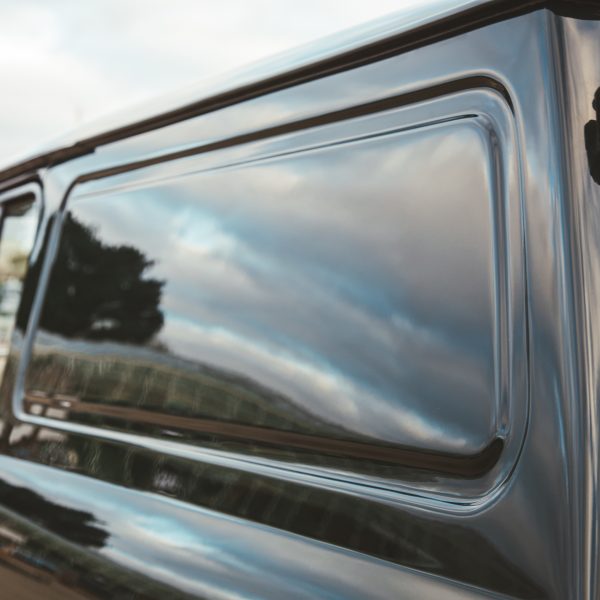

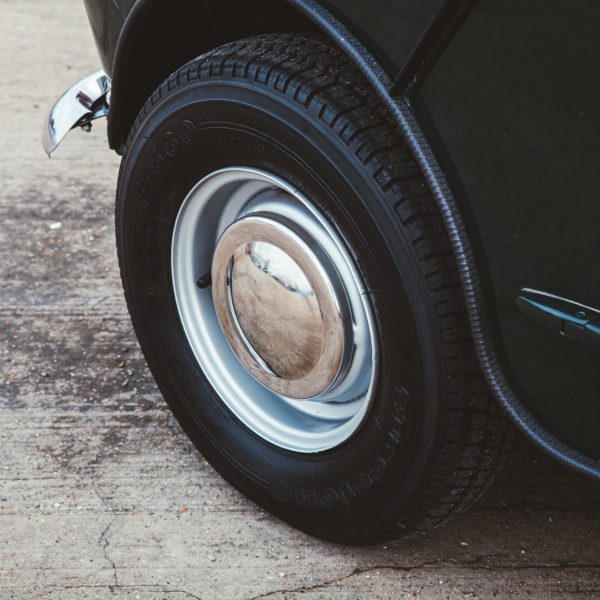
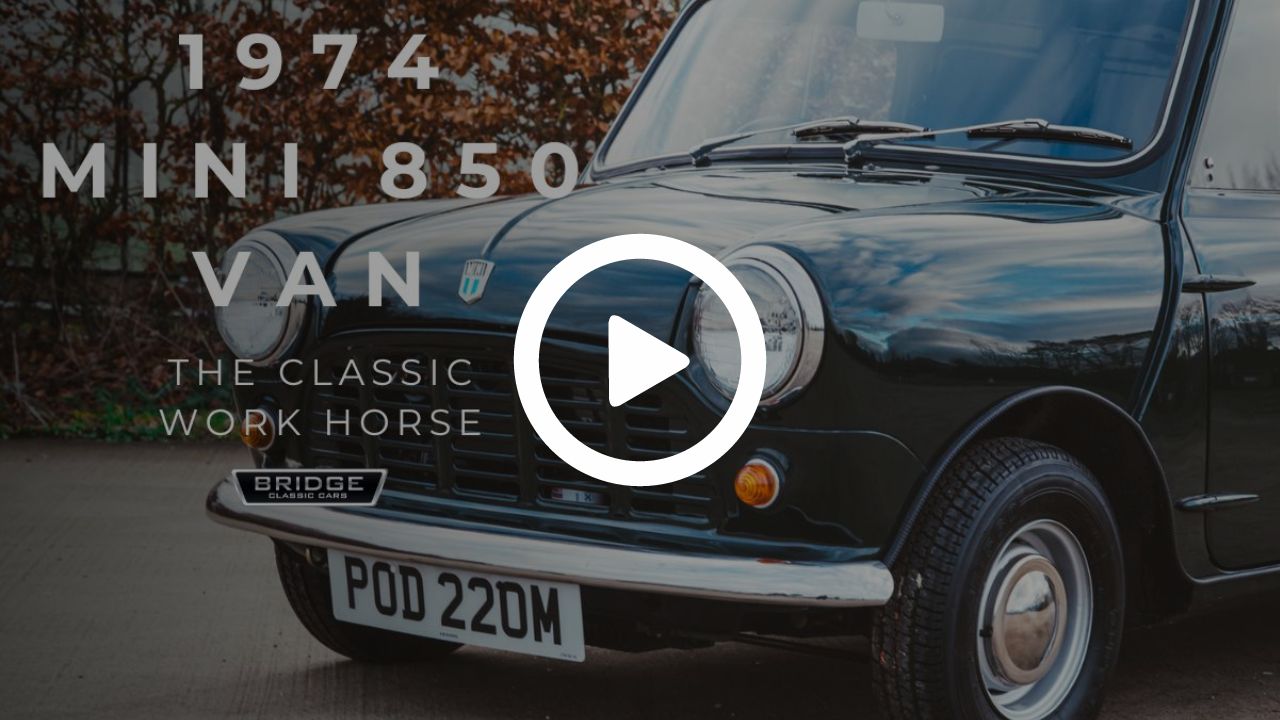

As many know, we have become somewhat of a Jensen 541 specialist. But today, was a special day at our Suffolk HQ as our very first Jensen 541 project made its way back to our workshops for the team to begin work on.
This 1961 Jensen 541S was the one of the first, if not THE first, restorations of the unique and rare sports car which was undertaken by our team in 2015, back in our original workshops in Deben Road, Ipswich.

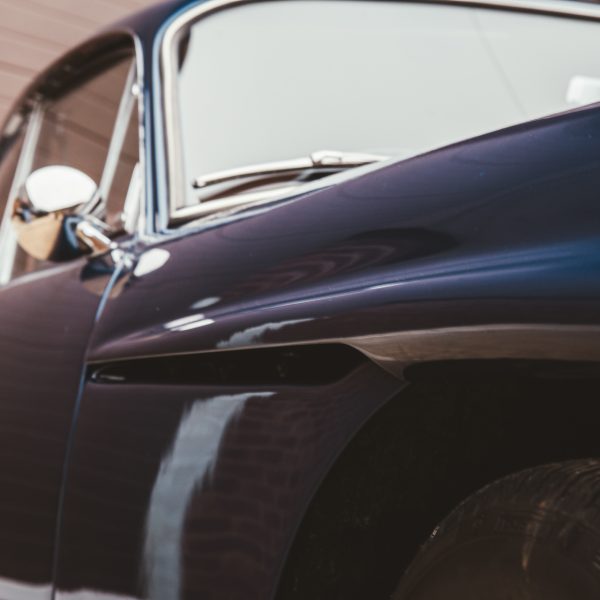


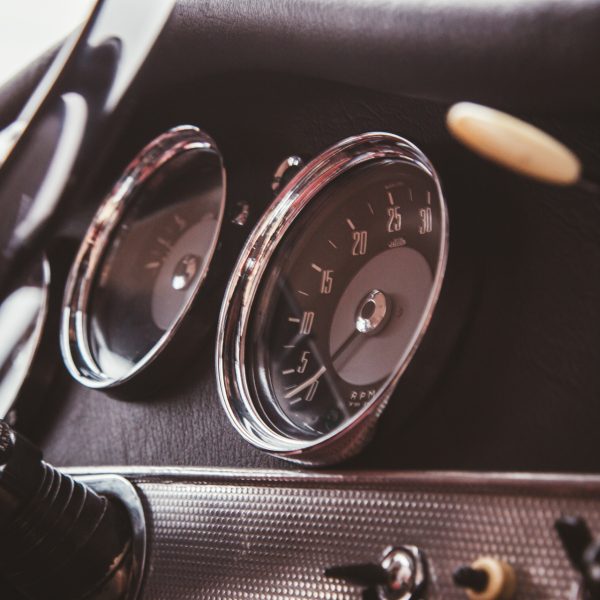
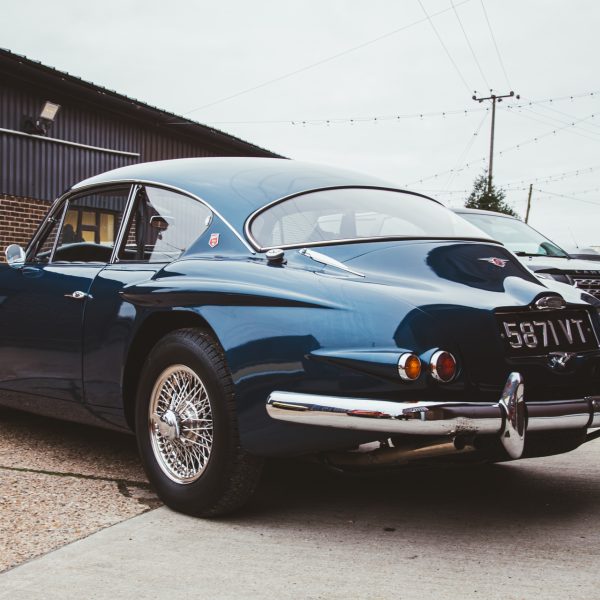
This car, which played such an important role in the early history of our work, will be carefully assessed and then worked on by our talented team very soon. So, keep an eye out on the Bridge Classic Cars news page for updates very soon.

Some marques offer rarity, luxury, or performance but very few offer all of these in one single form. One of those, is Alpina. Combining comfort, pace and exclusivity into a beautifully engineered road car is what Alpina have been doing for over 50 years in cars like this, our 2002 Alpina B10 V8S.
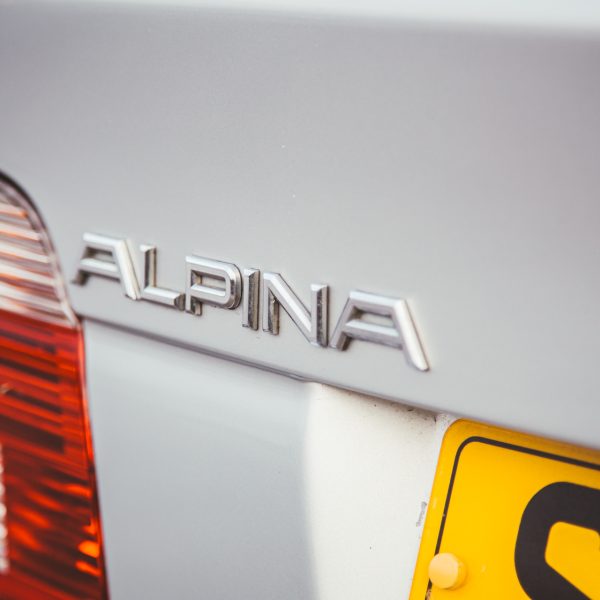

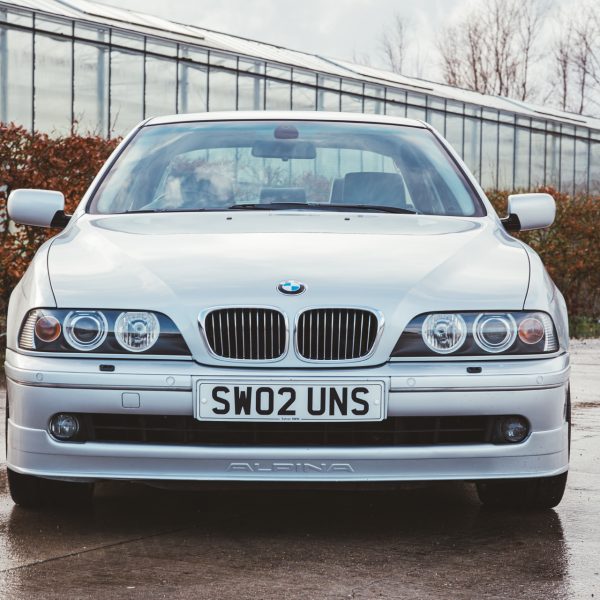
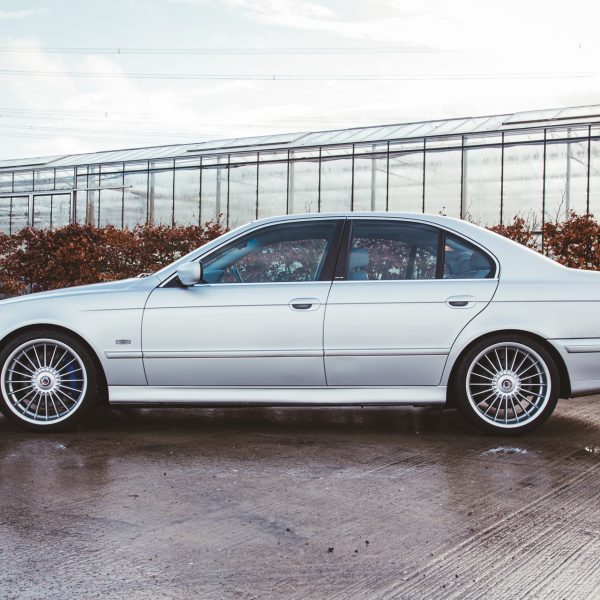


With just 145 2002 B10 V8S’s made worldwide this Bavarian Bruiser is a rare sight but with only 42 right hand drive cars made and believed to be one of only 6 remaining in the UK, this is car number 76 of the entire production run and is known within the Alpina Register.
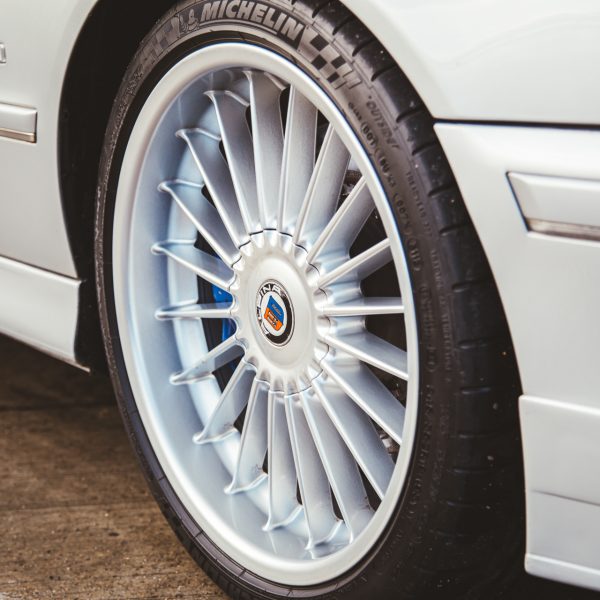
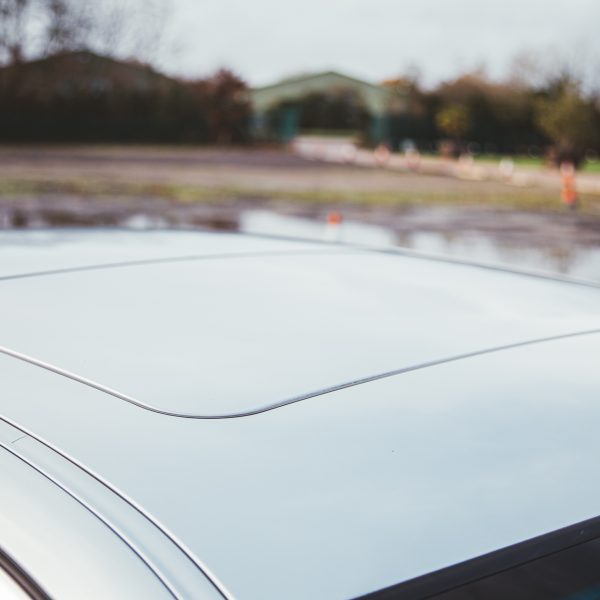
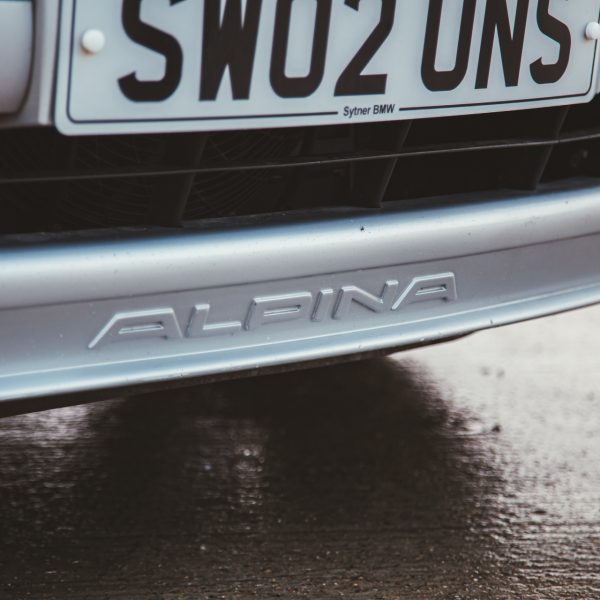
Alpina have been connected to BMW since the early 1960s, gaining a reputation for crafting hand built, fast and sophisticated luxury cars. With bespoke packages for their clients, each car is individual and unique to their owner.
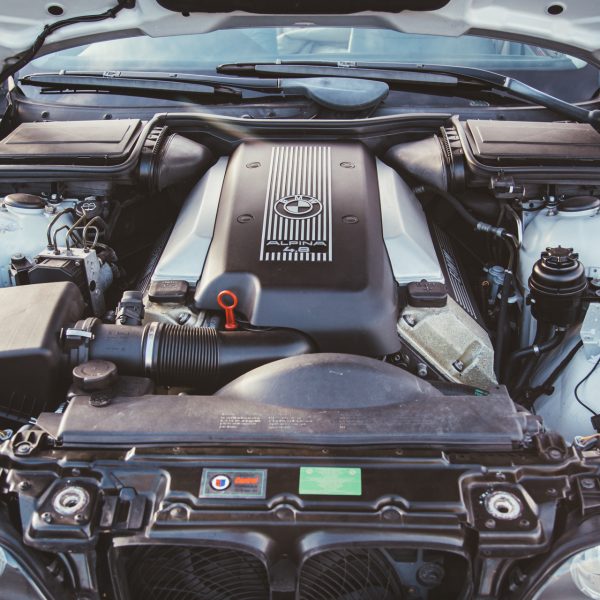
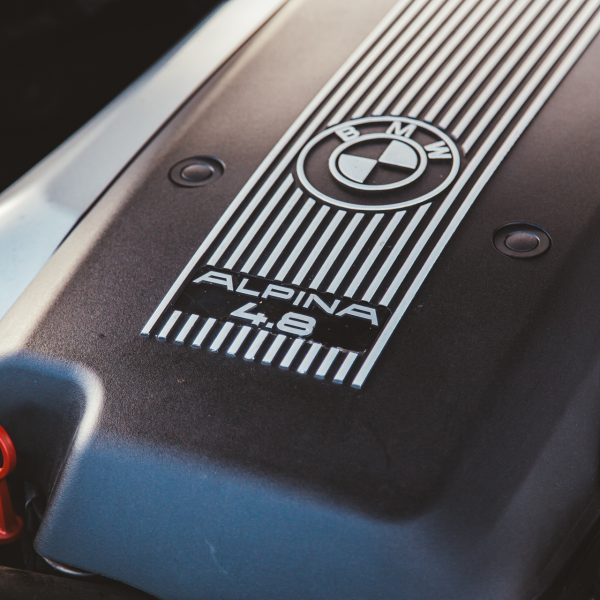
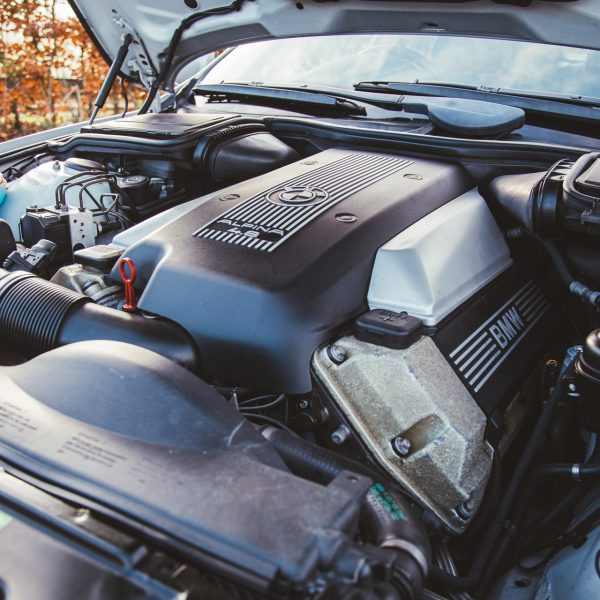
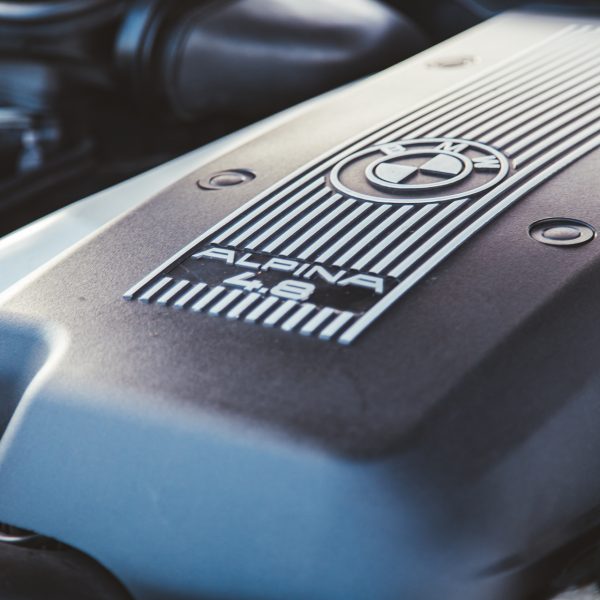
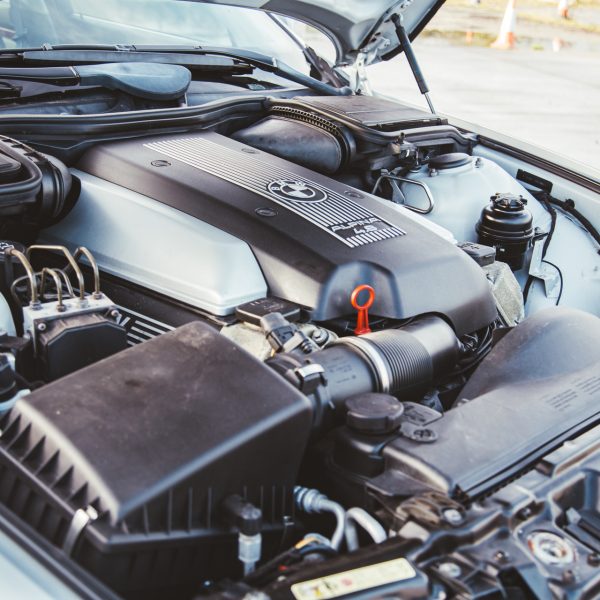
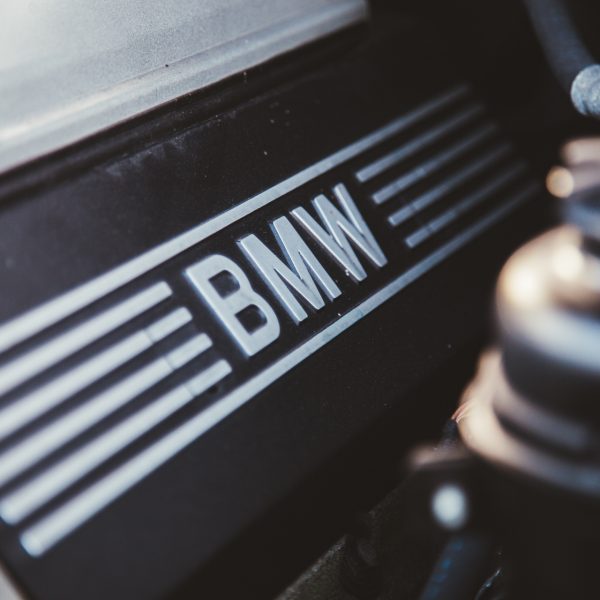
Not to be confused with the 4.6-litre ‘Standard’ B10, our V8S features a 4.8-litre V8 made specifically for this car. At Alpina’s facility in Buckloe, Germany their team of engineers increase the capacity of the base BMW engine for the B10 to produce more torque rather than making it a big horsepower car.

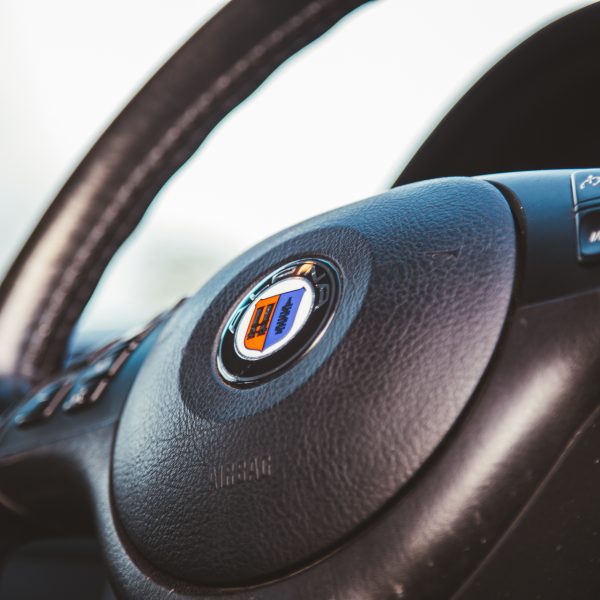
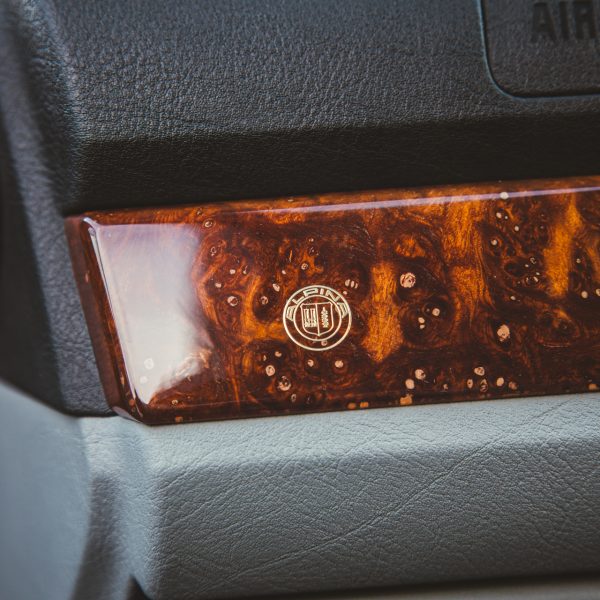
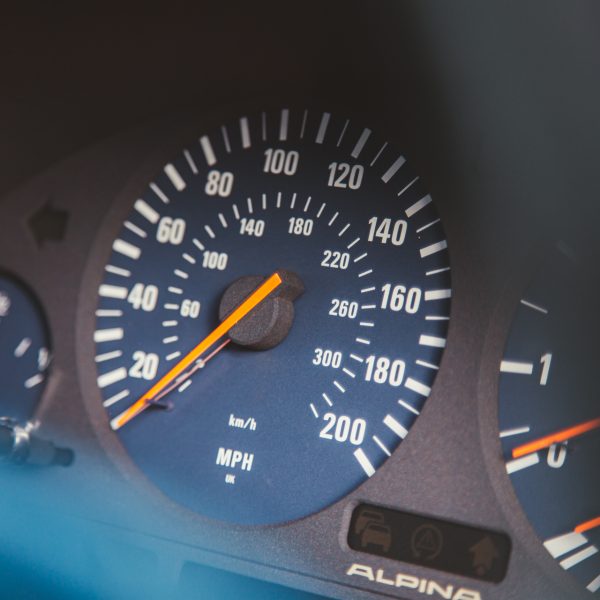
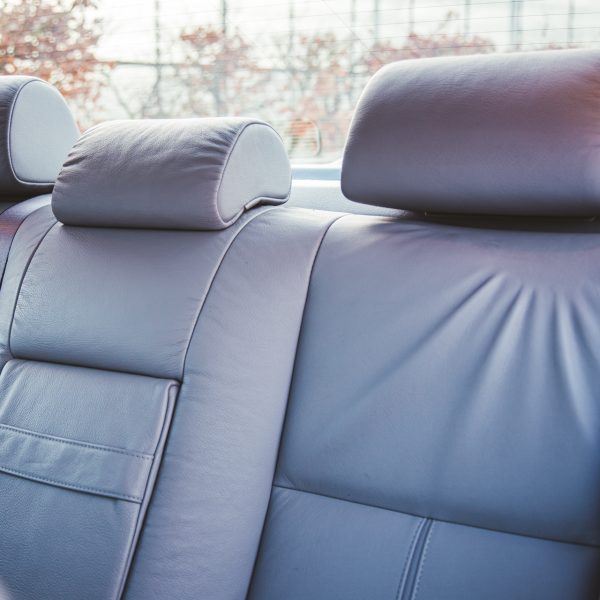
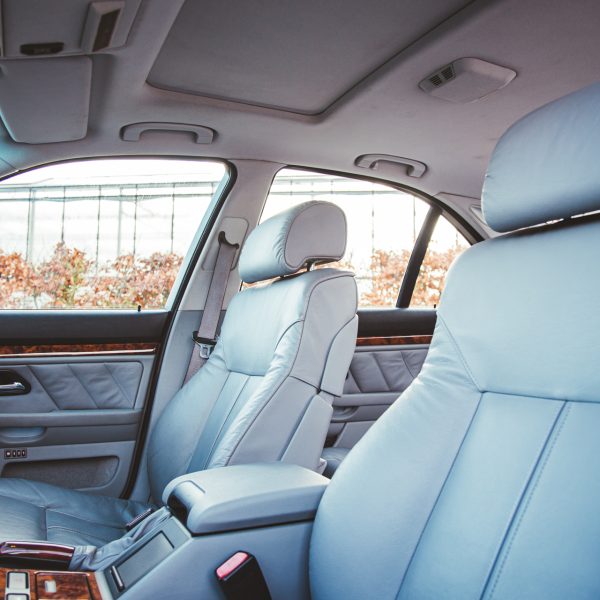
With stunning metallic silver paintwork and a sophisticated and luxurious grey leather interior, our B10 V8S has the good looks to match its performance completed with the signature 20 spoke ‘hollow’ wheels.
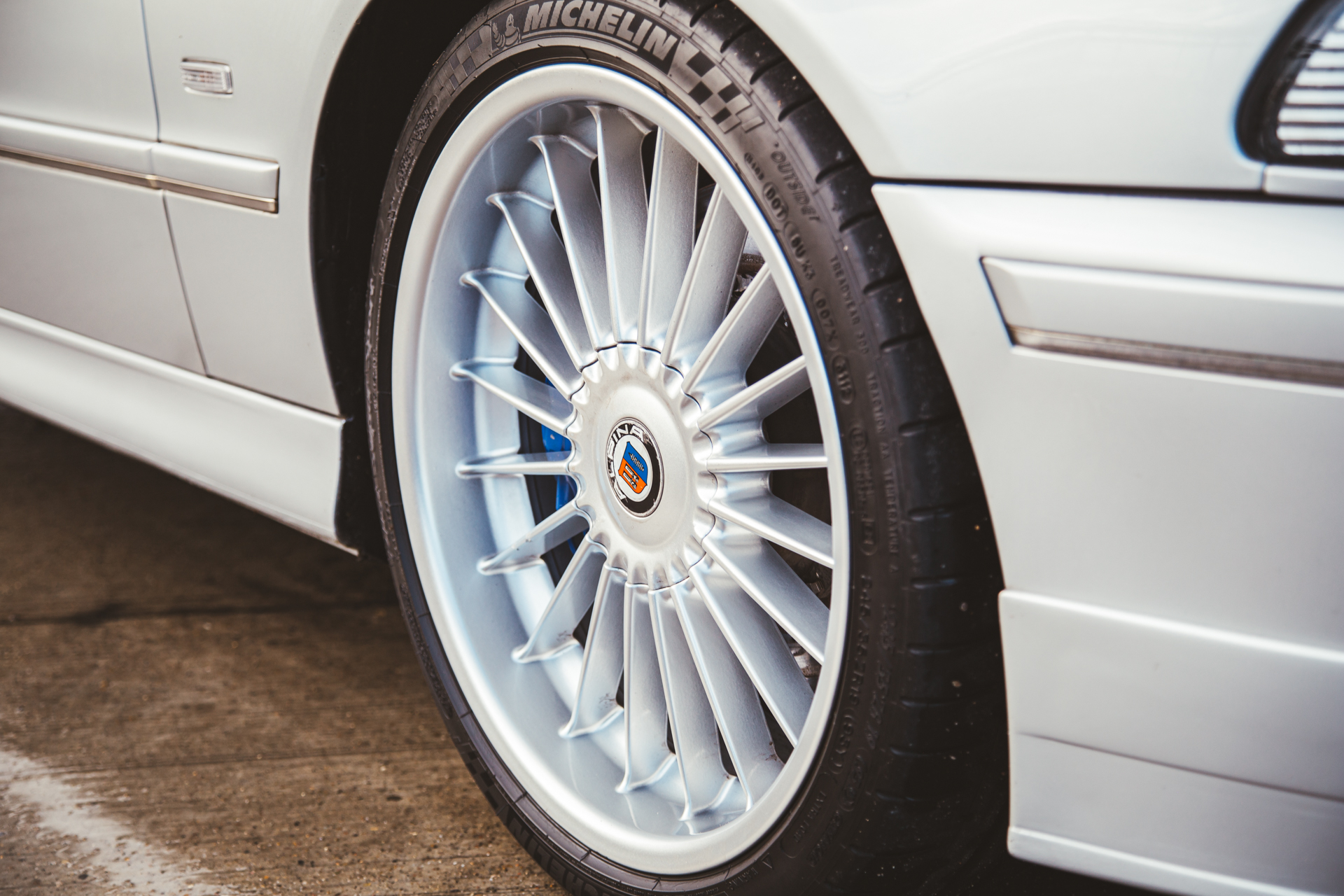
Supplied new by Sytner BMW in Nottingham on the 8th of July 2002, our B10 V8S’s history file contains multiple invoices from BMW main dealers throughout its life as well as some work being carried out by independent specialists.
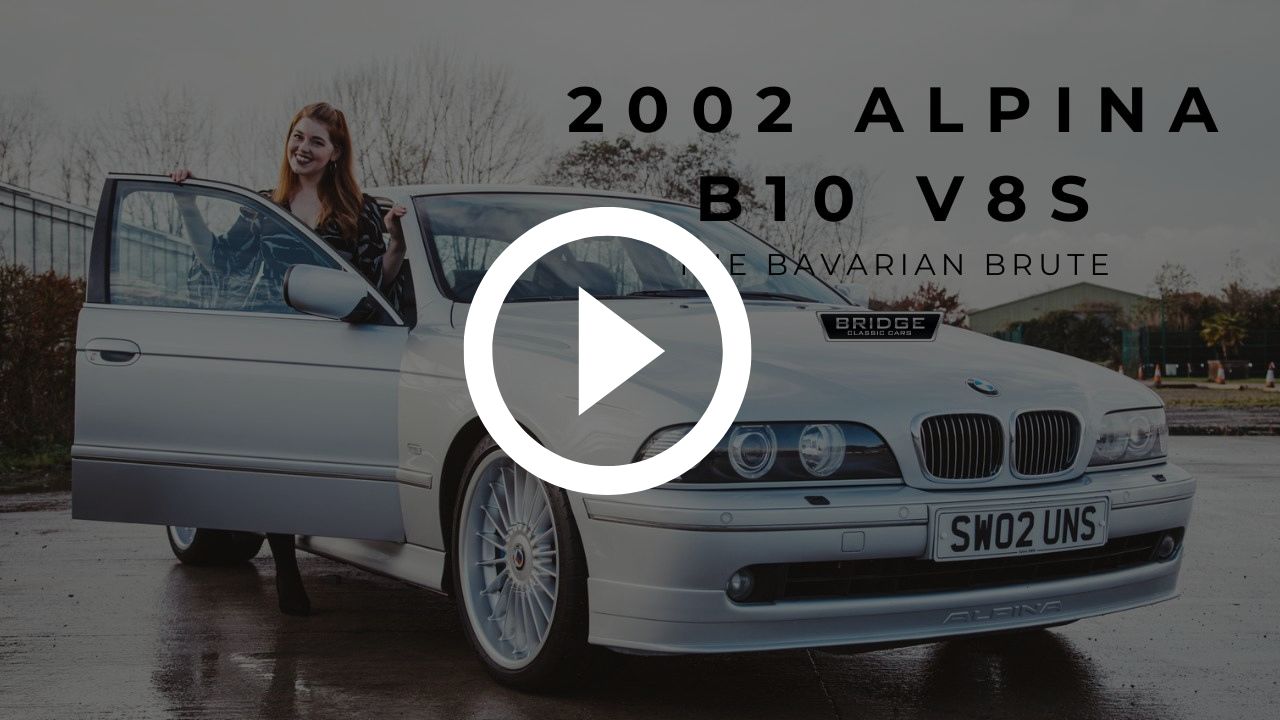

As our 1974 Volkswagen Beetle nears the end of its restoration, with only a few small bits to do, we though we would take it into the Atelier and set up a photo shoot for the car before it leaves our Suffolk HQ to head back home to its excited owner.
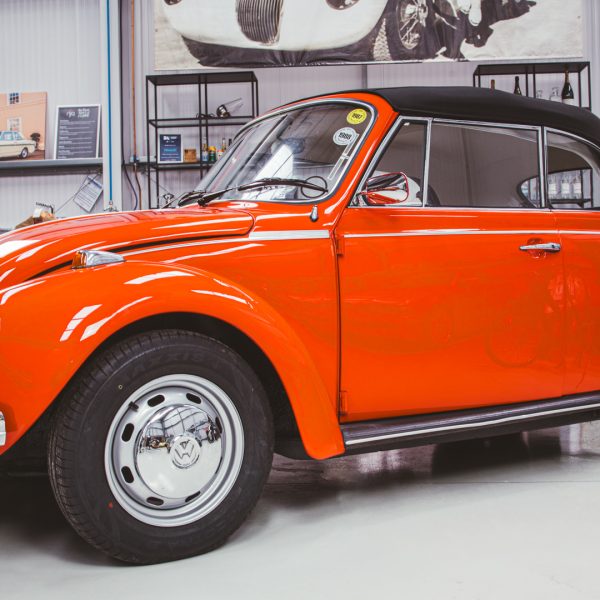
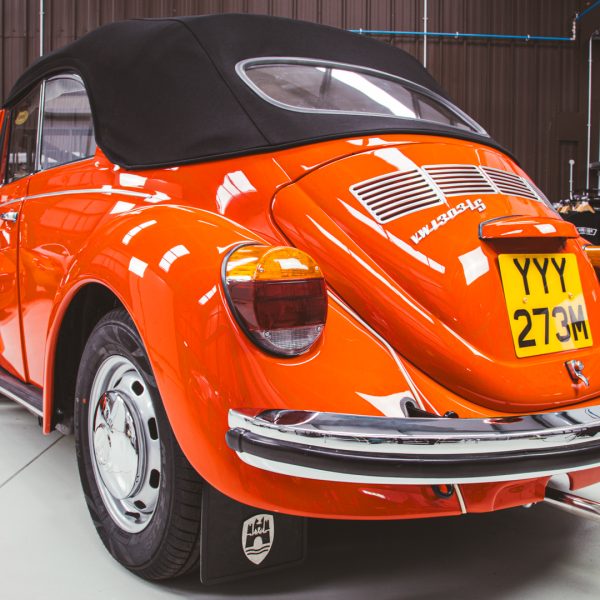
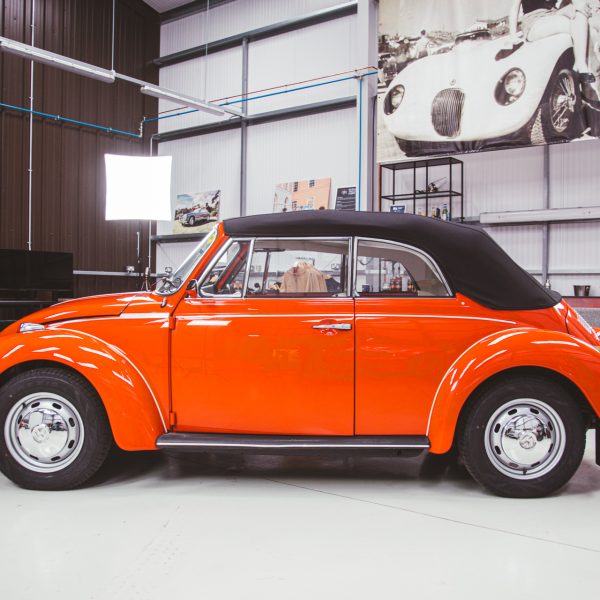
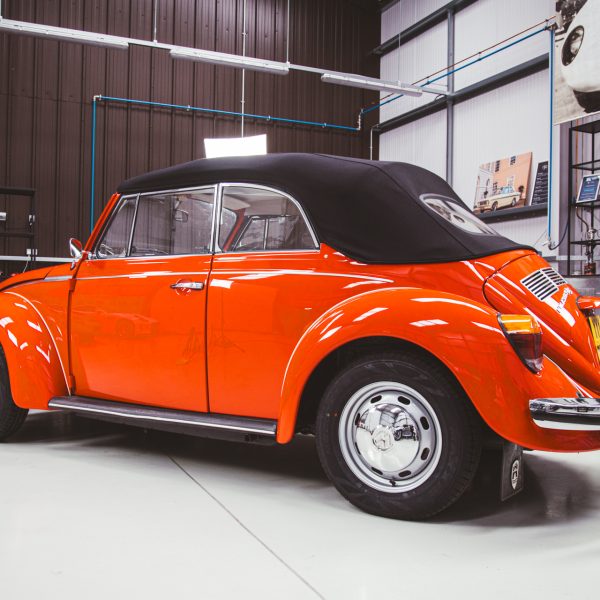
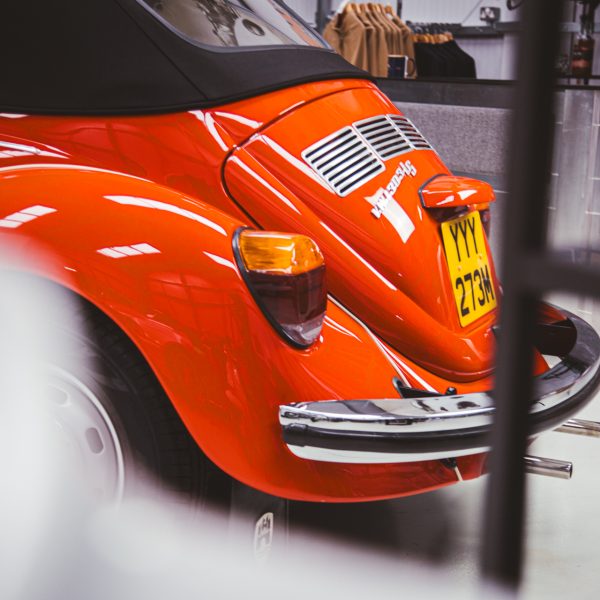
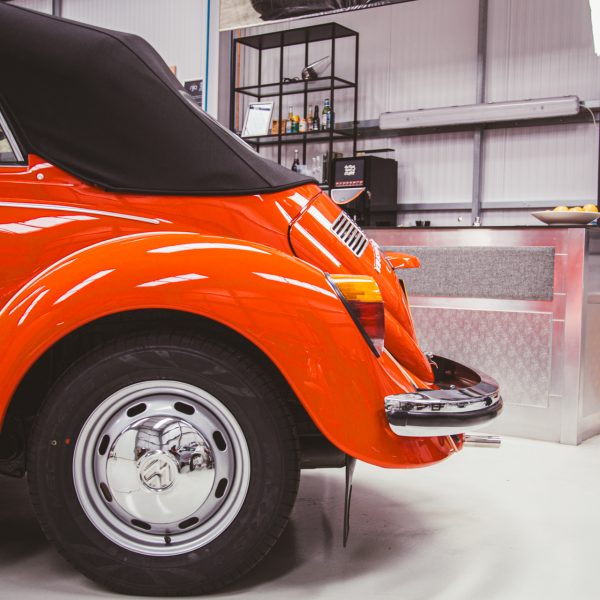
‘Delilah’, as the car is affectionately known, came to us at the beginning of 2023 to begin its restoration journey. This wonderful piece of automotive sentiment has received the love and car from each and every department here at our Suffolk HQ like any of our restorations to make sure that we deliver a car which will last well into prosperity for its owner to enjoy and Delilah is one of those. The team have also tried to preserve her unique and personal history with the retention of the window stickers and other original pieces which make ‘Delilah’ a one-off to her owner.
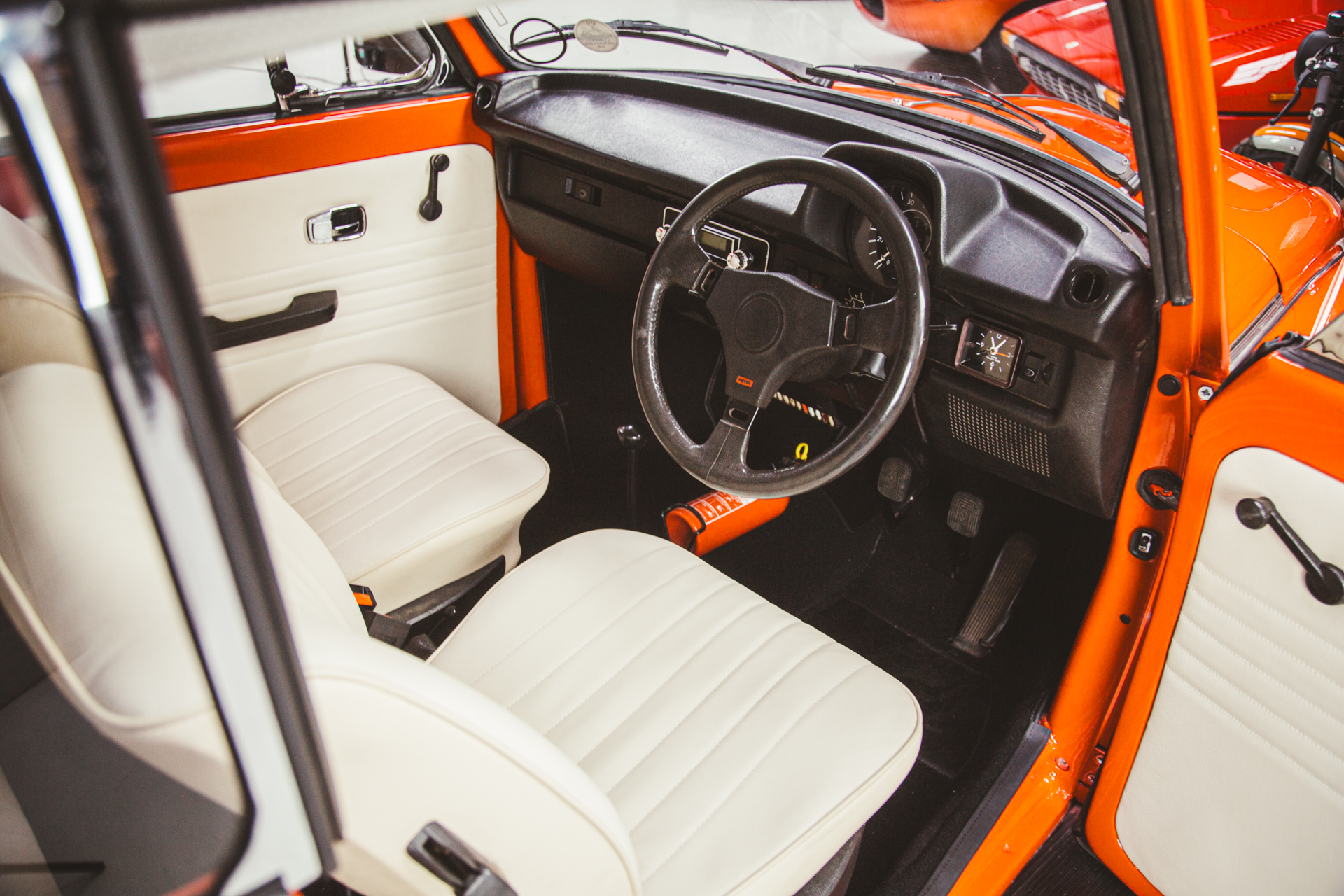
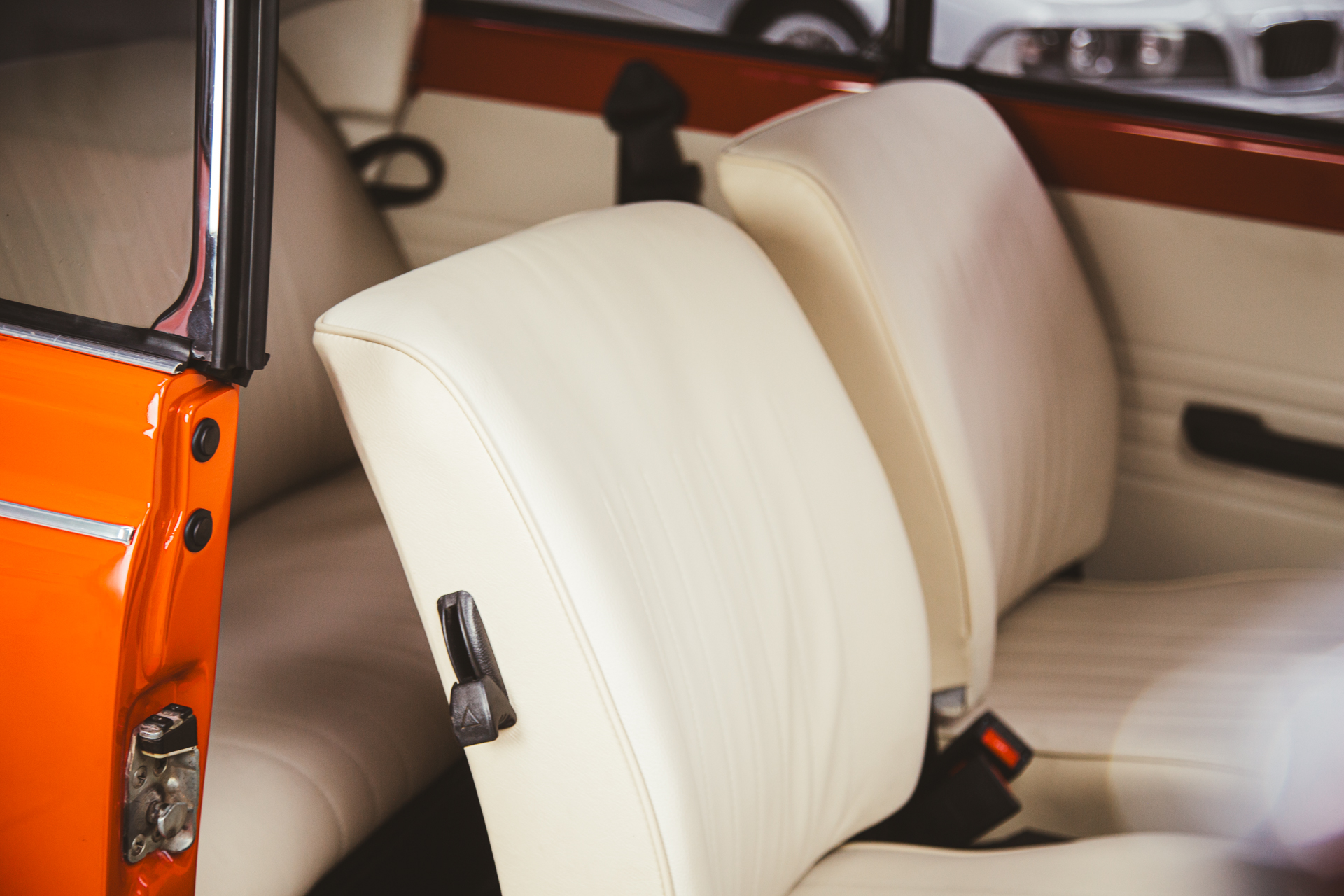

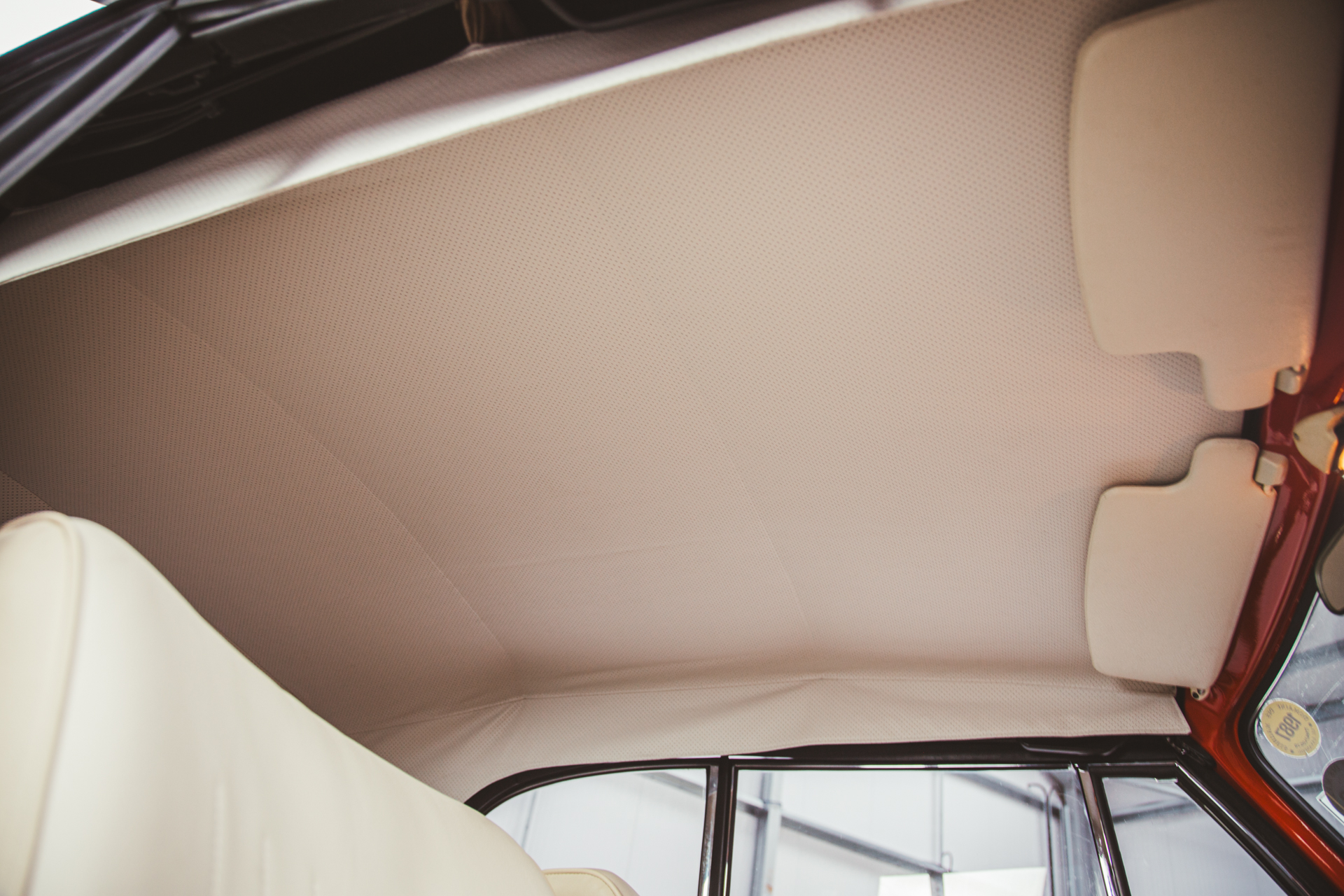
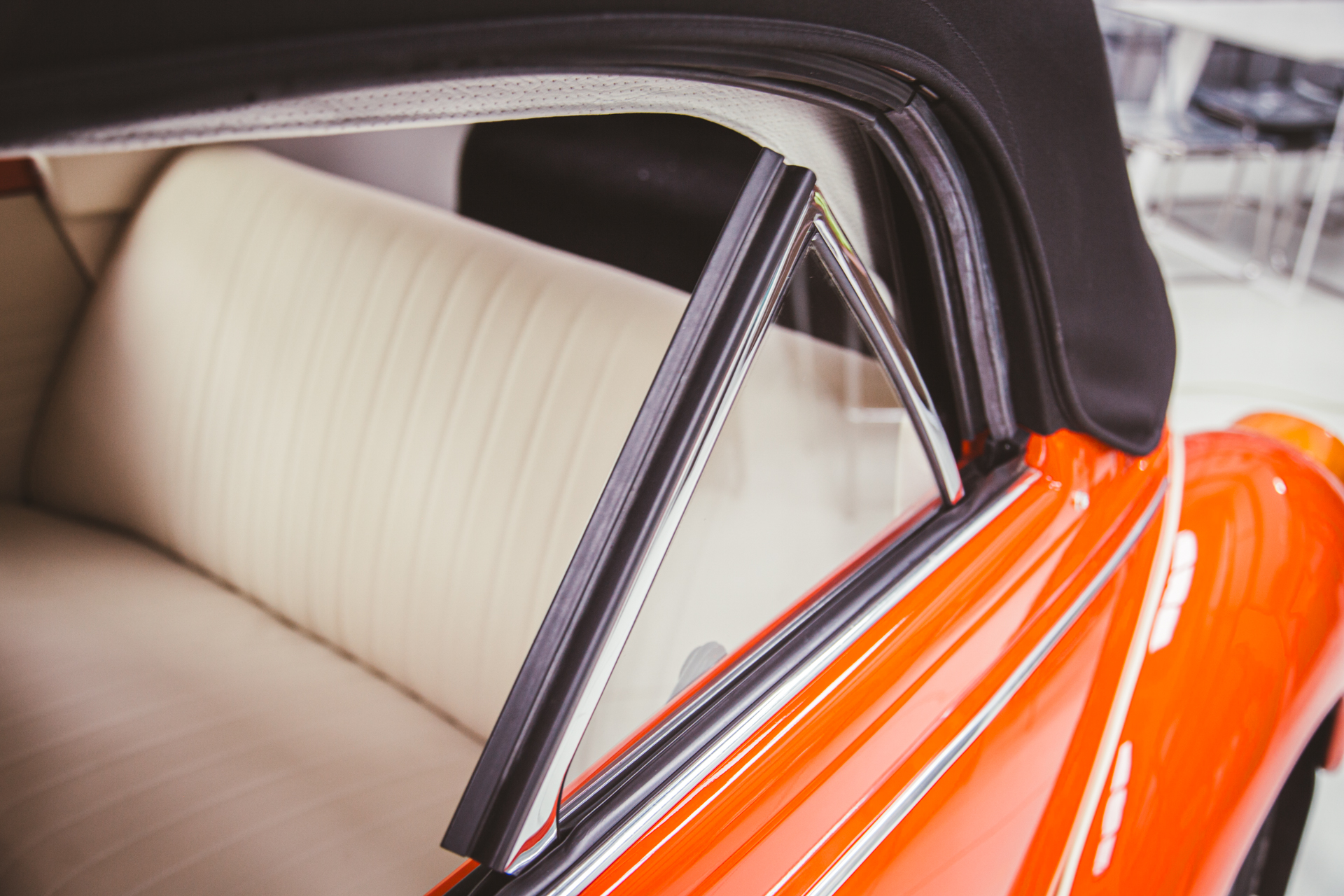
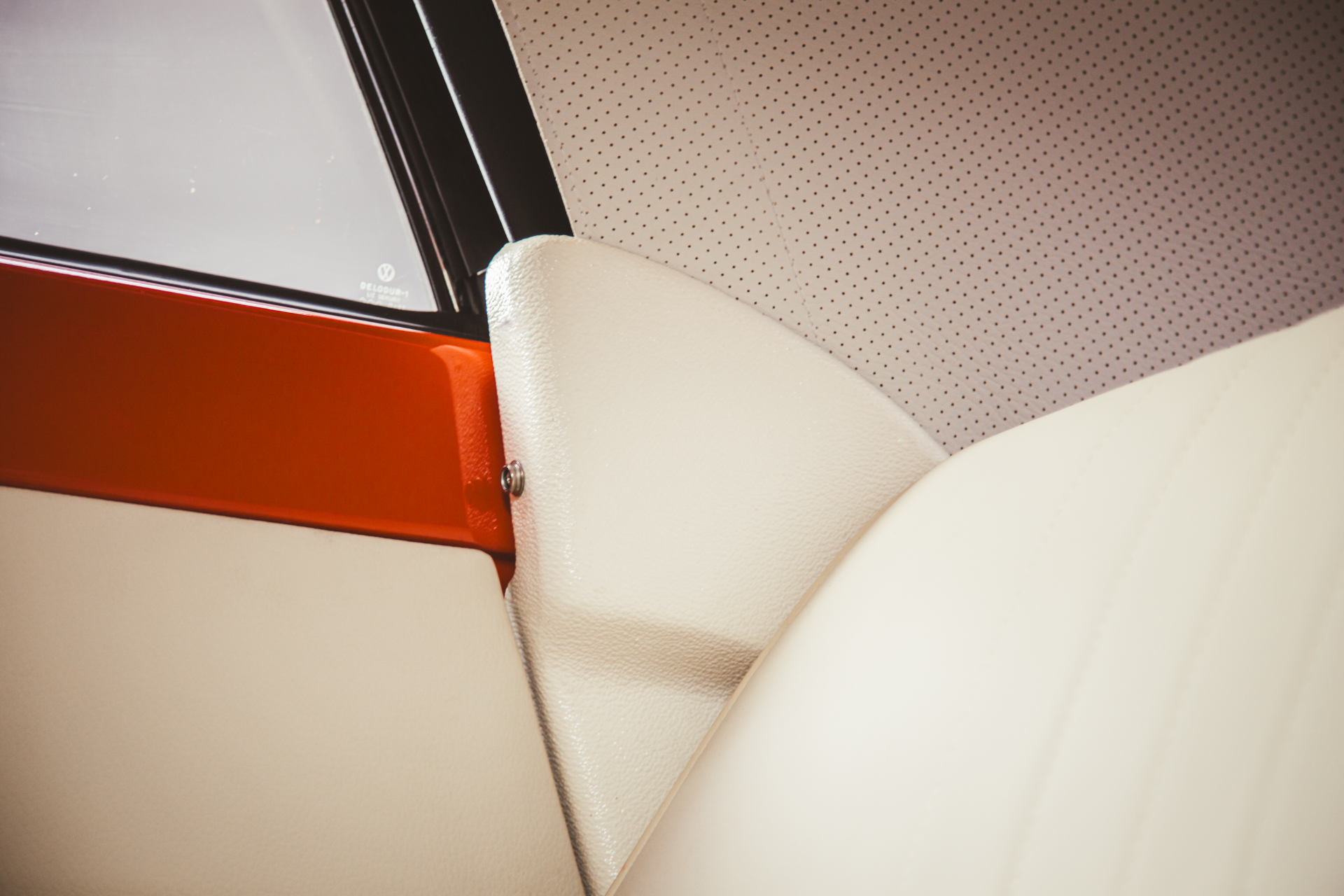
From the sympathetic and careful metalwork done by Chris and Monty in the fabrication shop, to the fastidious and meticulous preparation and execution of Chris, Alan and Mauro in the paint department. Brian and Lydia turning their expert skills and attention to detail on the bespoke cream leather interior and handmade roof in the trim workshop all the way down to James getting the engine set up to run just how it should, Little Jon working on getting each system working correctly in the cabin and Big John installing the wonderfully subtle RetroSounds stereo unit into the original dash. Each department has proudly worked on Delilah to bring her back to life and back to being able to be enjoyed by her owner for many many years to come.
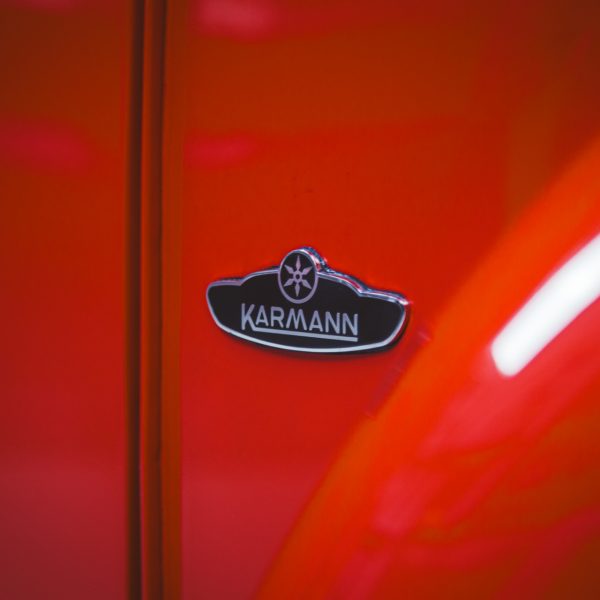
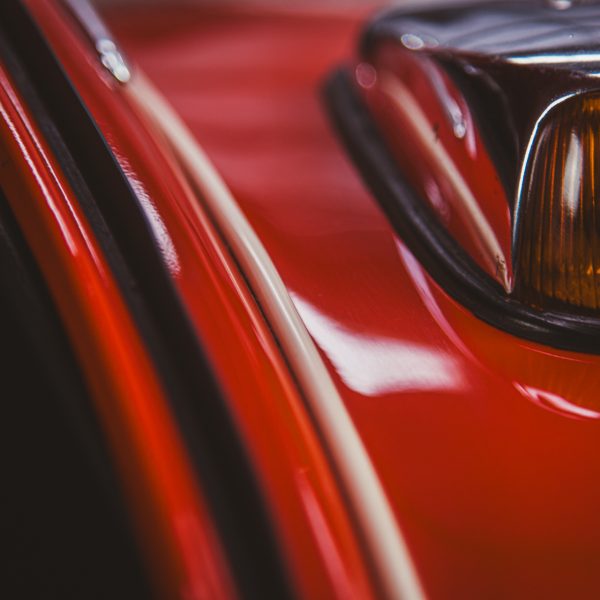
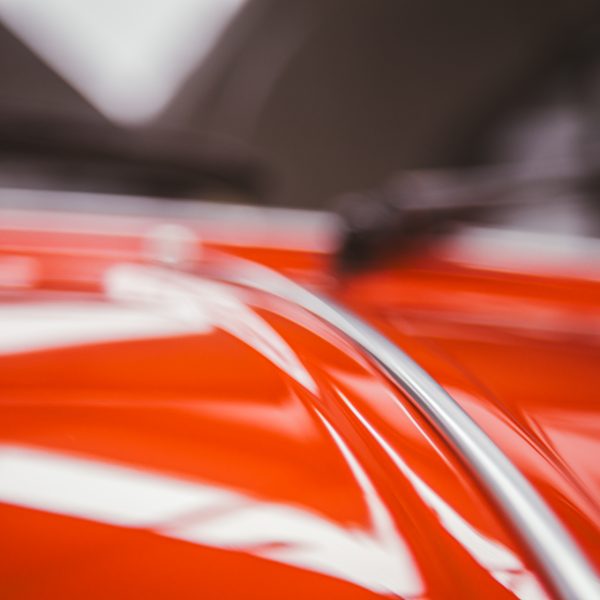
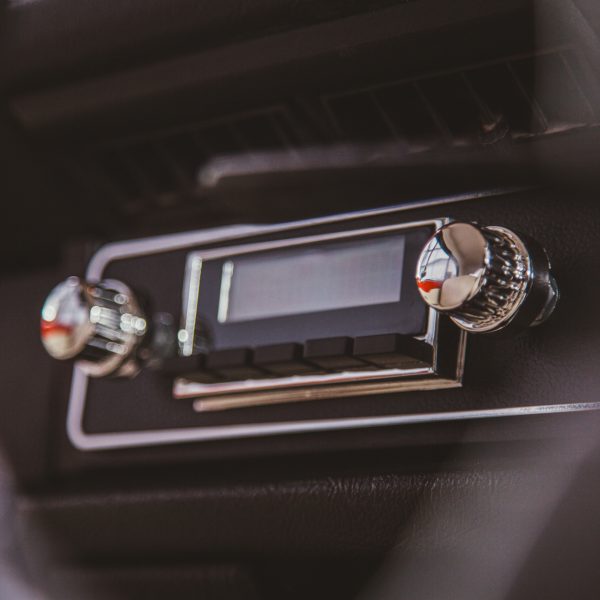


Now, it was up to me to try and capture in photos what the team here at Bridge Classic Cars have worked so hard on over the past 11 months – I hope I managed to show just how beautiful this Beetle turned out from the talented and skilled work our amazing team have put into this classic Volkswagen.
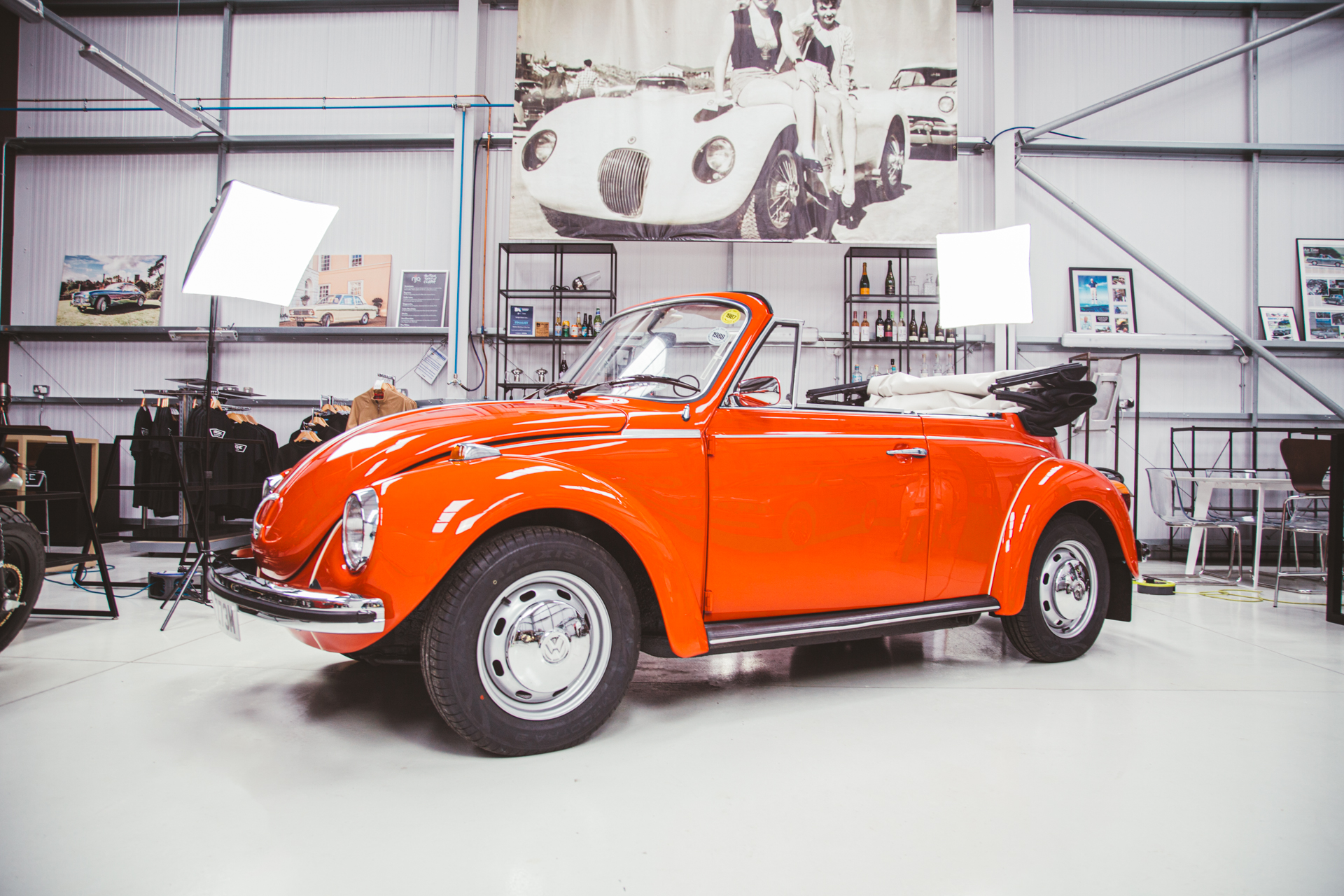
Take a look at the full gallery here:

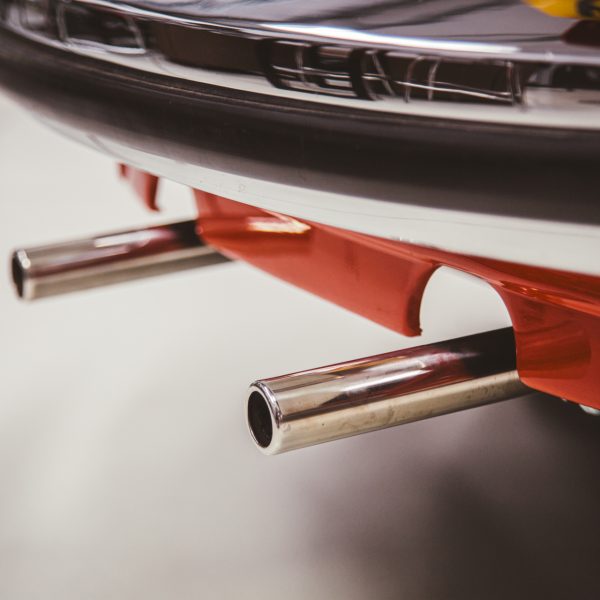
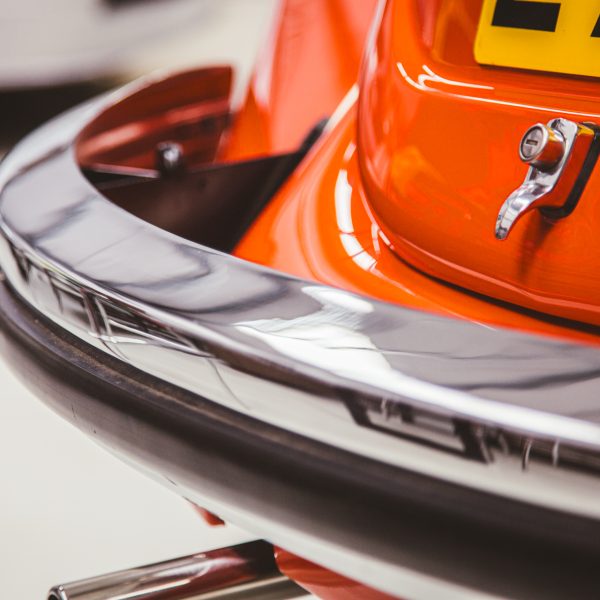
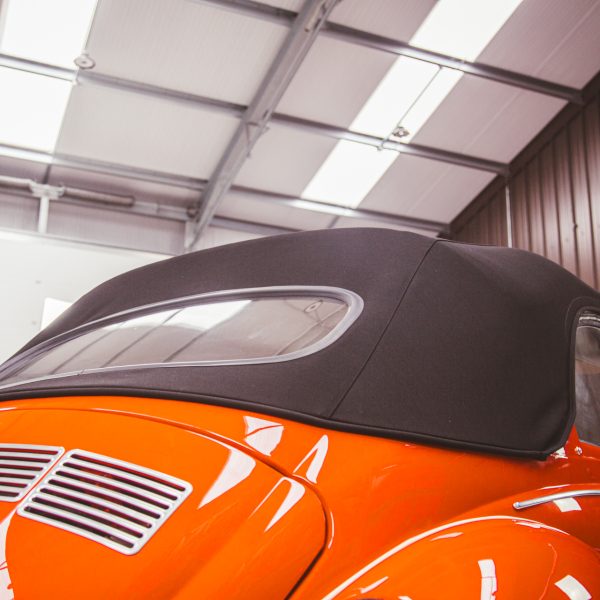

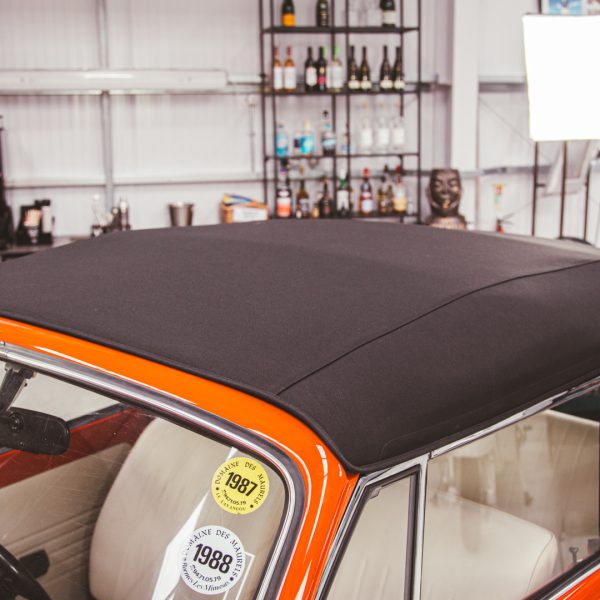
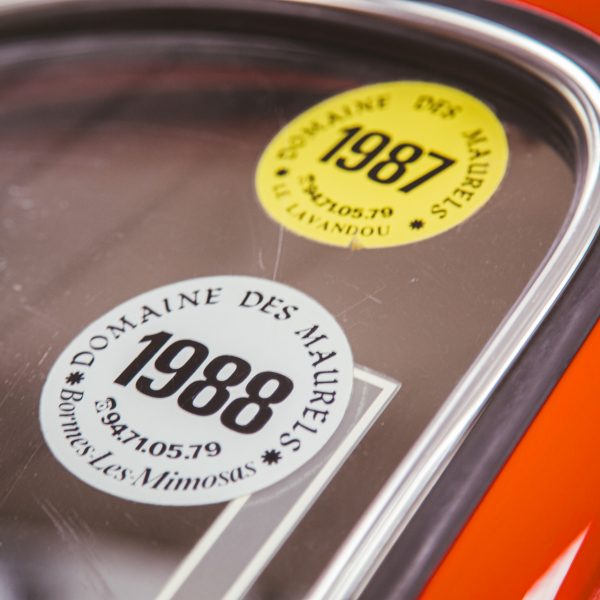
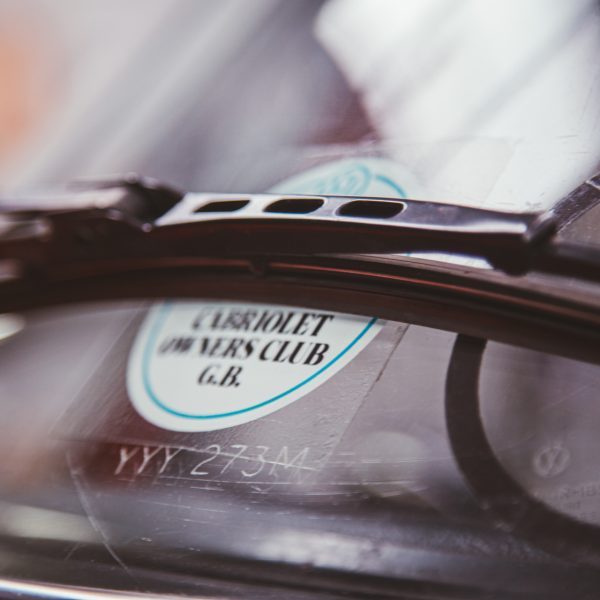
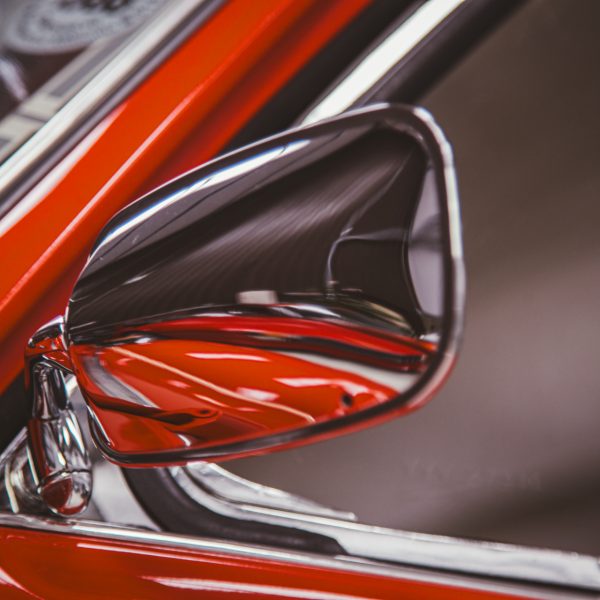
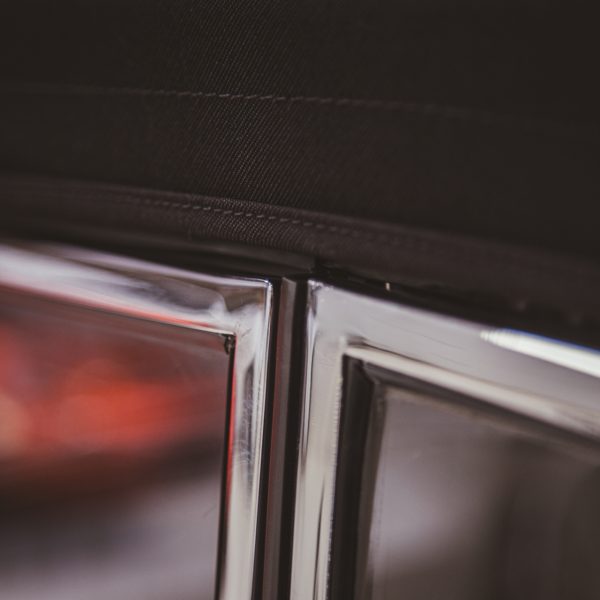
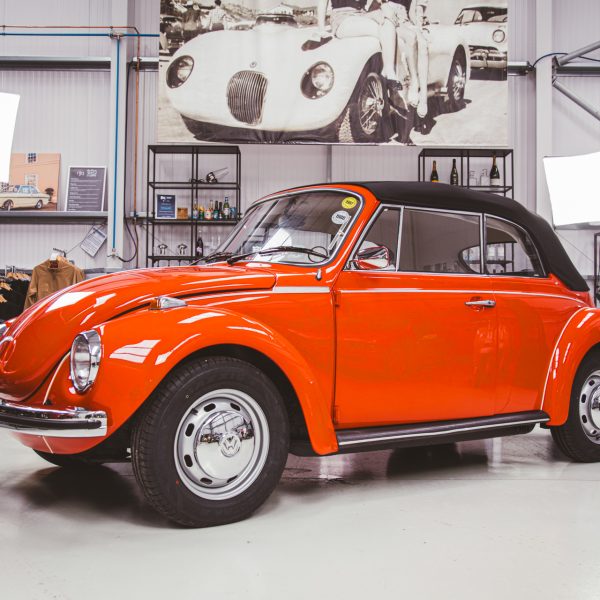



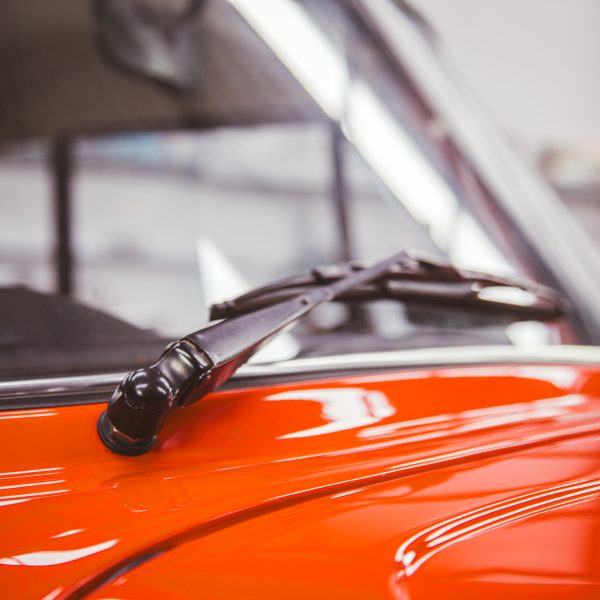

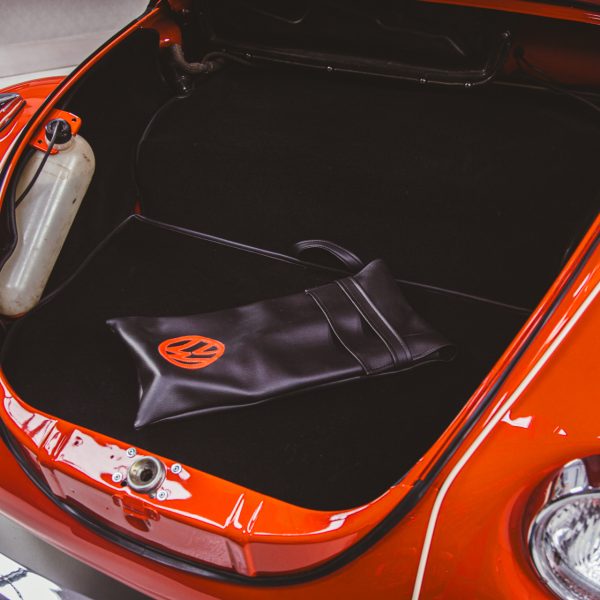

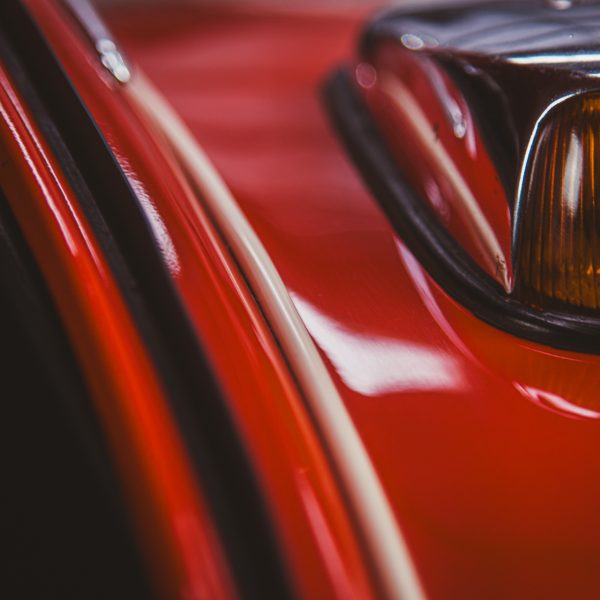
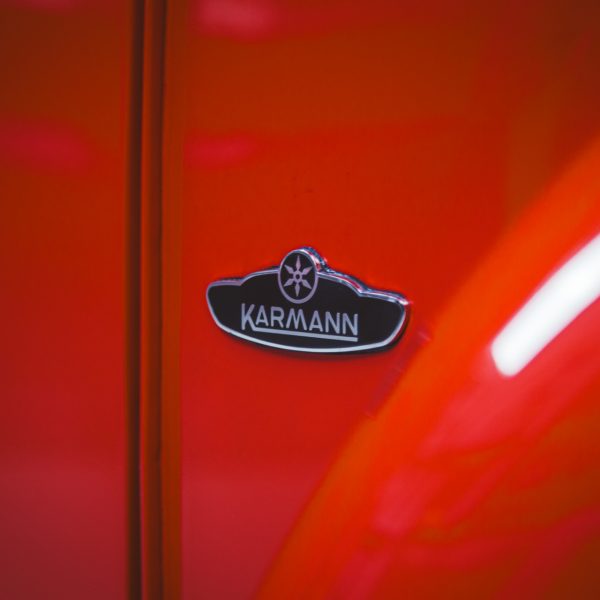
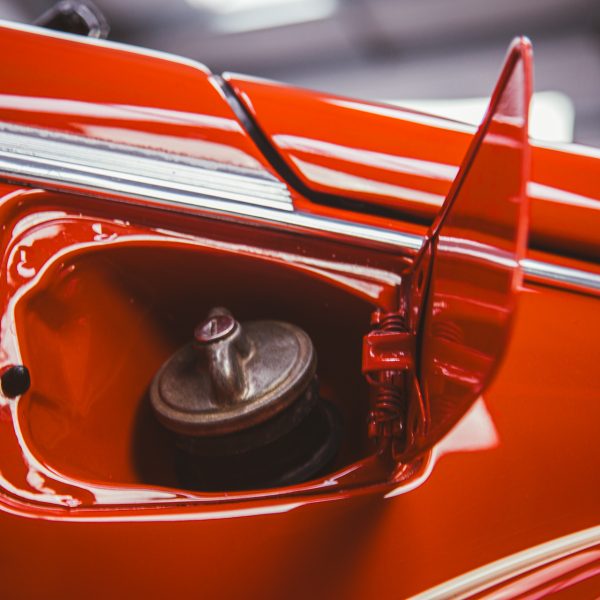
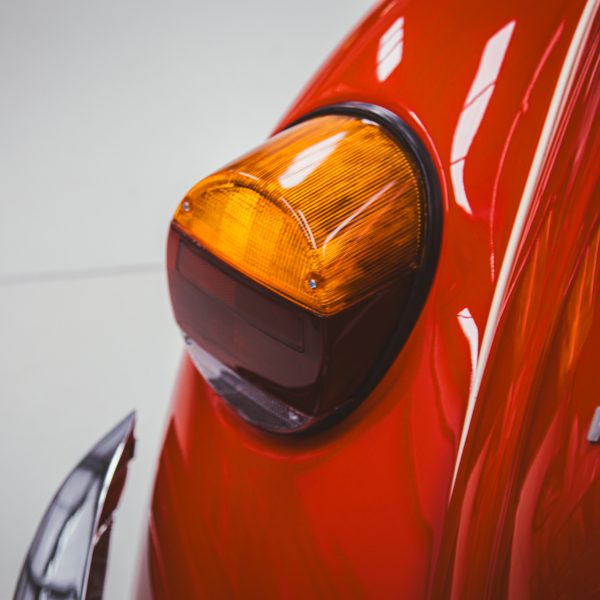
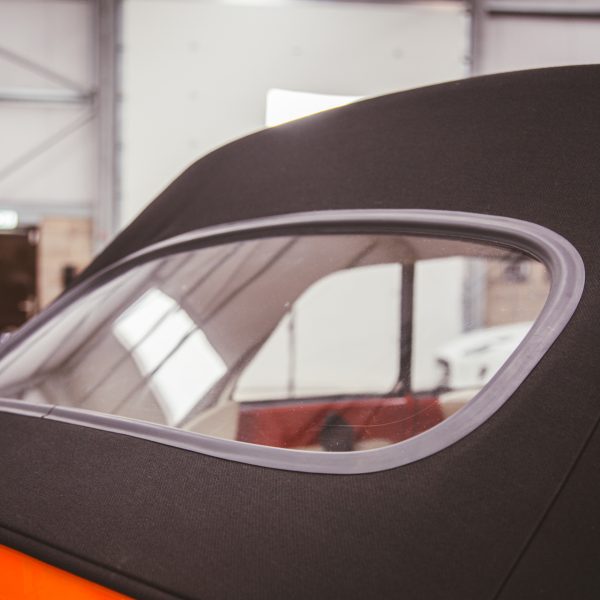
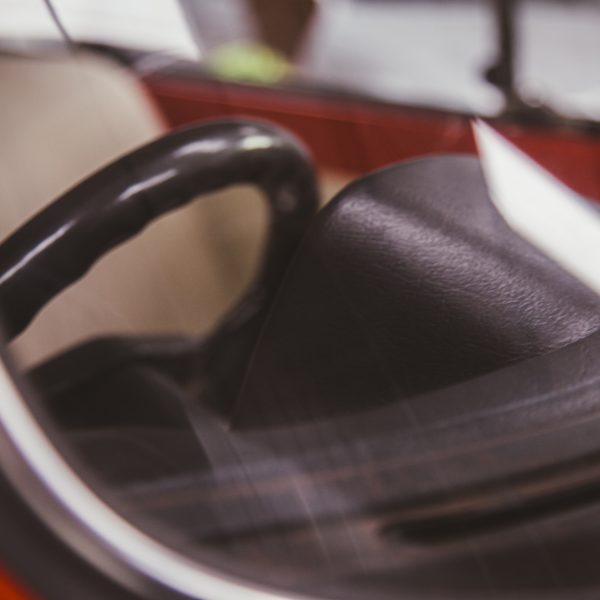

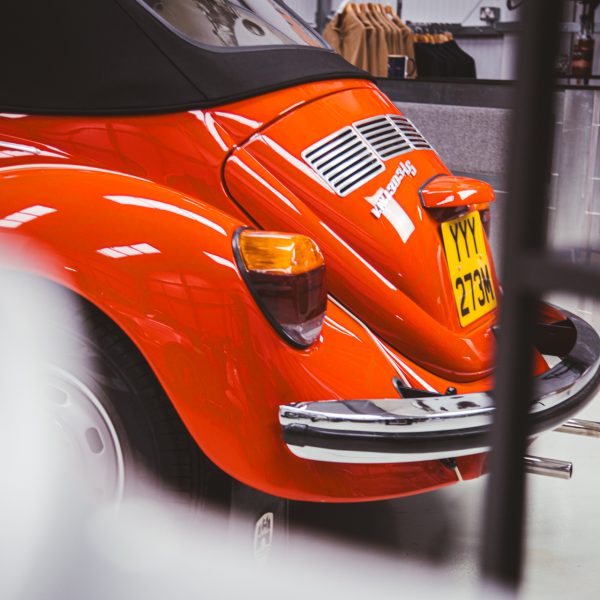

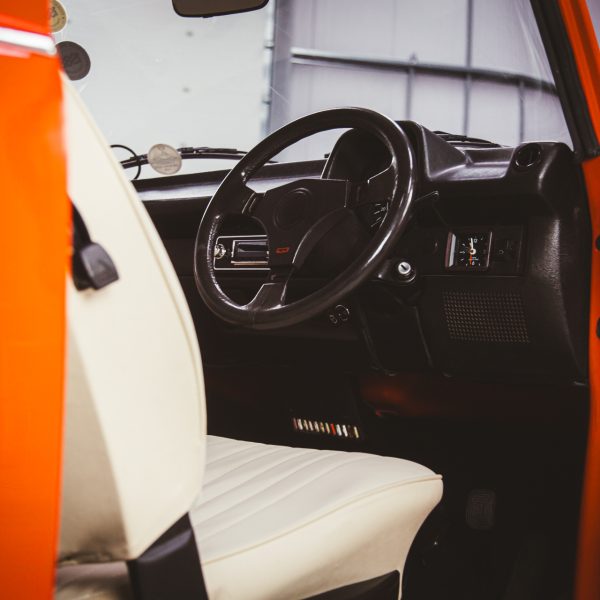

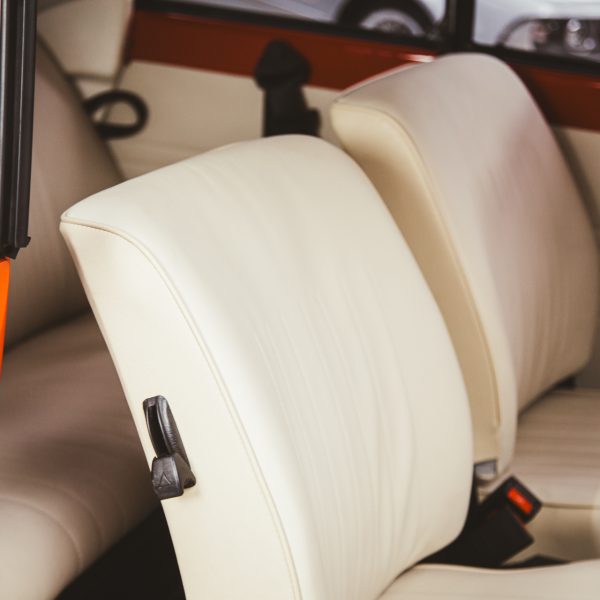



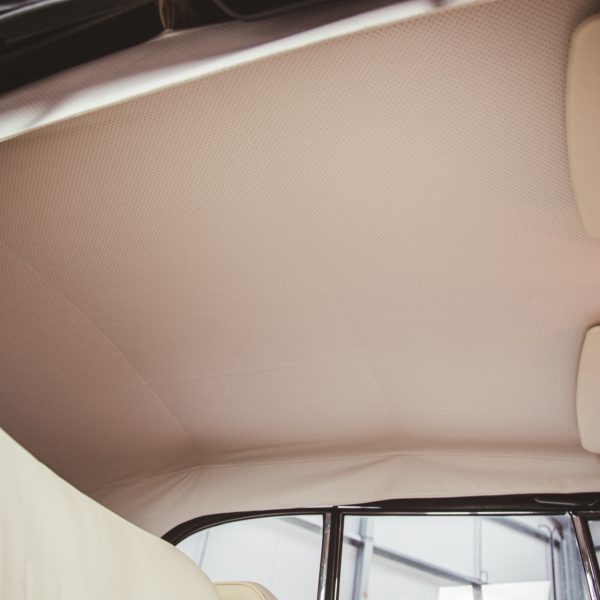
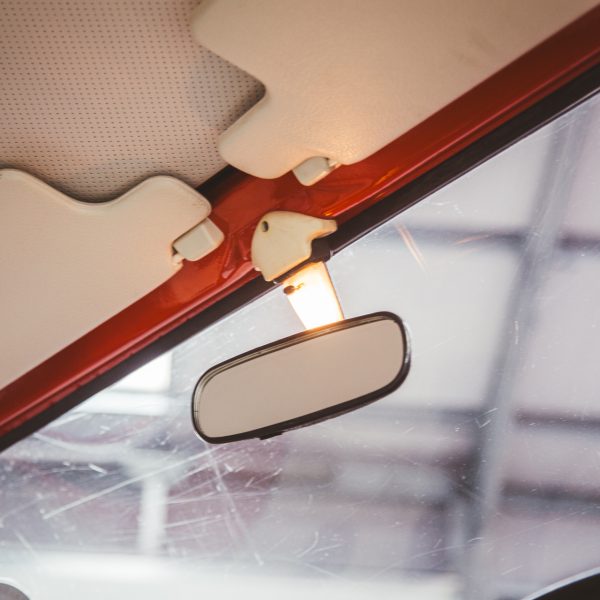

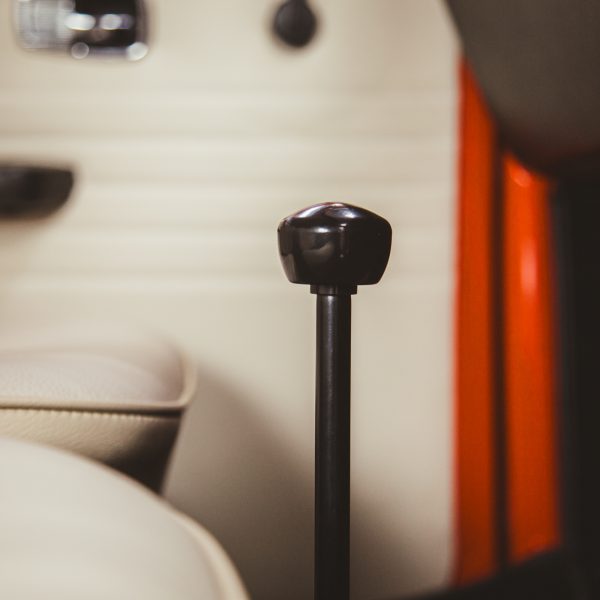

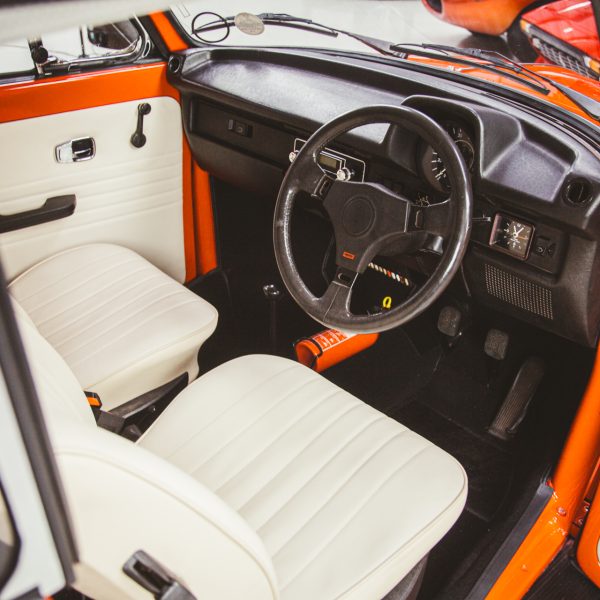
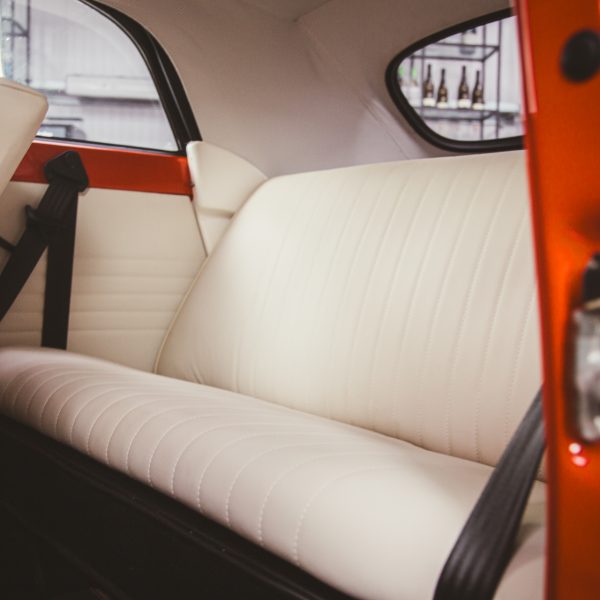
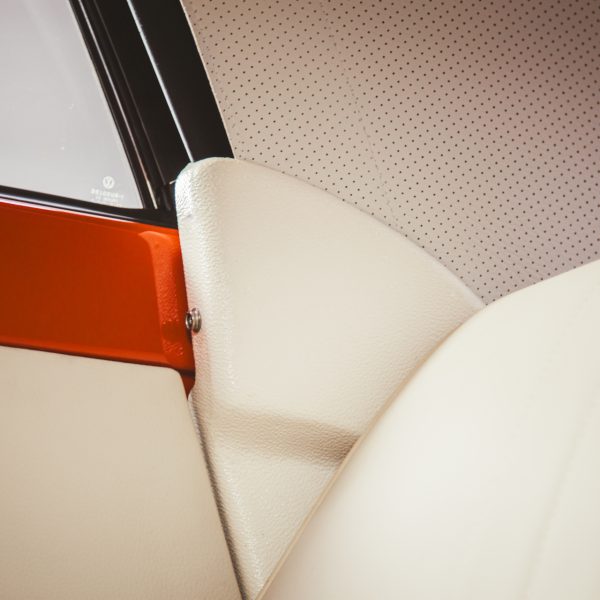
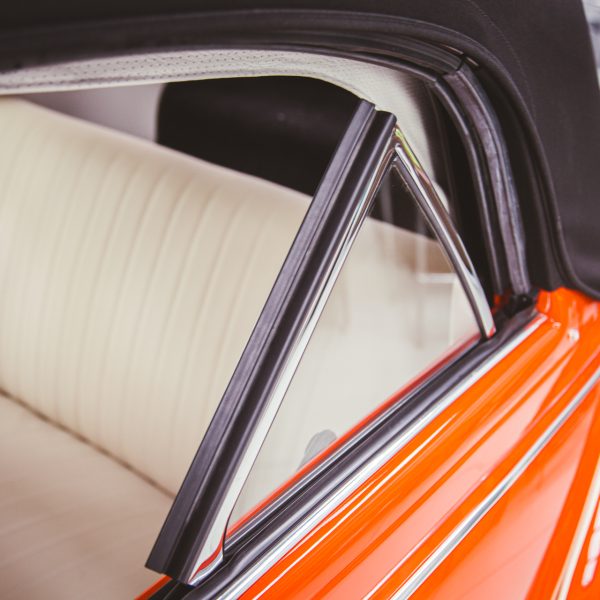
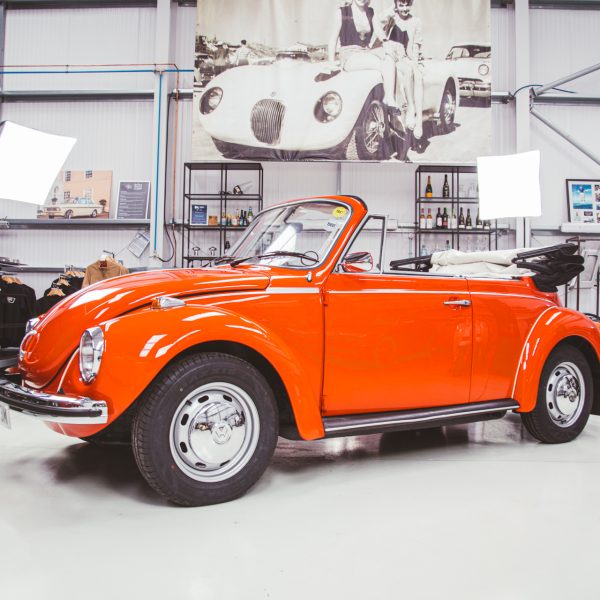
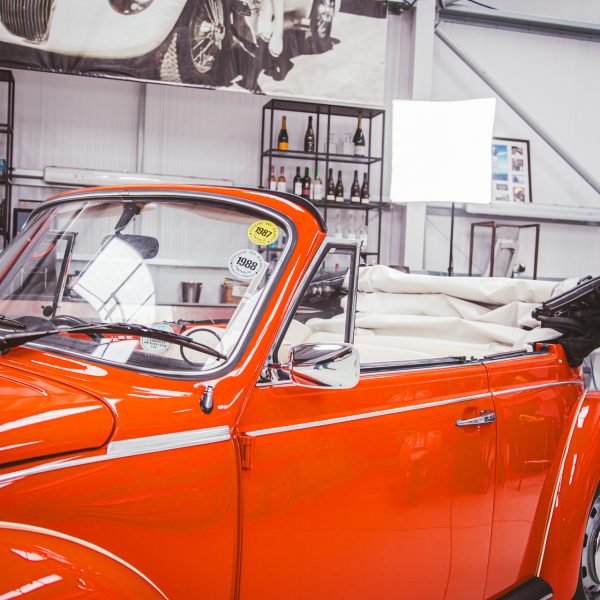
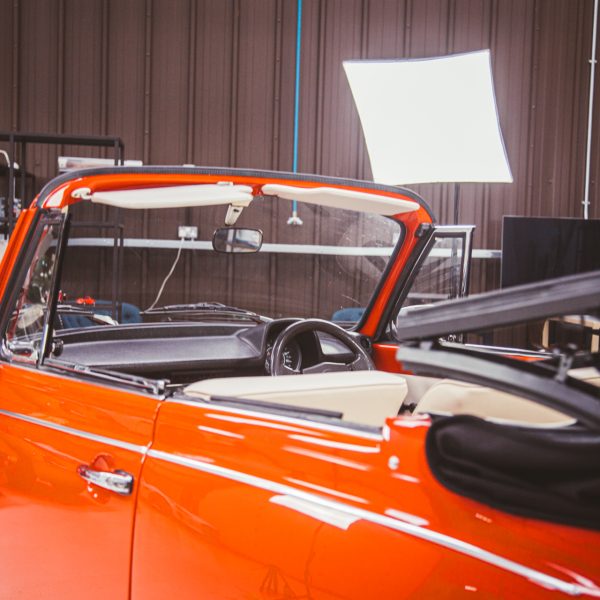


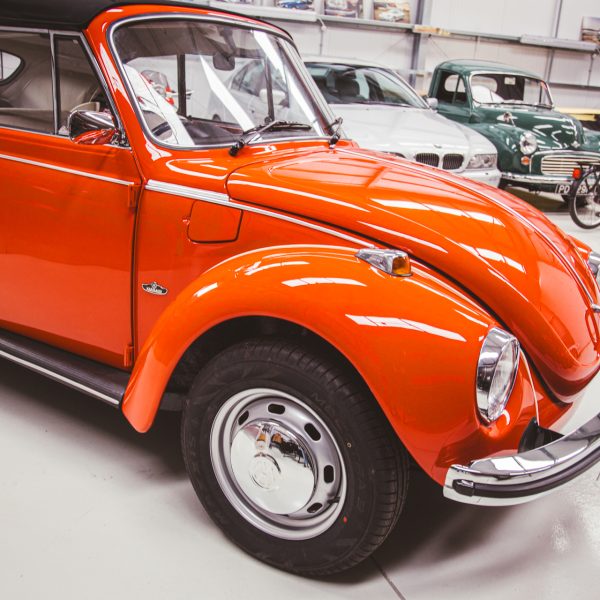
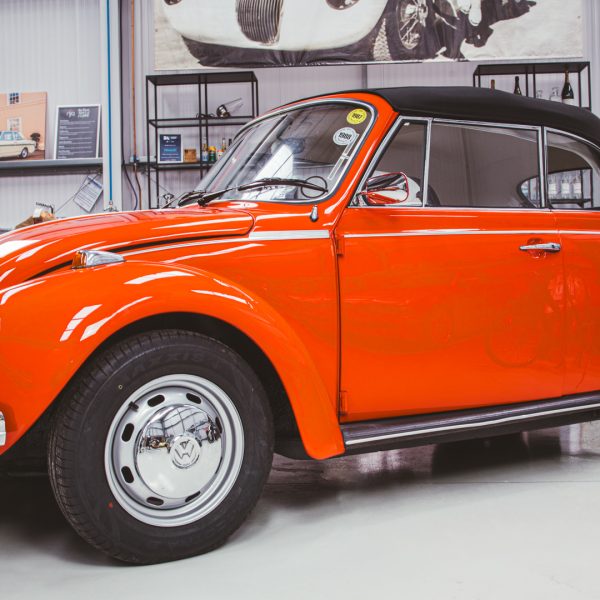


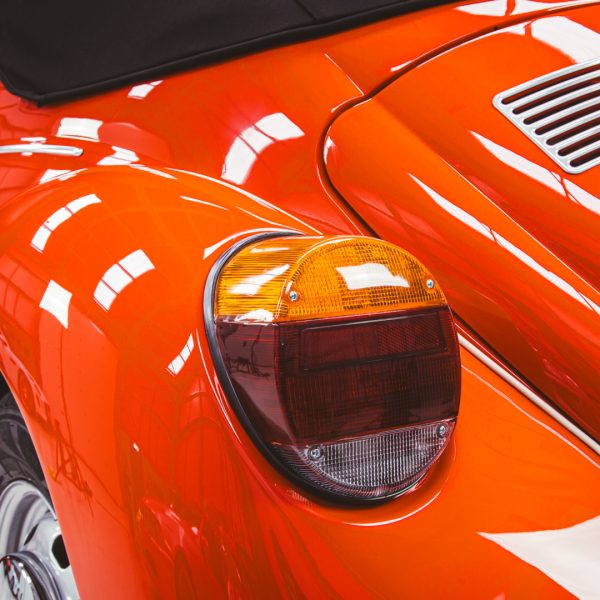
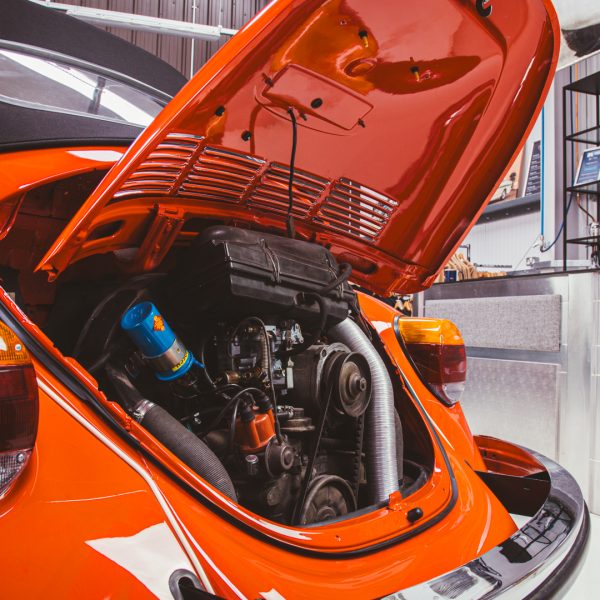
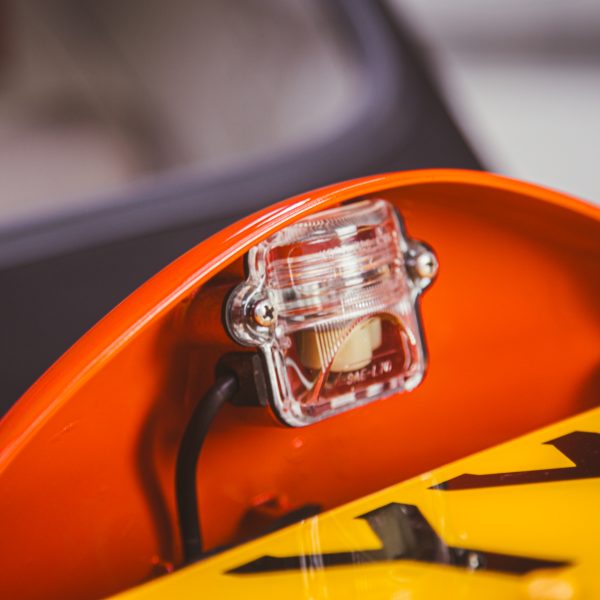


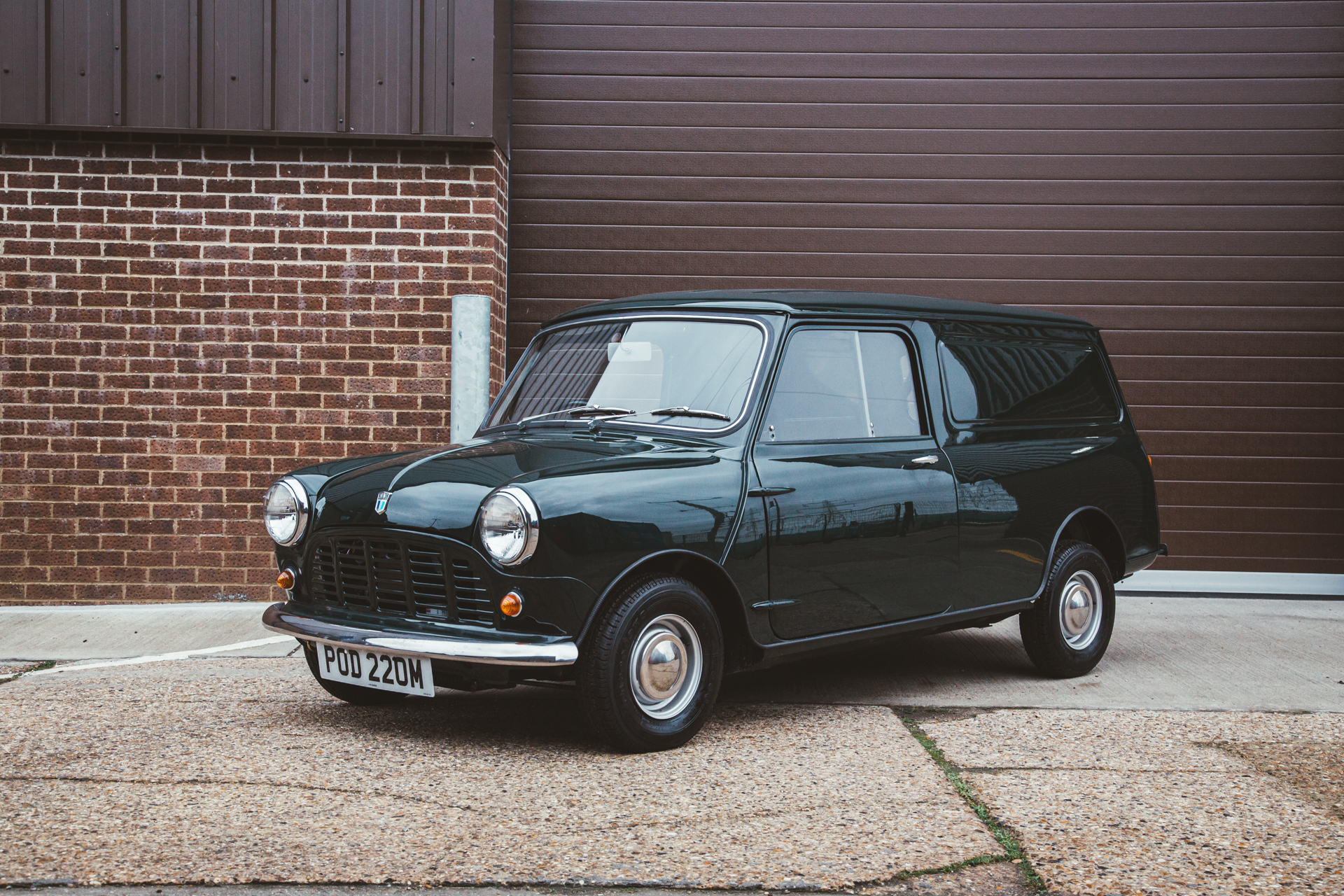
This morning, along with a few other new deliveries, we welcomed this gorgeous 1974 Mini 850 Van!
As we mentioned with our 1982 Bedford HA, we love a panel van here at Bridge Classic Cars and this is one of the nicest ones we’ve seen. Like the others, soon this pint sized workhorse will be headed into our workshop were our skilled technicians can inspect and assess the car to make sure it is ready for its lucky new owner.
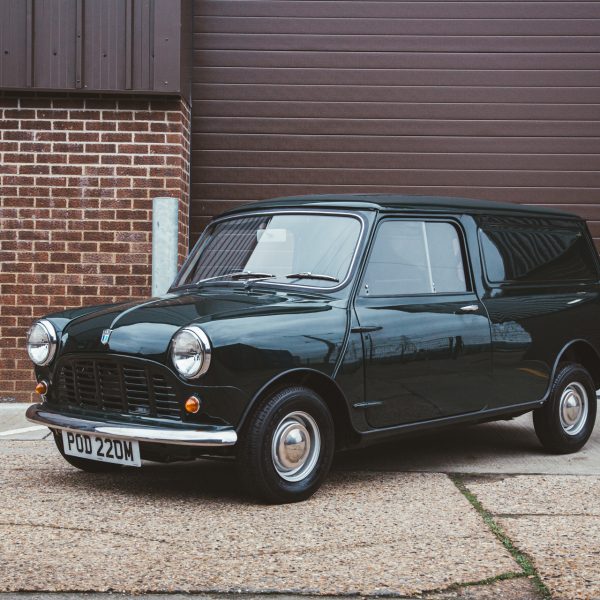


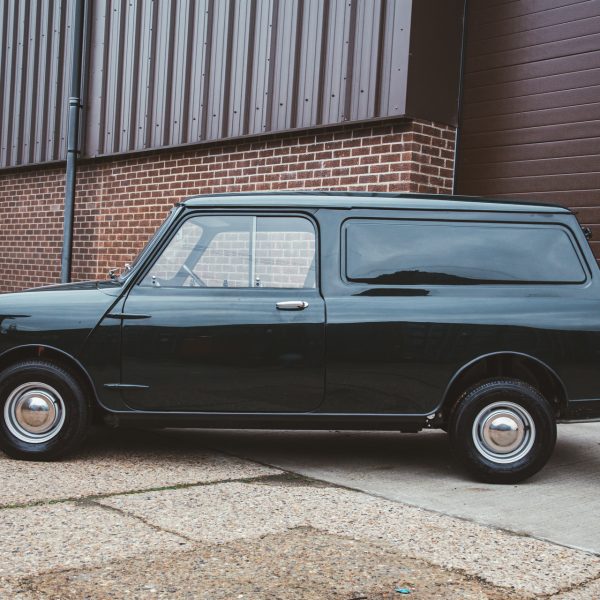


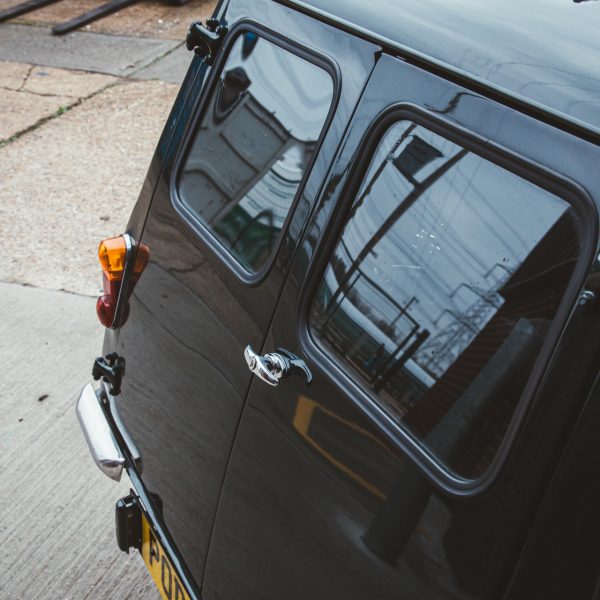
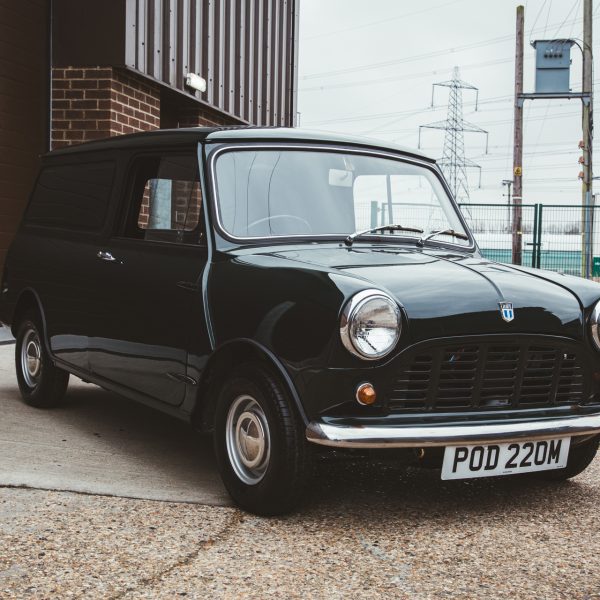
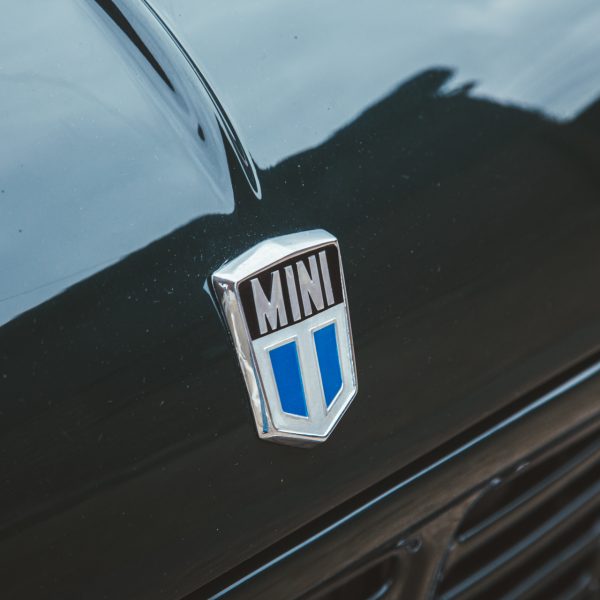


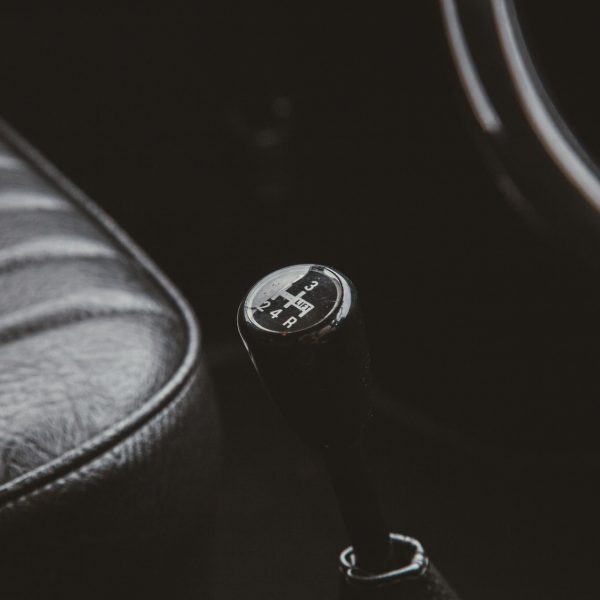

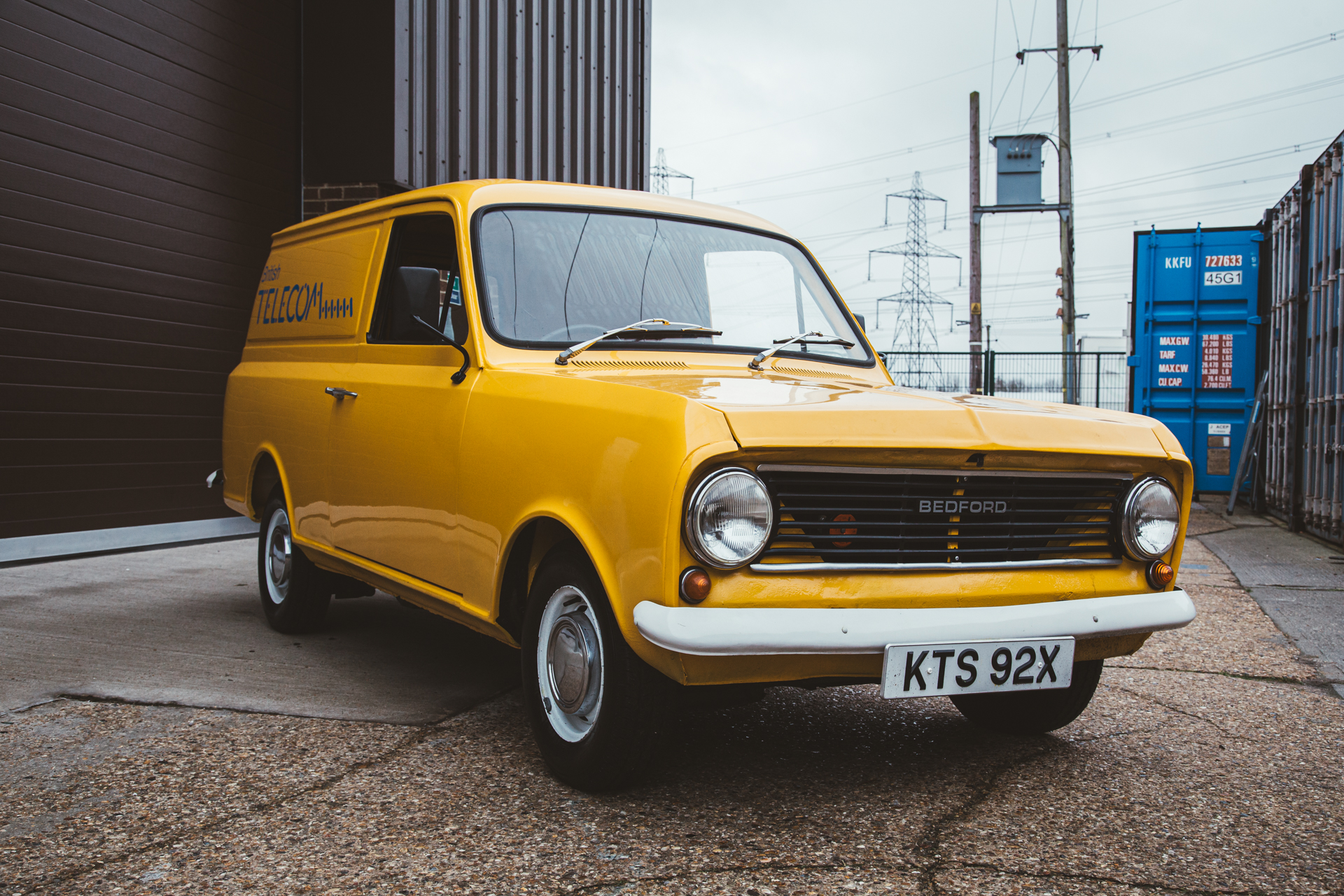
Here at Bridge Classic Cars, we love a panel van. A solid, dependable and utilitarian workhorse for generations, the humble van at some point has played a role in everyone’s life.
This one though, is a 1982 Bedford HA Panel Van. And its previous owner has had commissioned to look like one of the original early 1980s British Telecom work vans.
The team will be bringing this into our workshop very soon to assess and inspect the entire car so keep an eye out on the Bridge Classic Cars news page for more updates very soon.

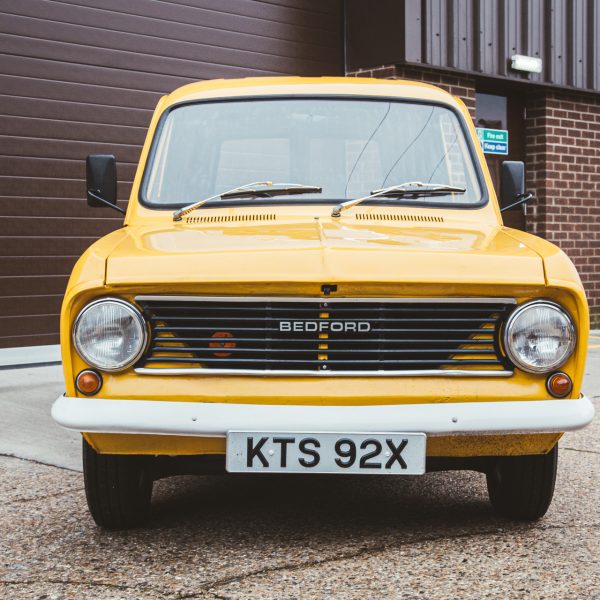

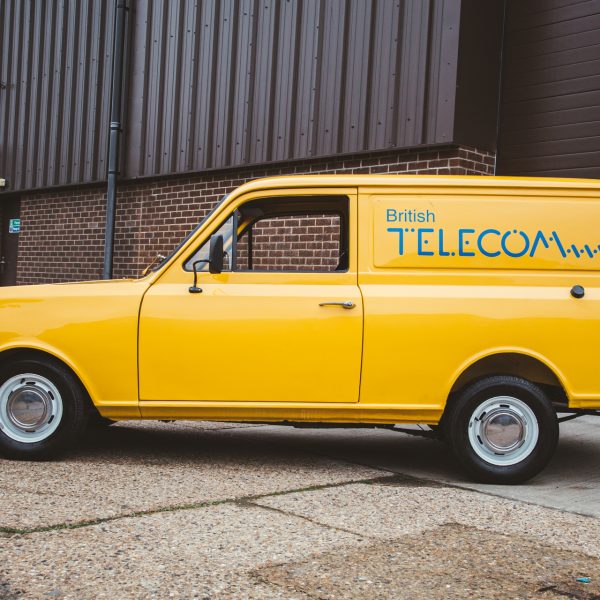


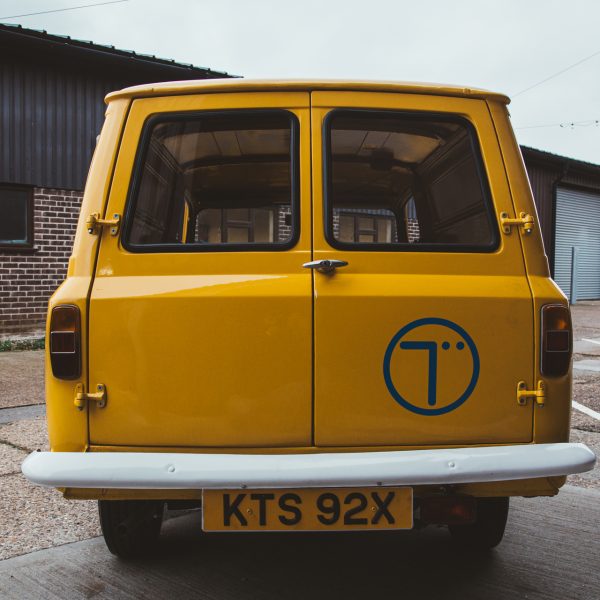
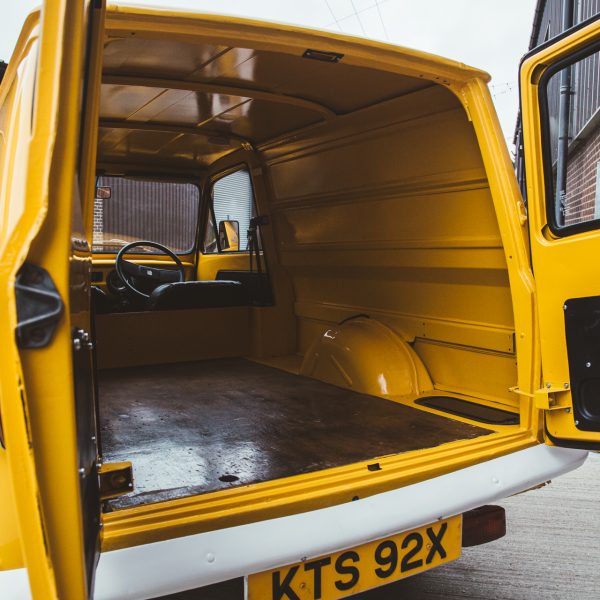
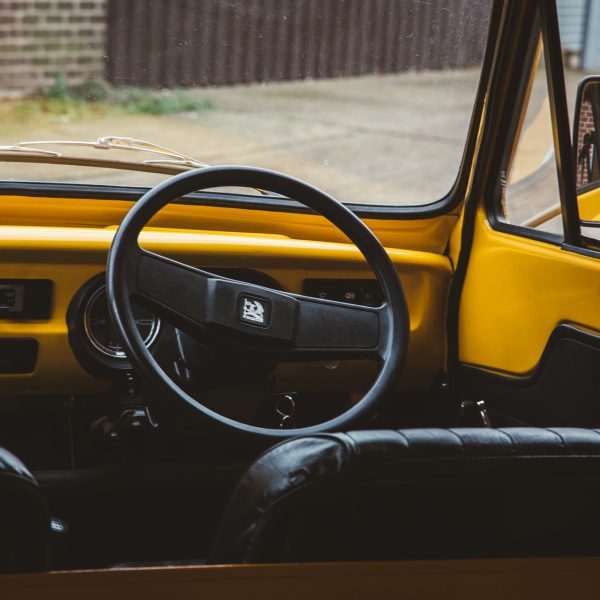
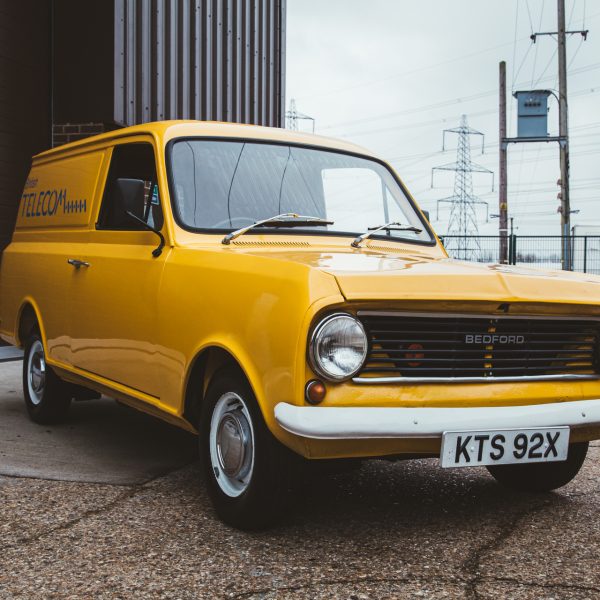
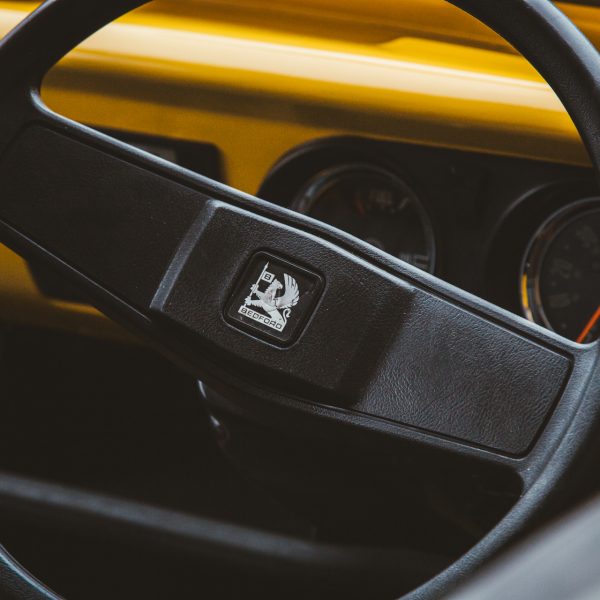

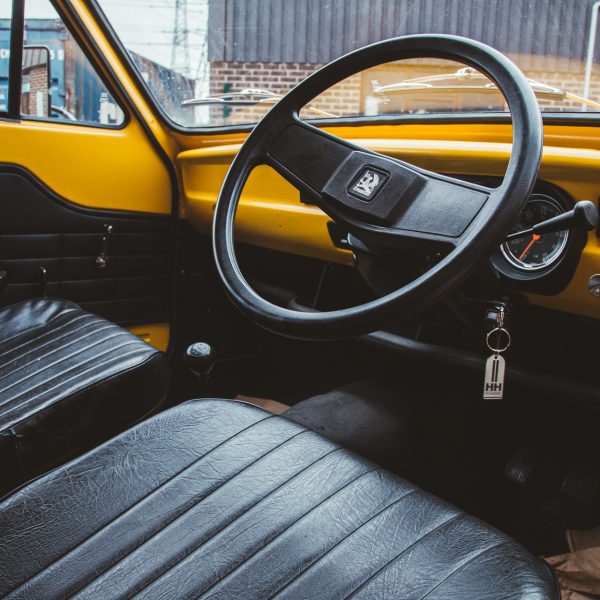

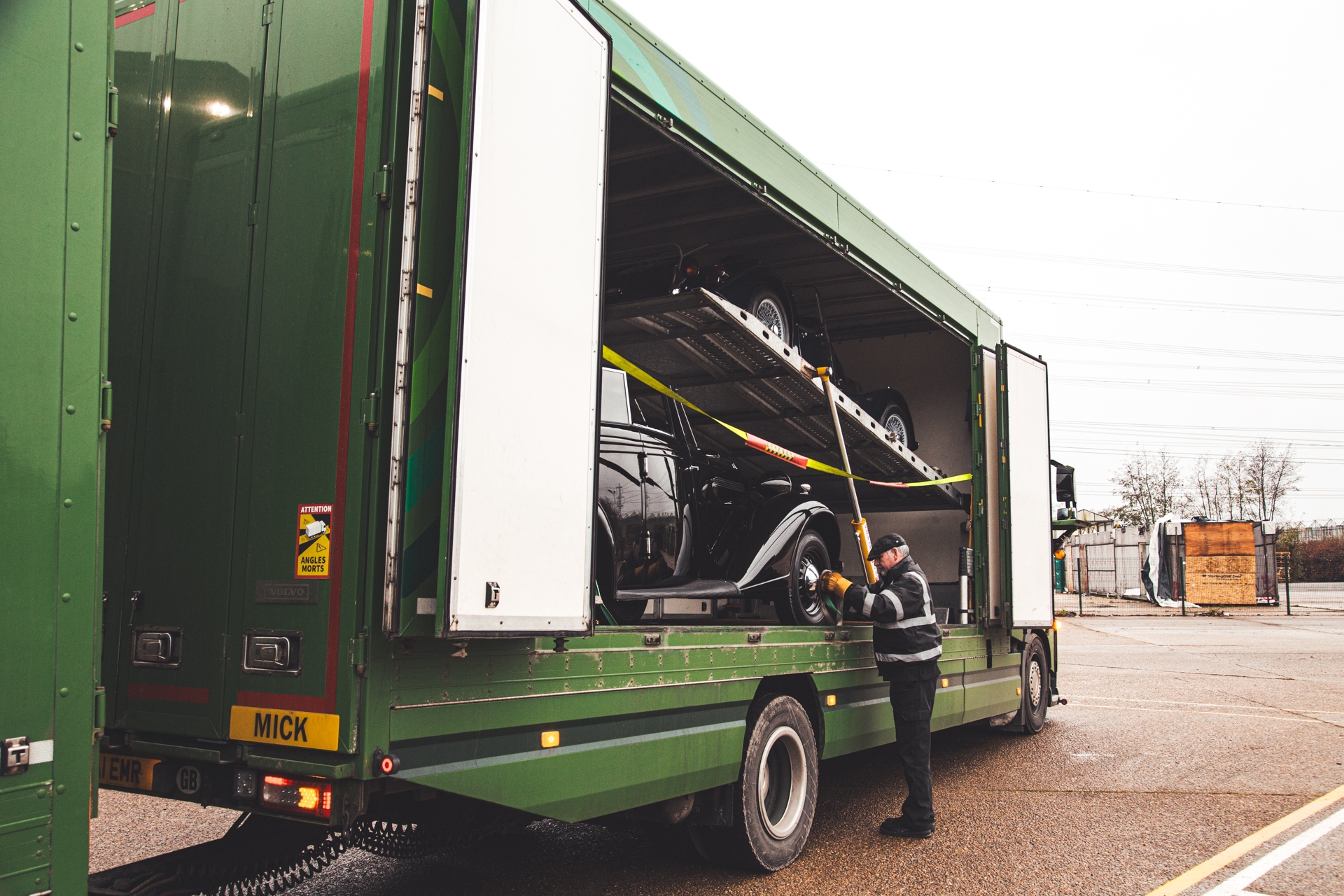
This morning we took delivery of a collection of new cars destined to be won by lucky winners for our competitions as well as our 1938 Vauxhall Wingham Cabriolet being brought back to us safe and sound.
The new cars included a Morgan Plus 4, a Mini 850 Van and a very yellow 1982 Bedford HA Panel Van safely tucked away in the trailer of our friends at EM Rogers.
One by one, these classics were unloaded and taken round to our usual photography spot for us to capture them before they begin their journeys. But, we do like to grab photos of the action!
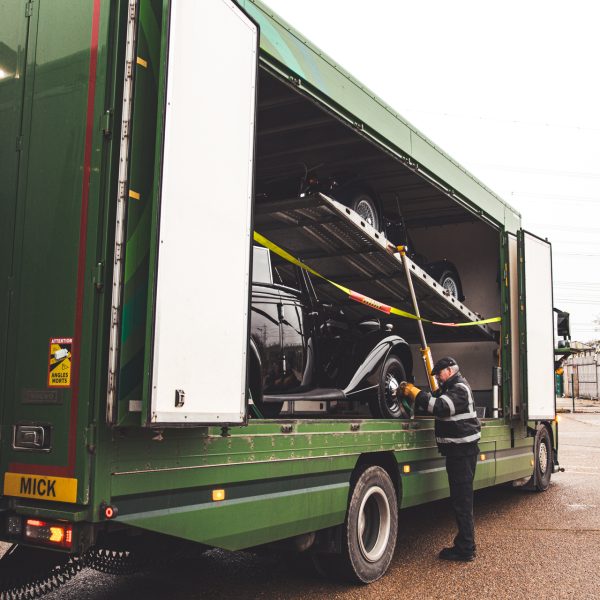

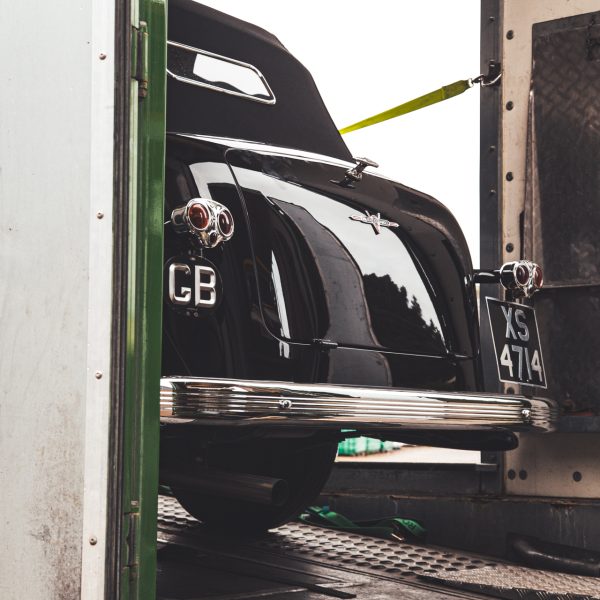
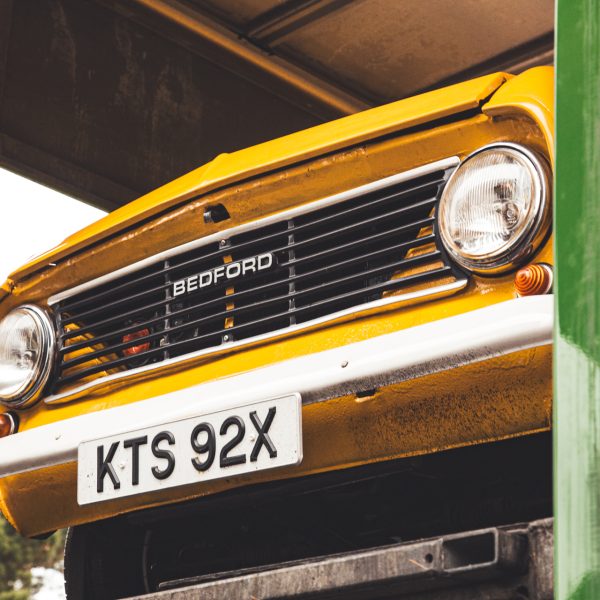

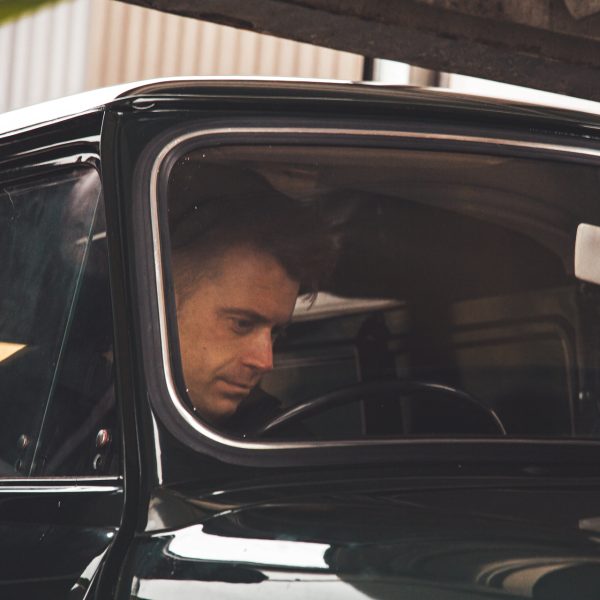




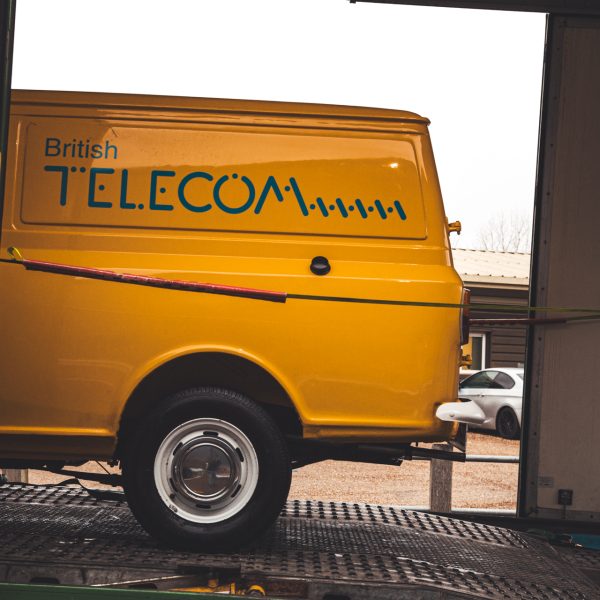
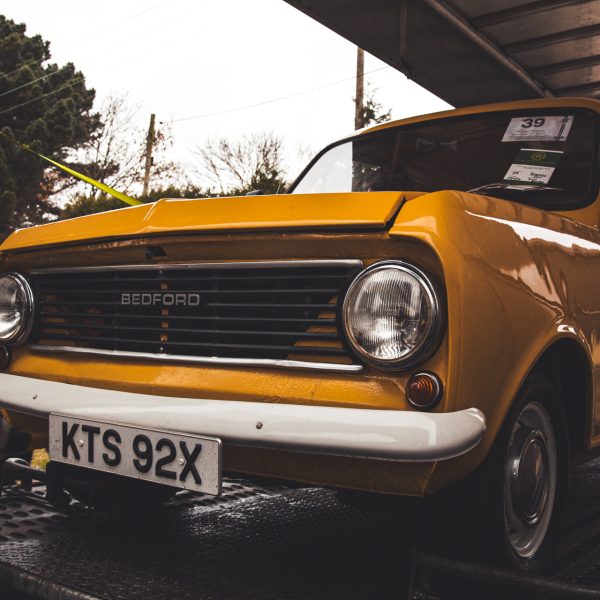
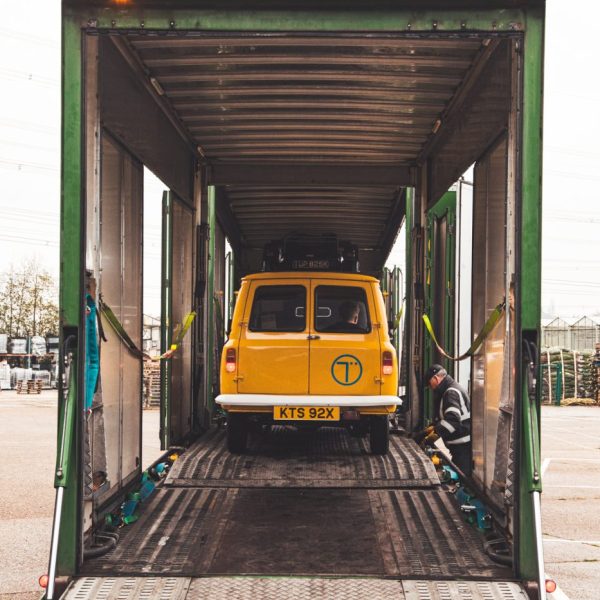
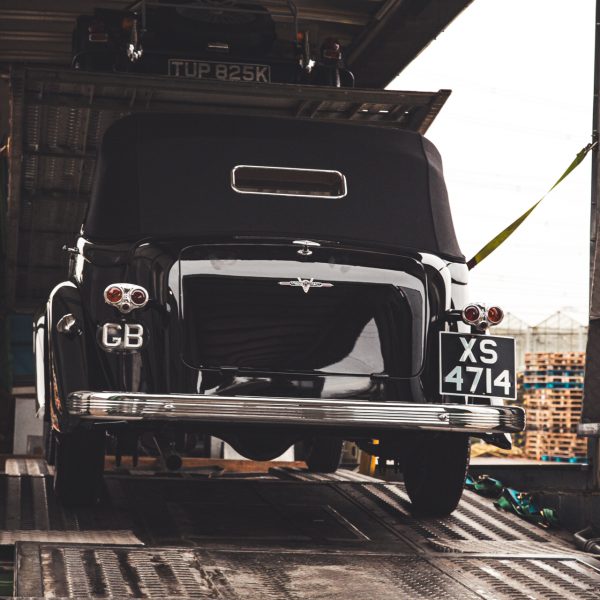
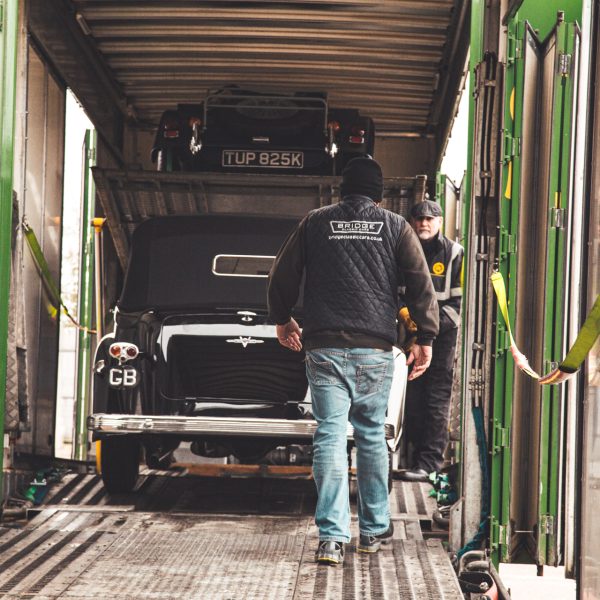
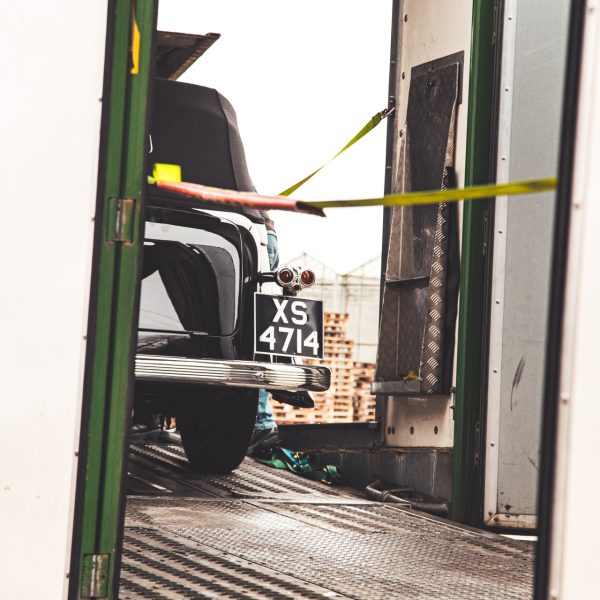
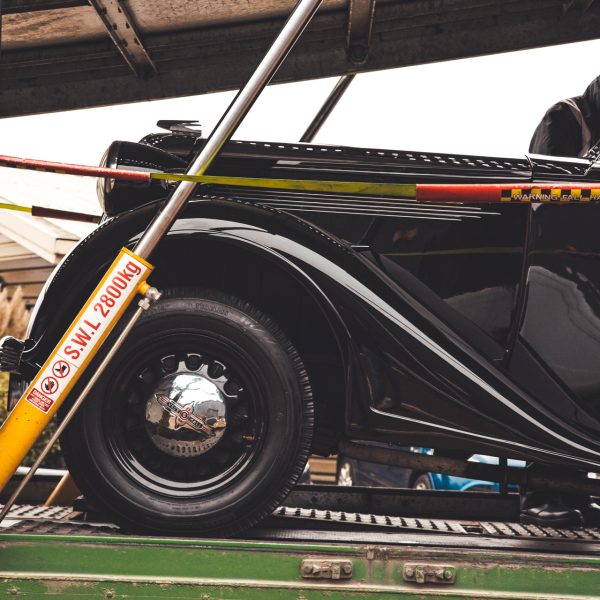

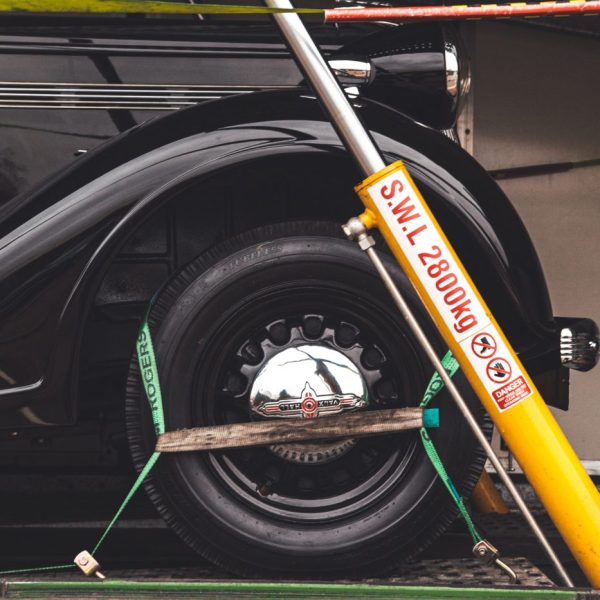

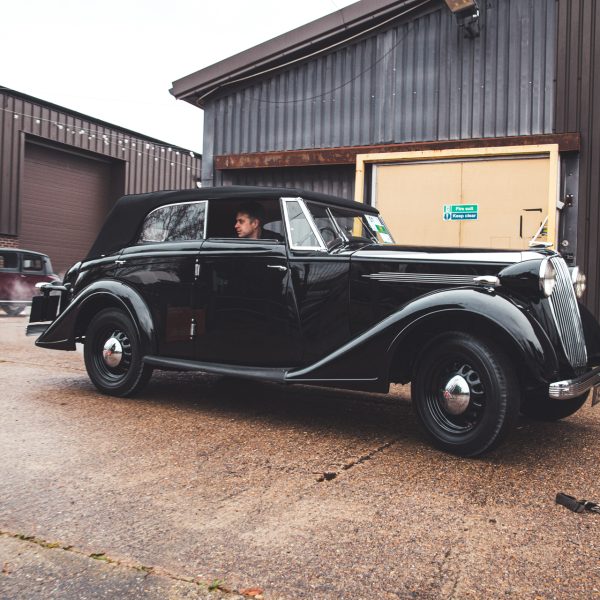

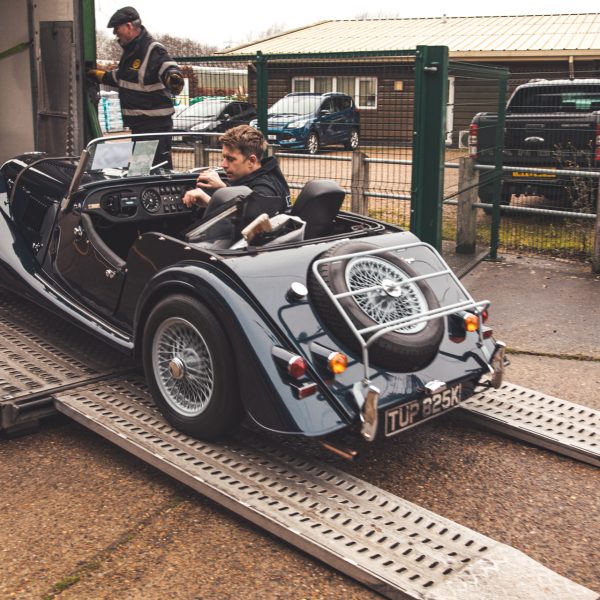
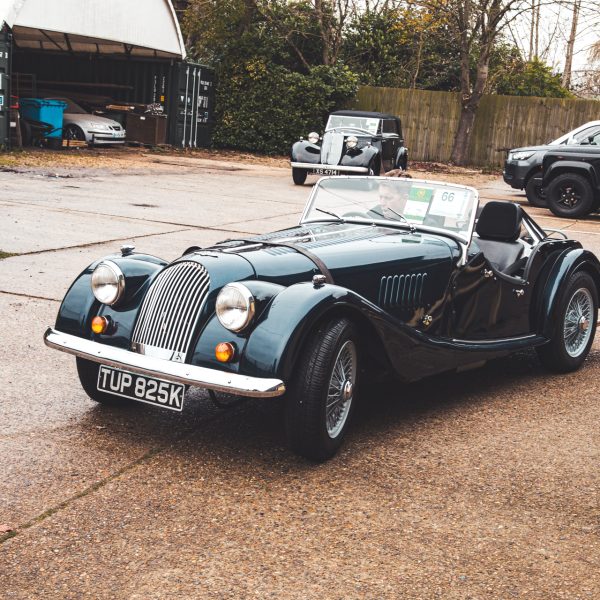

Along with delivering our classics back to us, EM Rogers were also here to collect a very special car destined for its new owner.
The team have been readying the Riley Stelvio ahead of its journey and today was the day where it would leave our Suffolk HQ bound for a new life since arriving from South Africa earlier in the year.
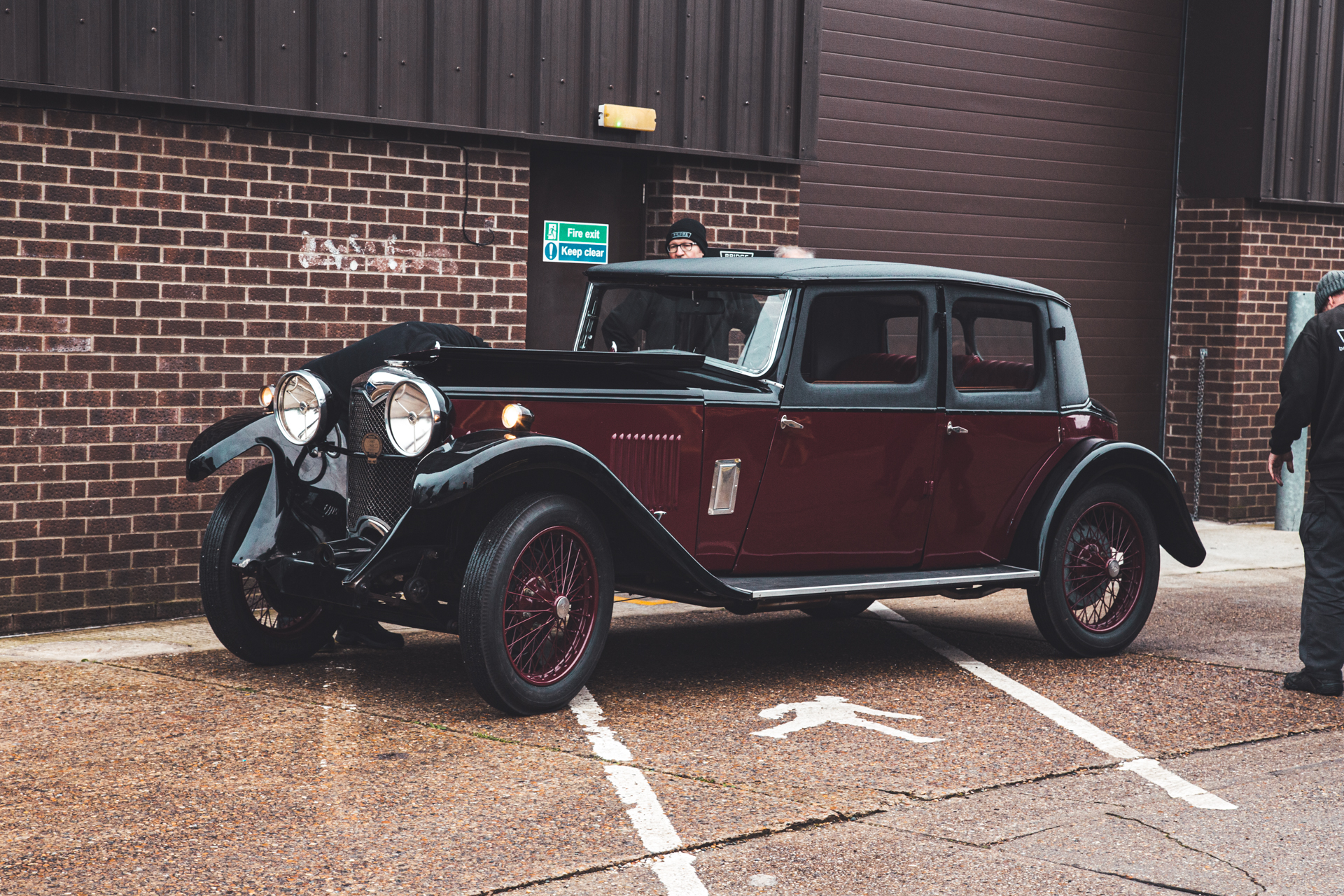
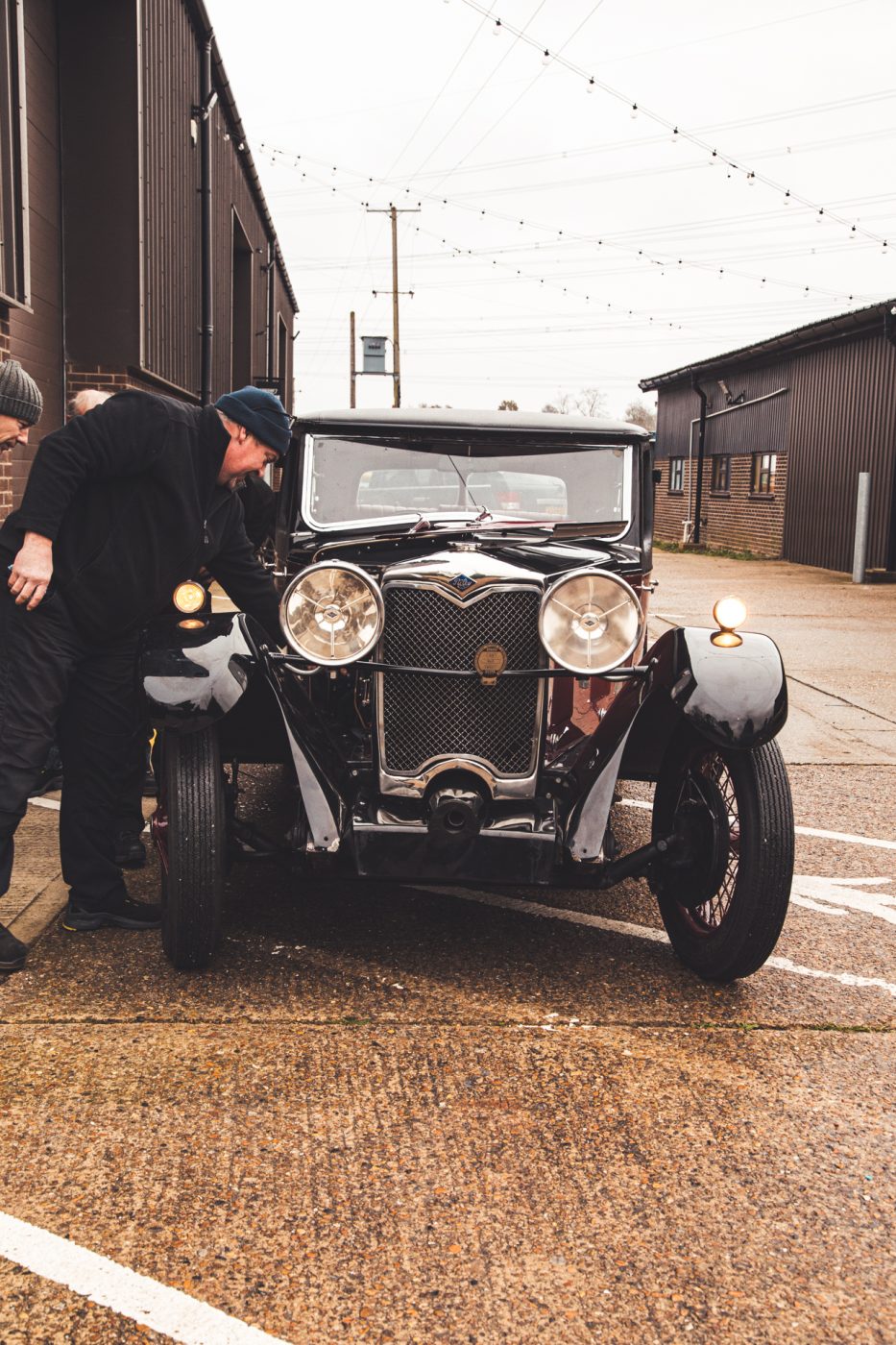
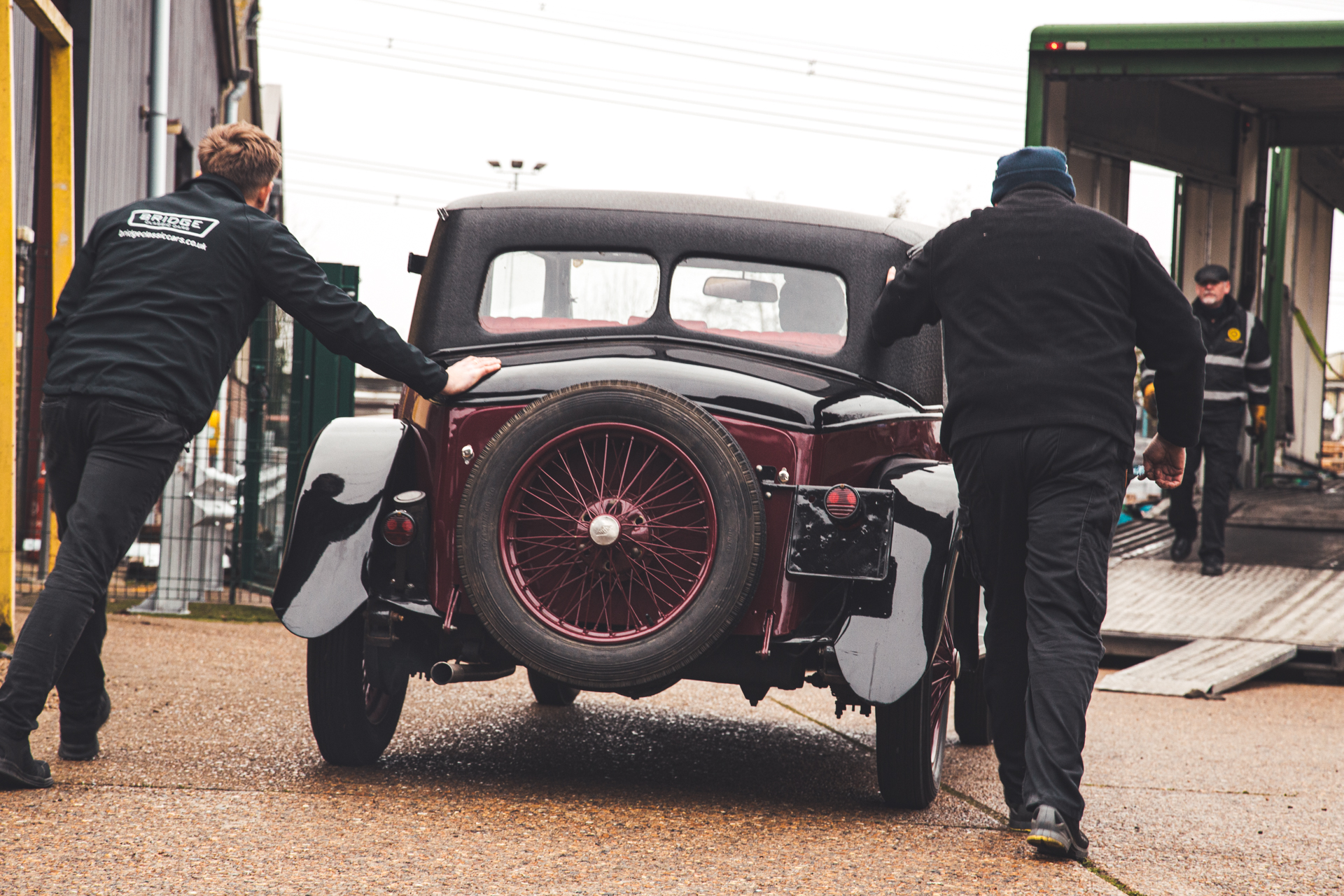
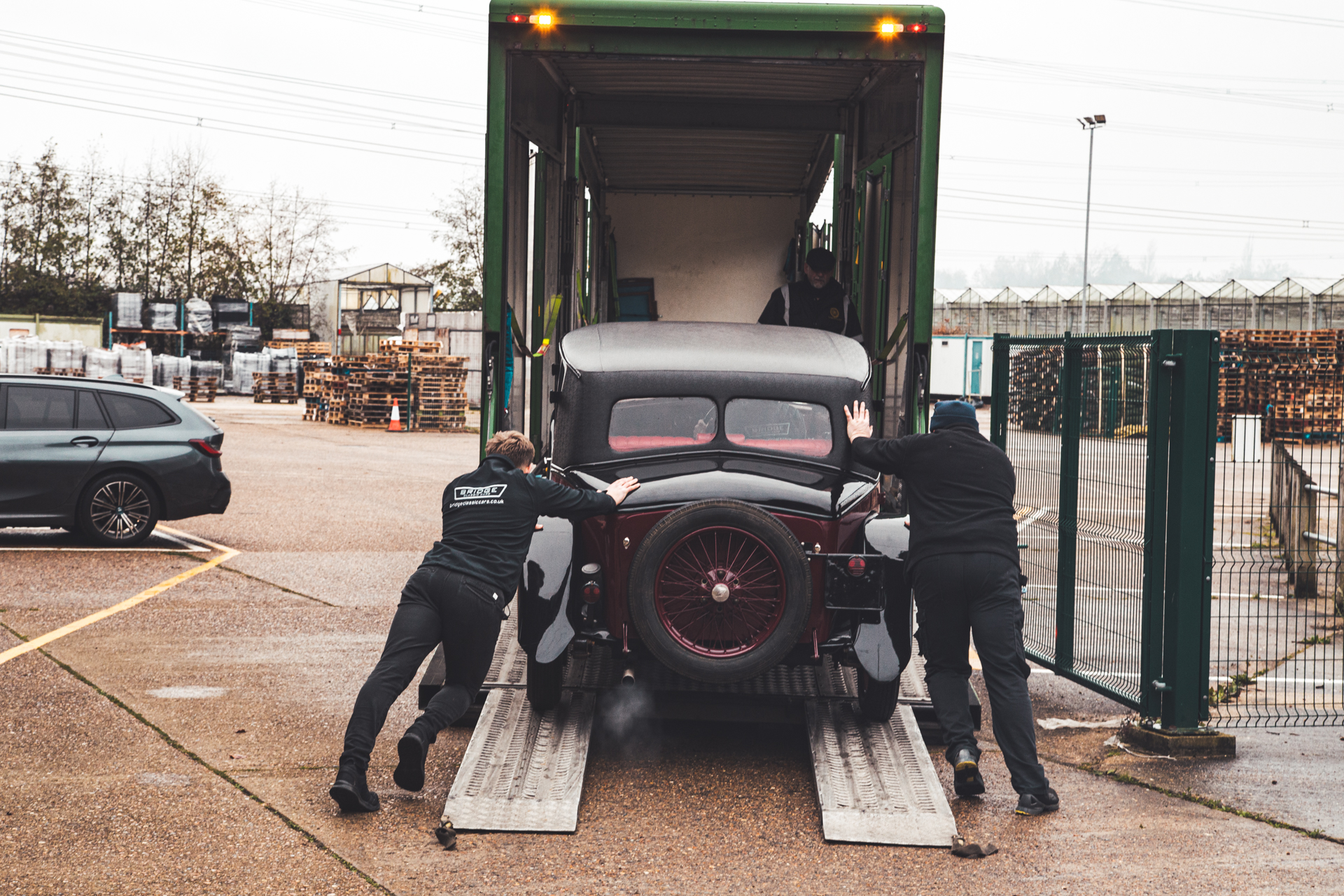
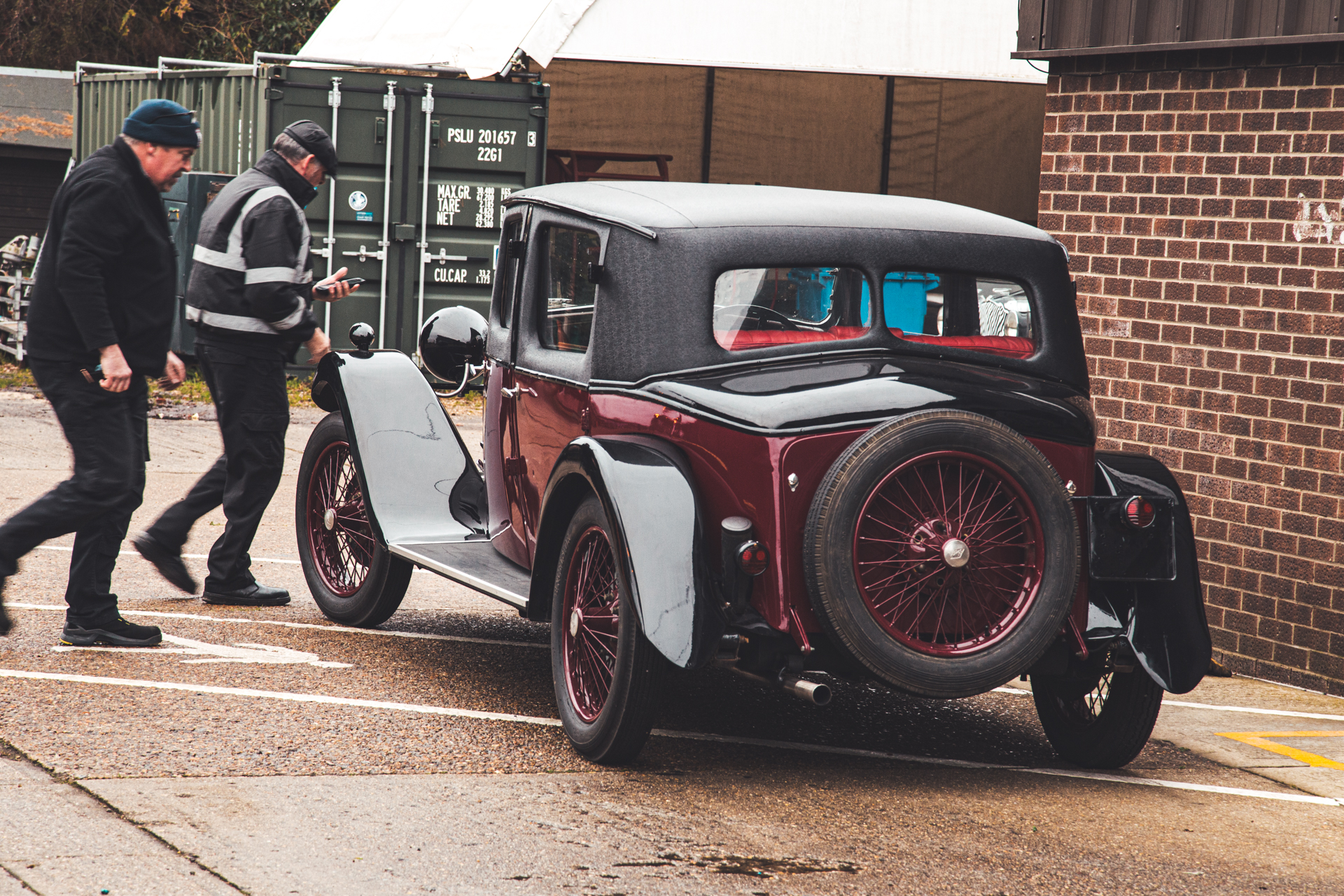
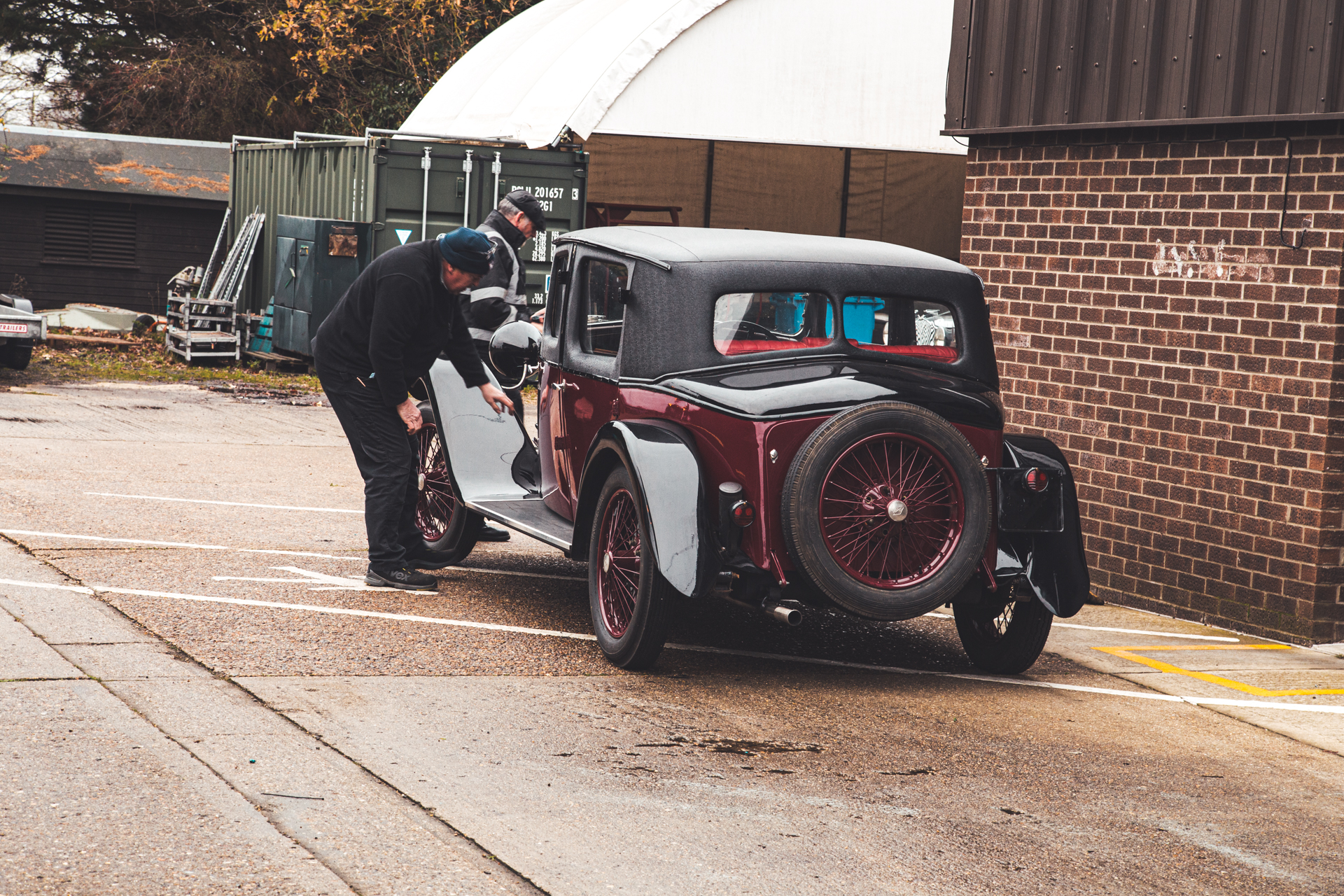

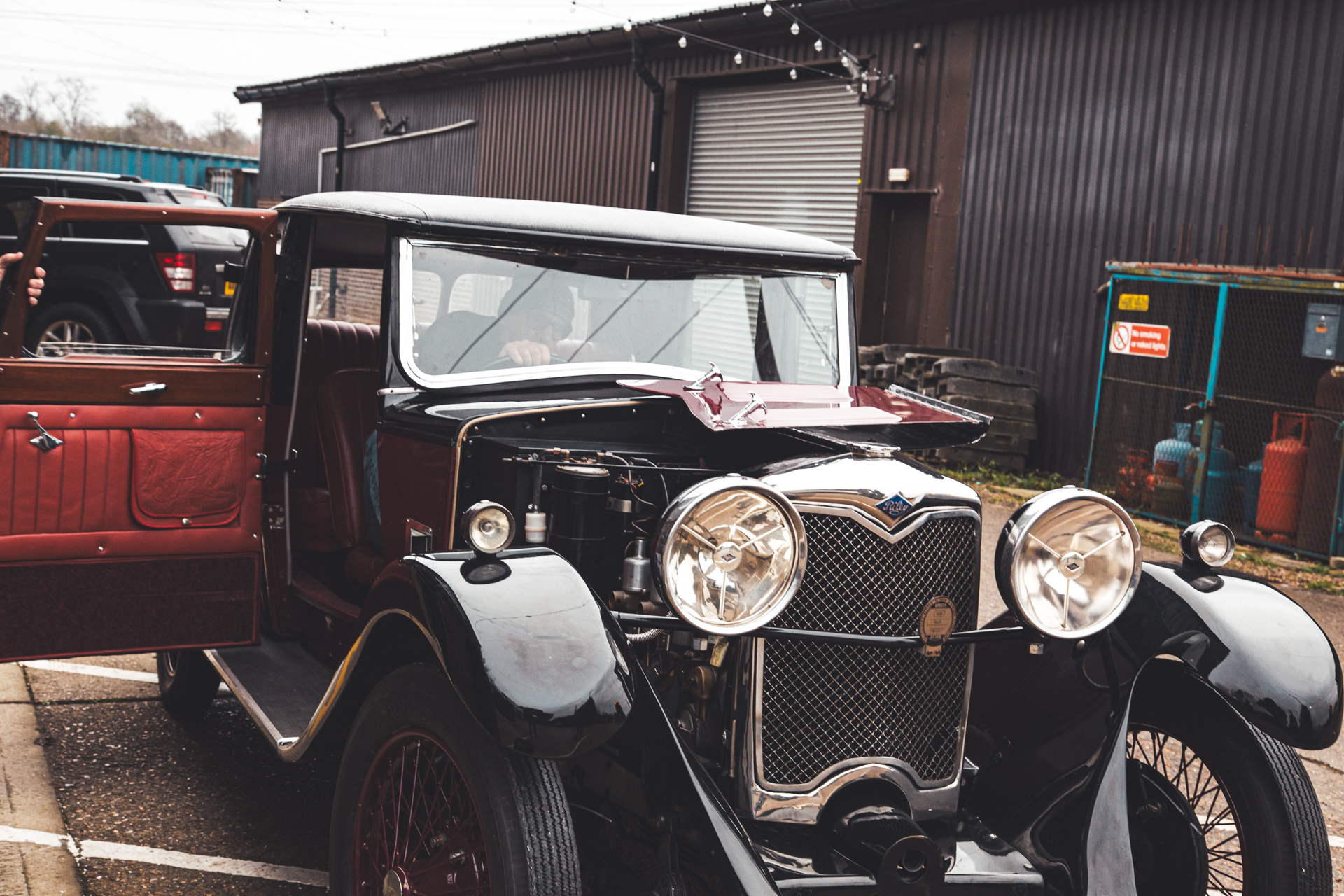
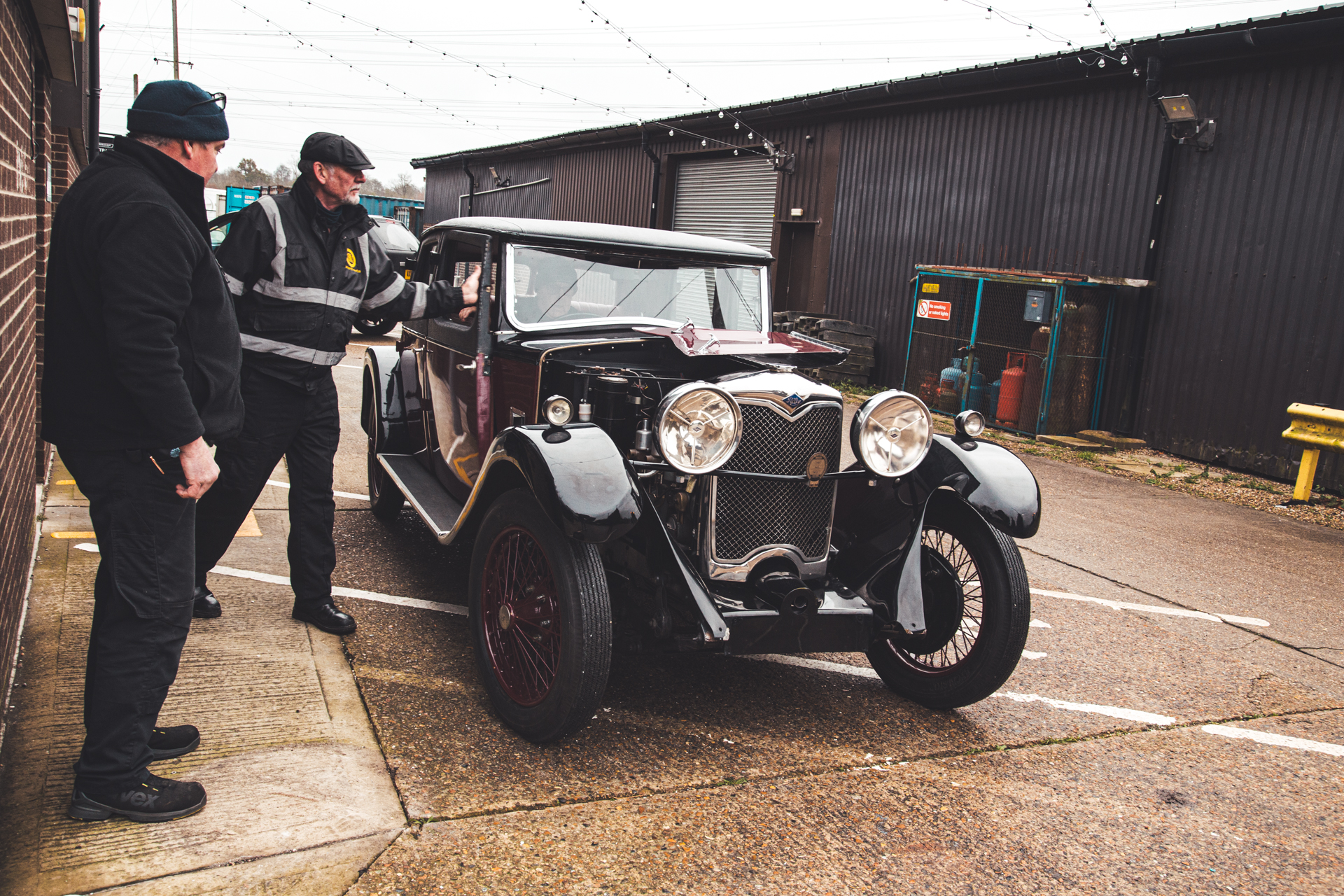
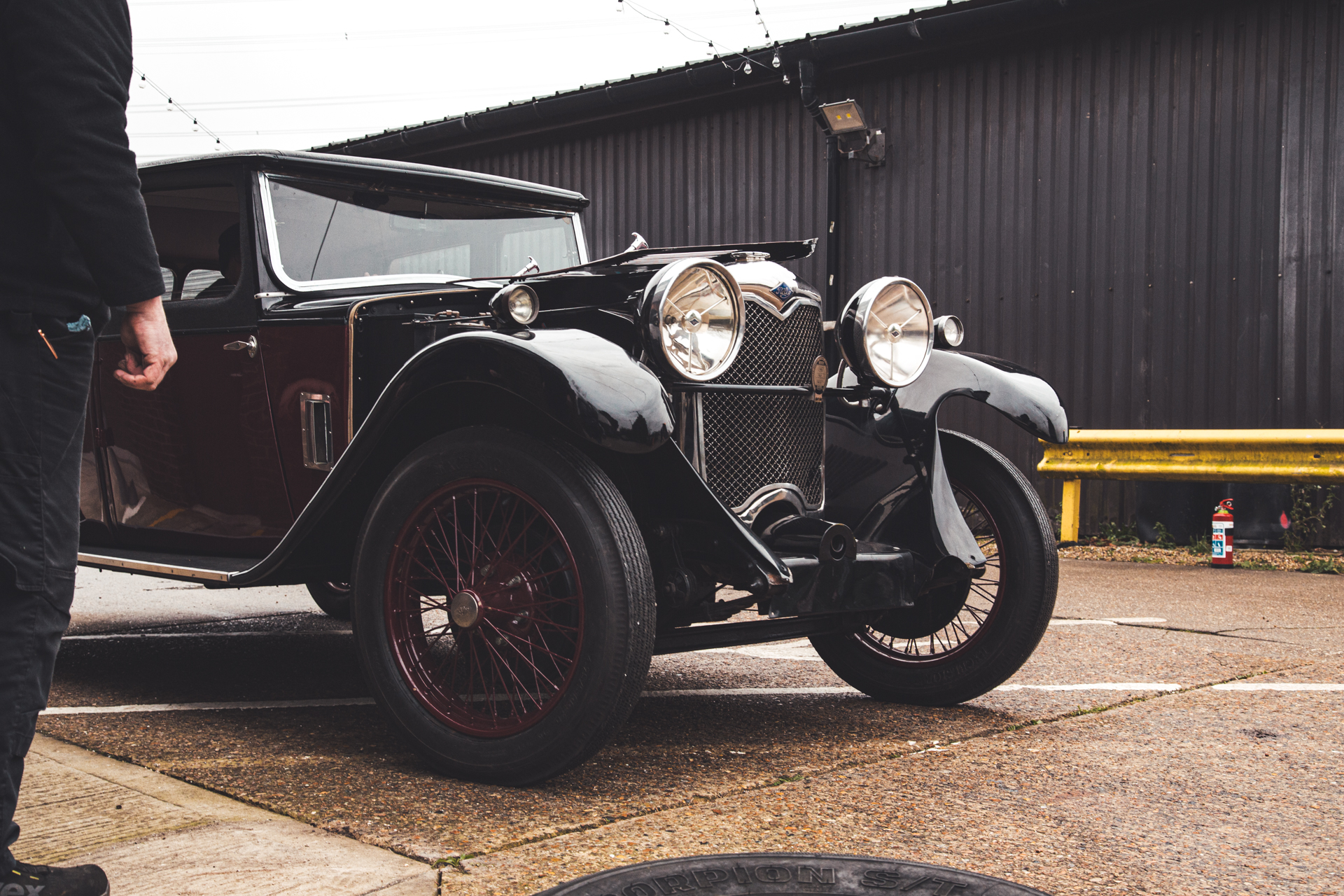
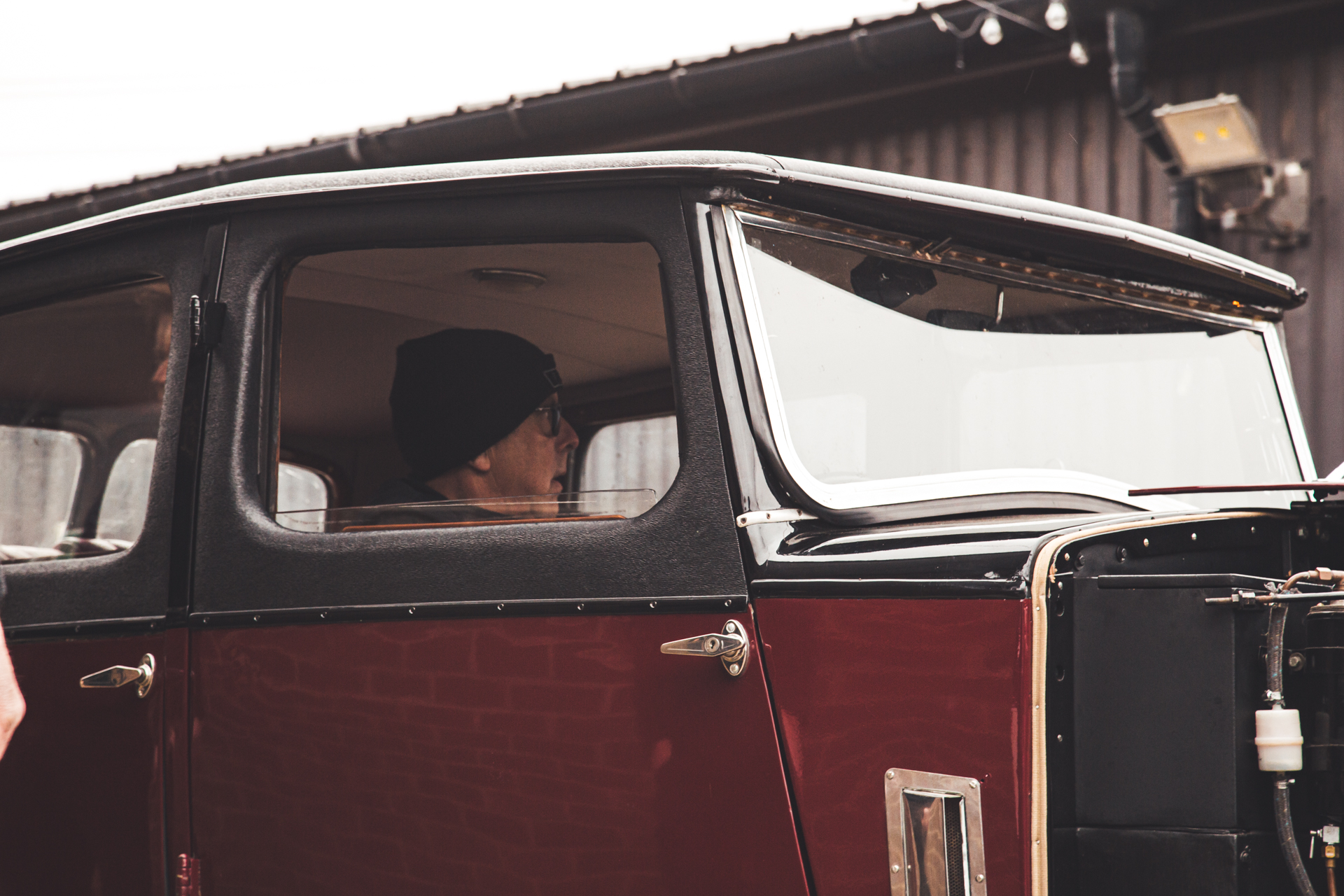
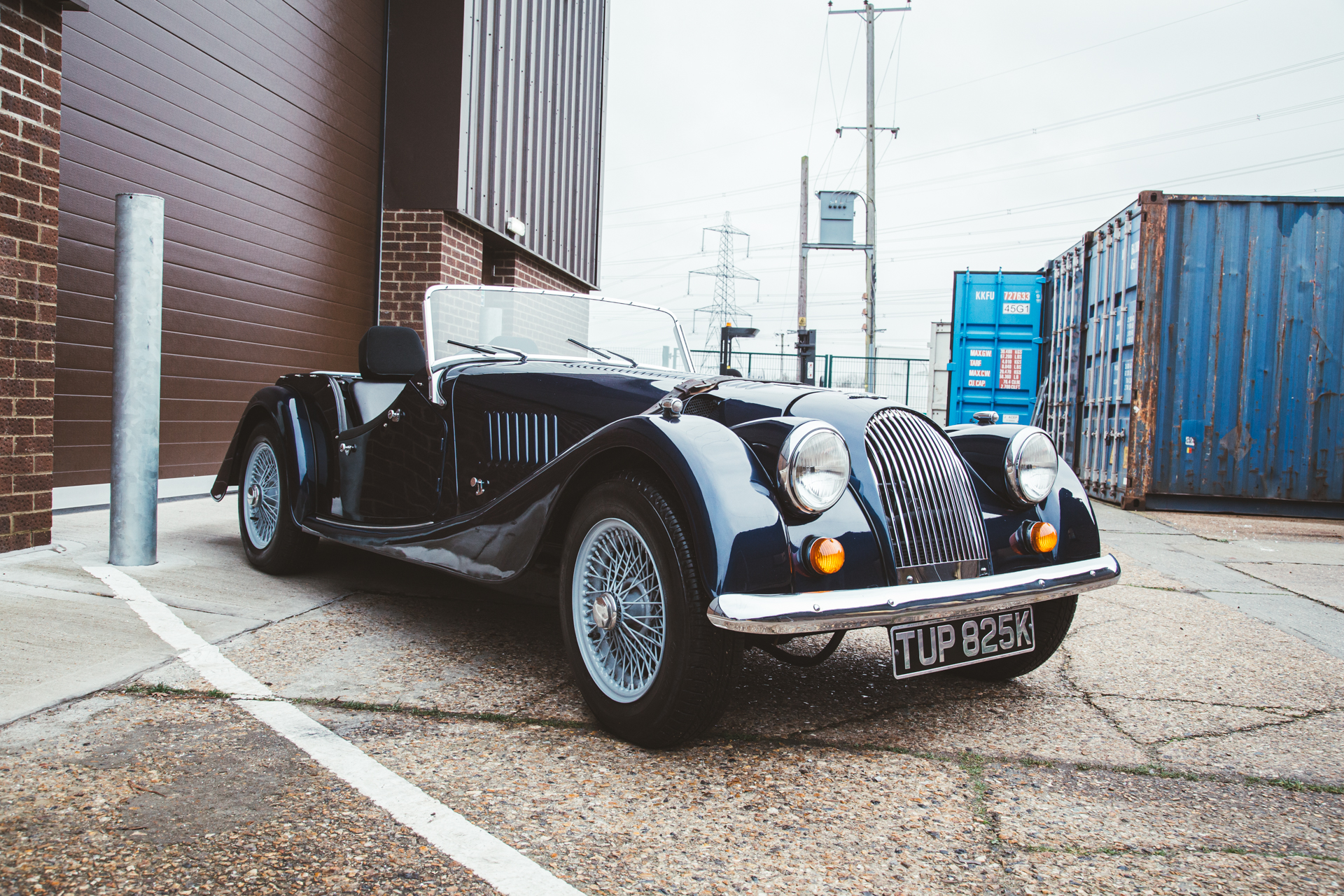
Today, we welcomed a few newcomers to our Suffolk HQ including this beautiful 1972 Morgan Plus 4.
Shortly, it will be assessed and worked on by the team to make sure everything is up to scratch and looking the best it possibly can.

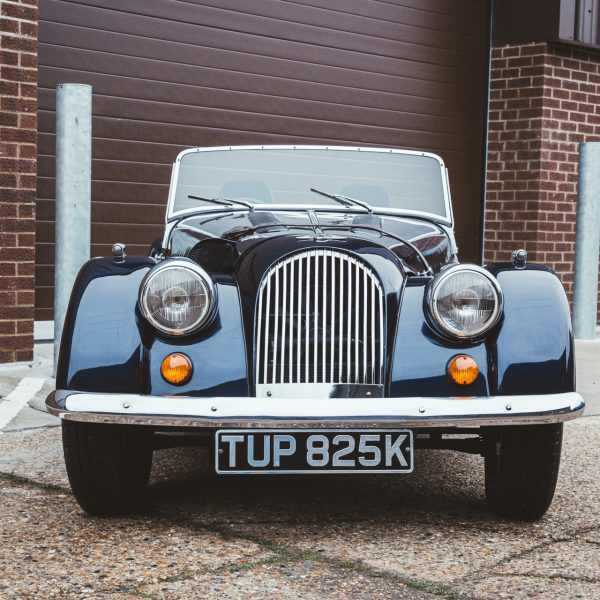
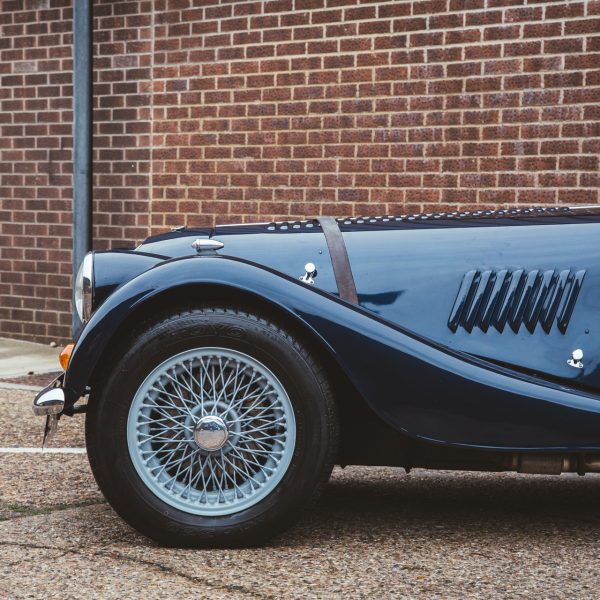
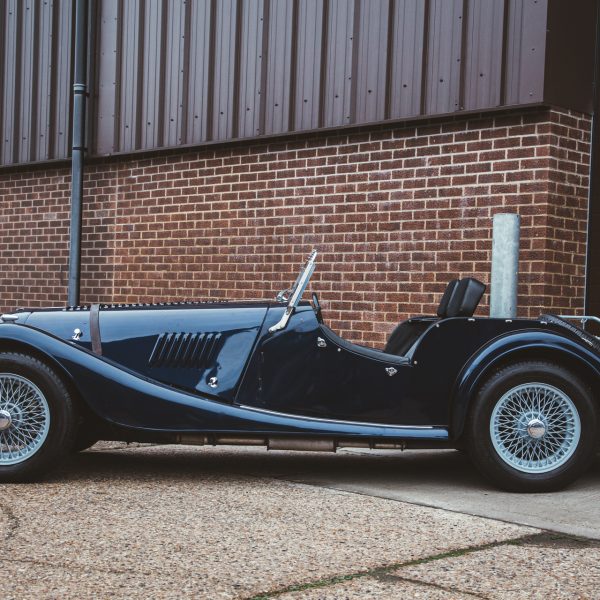

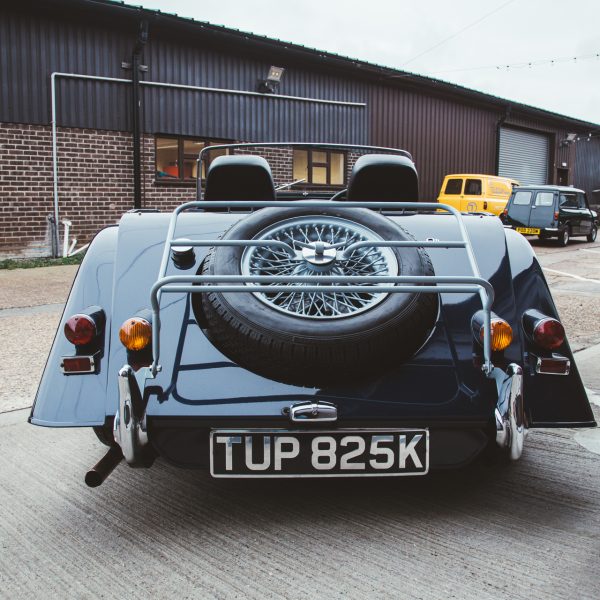

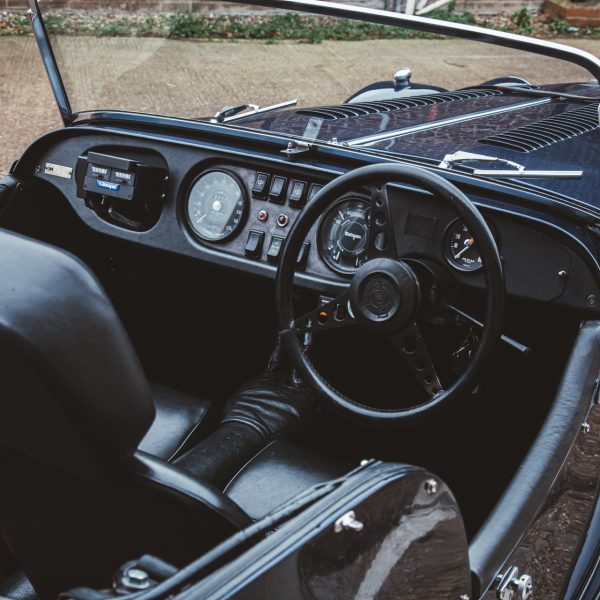

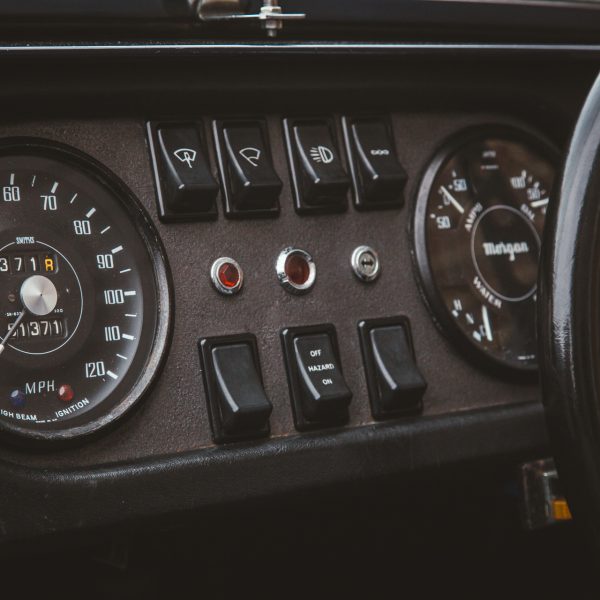
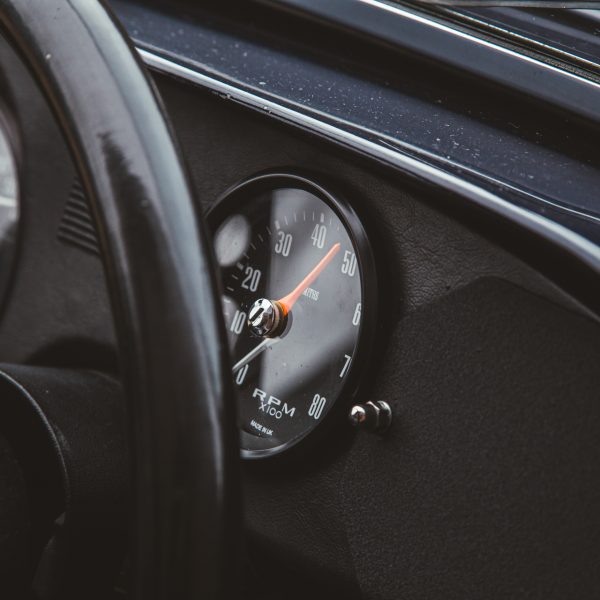
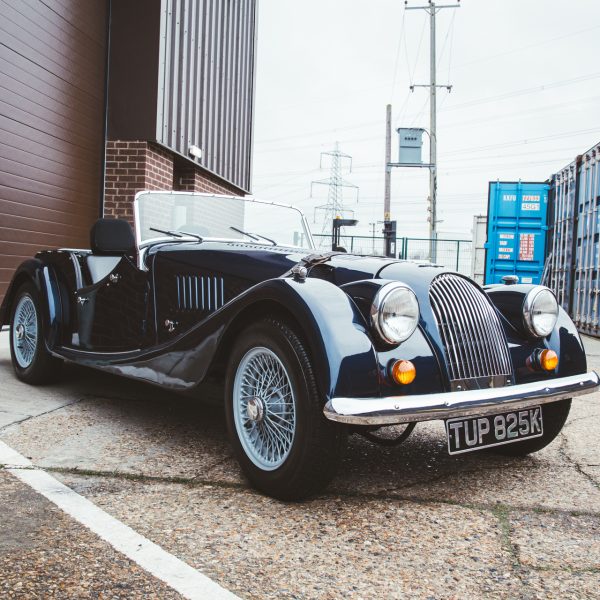
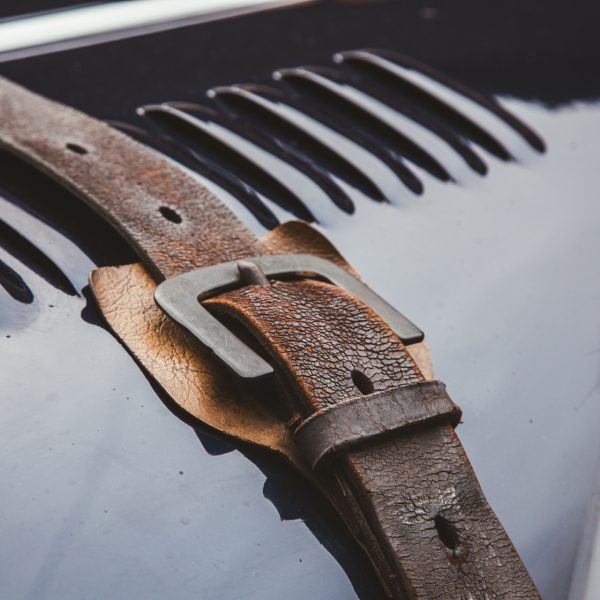
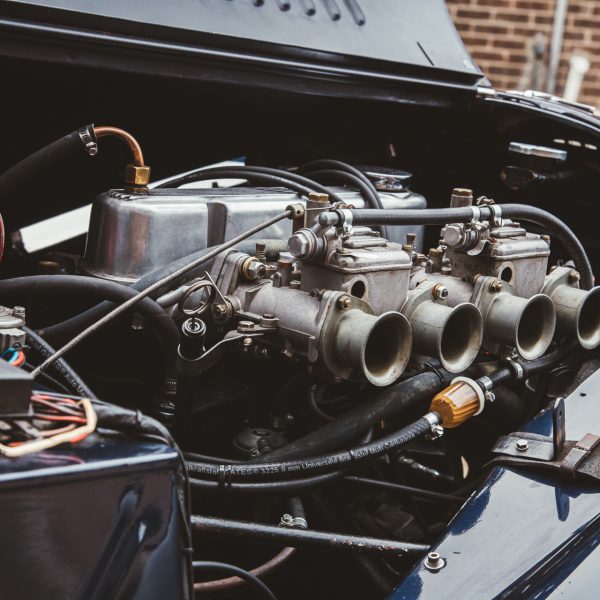
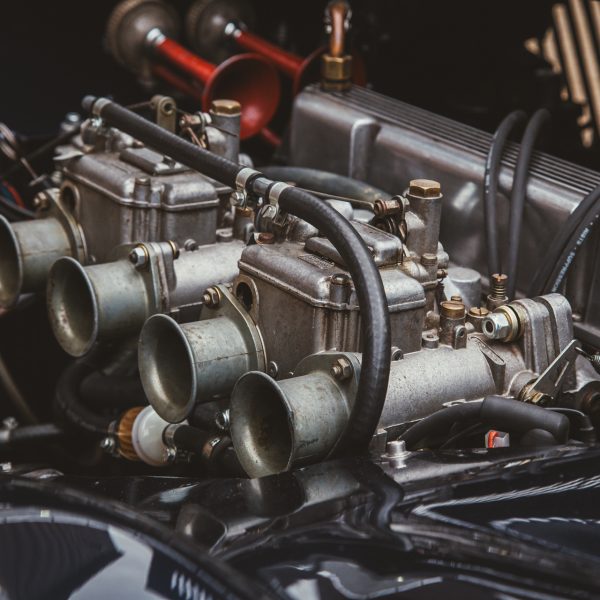
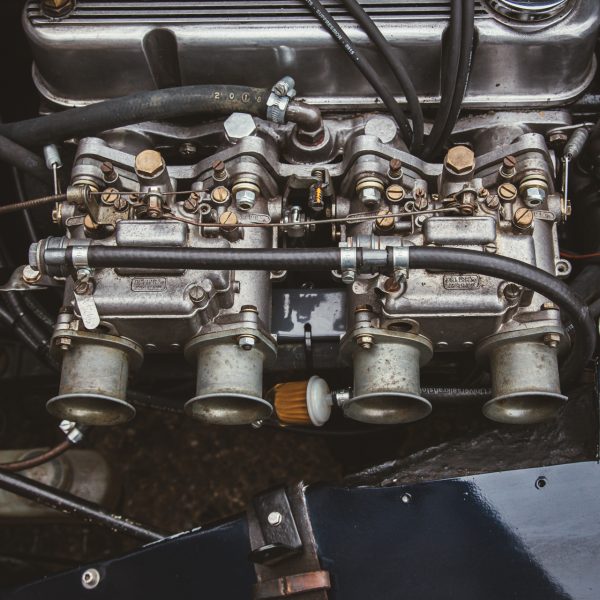
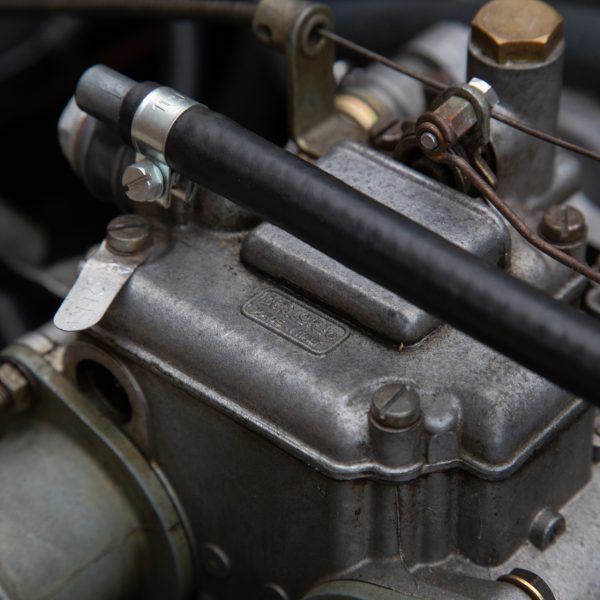
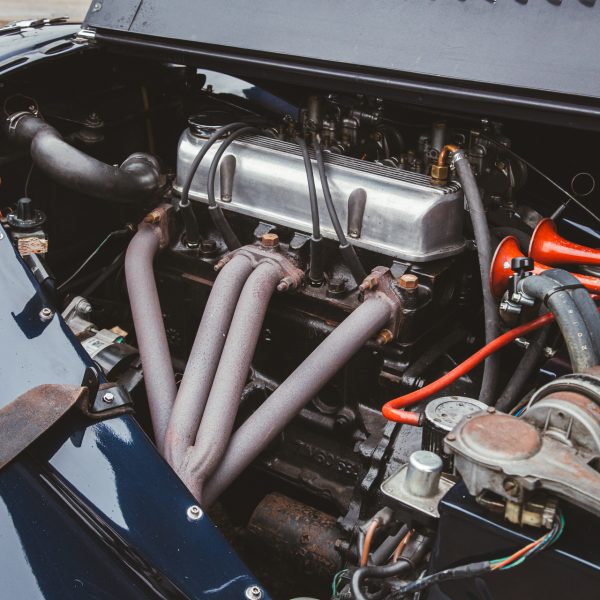
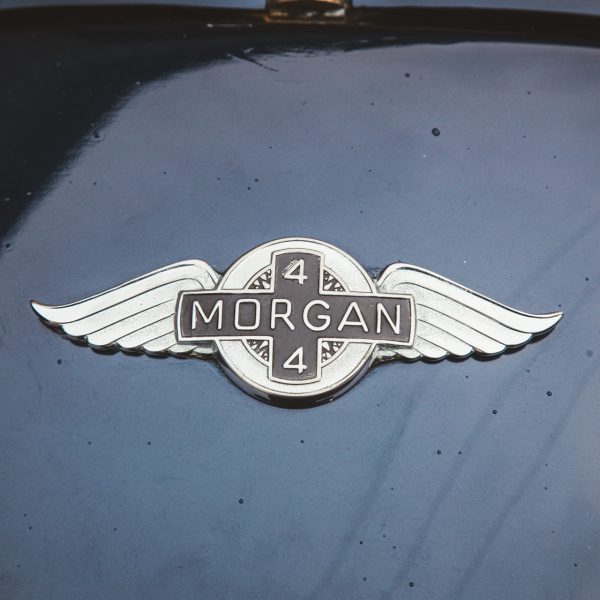
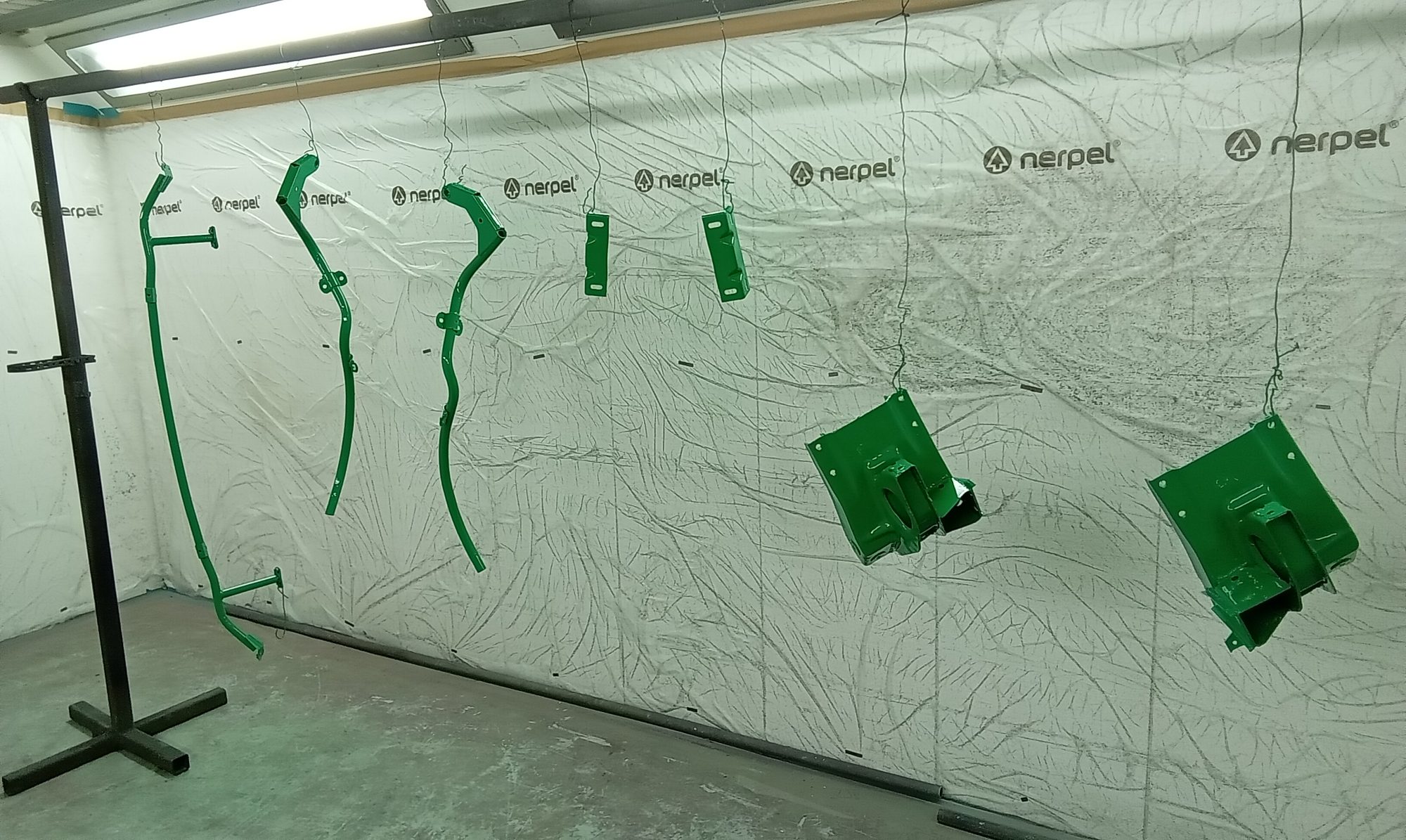
Alan has been busy in the Bridge Classic Cars paint shop getting some of the pieces ready for the next stage of the restoration of our Java Green 1976 Triumph Spitfire.
After each part had been careful worked, cleaned and readied to go into the booth, Alan could then begin with the coats of epoxy primer on areas like the wheel arches and the underside of the front bonnet.
Giving each part the correct amount of time to flash off, he could then go back into our in-house spraybooth/oven to lay on several coats of the Java Green paintwork to the parts.

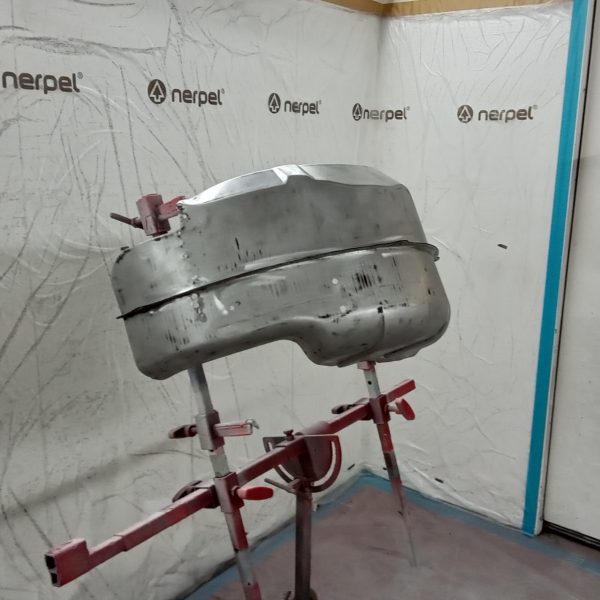
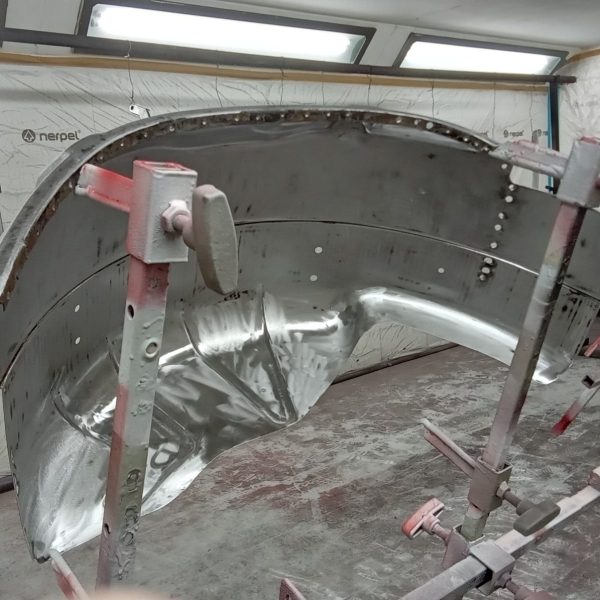
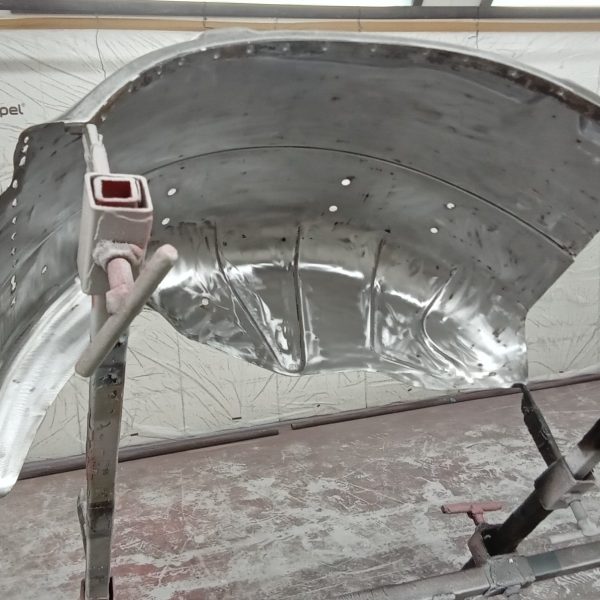

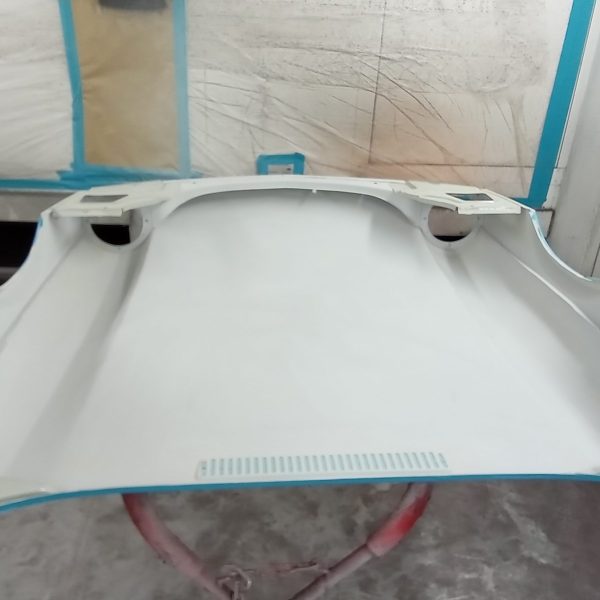
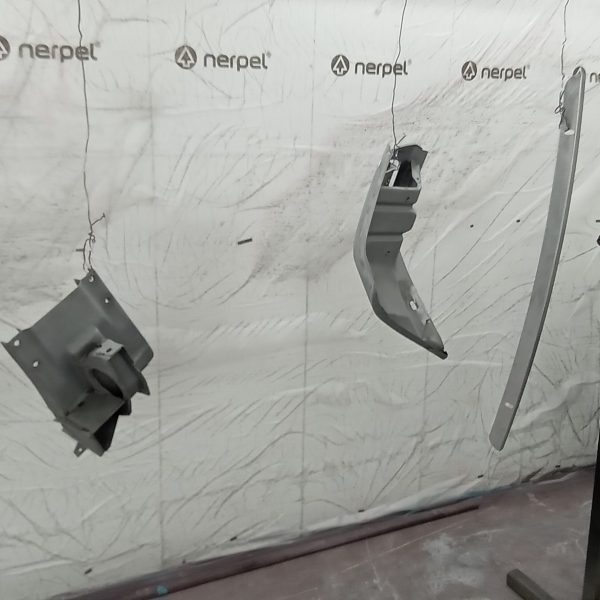
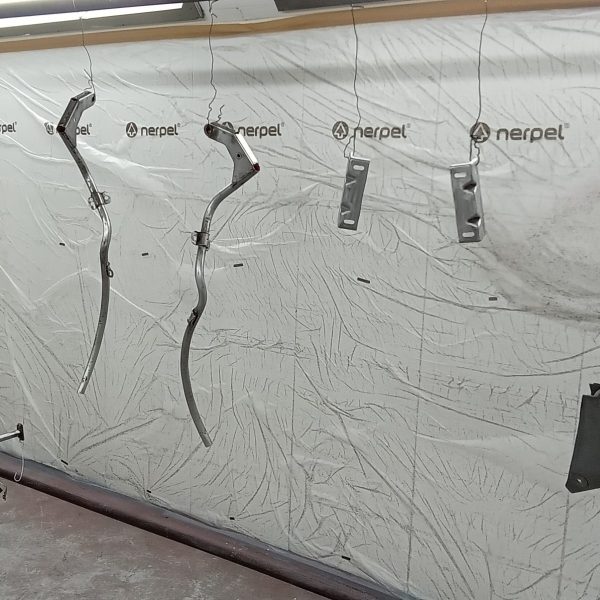
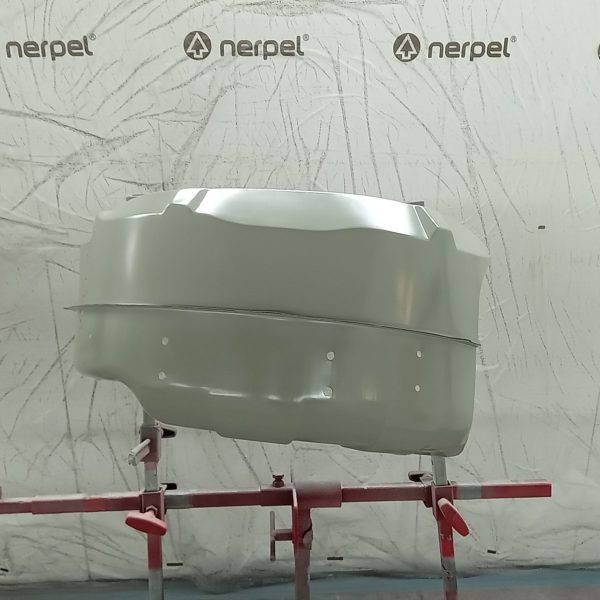
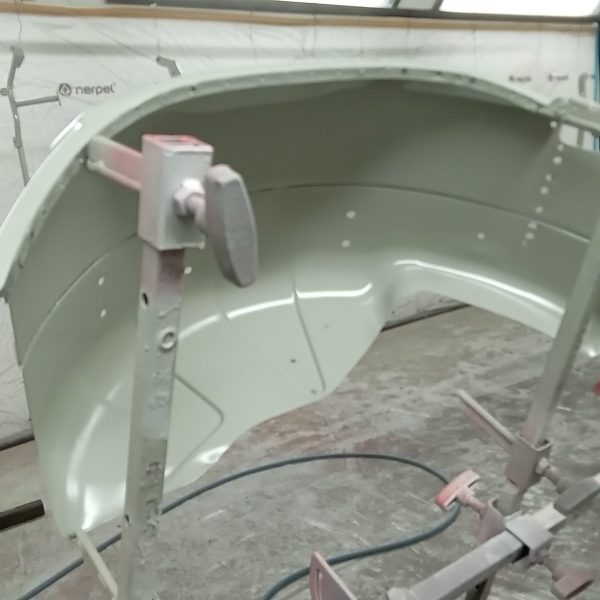
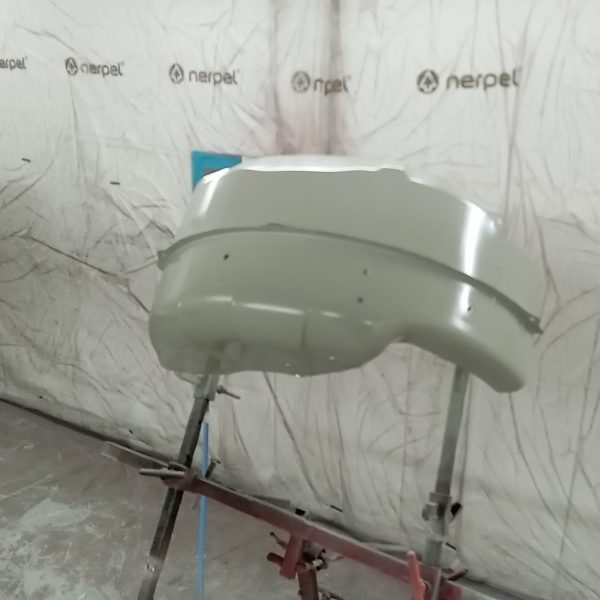

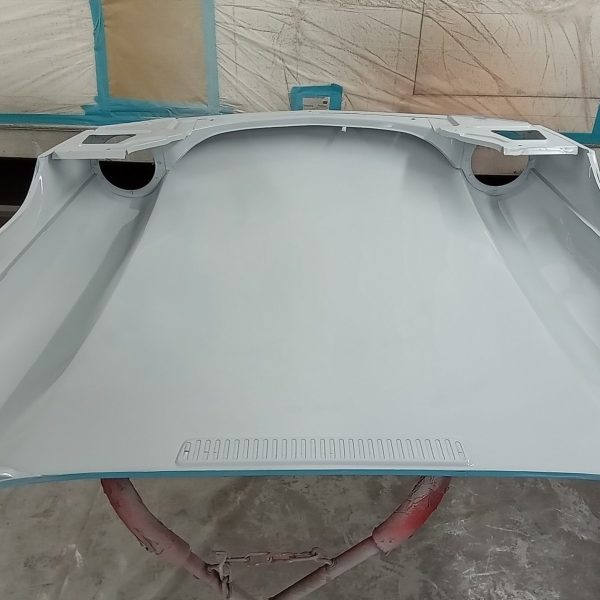



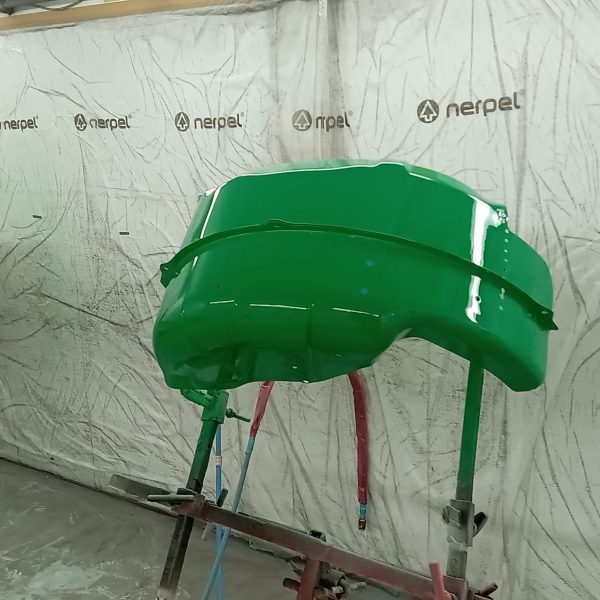

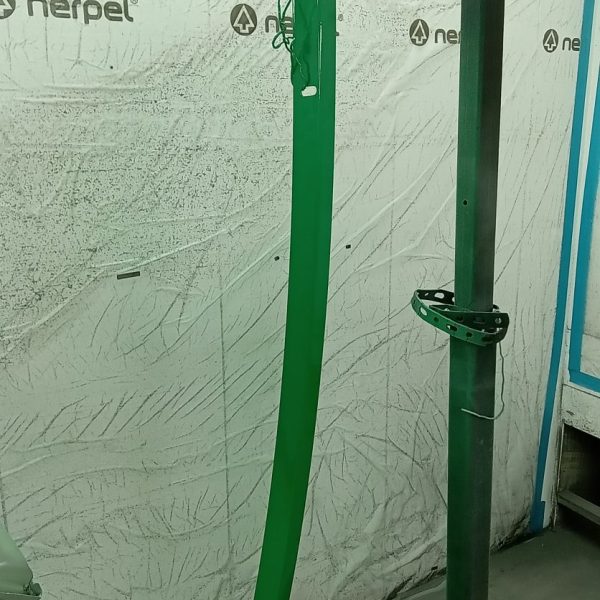

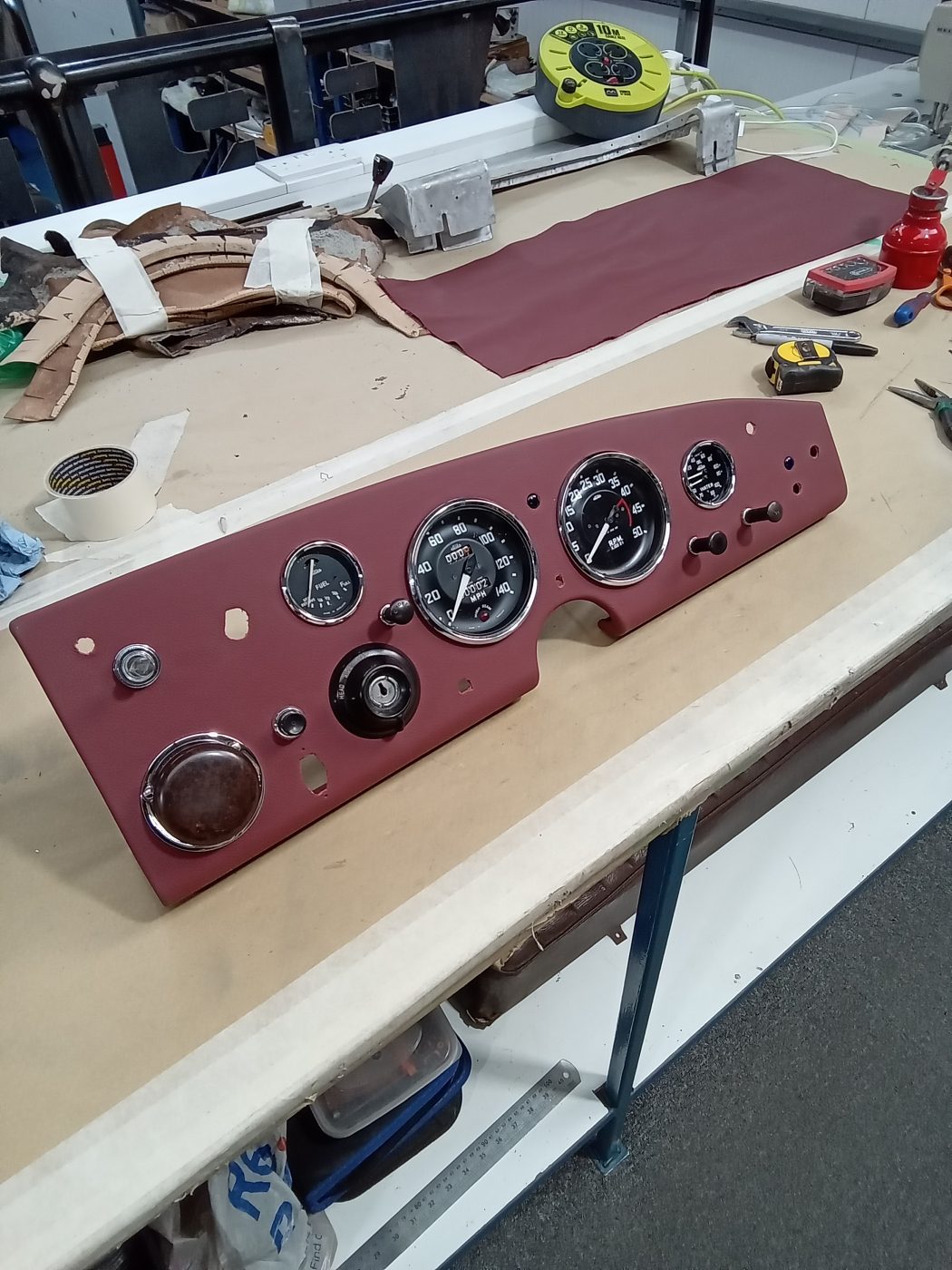
Brian has been hard at work in the Bridge Classic Cars in-house trim shop working on getting the various interior trim pieces and panelwork done on our 1956 Jensen 541.
He took the original dash panel section and after removing the old covering, sanded the piece down to remove any residue or adhesive which may have been on the surface. After a deep clean of the piece, Brian could work on getting the piece perfectly wrapped in the stunning dark red leather before test fitting the various dials and switchgear into the piece.
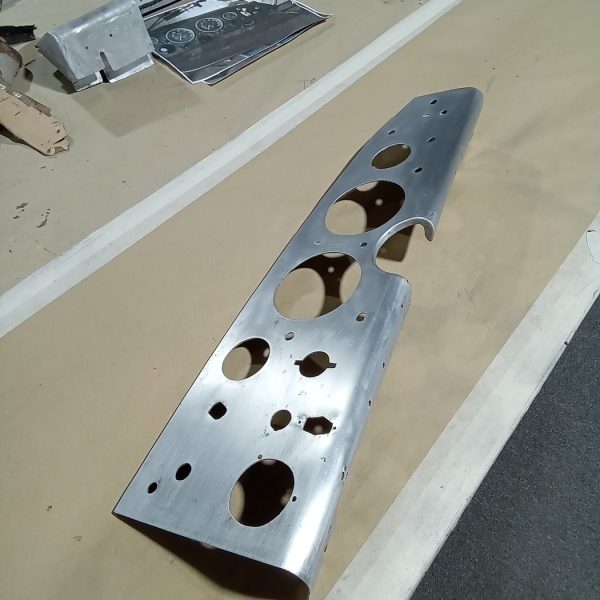

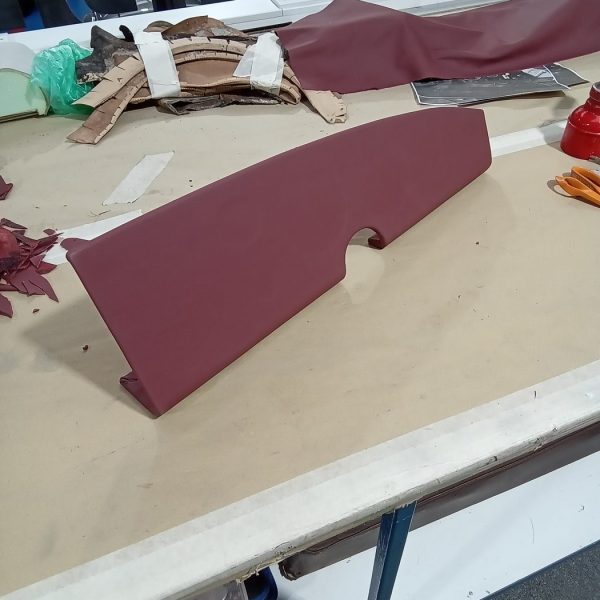
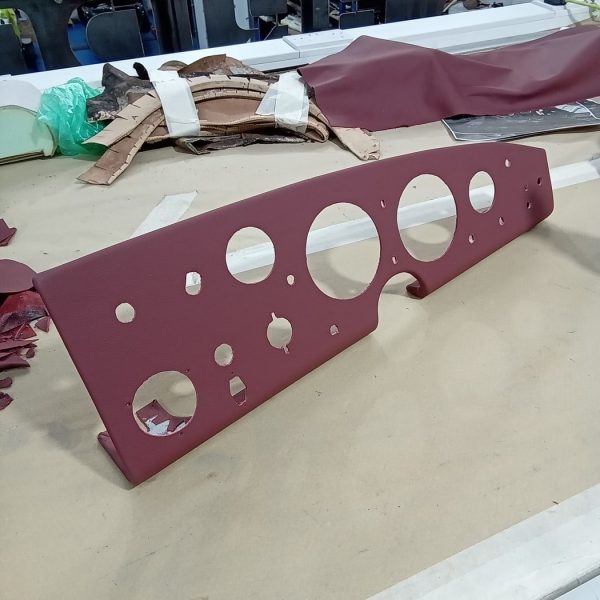

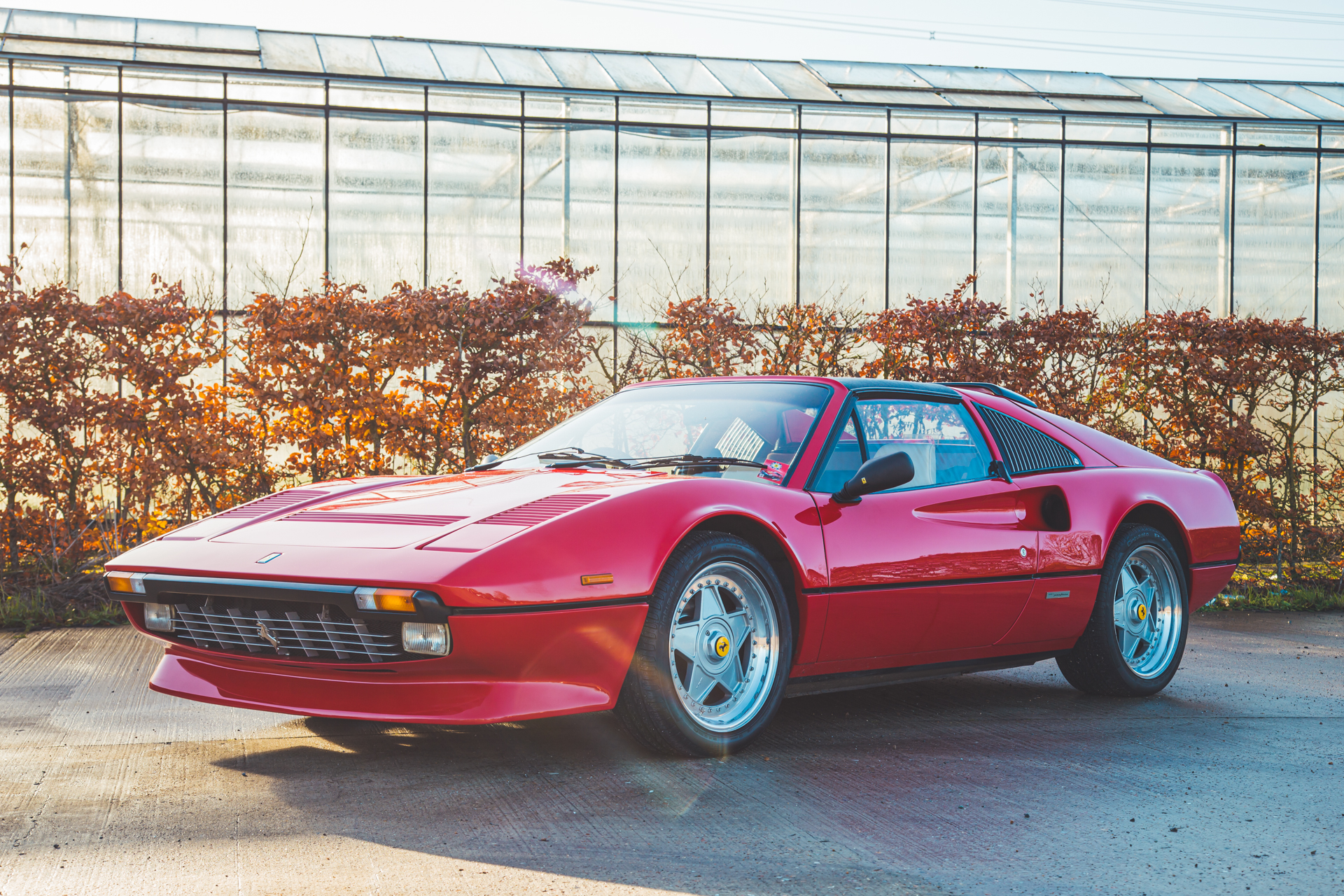
The symbol of the prancing horse is an icon of power, elegance, and poise throughout the sporting world. The perfect representation of perfection from the vision of one man, Enzo Ferrari. Commendatore Ferrari would use this symbol to announce to the world that his cars meant performance and prestige.
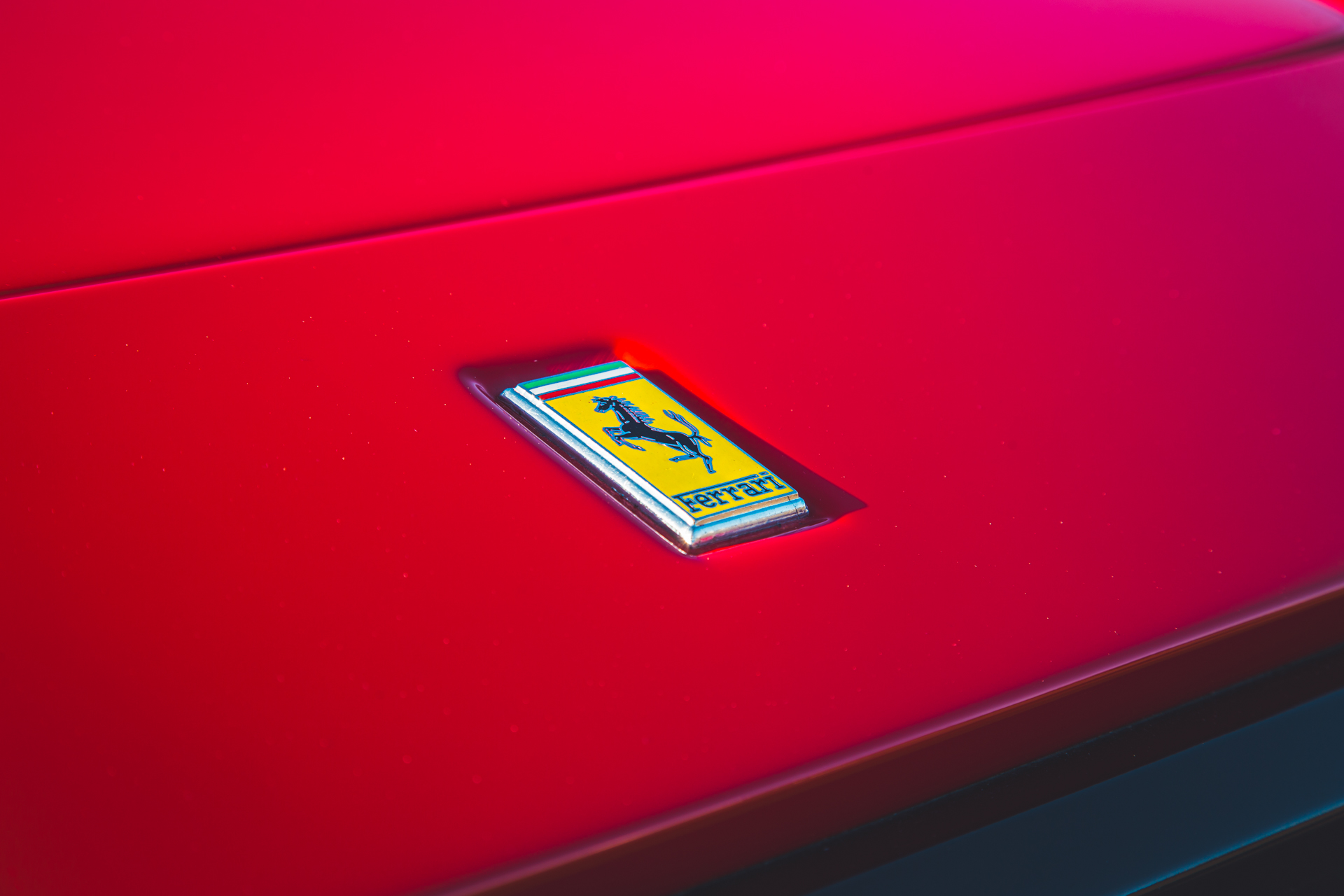
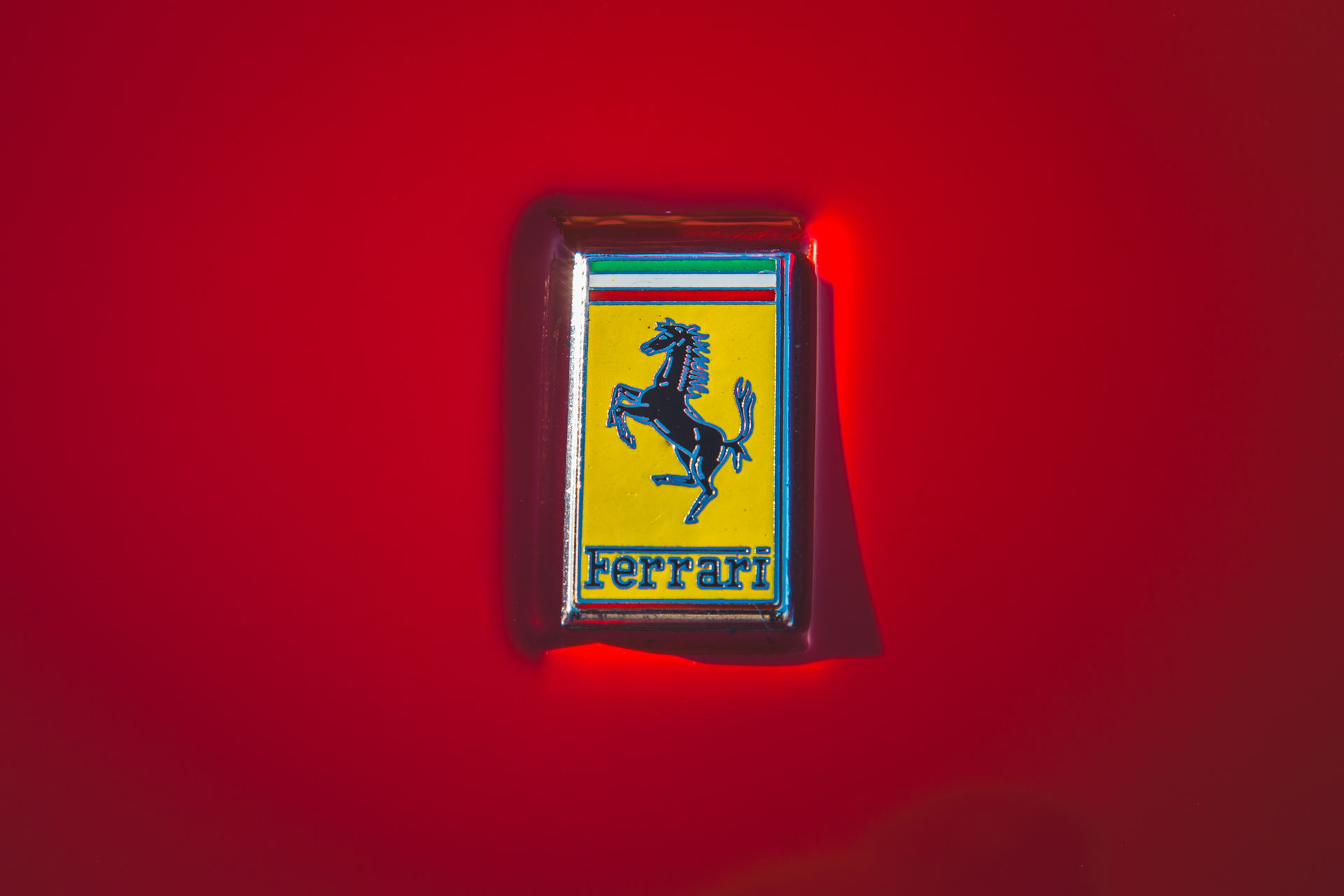

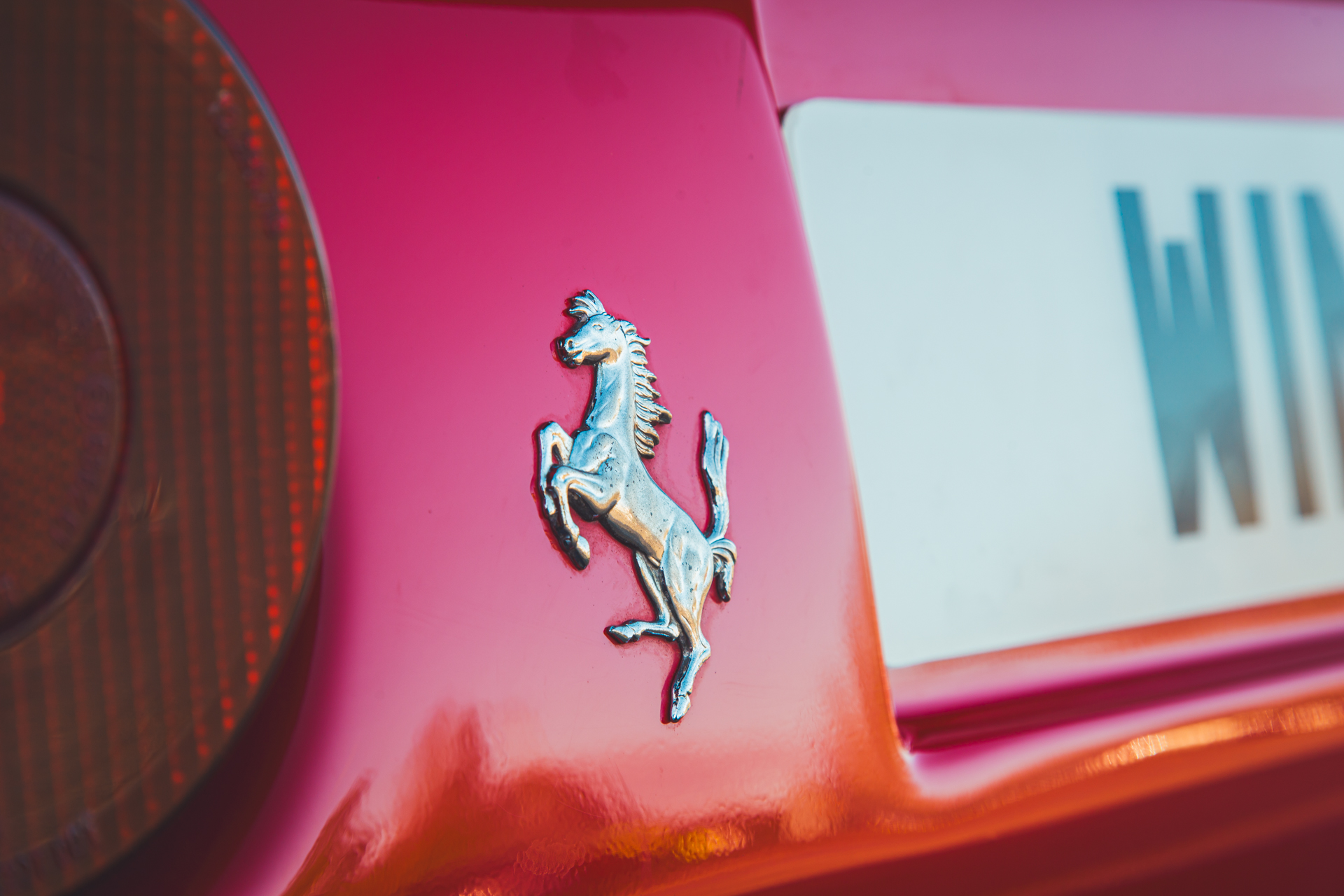

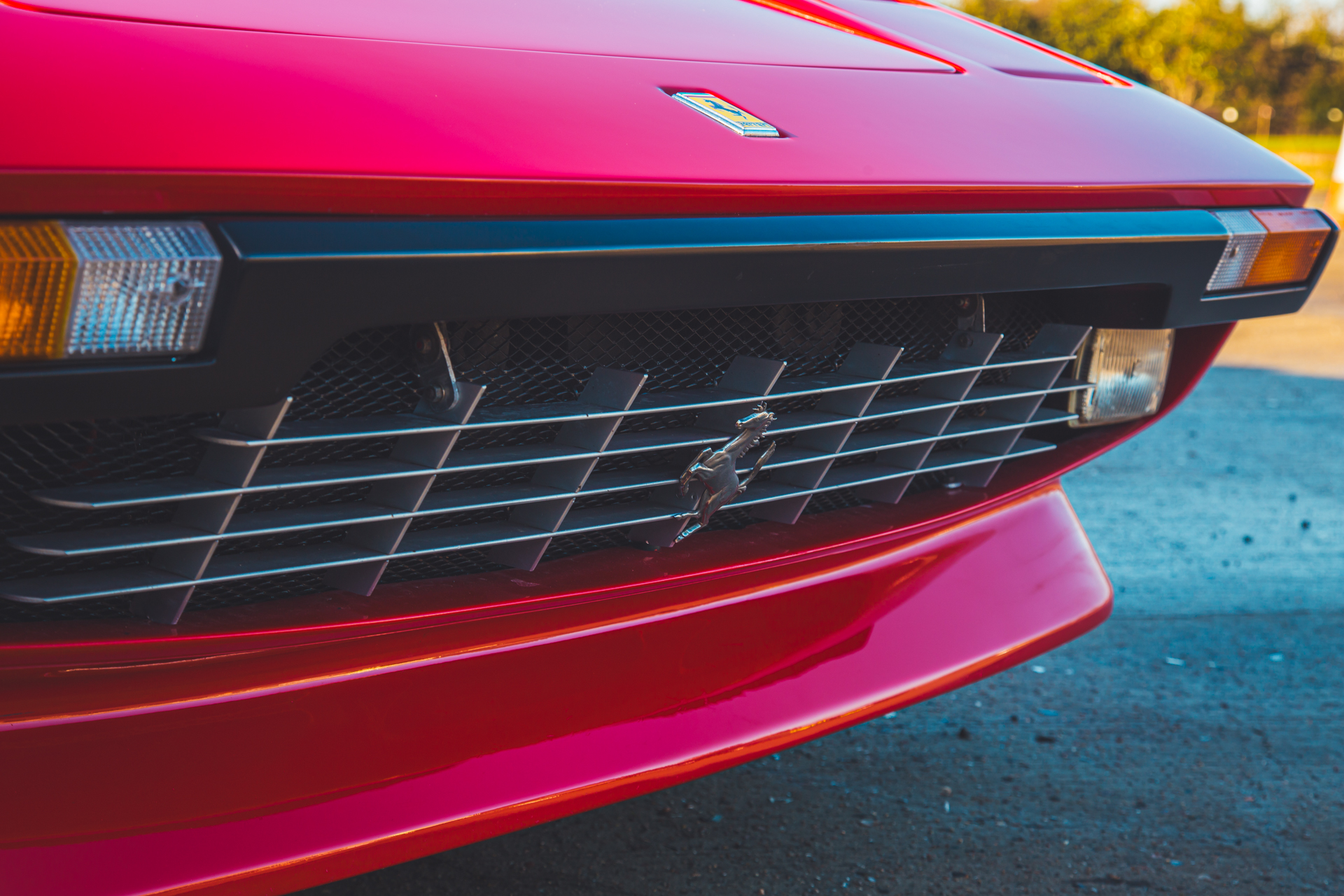
Through the decades, the artisans at Maranello would craft some of the most elegant and striking road and race cars the world would ever see.
In the mid-1970’s, the design language would change to adopt the more angular and aggressive styles seen in motorsport throughout the world and give birth to a series of icons from the Ferrari family such as this, the Ferrari 308.
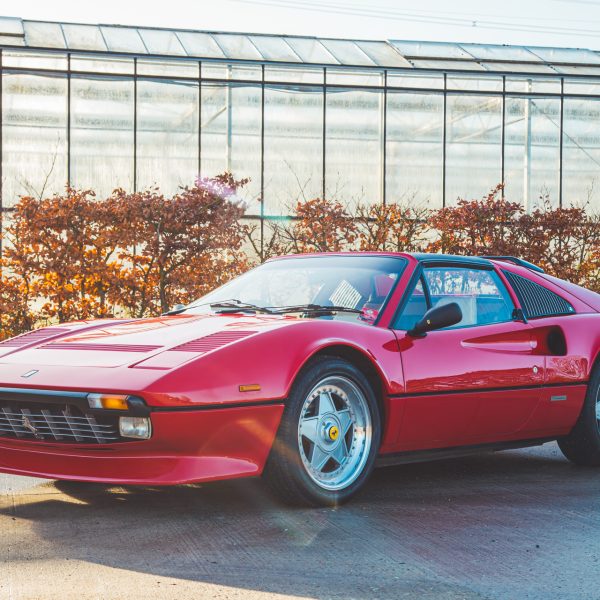
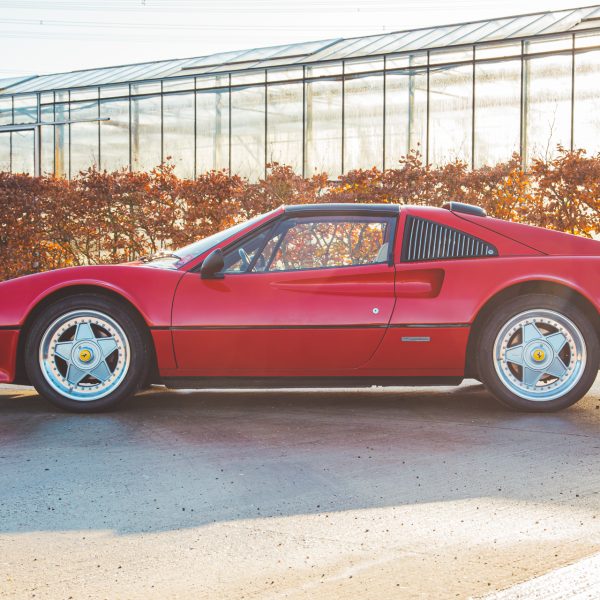
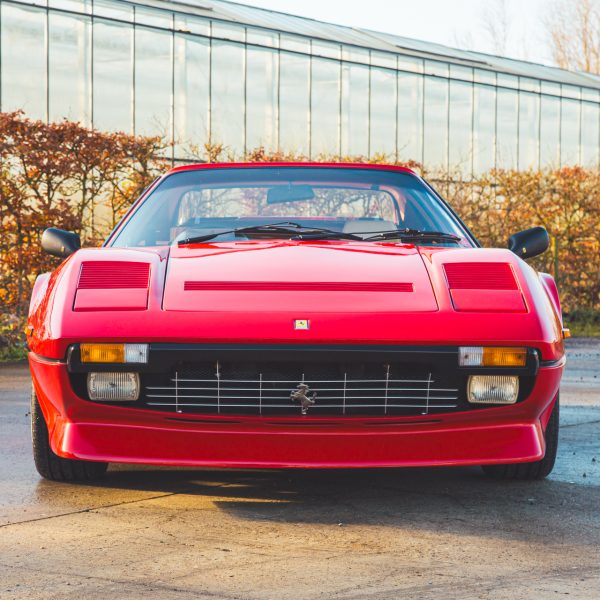
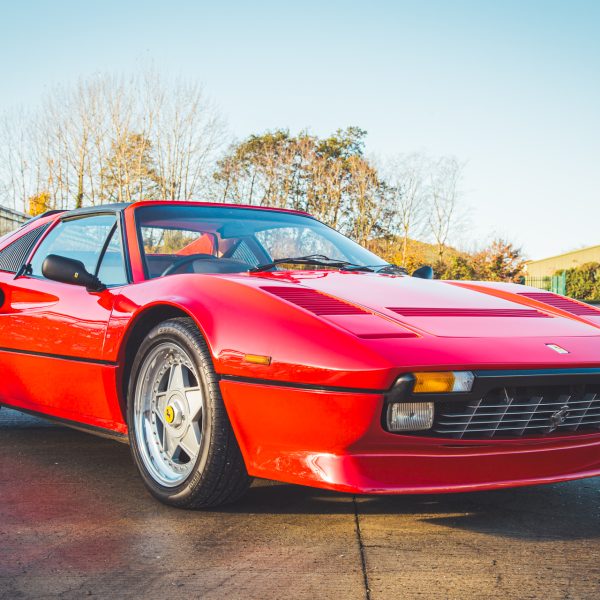
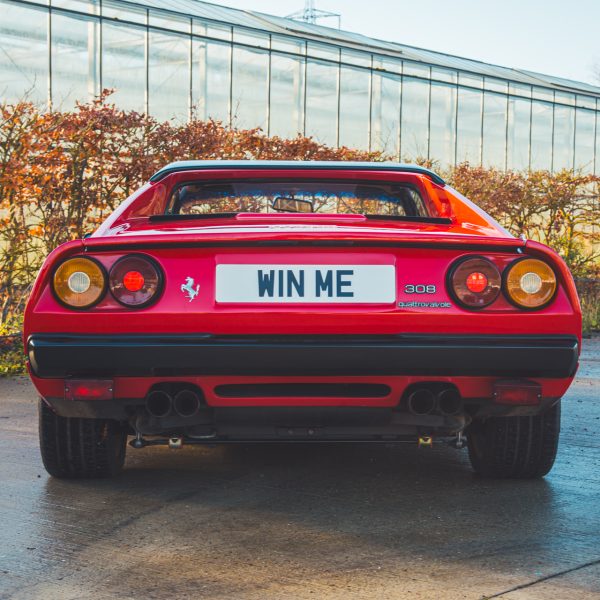
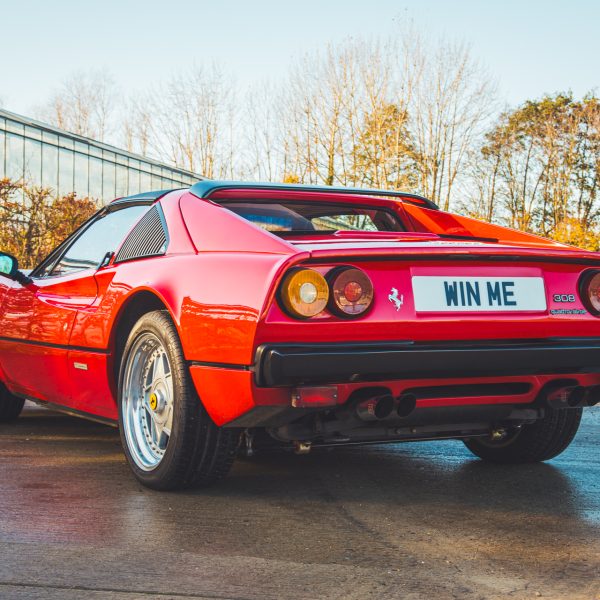

Bridge Classic Cars is giving you the chance to join the Scuderia with our 1984 Ferrari 308 GTSi.

Finished in the Ferrari signature colour of Rosso Corsa and recently retrimmed back to its original Crema leather, this 308 GTSi combines elegance and timelessness into a true 1980s icon.
With a 2.9-litre fuel-injected V8 and the signature ‘dogleg’ manual gearbox, our 1984 Ferrari 308 GTSi has the beating heart of a thoroughbred to match its sporting Pininfarina designed good looks.
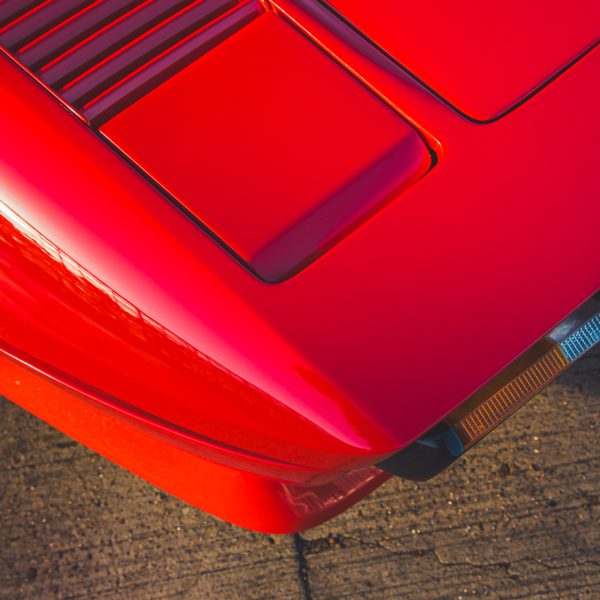
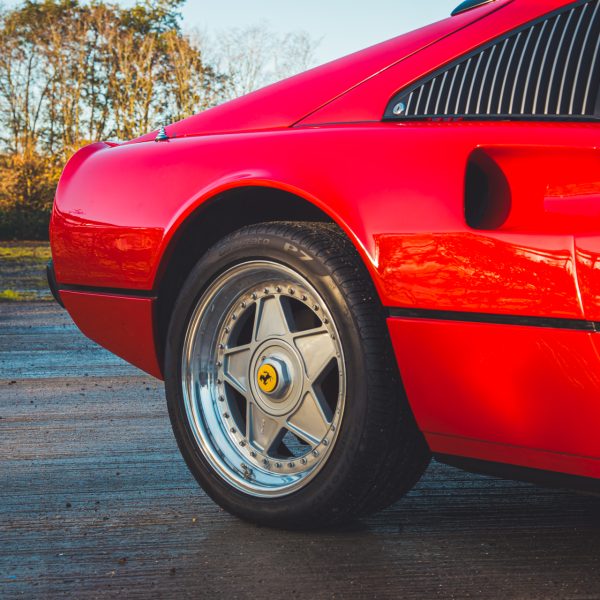
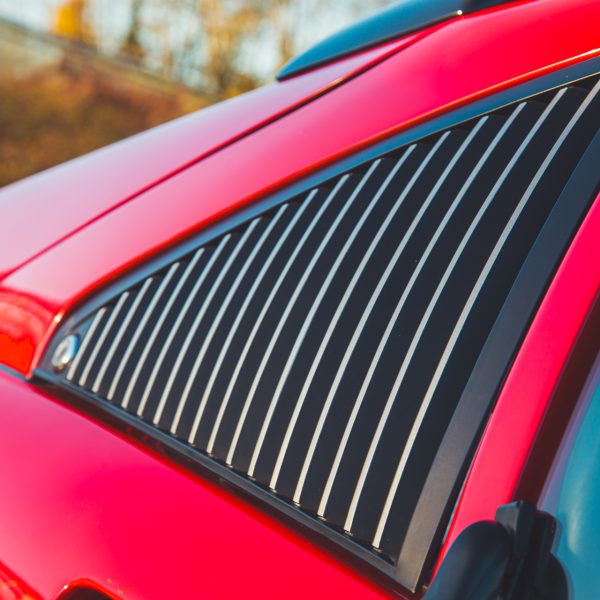
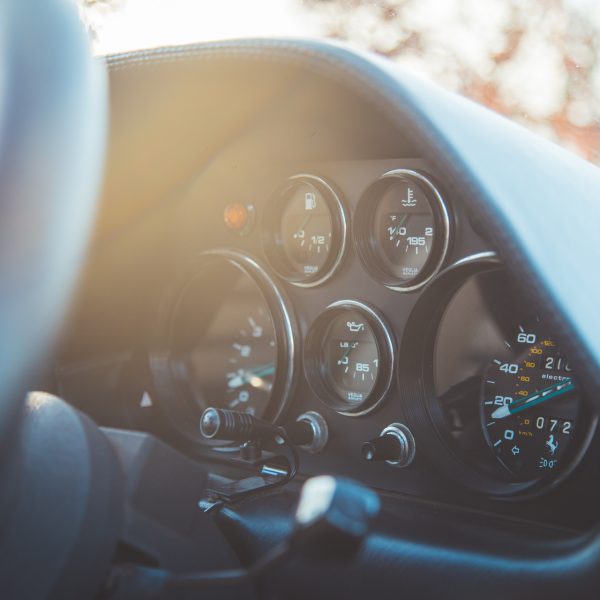
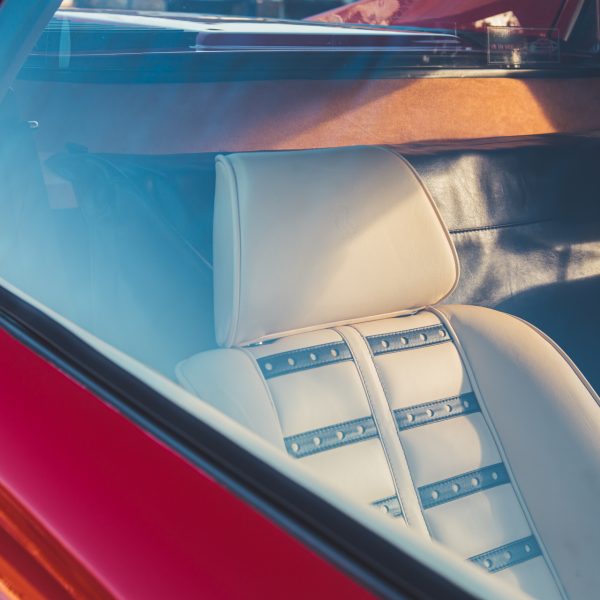

Originally delivered to UK Ferrari dealer Modena Engineering Ltd through the legendary Maranello Concessionaires in Surrey in January of 1984, this 308 GTSi was built at the legendary Ferrari workshops in Maranello, Italy in November of 1983 after being ordered in July of that year– confirmed by Tony Willis of the Maranello Concessionaires Archive.



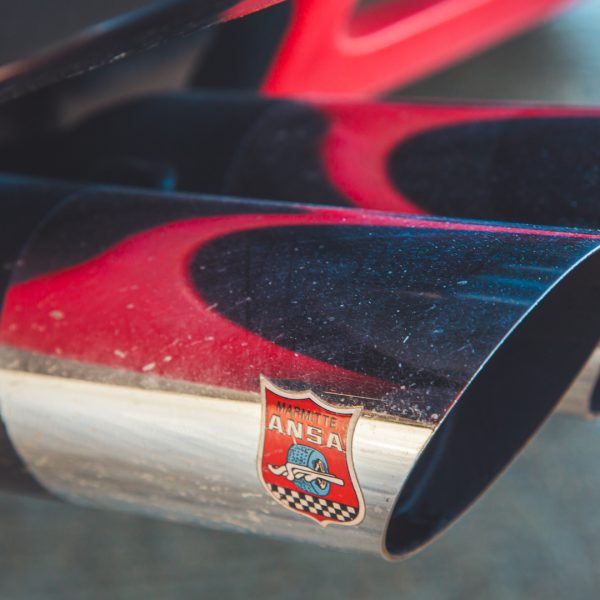
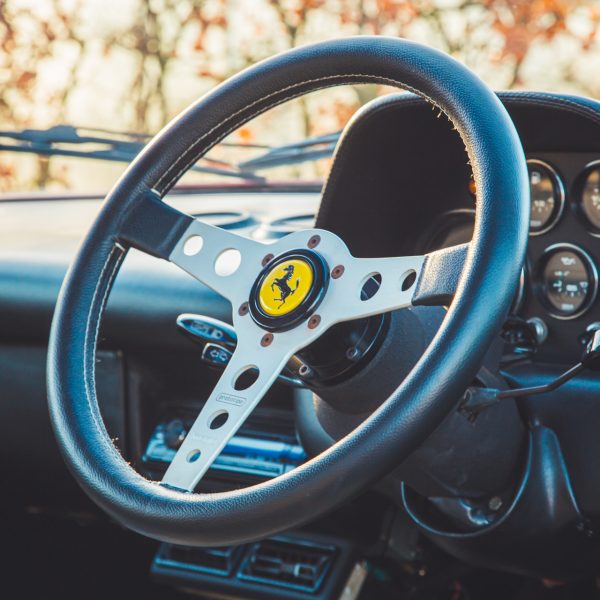

Included in the beautiful Burgundy leather bound history file (which has a highly polished plaque proudly displaying the cars chassis number) includes a copy of the cars original order form which includes the car being specified with optional air conditioning. Along with this wonderful piece of the cars story, is a detailed service history print out from the Ferrari Owners Club. The folder includes correspondence and invoices dating back to the earliest days of the cars life.
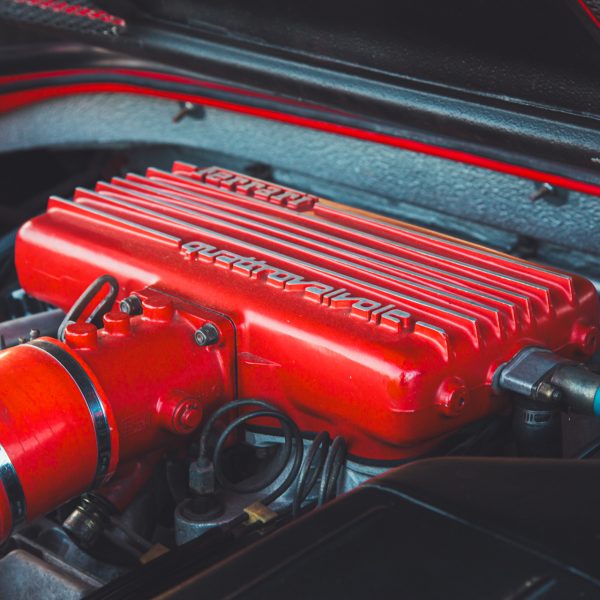
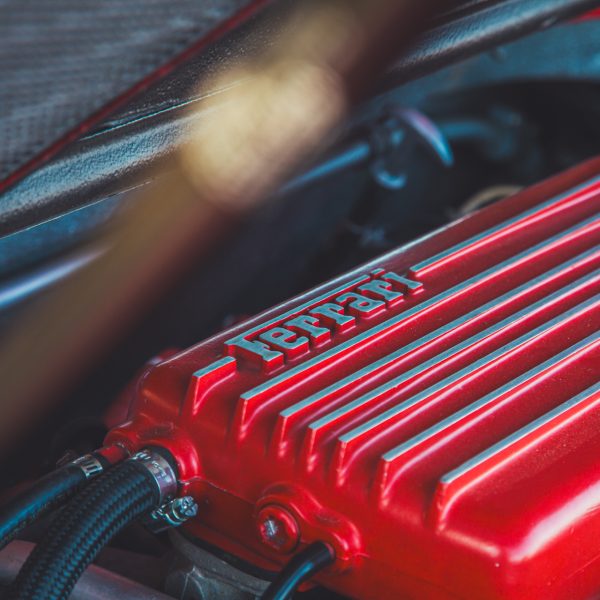



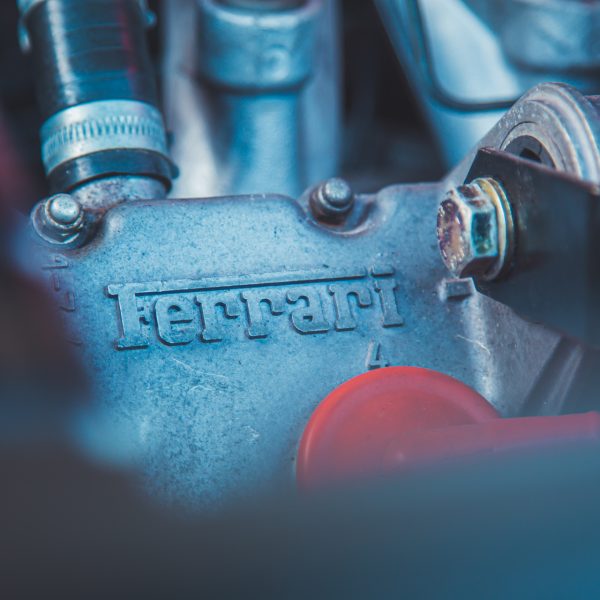
In 2023, various works were carried out Haynes Heritage Engineering which included repairs to the sills and several areas of paintwork being rejuvenated.
Enter now for your chance to win this sensational 1980’s supercar with our 1984 Ferrari 308 GTSi.
Full Gallery & Video:
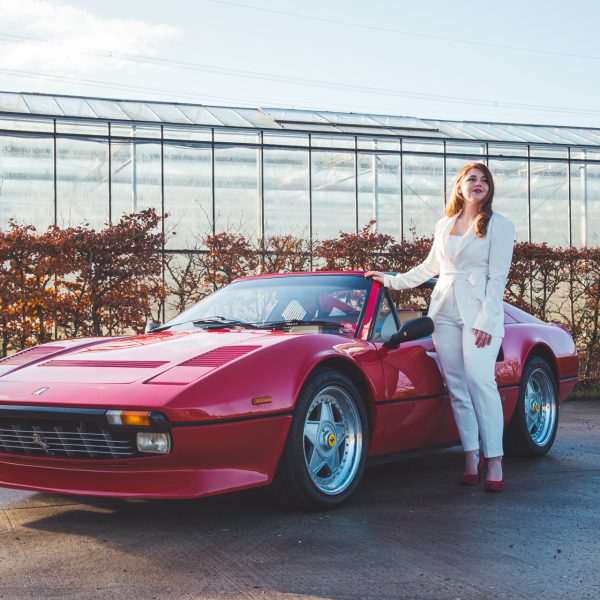









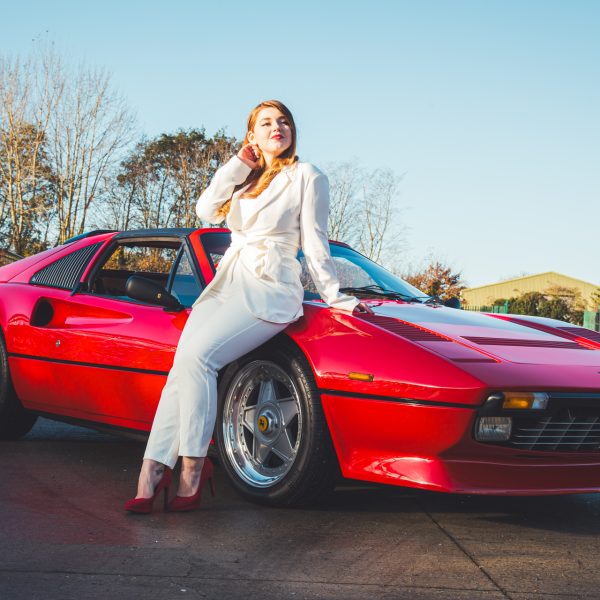
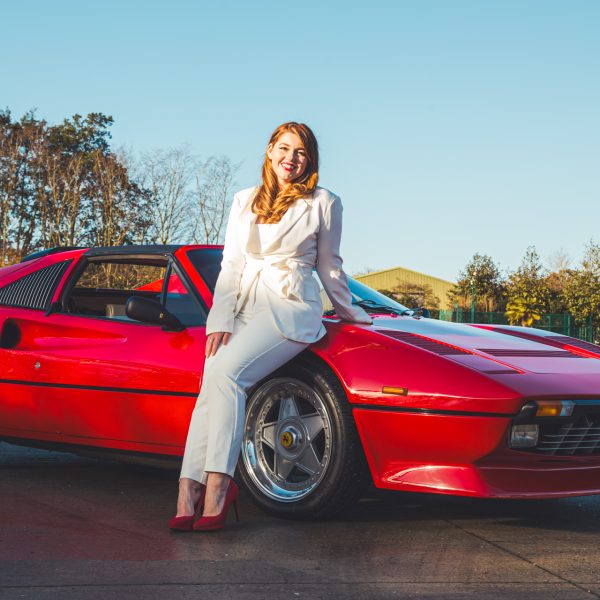
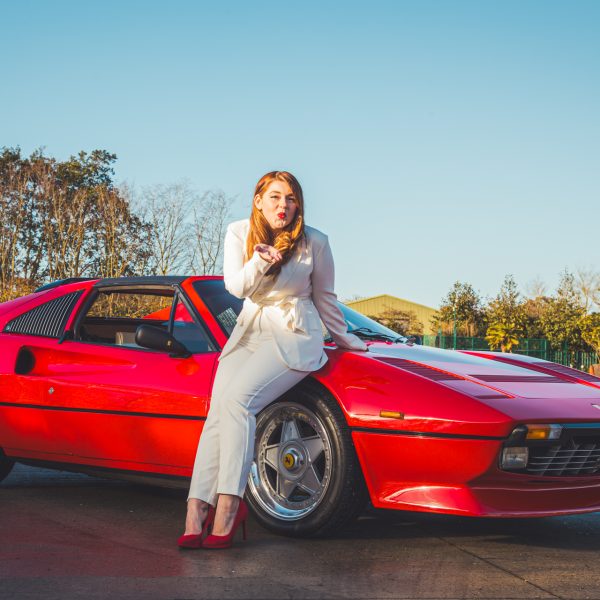


















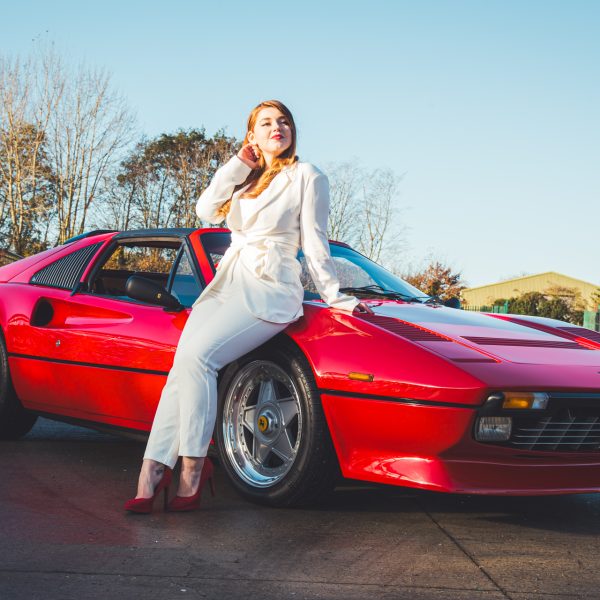







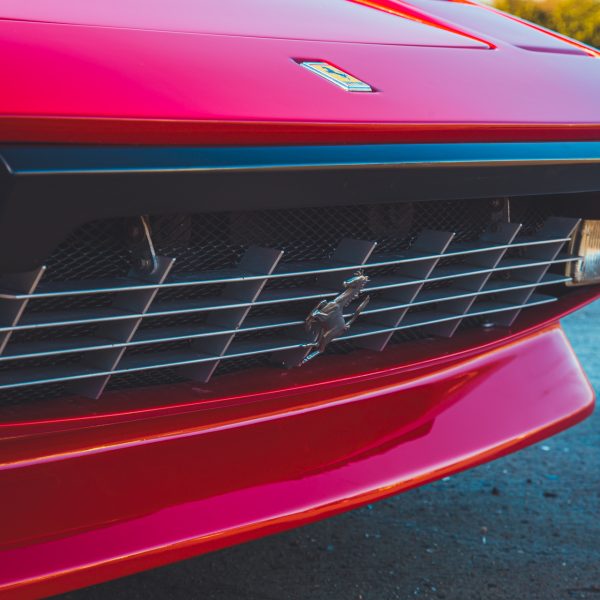
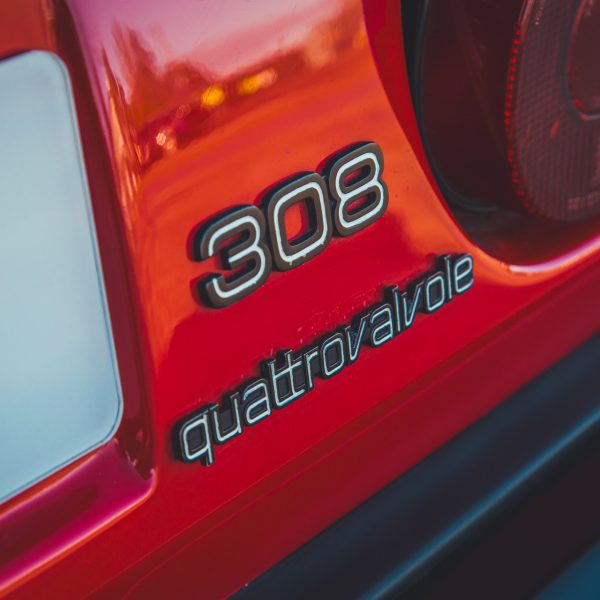


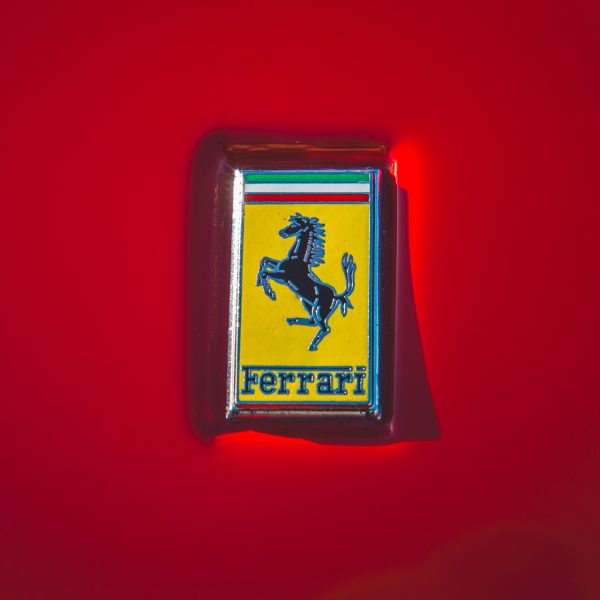
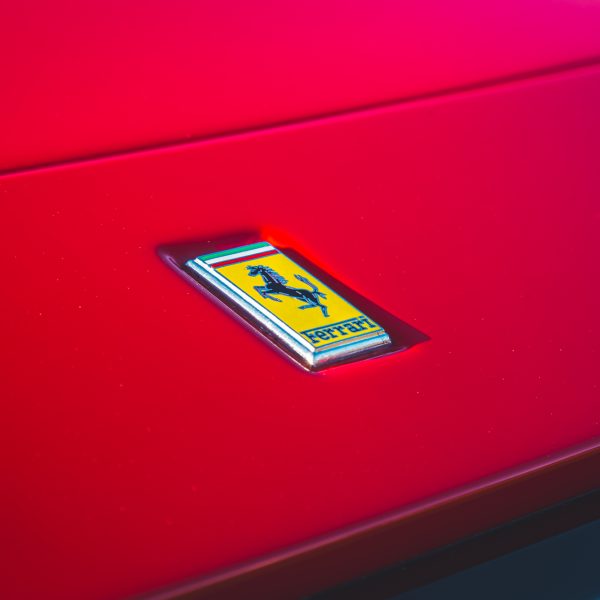

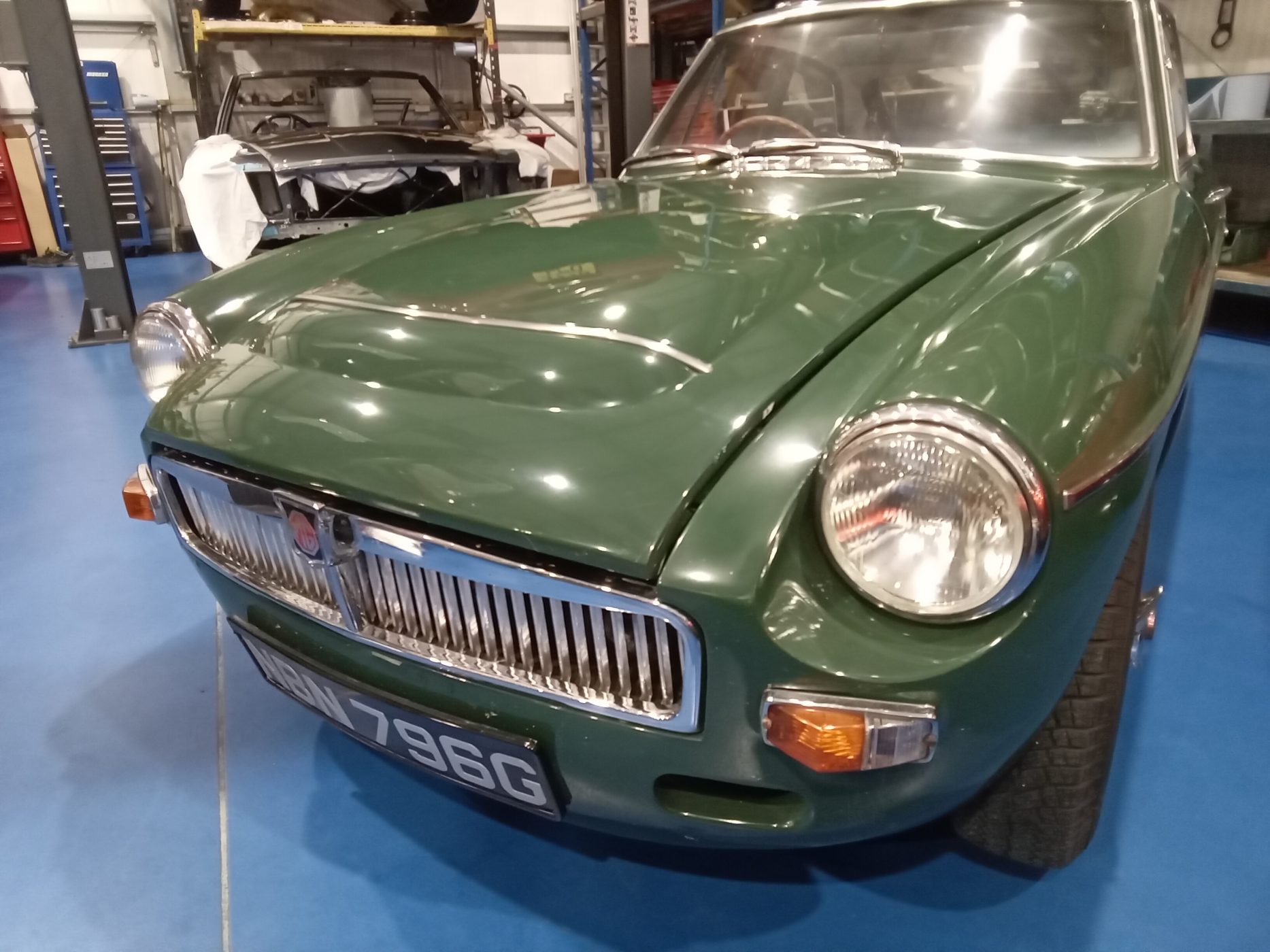
Chris has been working on stripping down the our 1969 MGC GT in the main workshop.
He has been working his way around and in the car to remove all of the various pieces of trim and mouldings to get the car ready to head into our body shop. The team use this time to evaluate and analyse all of the parts removed from the car to check for condition or any breaks/damage to items which can be recorded and if neccesary, replaced.
Chris has got the car back to a point where other members of the Bridge Classic Cars team can now help get this fantastic sports car ready for the next step of its journey.

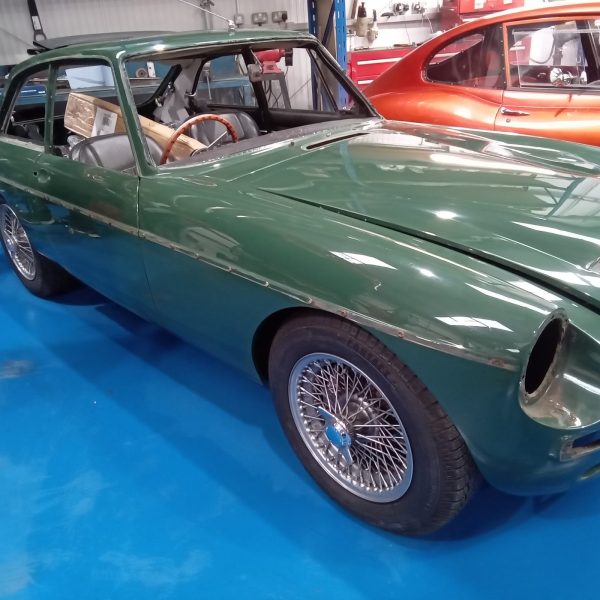
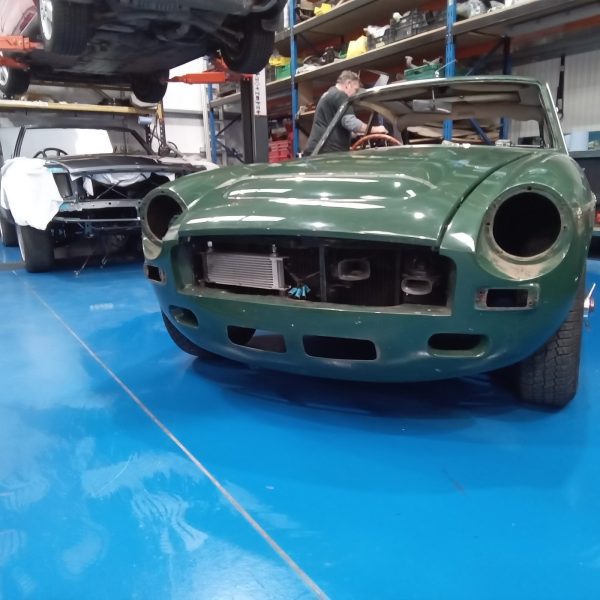

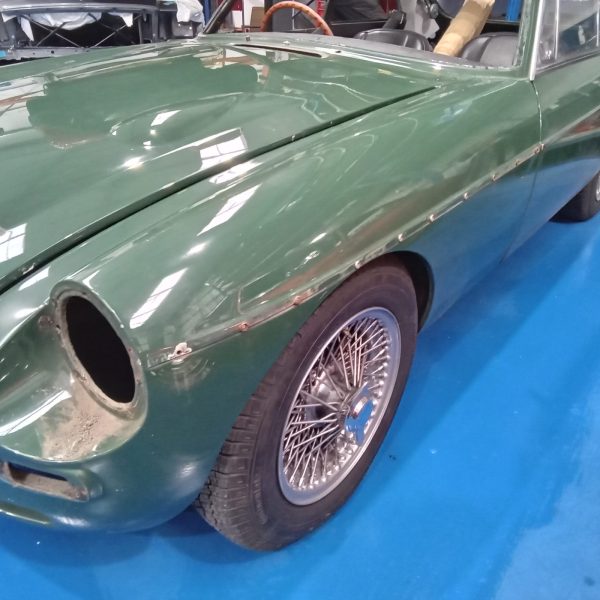
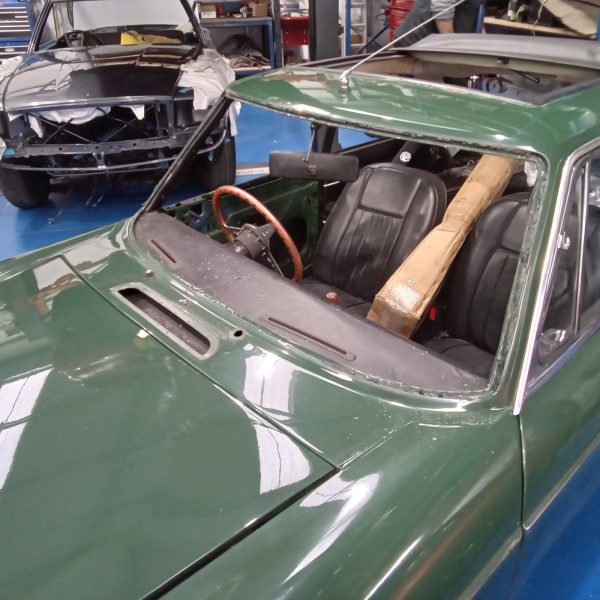

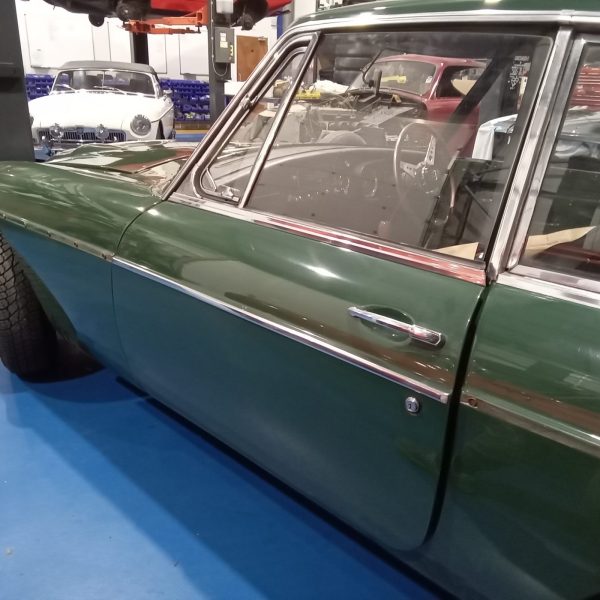

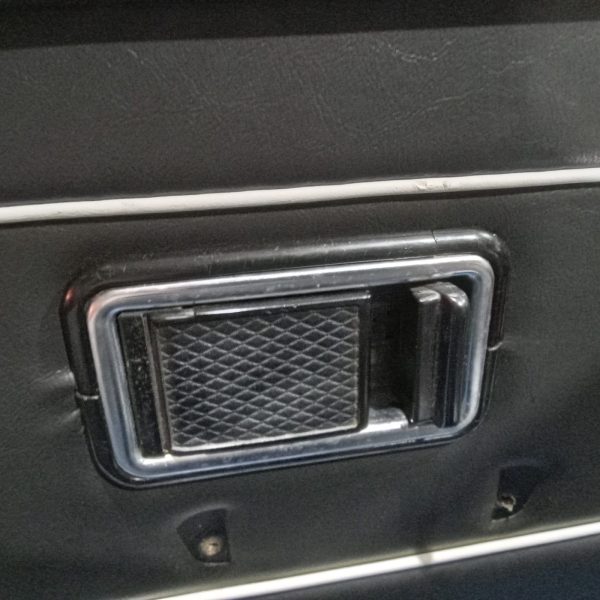

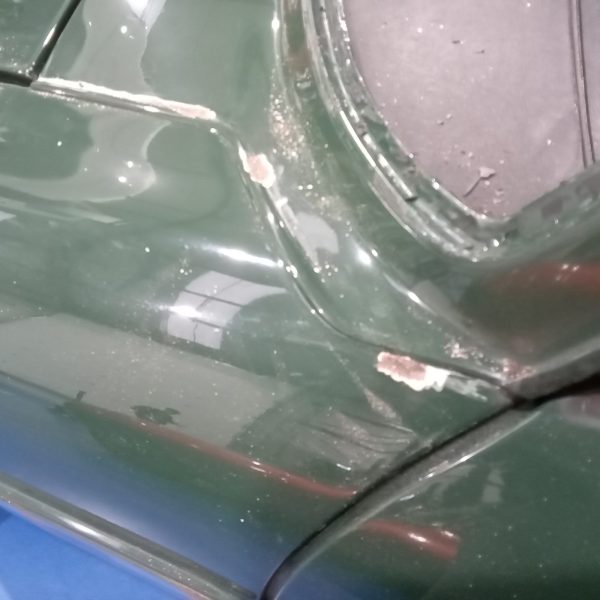
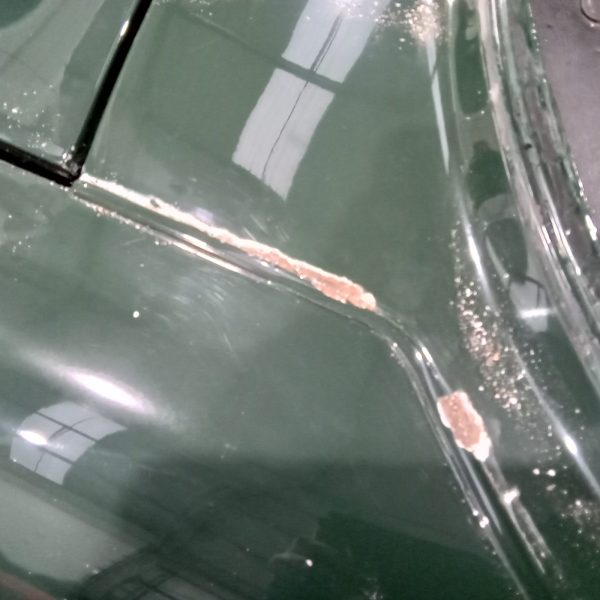


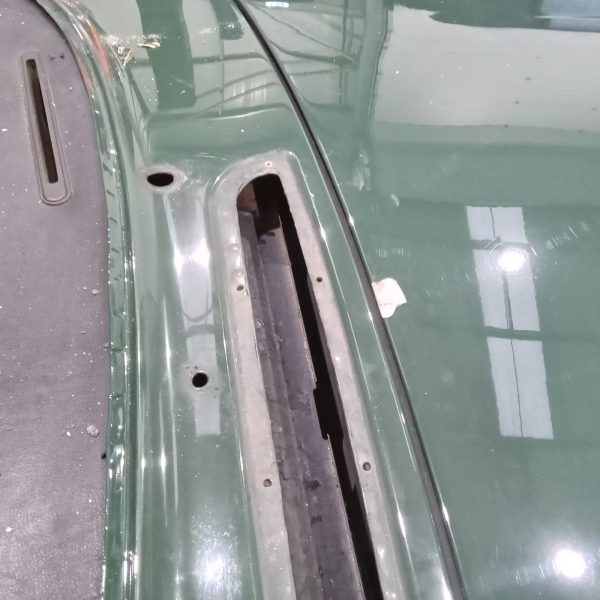
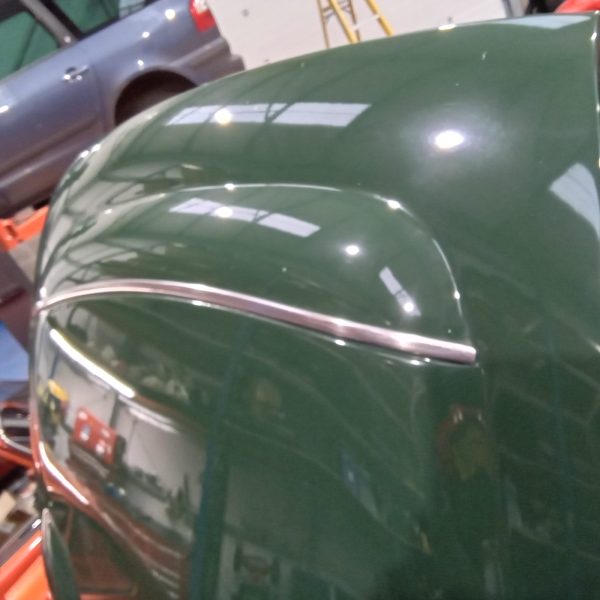








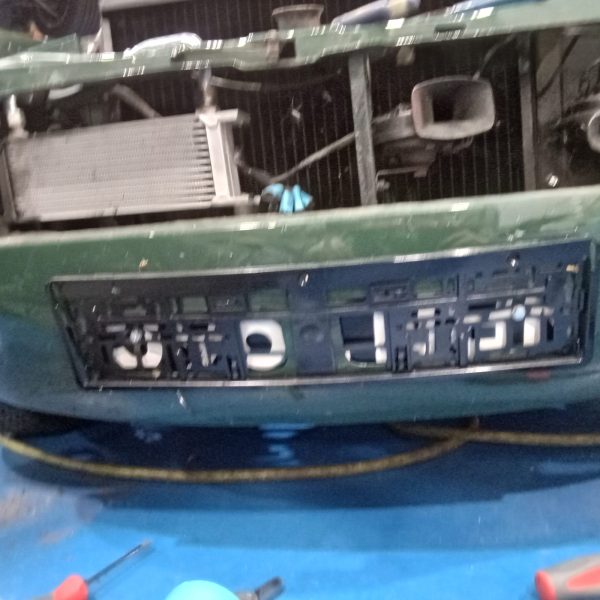
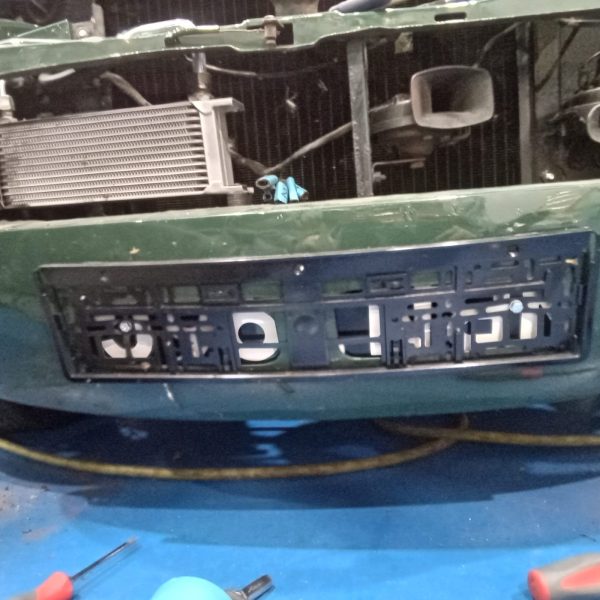
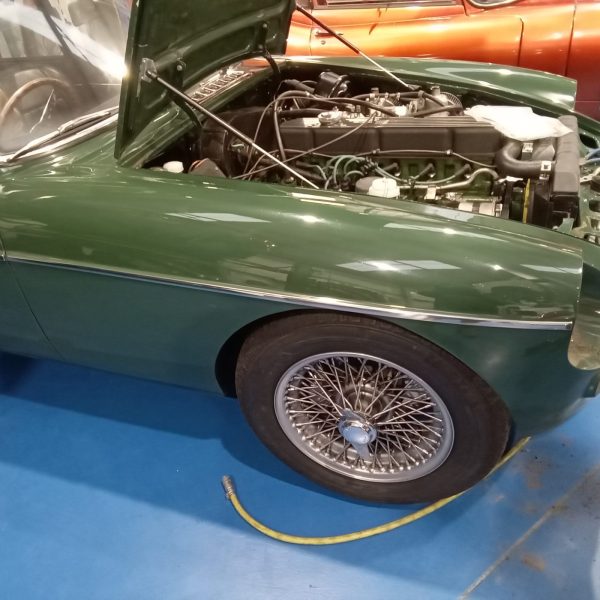



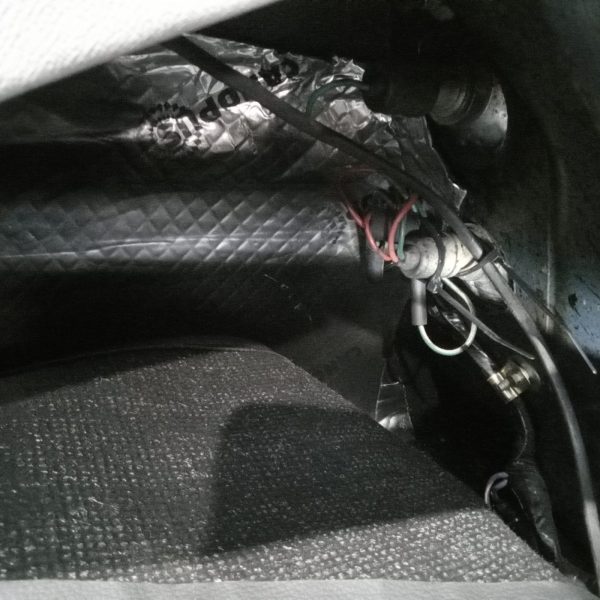



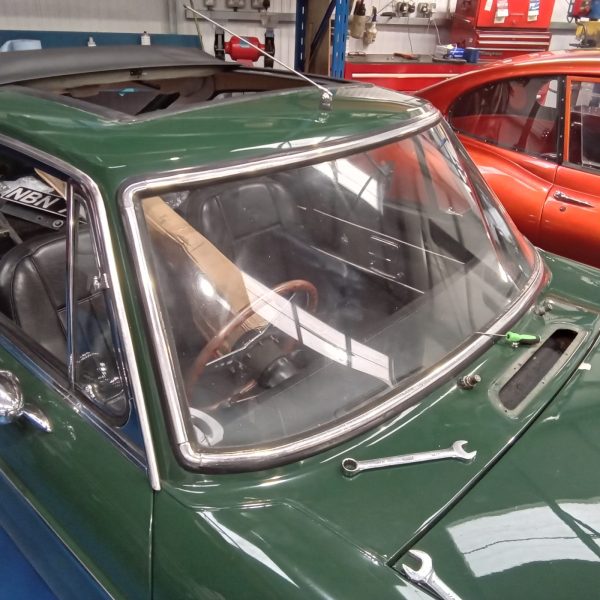



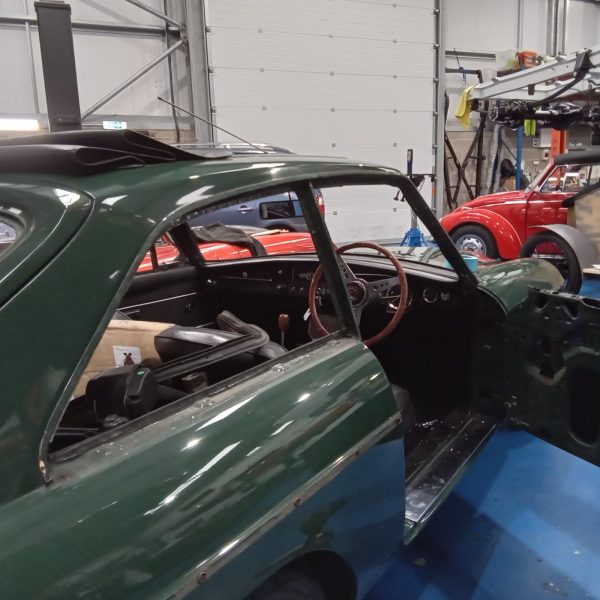
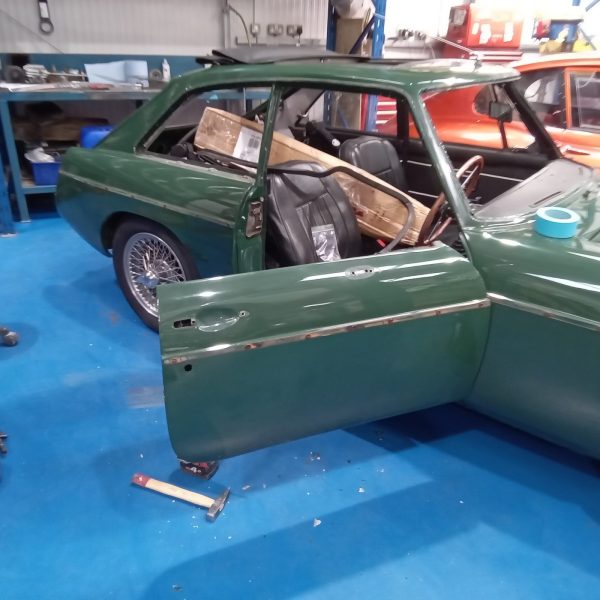
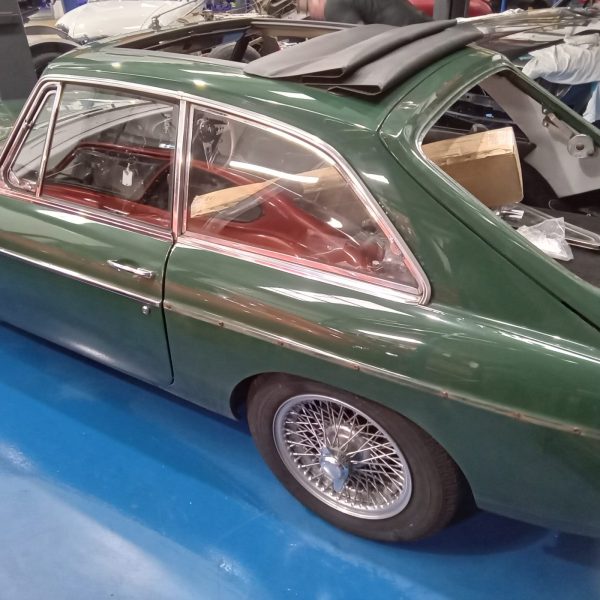
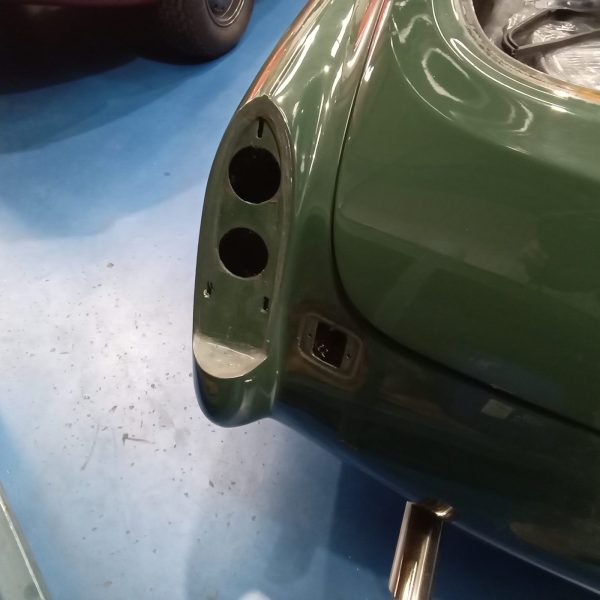
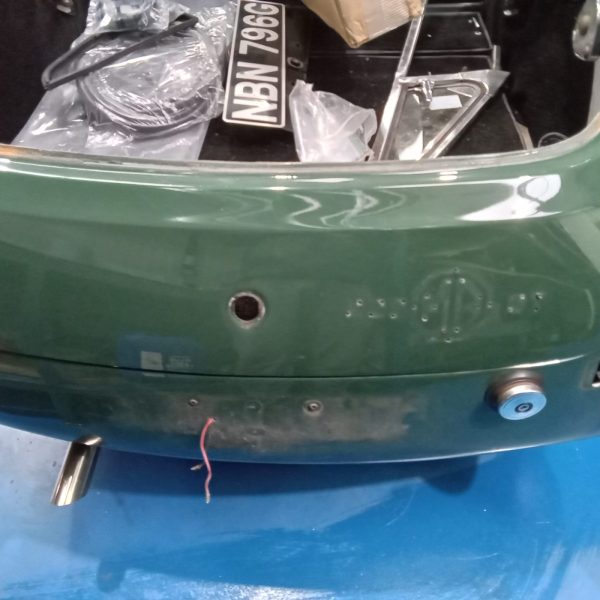
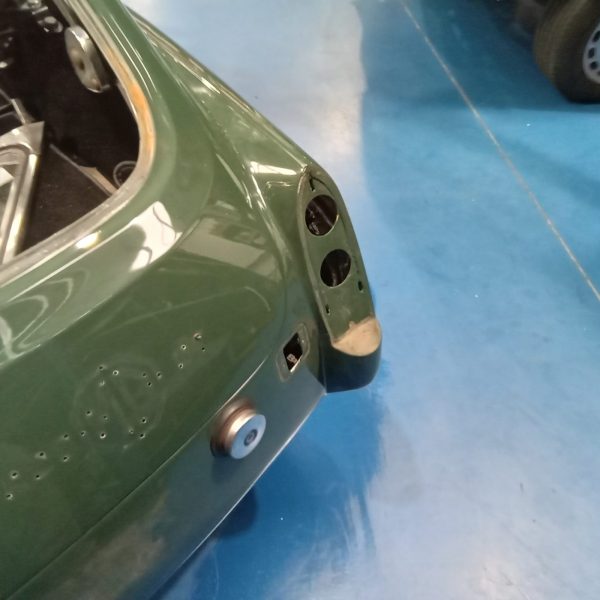


The Bridge Classic Cars team have begun working on stripping down the internals and wiring of our 1975 Cobra Project.
This has been headed up by our technician Mauro ahead of the body and paint team beginning to work on the car in our in-house paint and body shop. The team have carefully gone through each system in the car to make notes for the cars reassembly after the work has been completed, such as wiring connections, as well as to make a note of any missing items for the project.

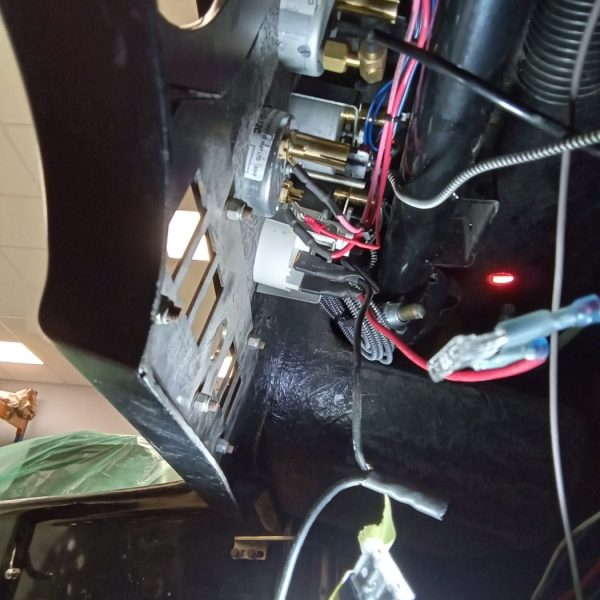
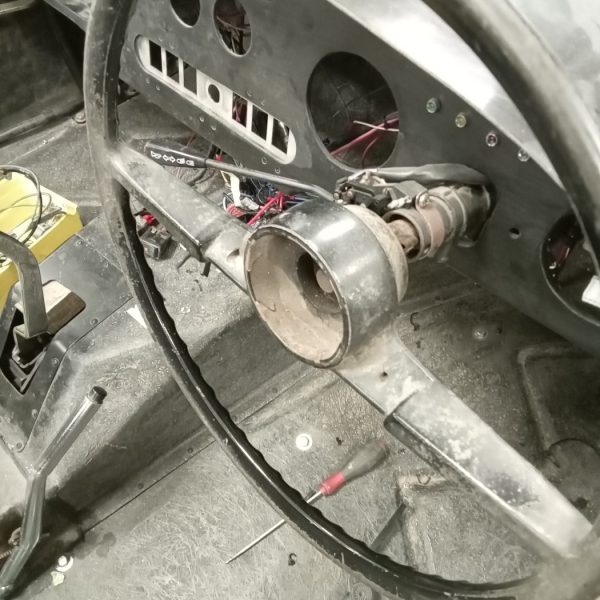
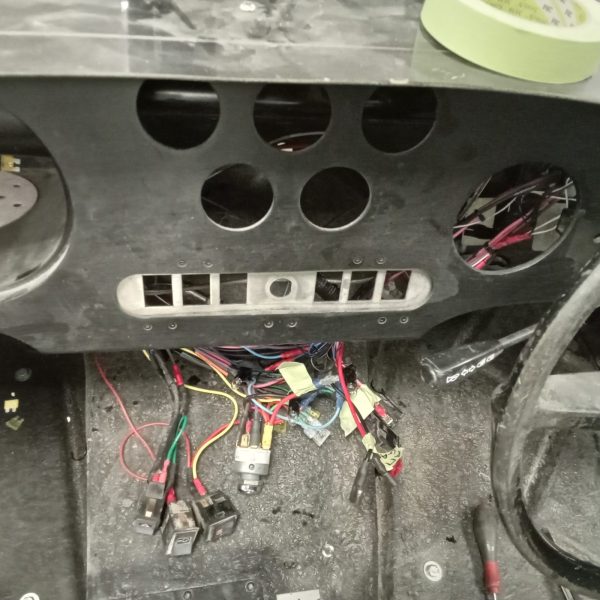
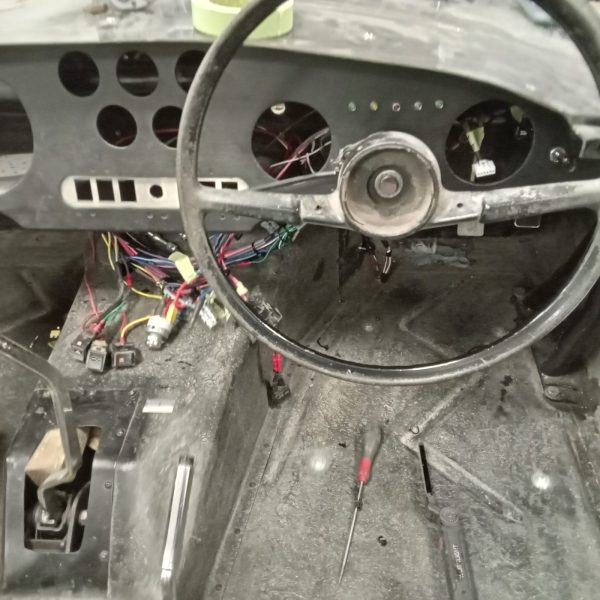
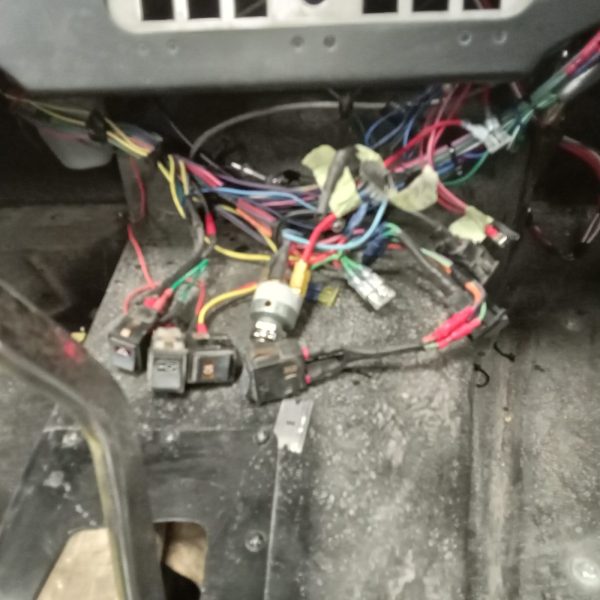

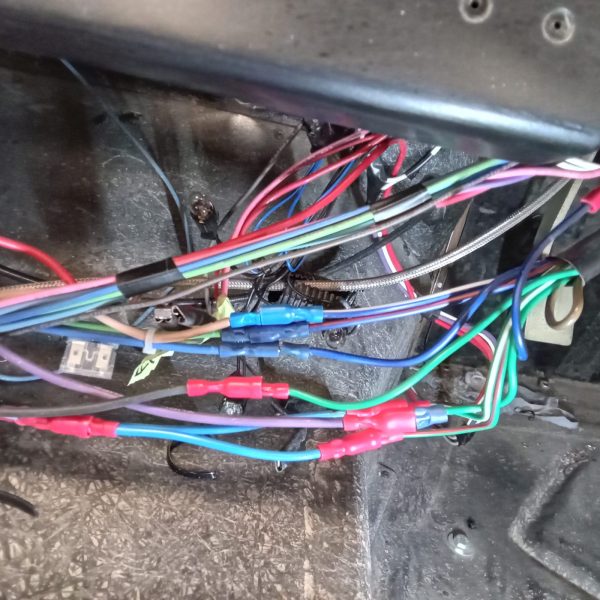
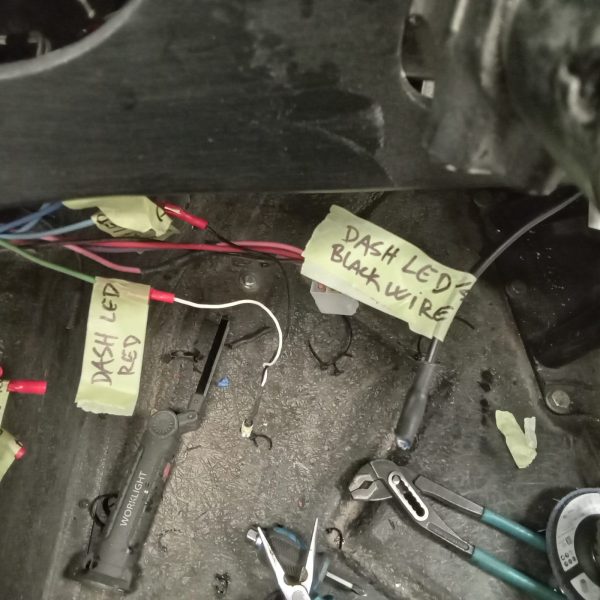


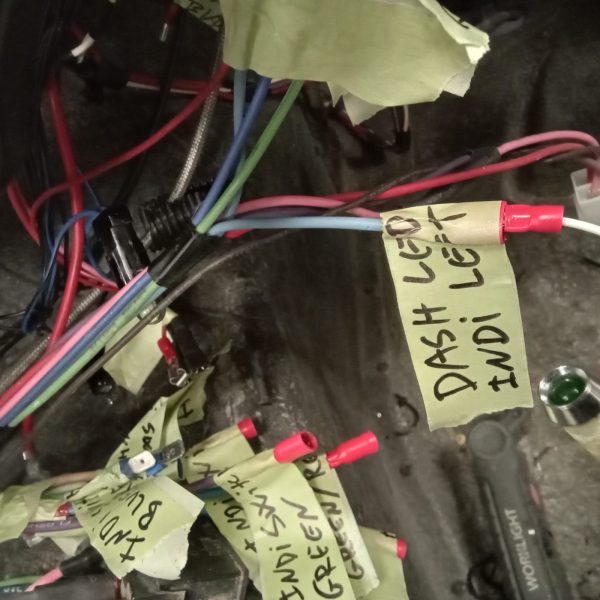
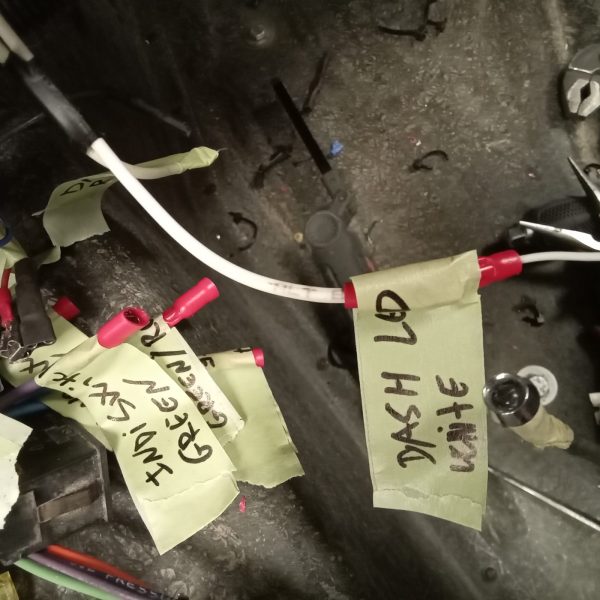

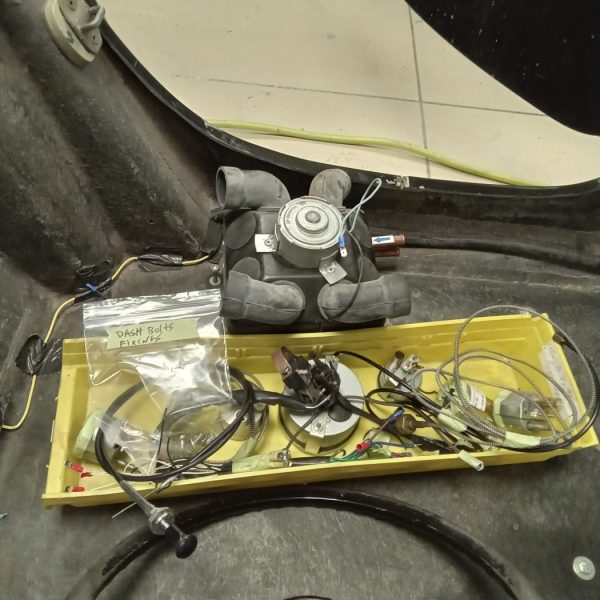
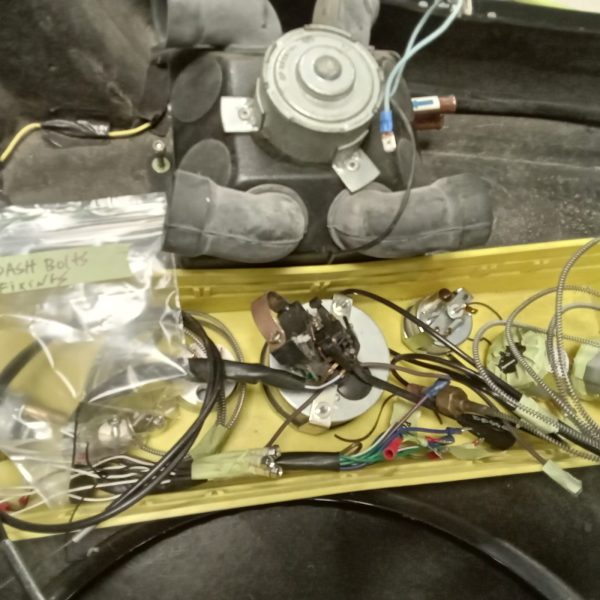




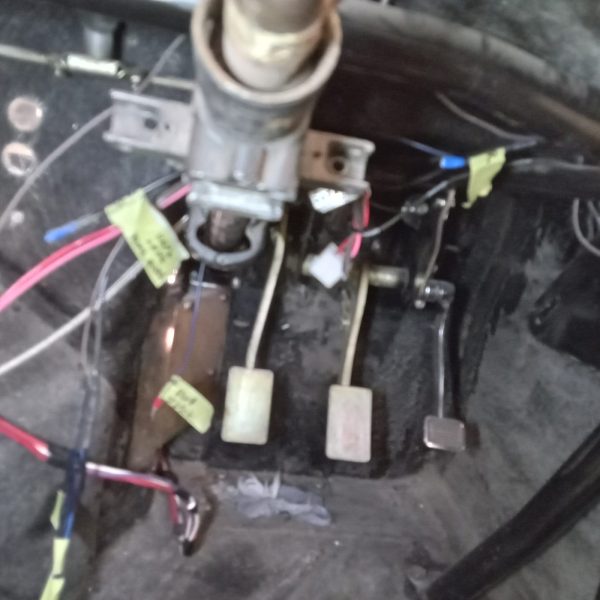


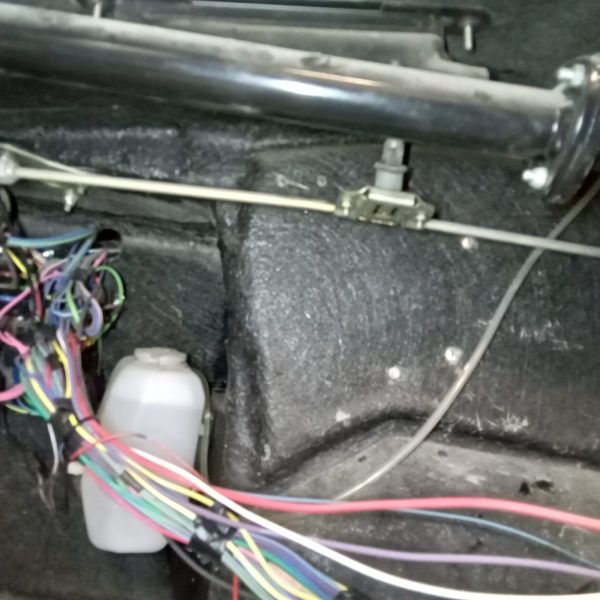

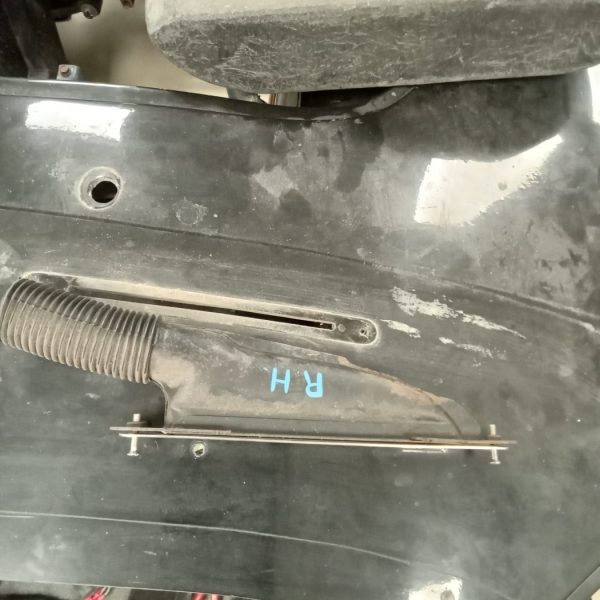
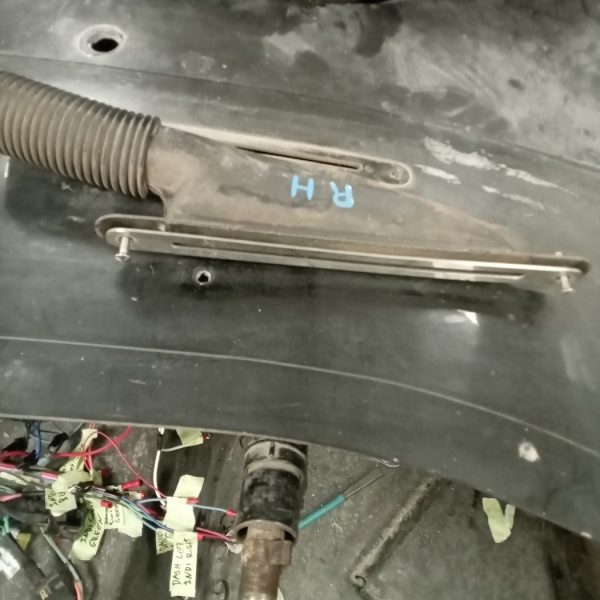
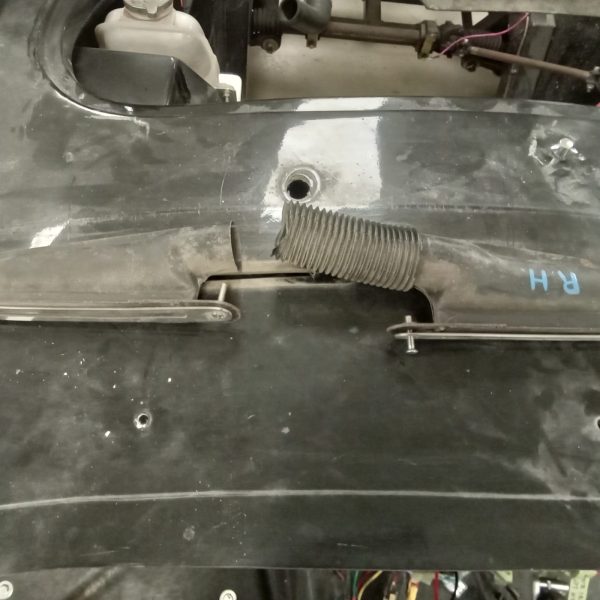
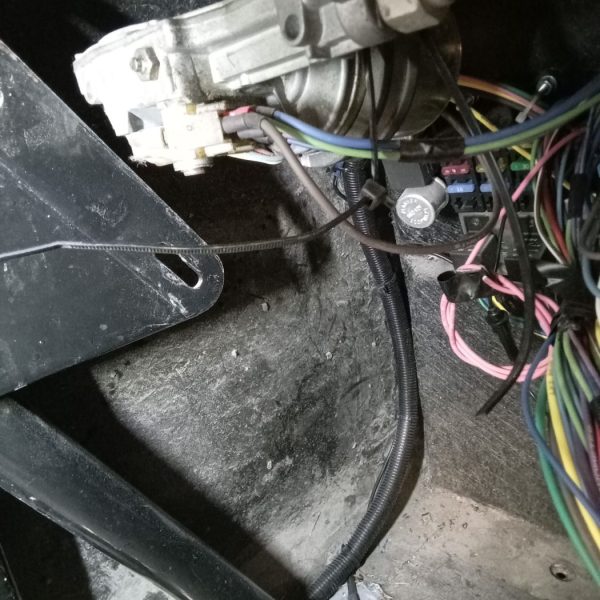
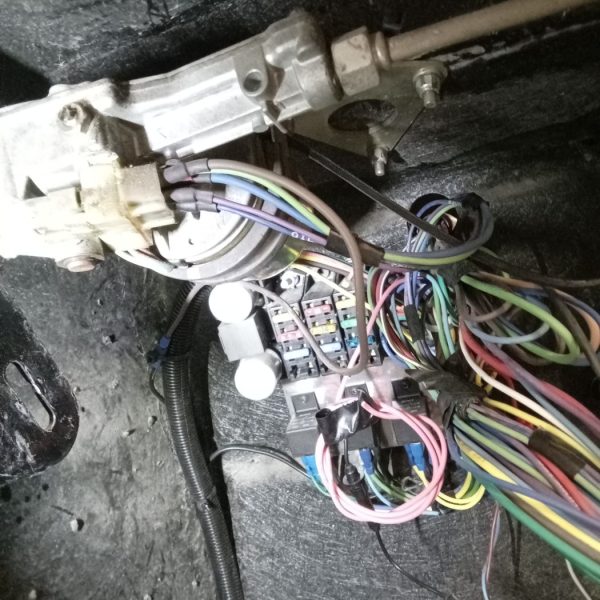
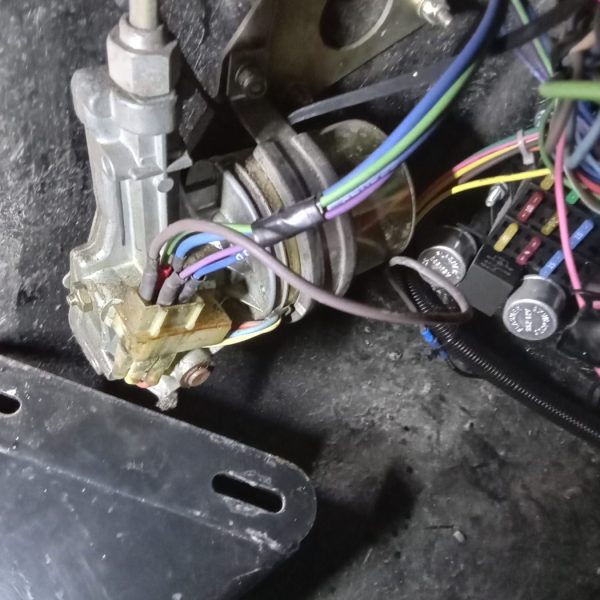
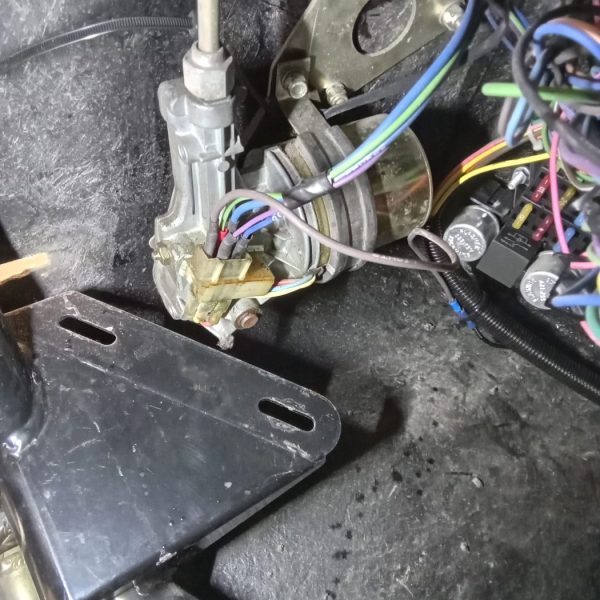
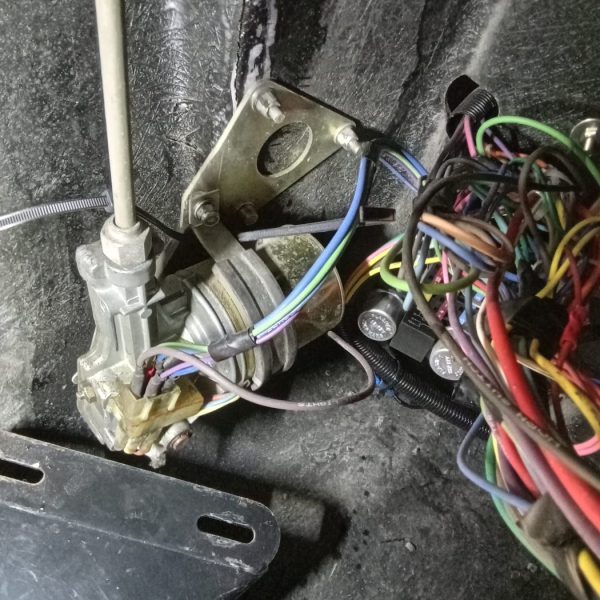
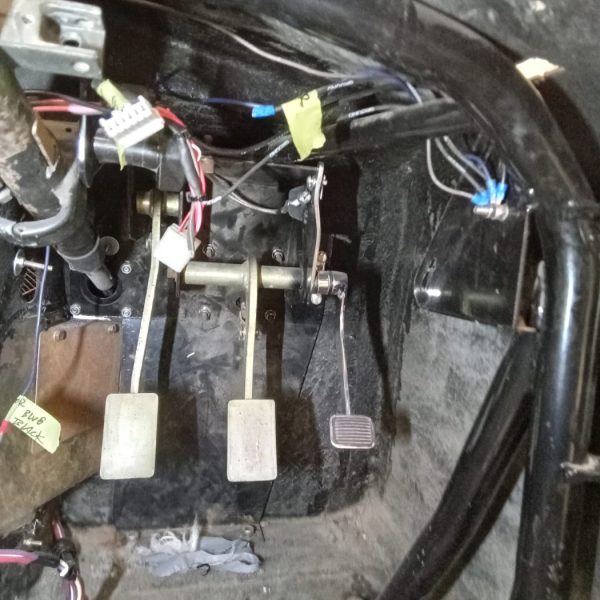
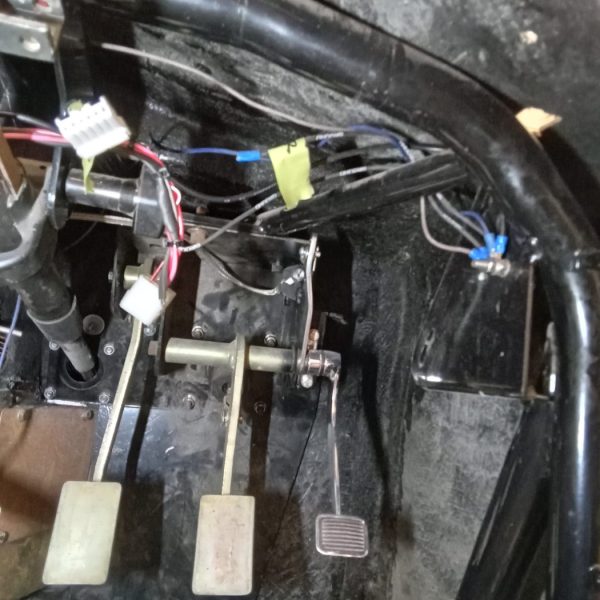
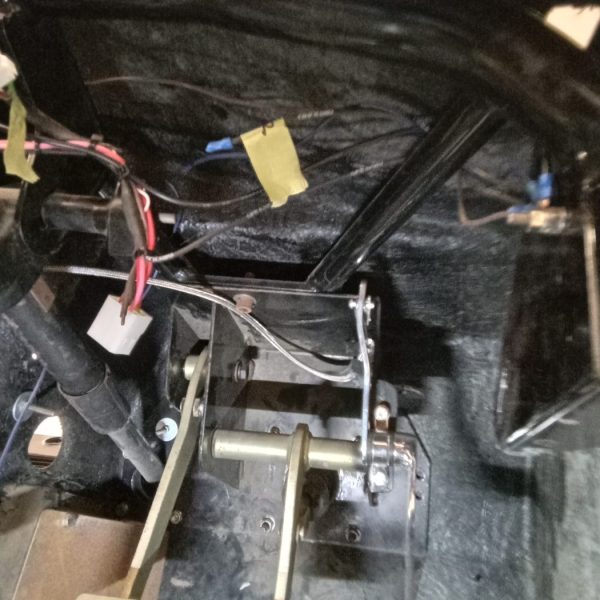
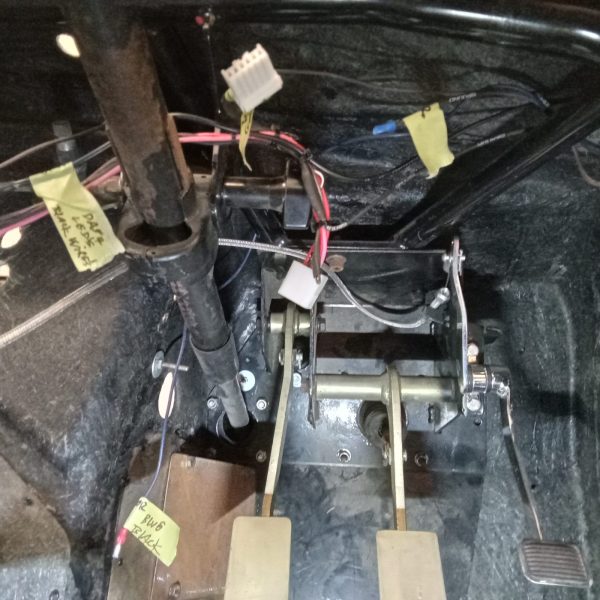

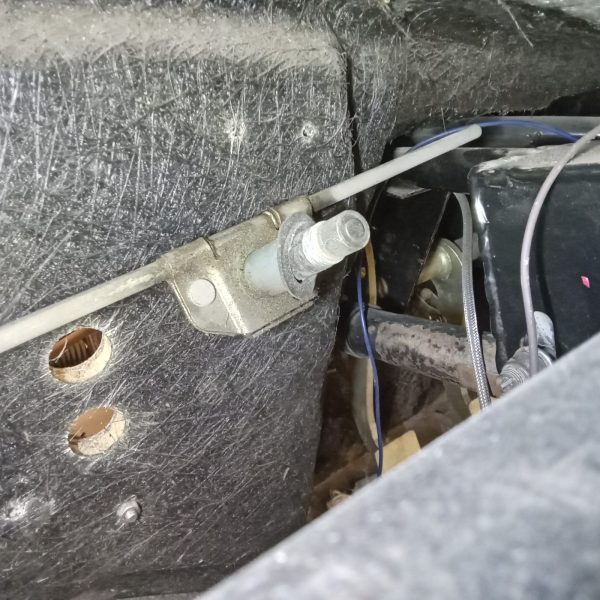
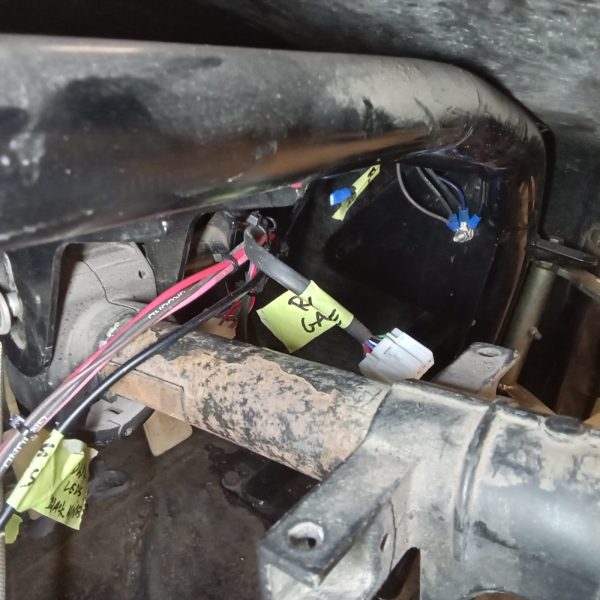
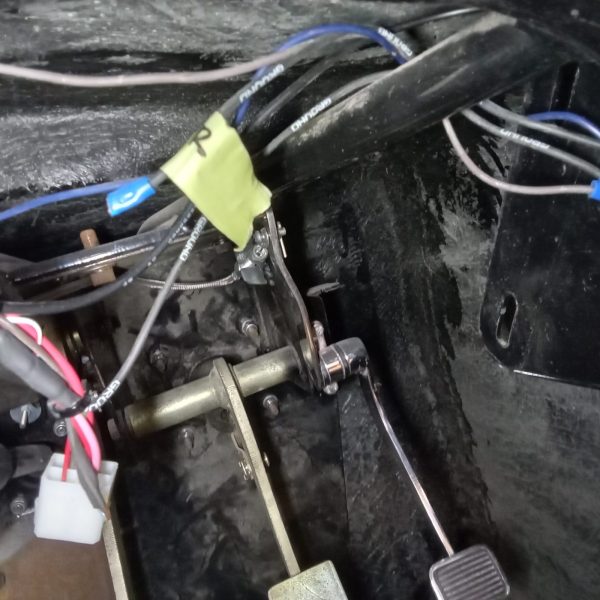
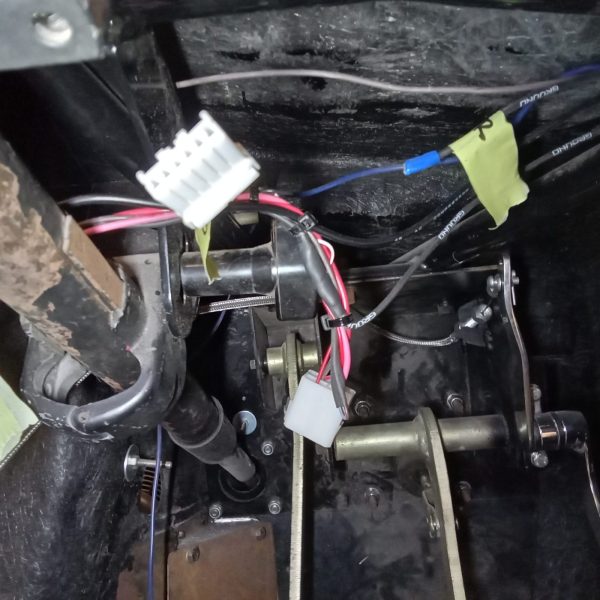
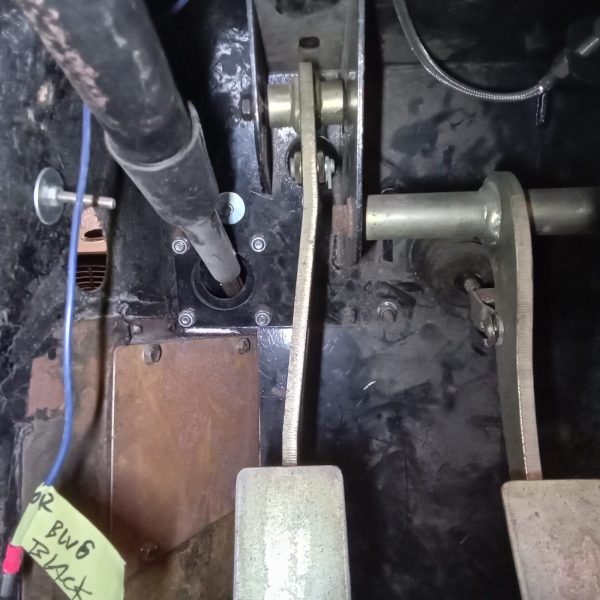

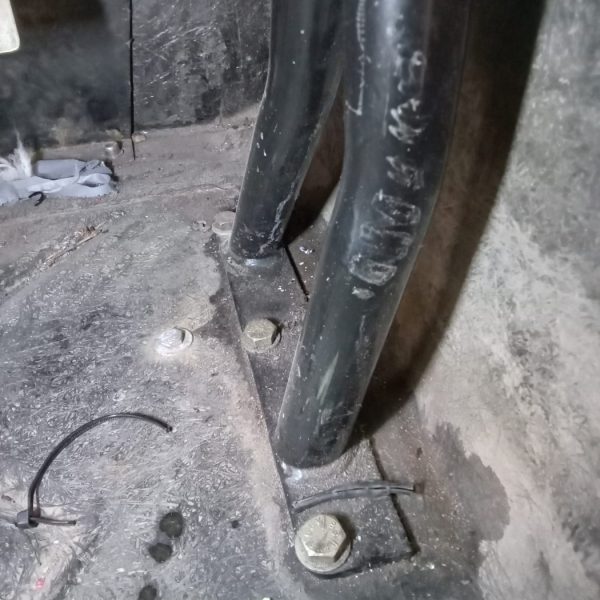

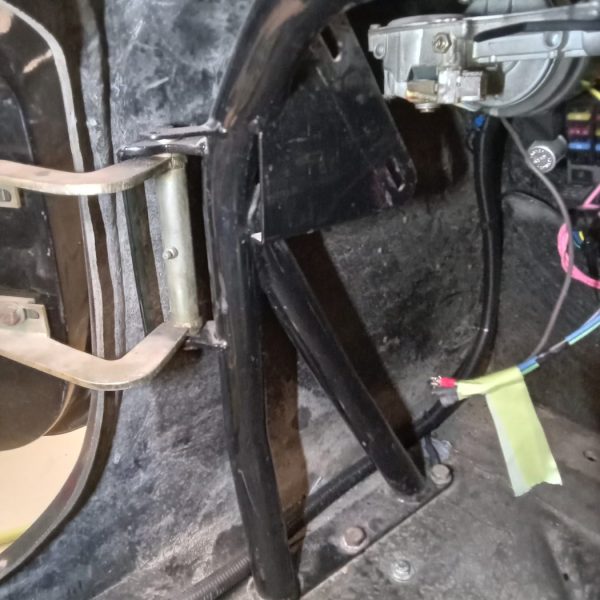
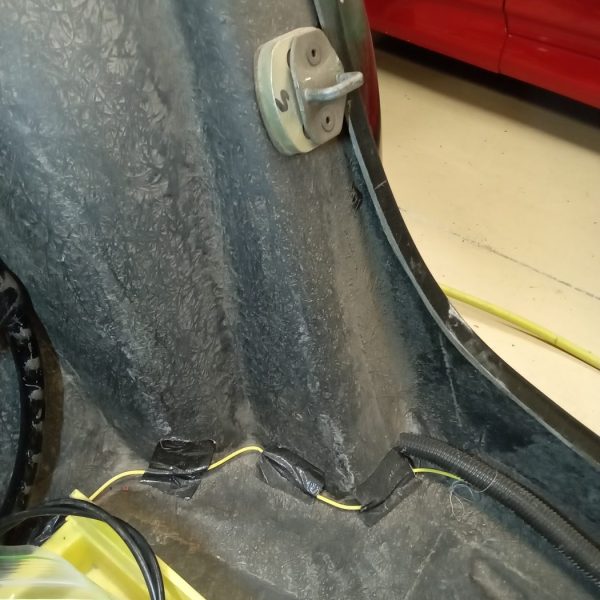
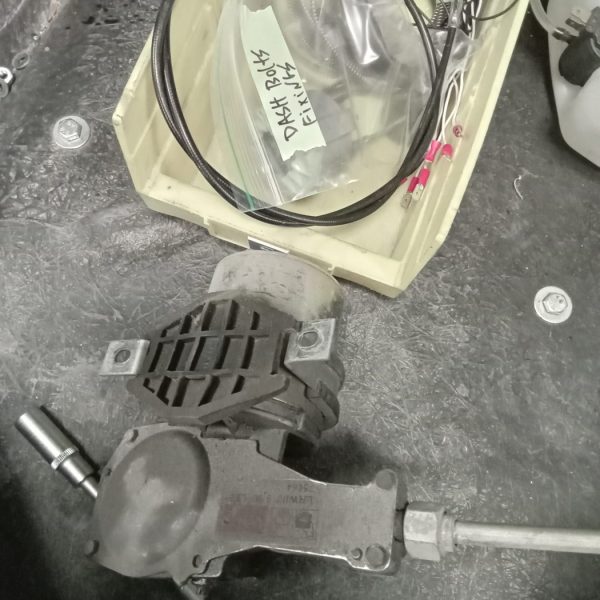
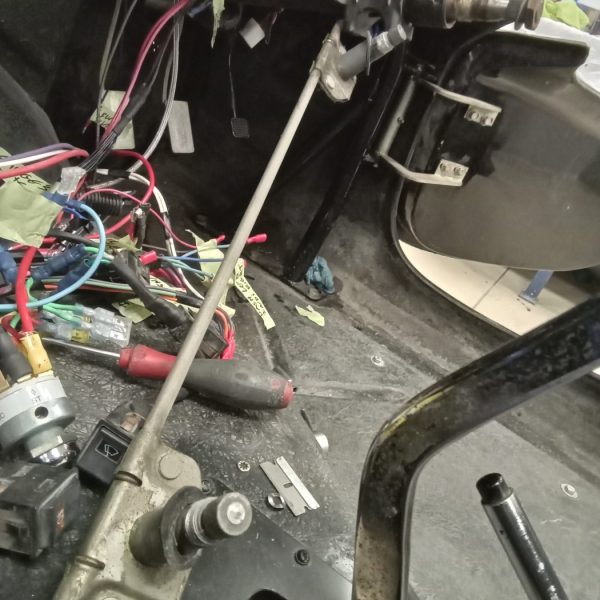
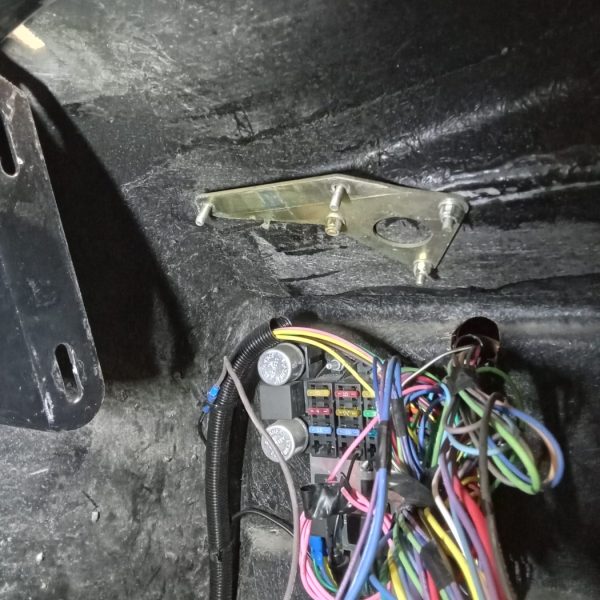

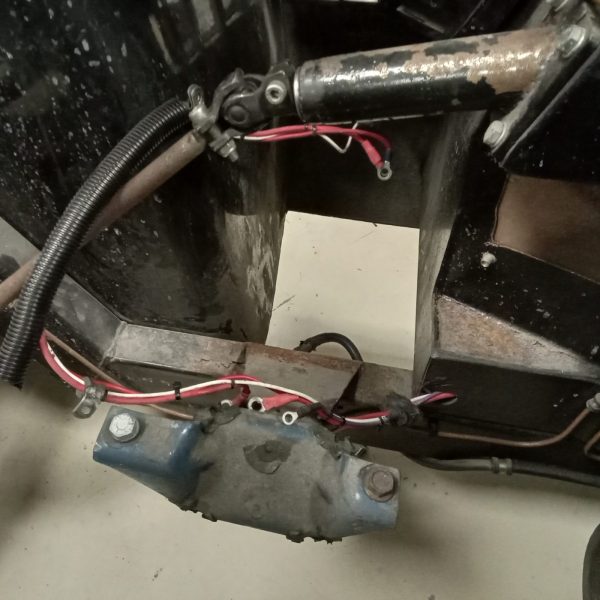
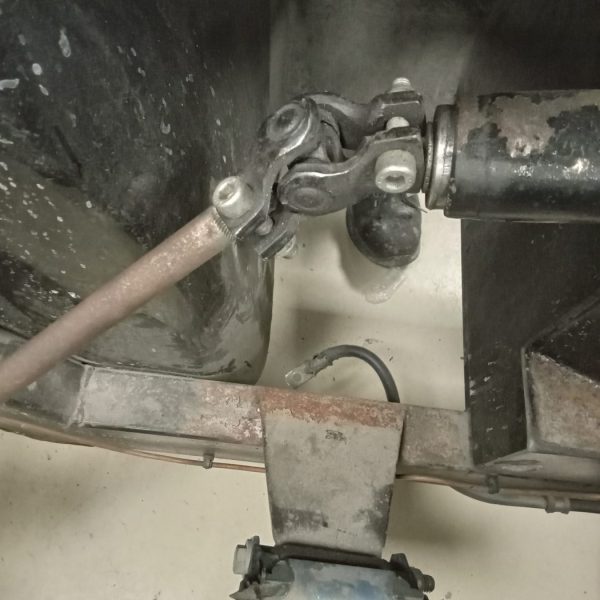
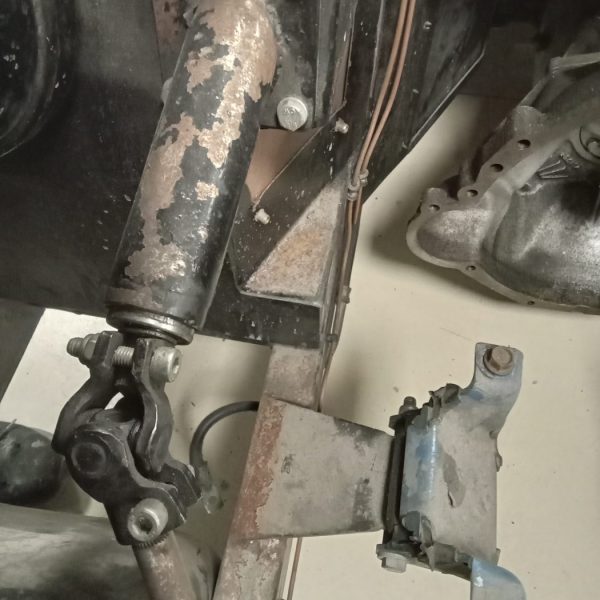
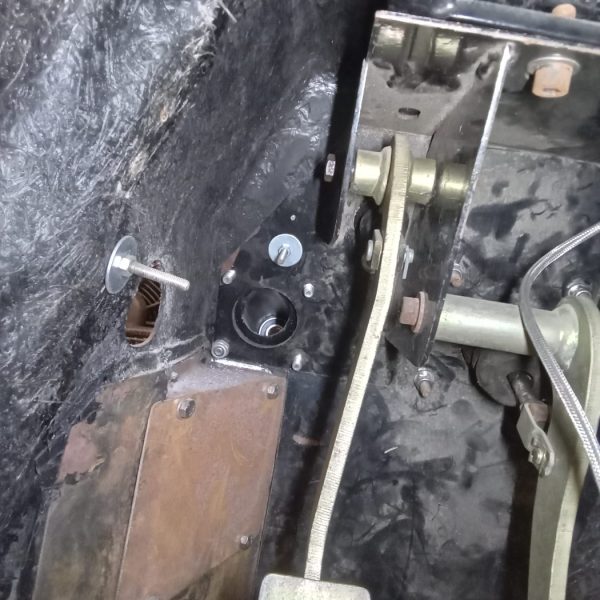
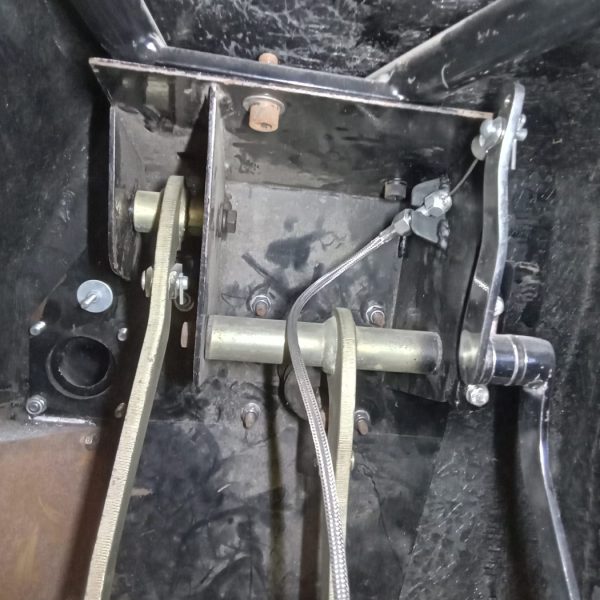
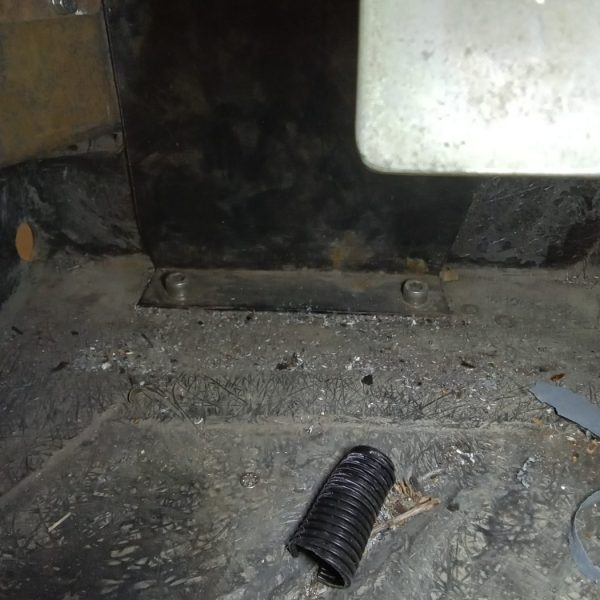


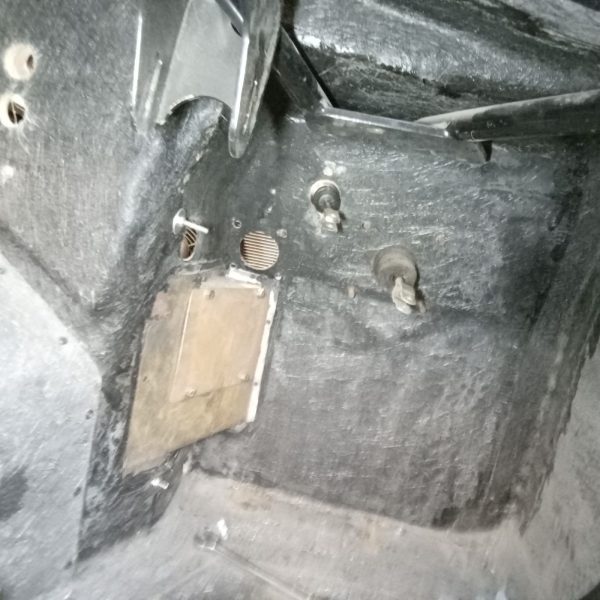
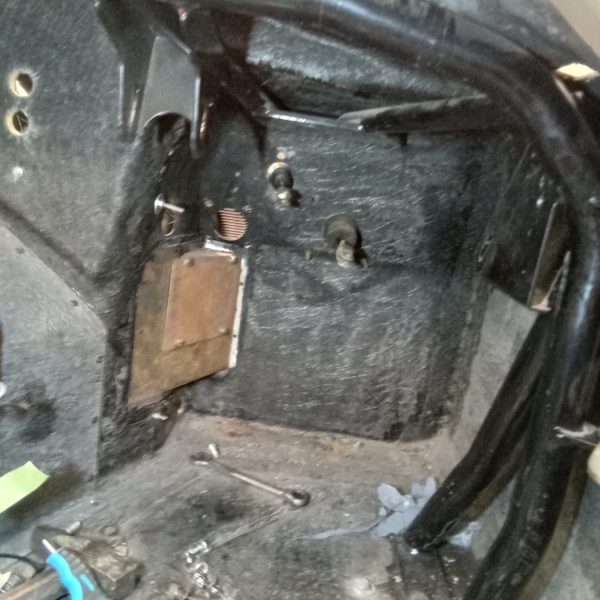
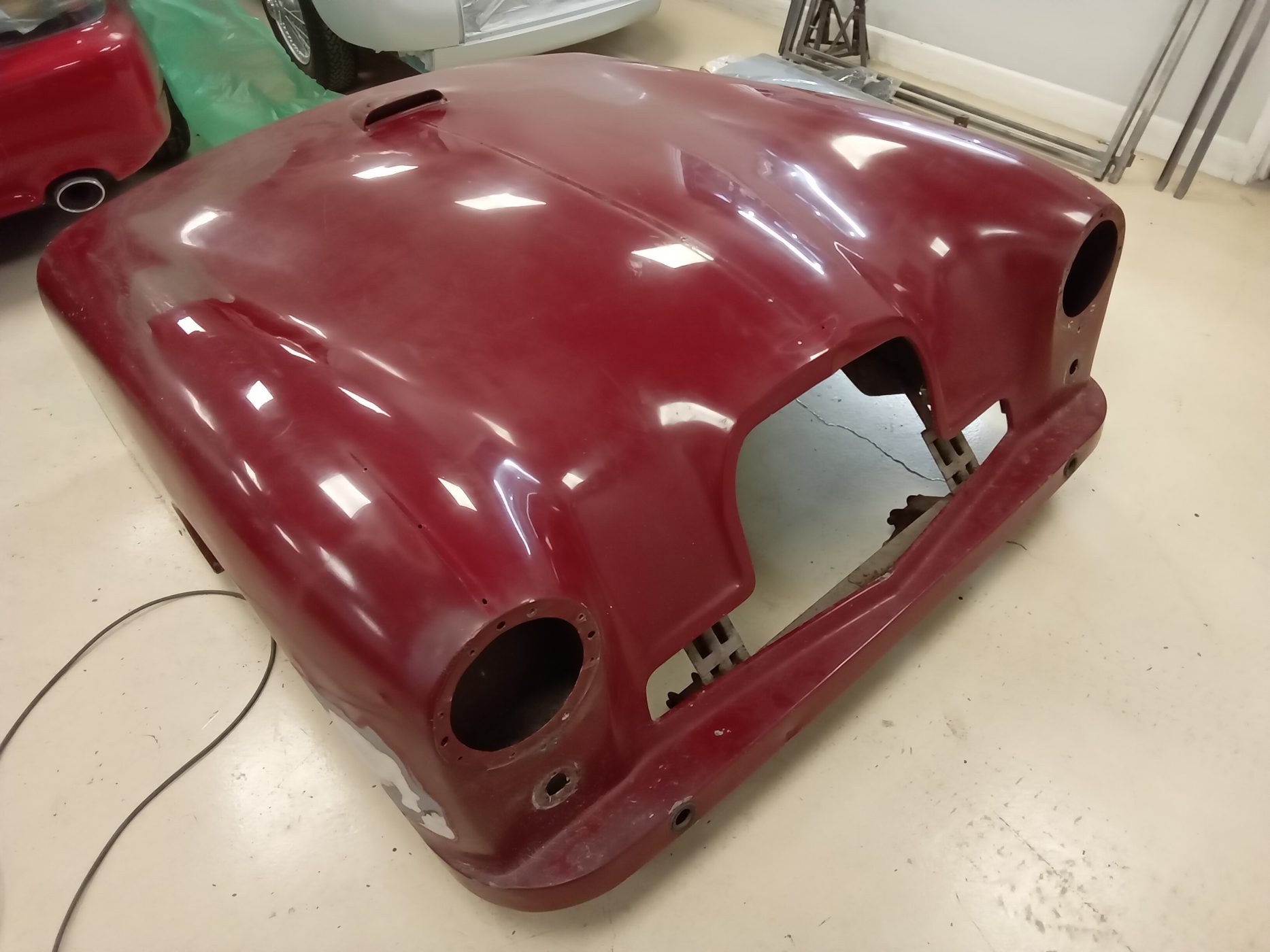
Our paint team have been working on stripping back the bonnet of our 1953 Aston Martin DB2/4.
As the car begins its restoration journey at our Suffolk HQ, the team have begun to peel back the layers of this incredible 50s sports car while also take extra car to preserve and protect the handmade metalwork underneath.
Chris has been working through the layers of paint to get the car back to bare metal for the team to evaluate the material underneath.




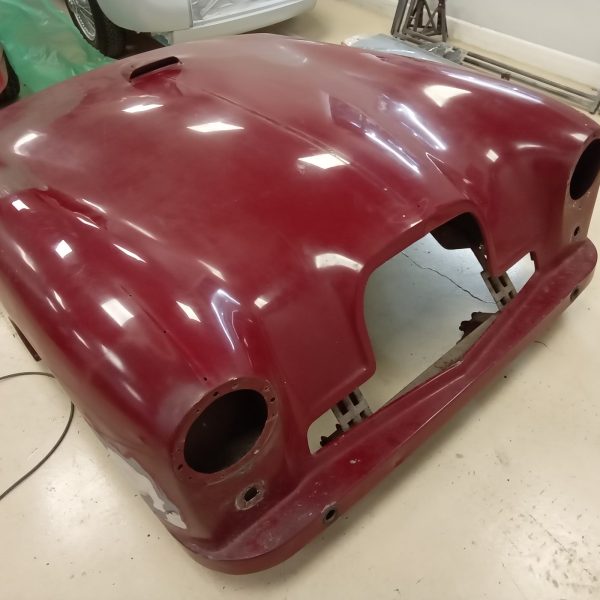
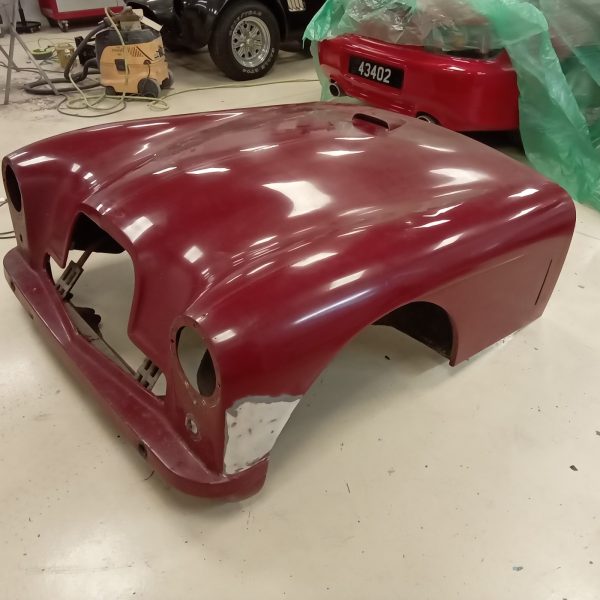
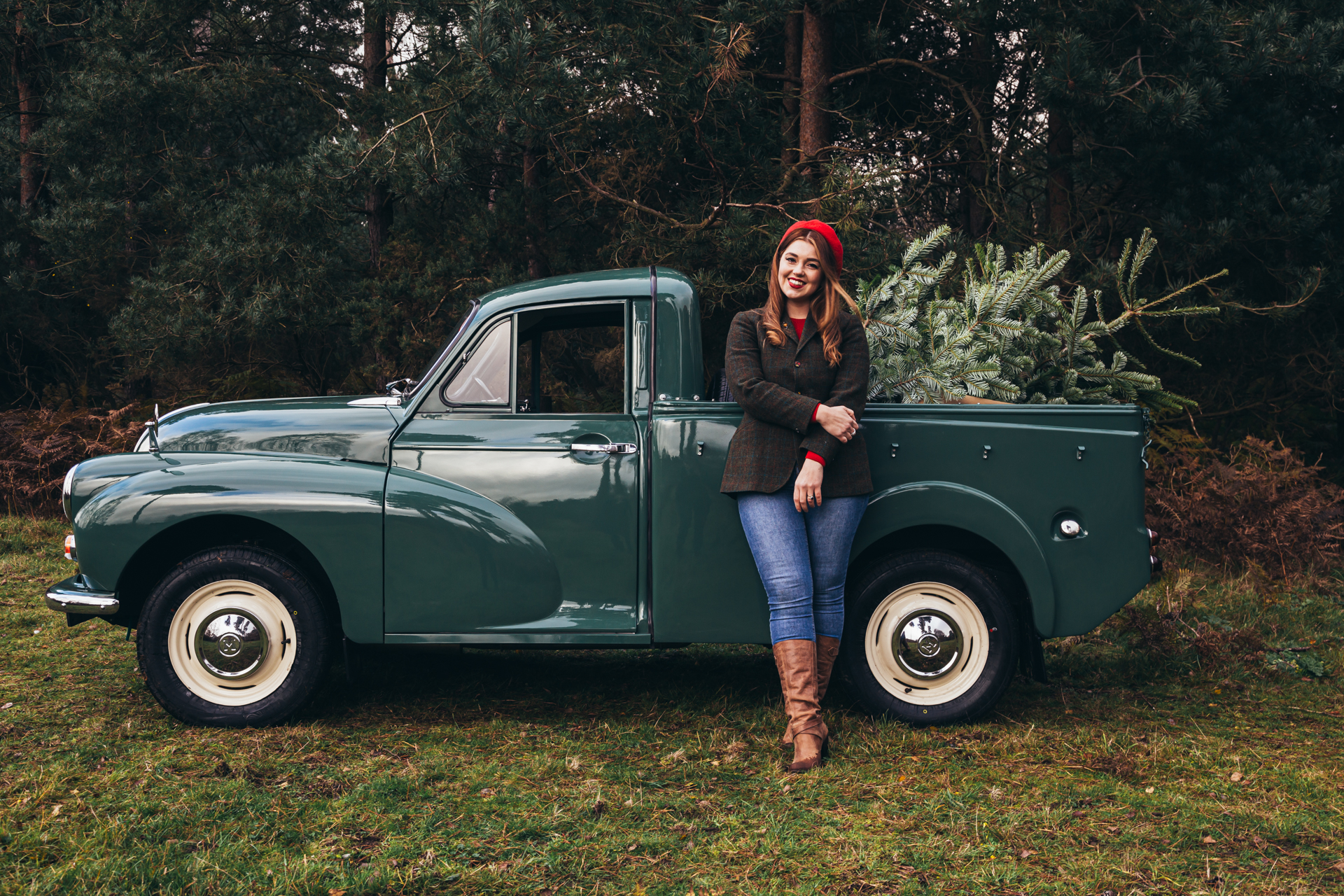
It has charm, character, and nostalgia. It’s been a workhorse, a celebrated classic and a family friend – The Morris Minor. In any configuration, from Traveller to Convertible, the humble Morris Minor is beloved by generations. From school carol concerts, sleepy nighttime drives after spending time with family or bringing home the Christmas tree, the Morris Minor has played a part in so many lives. The most practical and seldom seen, is the Pickup.



This charming Morris 1000 Pickup could be yours just in time for Christmas. Our 1968 Morris 1000 Pickup is the perfect classic Christmas gift for you or a loved one this year.
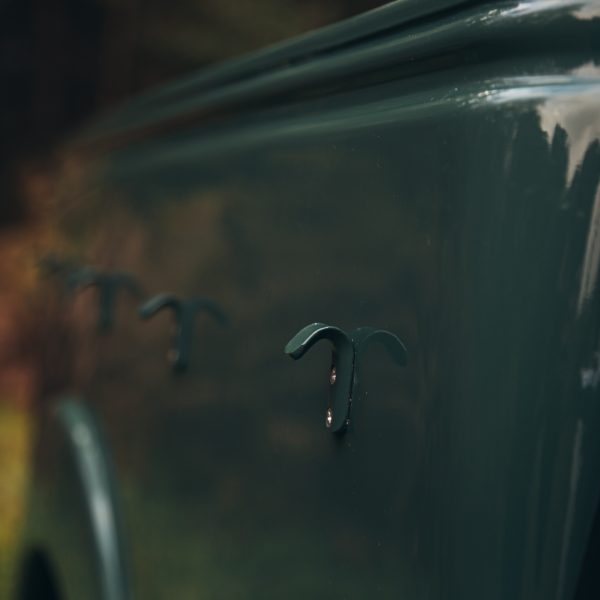

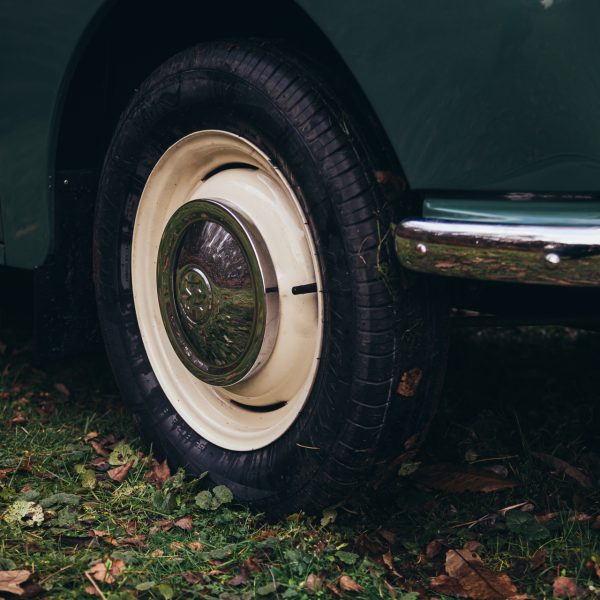
Finished in that timeless and festive shade of deep and glossy Almond Green, the perfect colour to compliment that festive jumper you always want to wear. With a simple cabin featuring a pair of soft newly reupholstered black seats, our Morris 1000 Pickup is as useful as it is stylish and charismatic with a wood lined cargo bay (with a beige hardwearing canvas tie-down cover) which as seen, can comfortably fit an 8ft Christmas Tree.
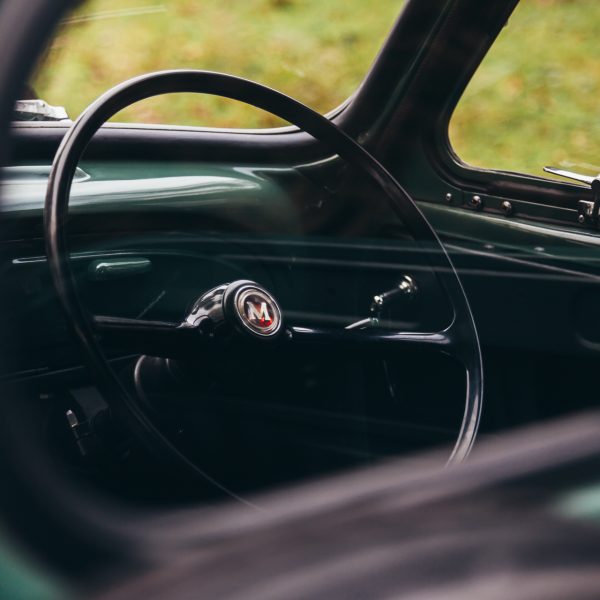
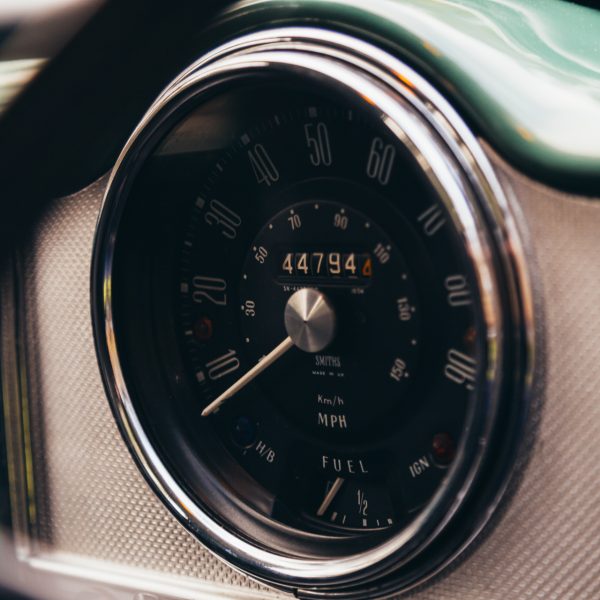
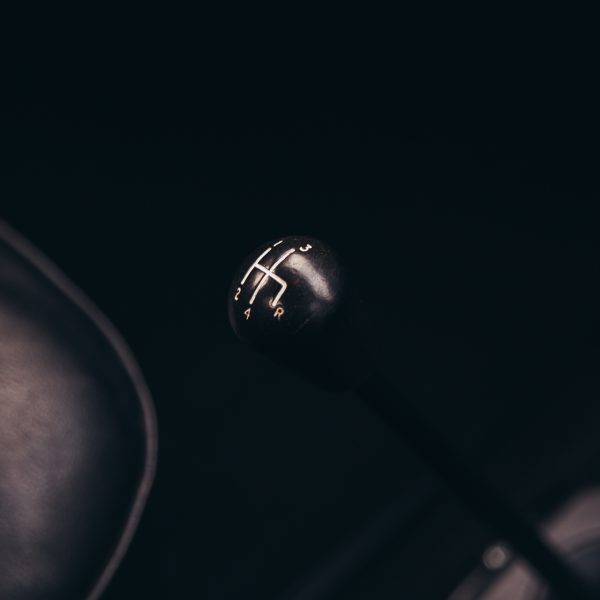



Having recent work carried out Morris Minor masters, Charles Ware, in 2018 – ‘The Pickup’ as it is aptly named in the postcard hidden in its glovebox had been meticulously cared for and restored since its reimagining in 2018.
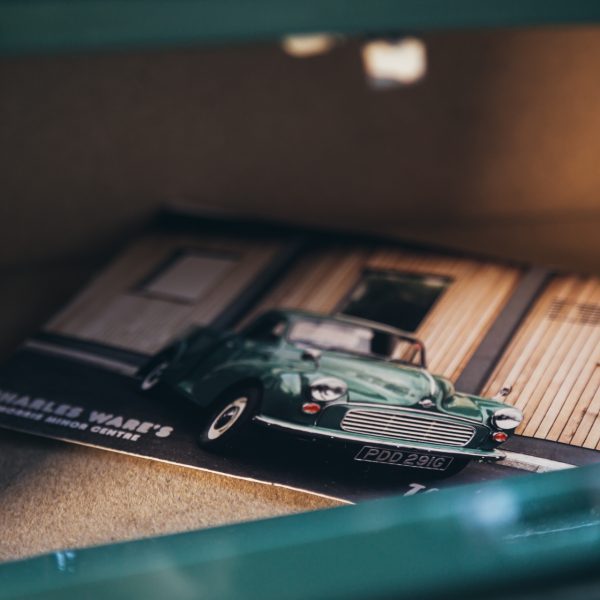
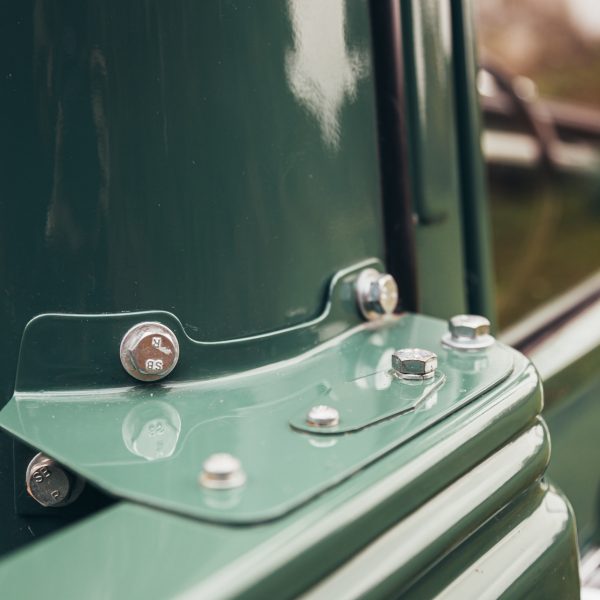

During its time at the Bristol based experts, the car was upgraded with an uprated heater, electronic ignition, cut-off switch, halogen headlamps as well as a reconditioned engine and gearbox being carefully rehomed in the front of this nostalgic work truck.
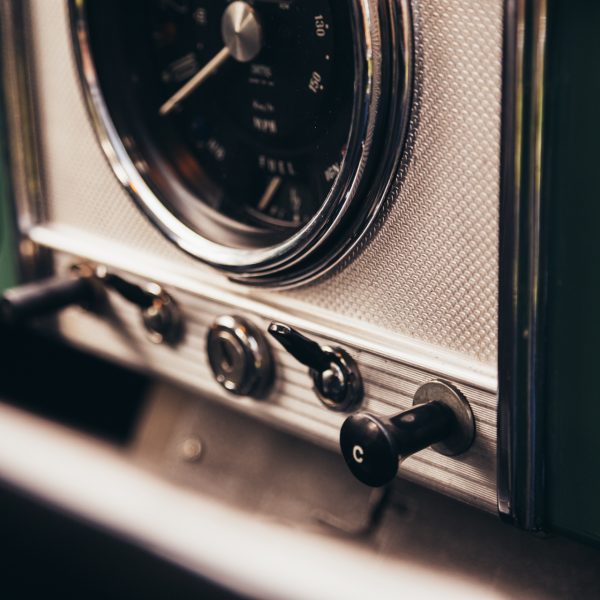
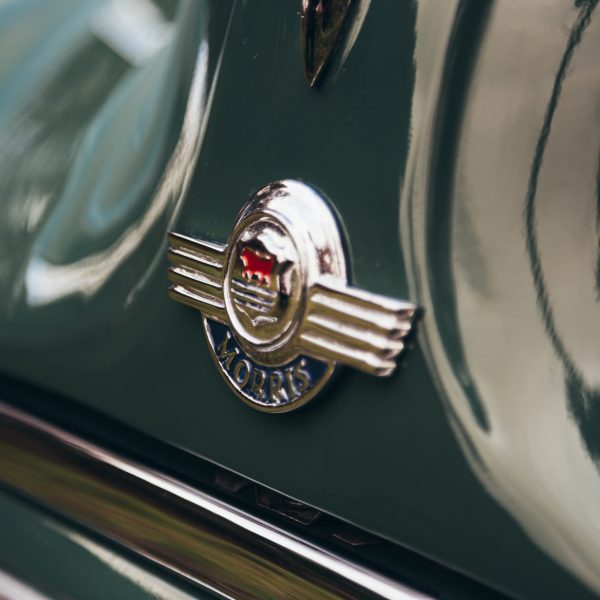

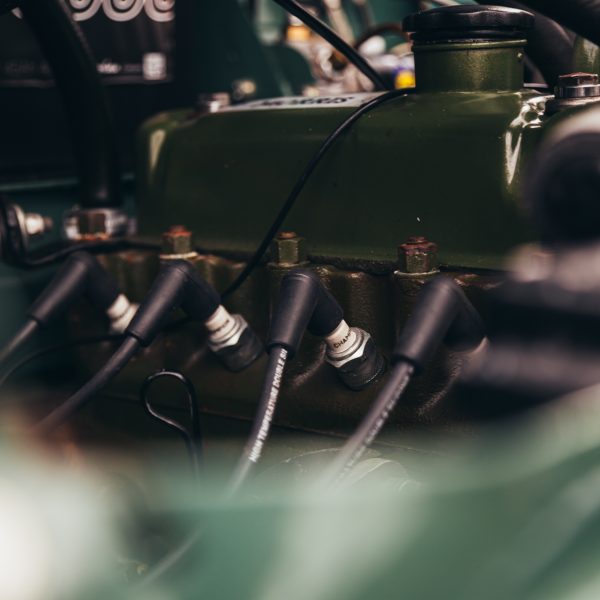
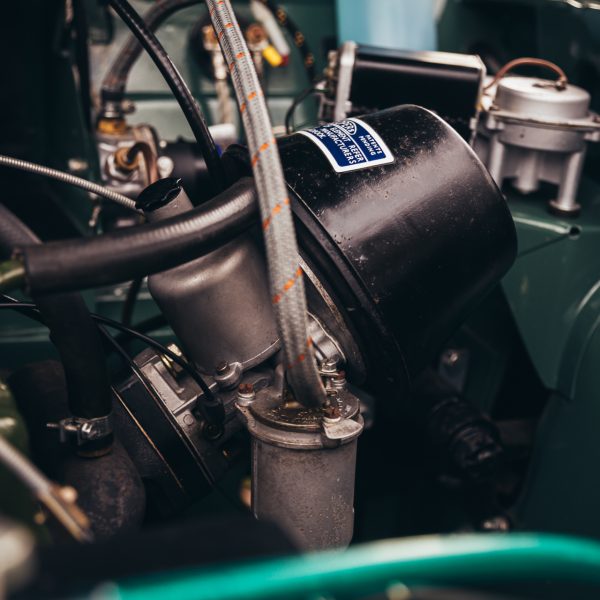
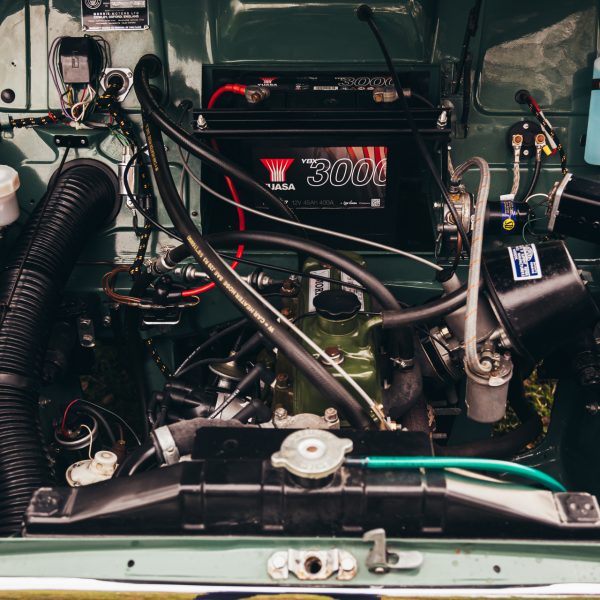
Now, as you sit back and think about what you really want for Christmas this year, why not enter now for your chance to win our 1968 Morris 1000 Pickup, the ultimate Christmas classic.
And, just to give you a little bit extra this Christmas – we’re giving you £1000 in cash!
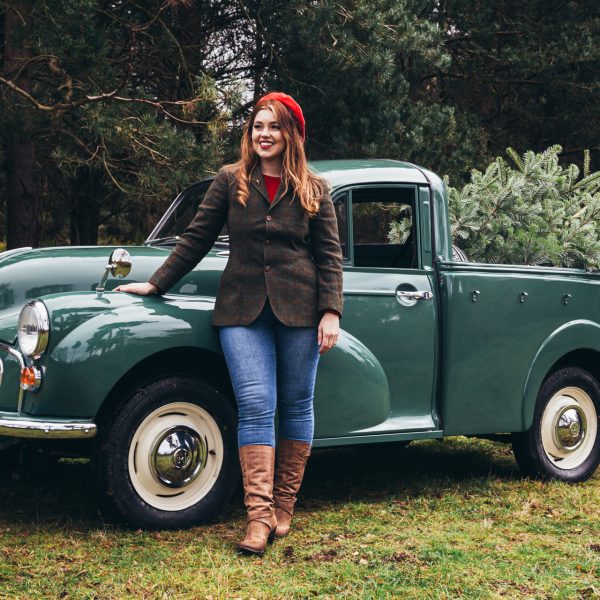
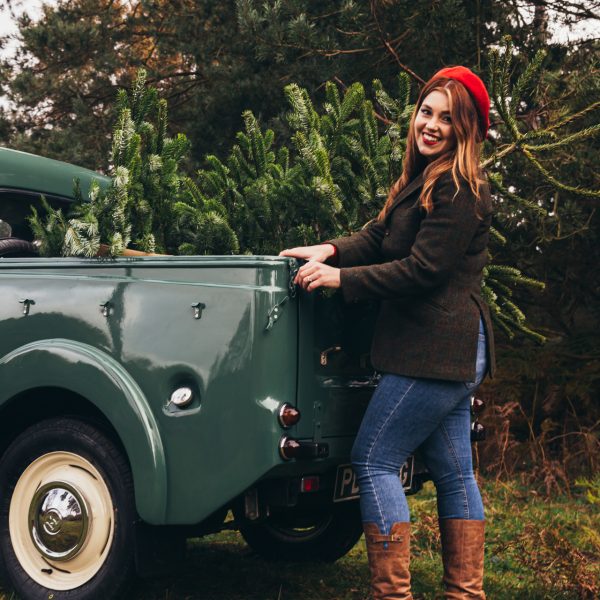




From all of us here at Bridge Classic Cars Competitions, a merry Christmas to all! And to all… Good luck!
Take a look at a couple of the films that we’ve done with our very own Molly and our 1968 Morris 1000 Pickup.

And then, have a look at our very special Christmas film that we’ve made.

I would absolutely love this pickup . My dream from being a young girl . Fab x

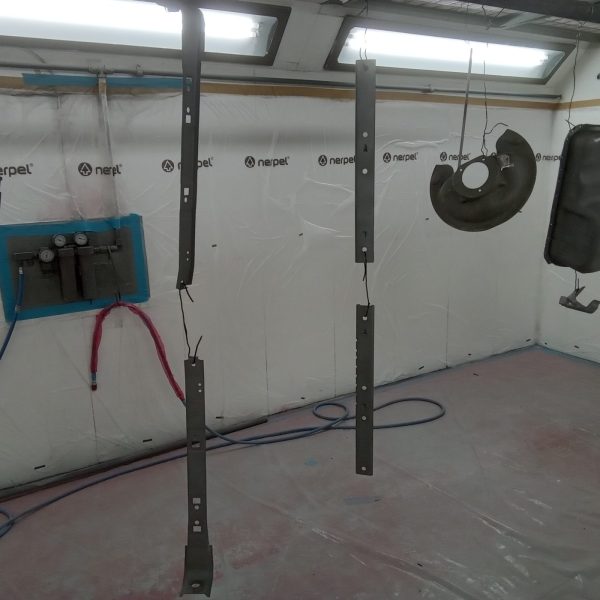
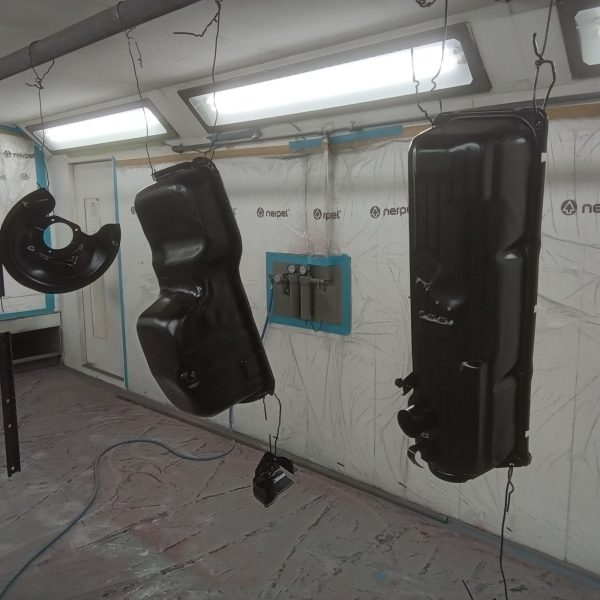
Several parts of the Mk2 Ford Transit Tipper have been in the spray booth here at Bridge Classic Cars.
Our painter Chris has been hanging up several of the engine parts as well as brake dust shields to get them refinished ahead of the completion of this amazing restoration project
Bridge Classic Cars are award winning Classic Car Restoration and Maintenance specialists. Your pride and joy is in safe hands with our expert Classic Car Technicians. Take a look at our awards here.
Leave a Reply